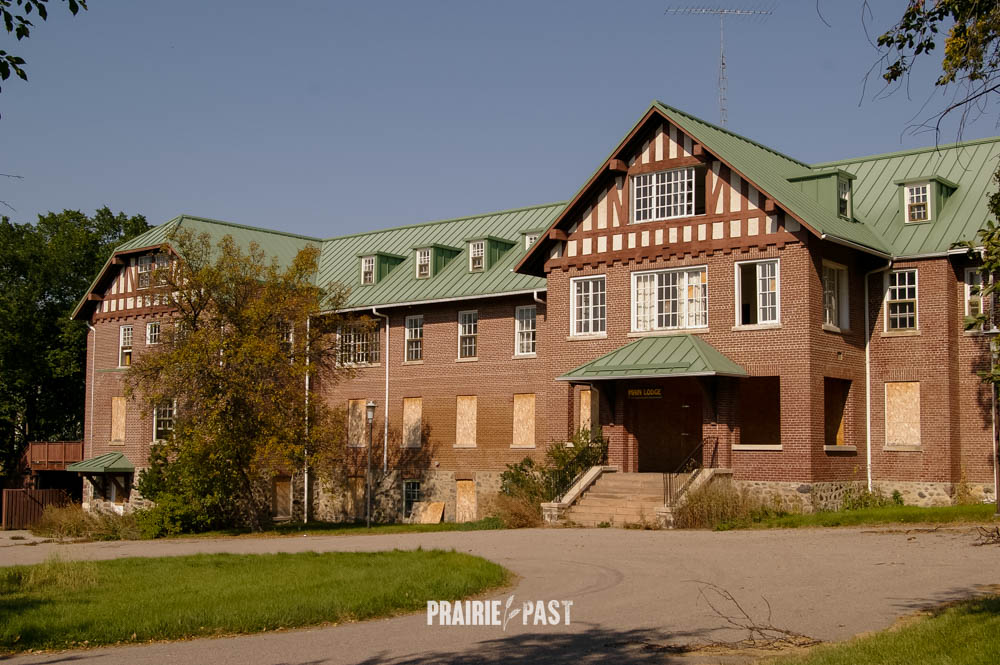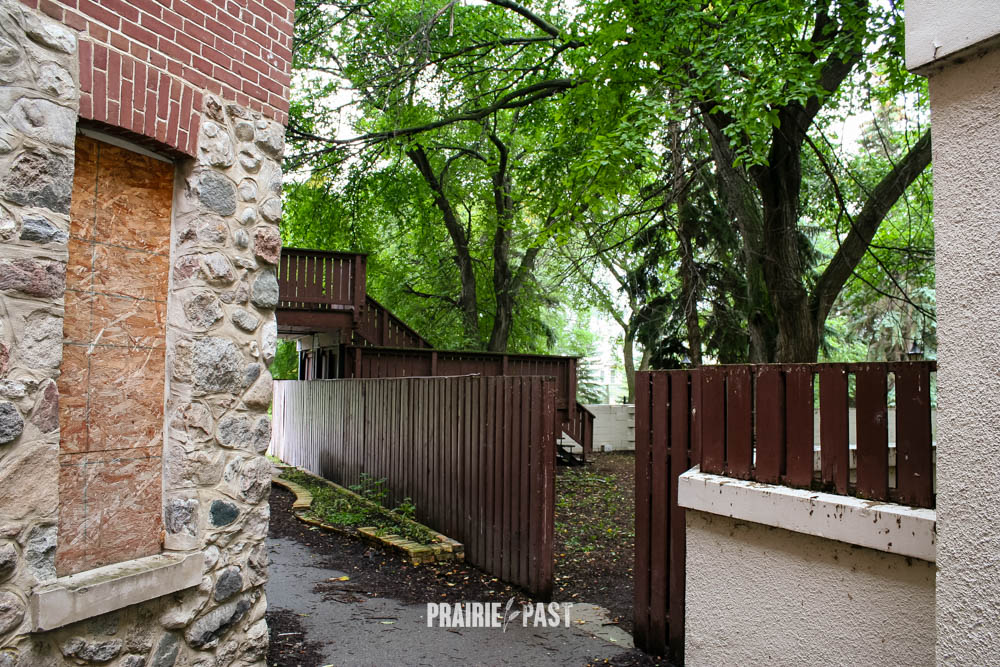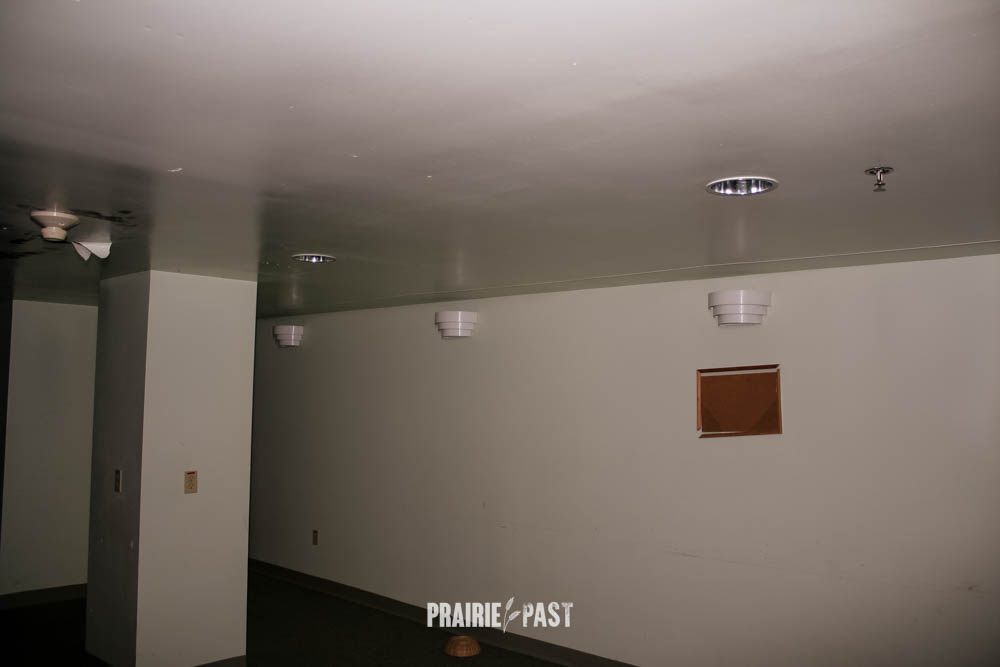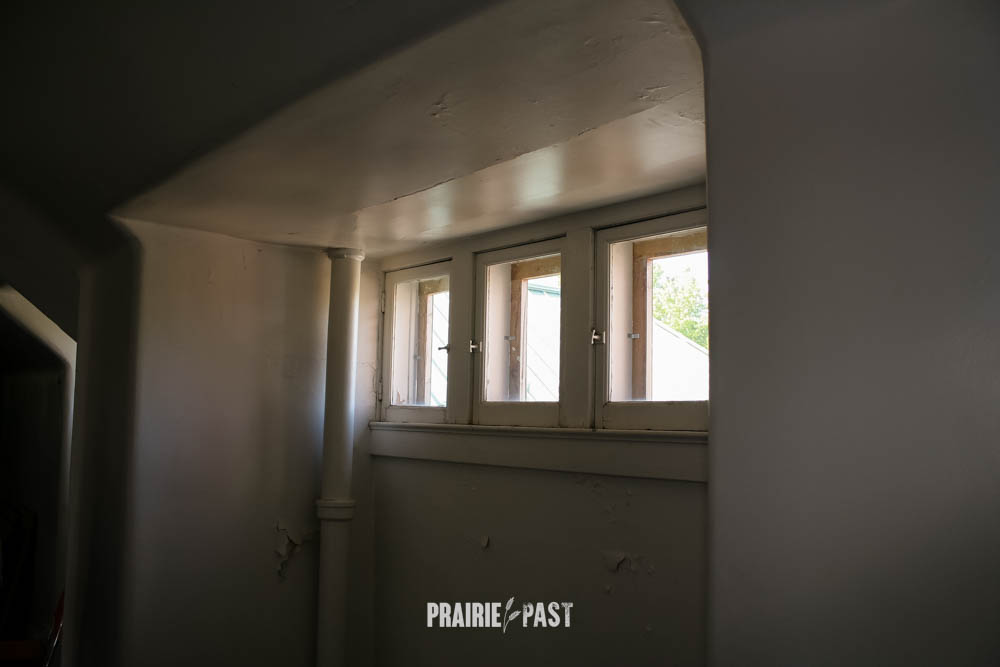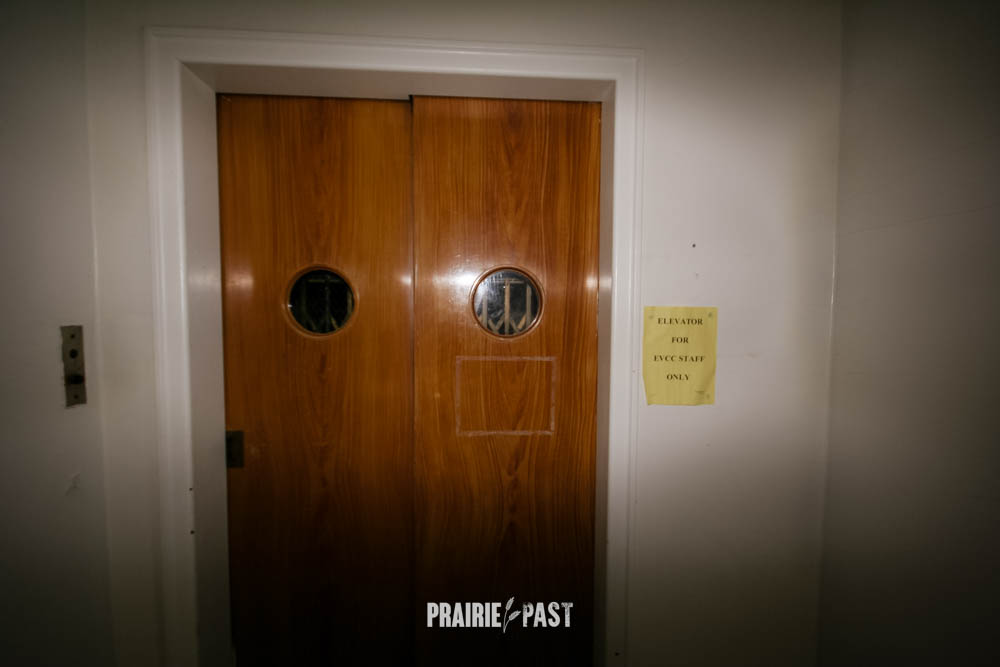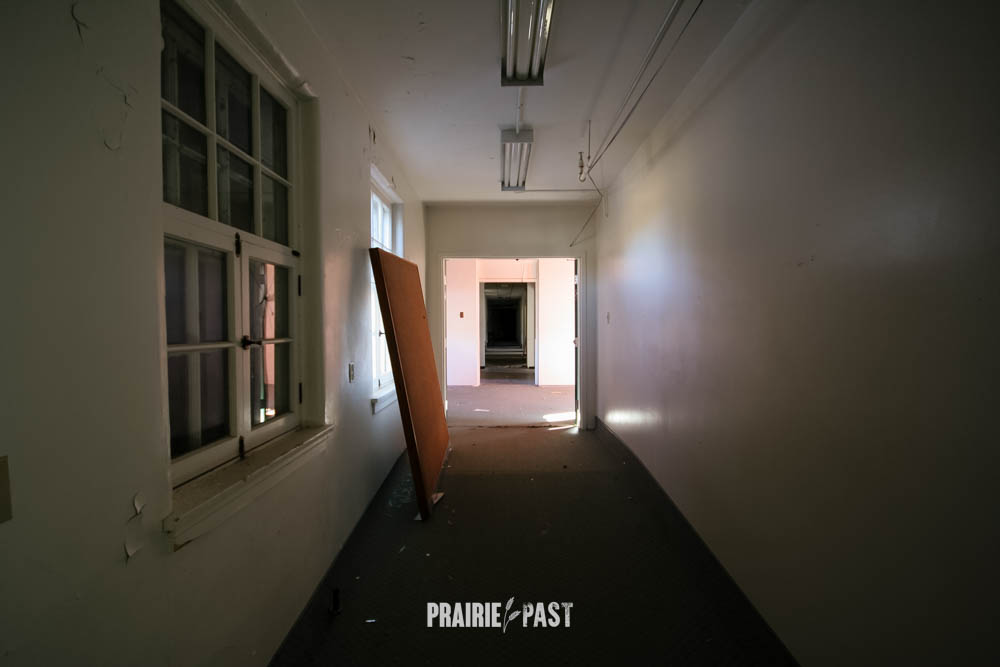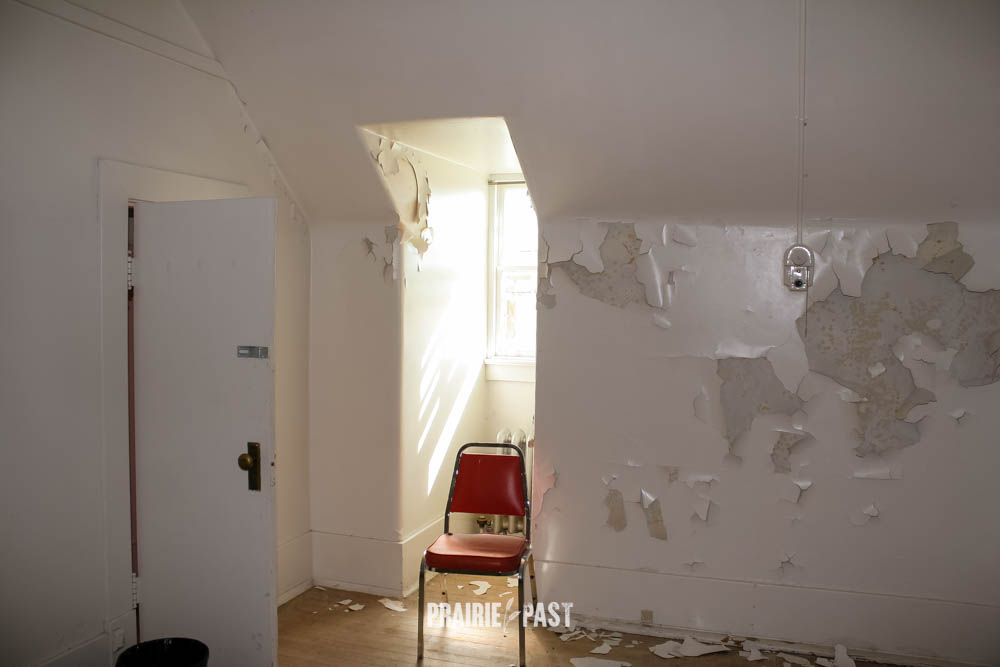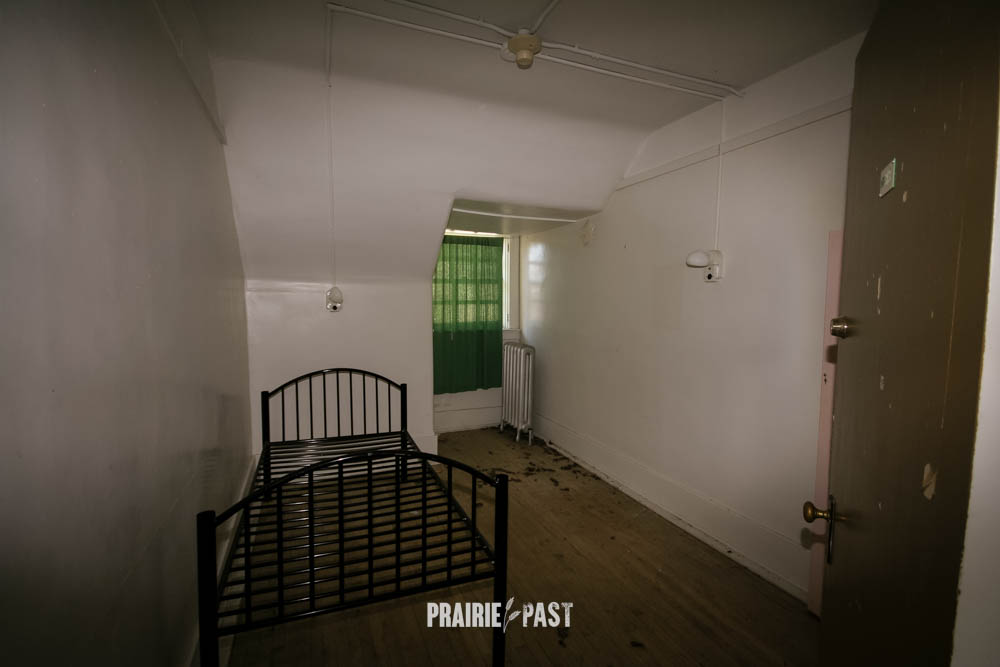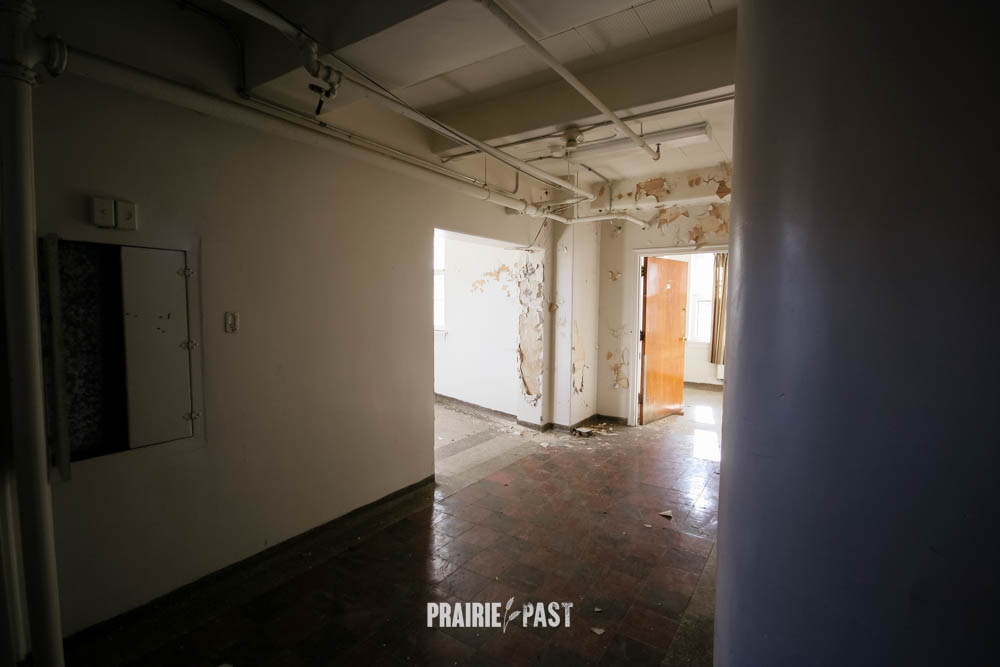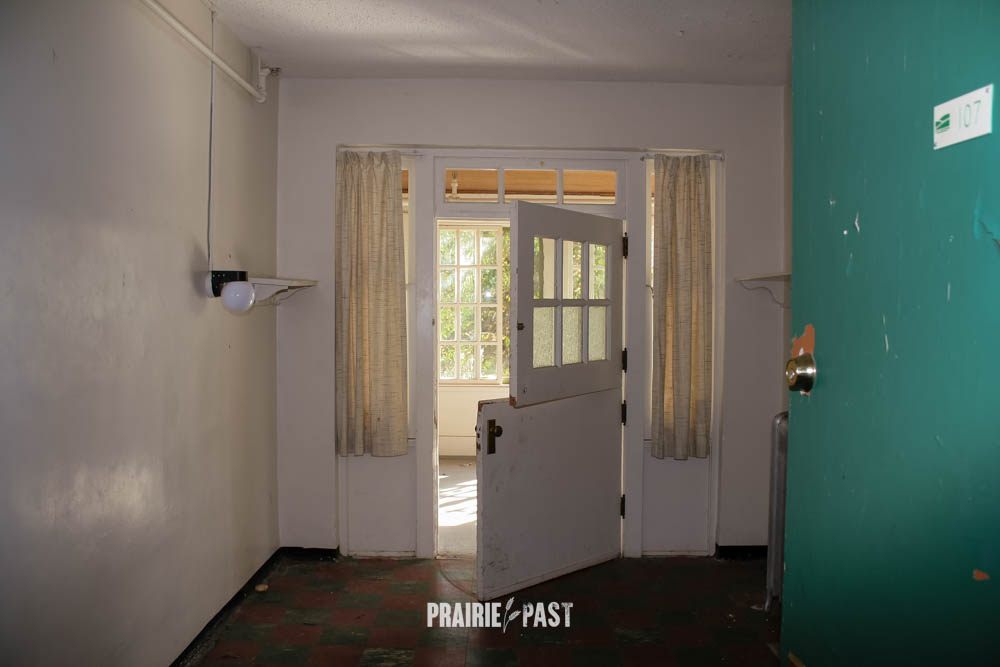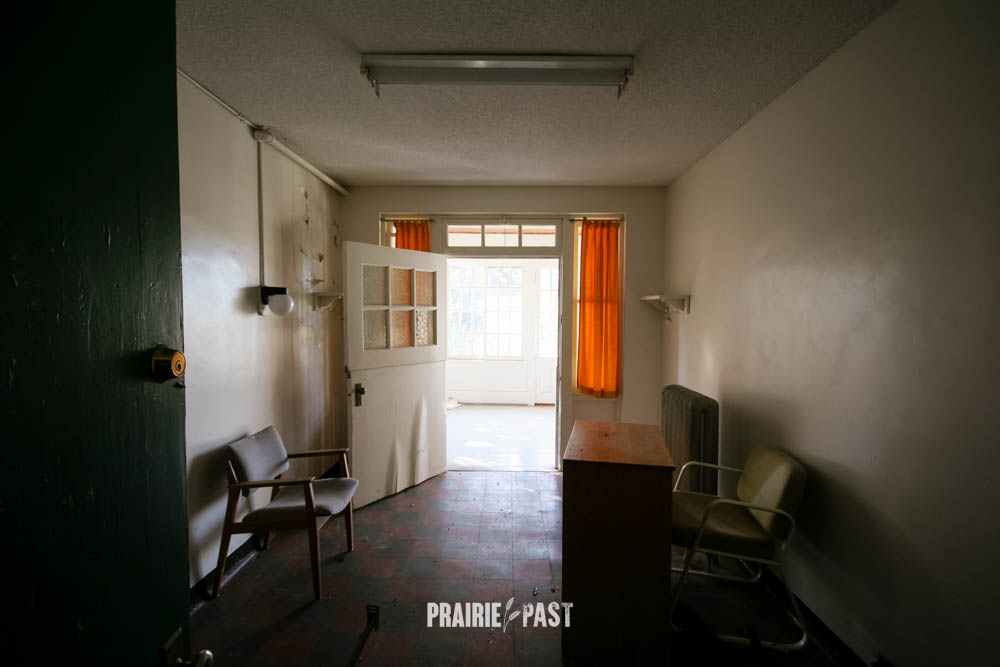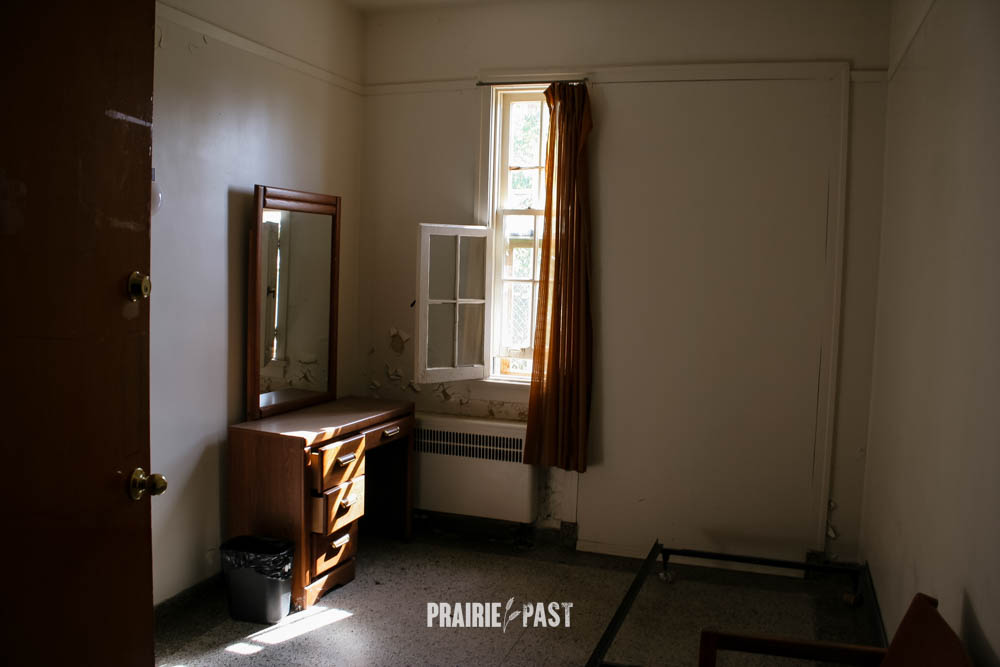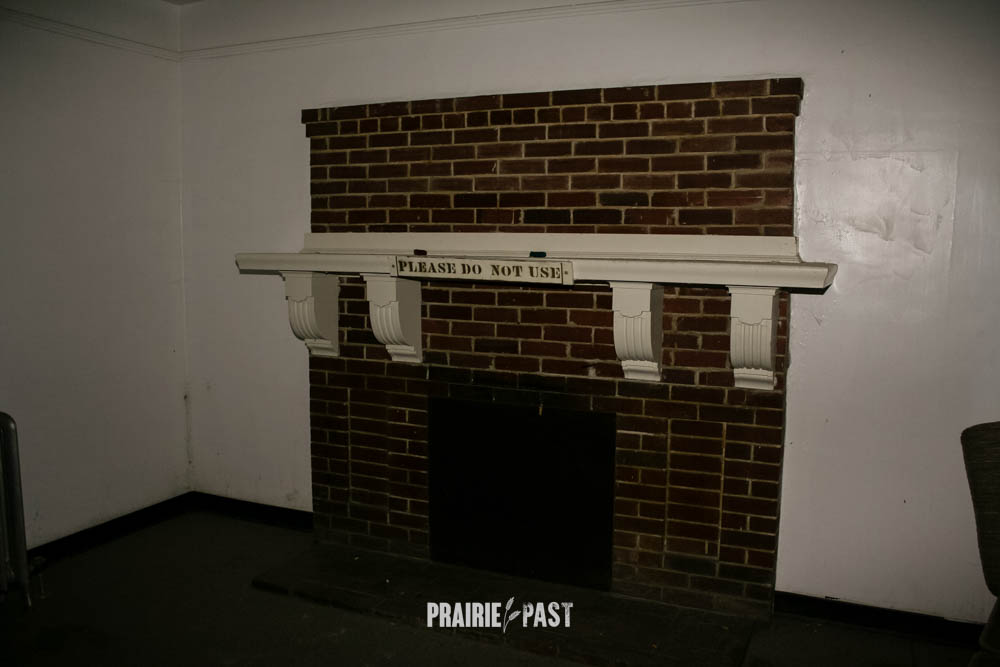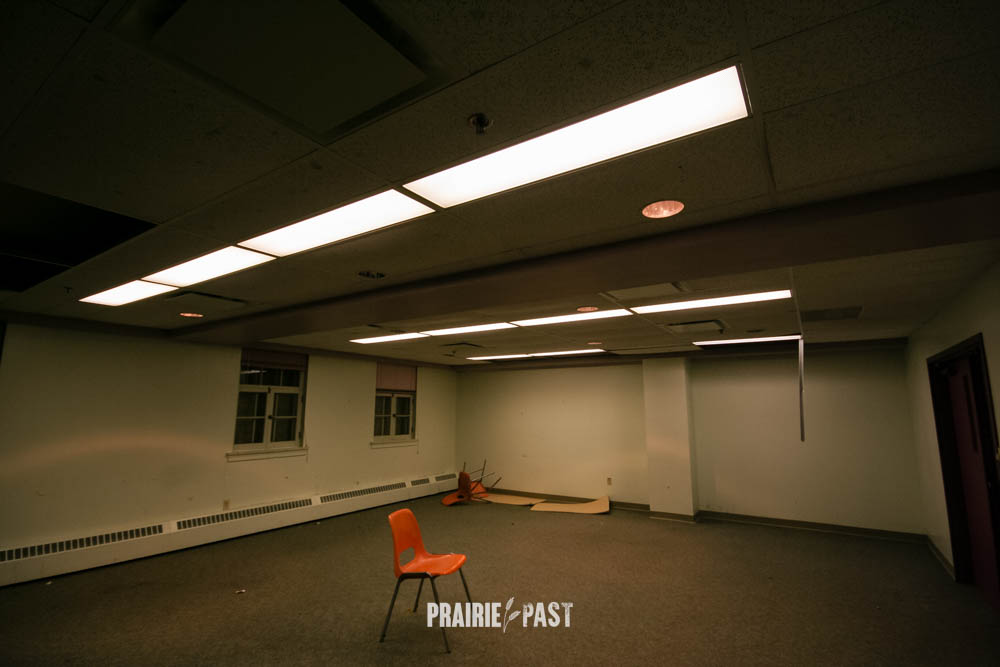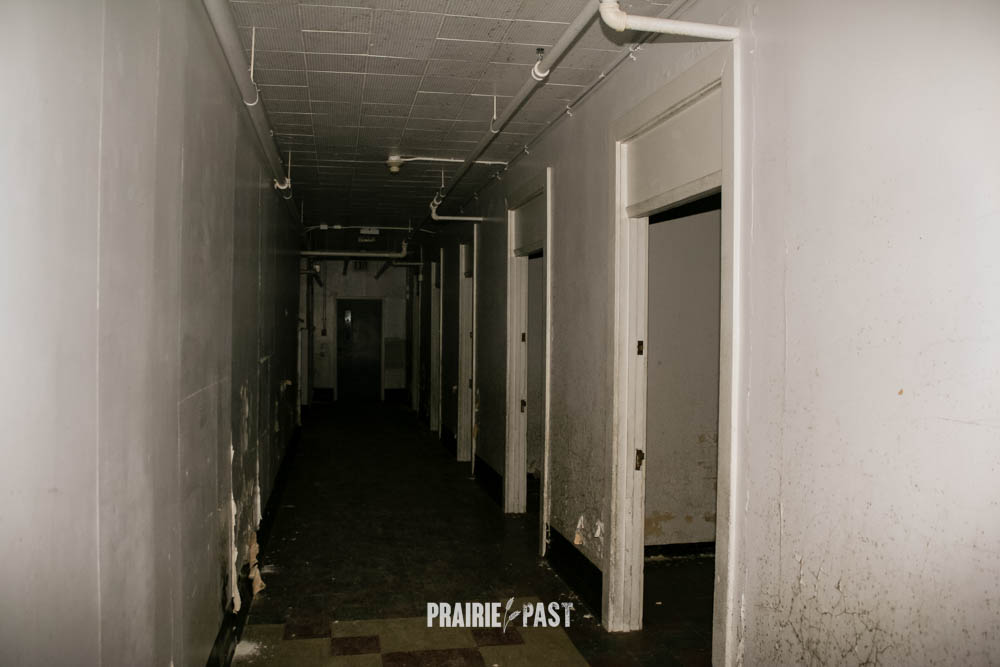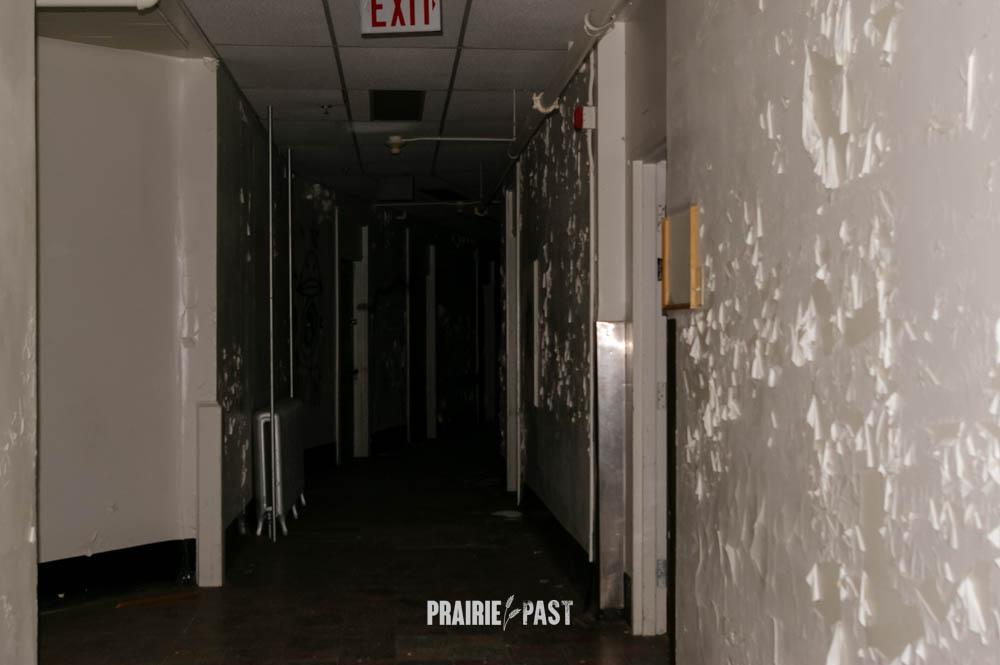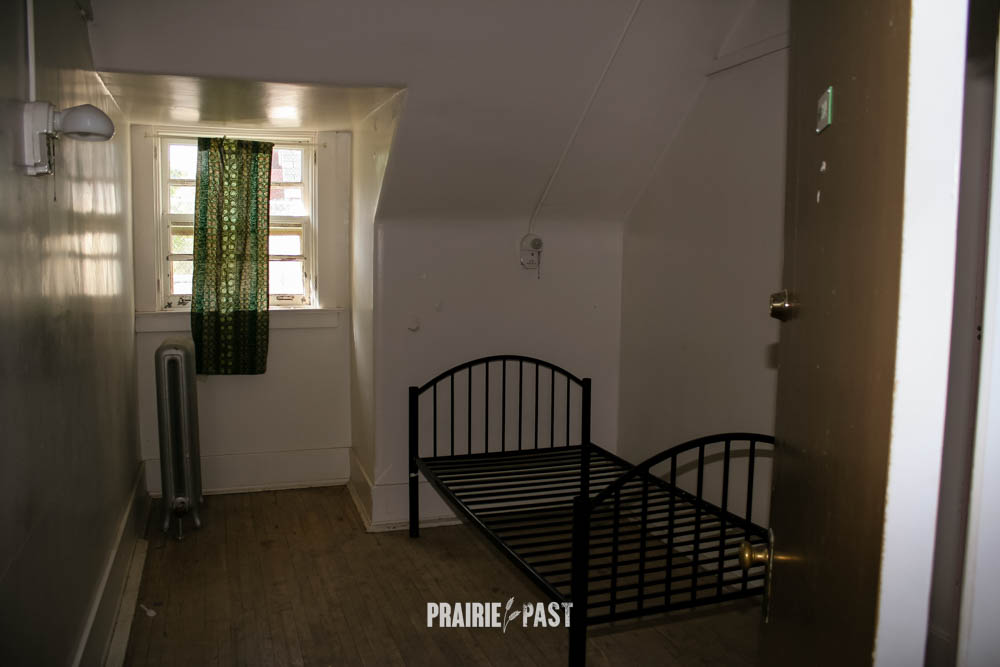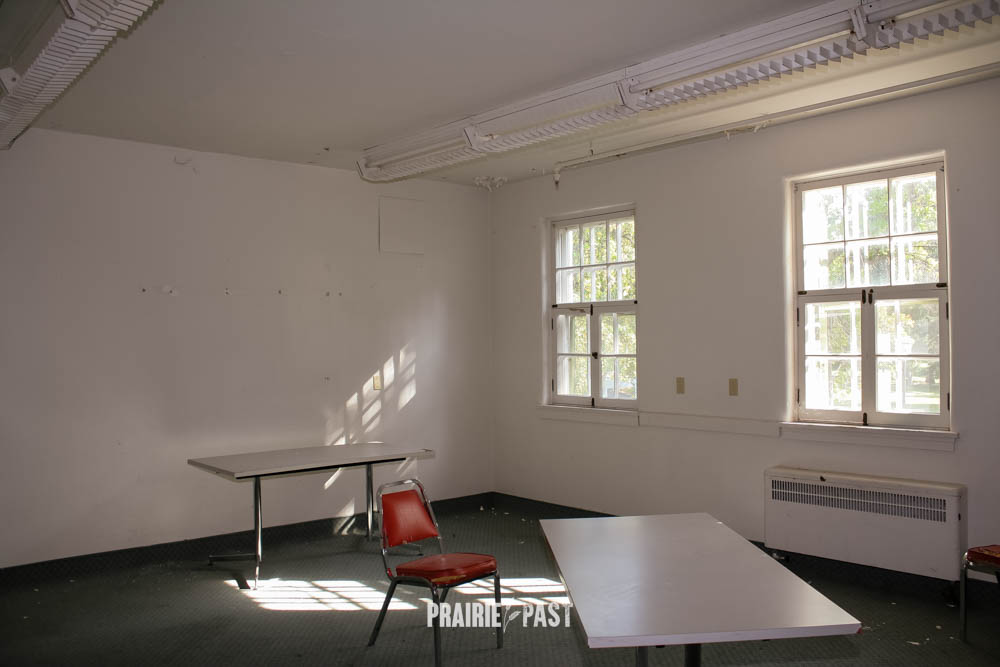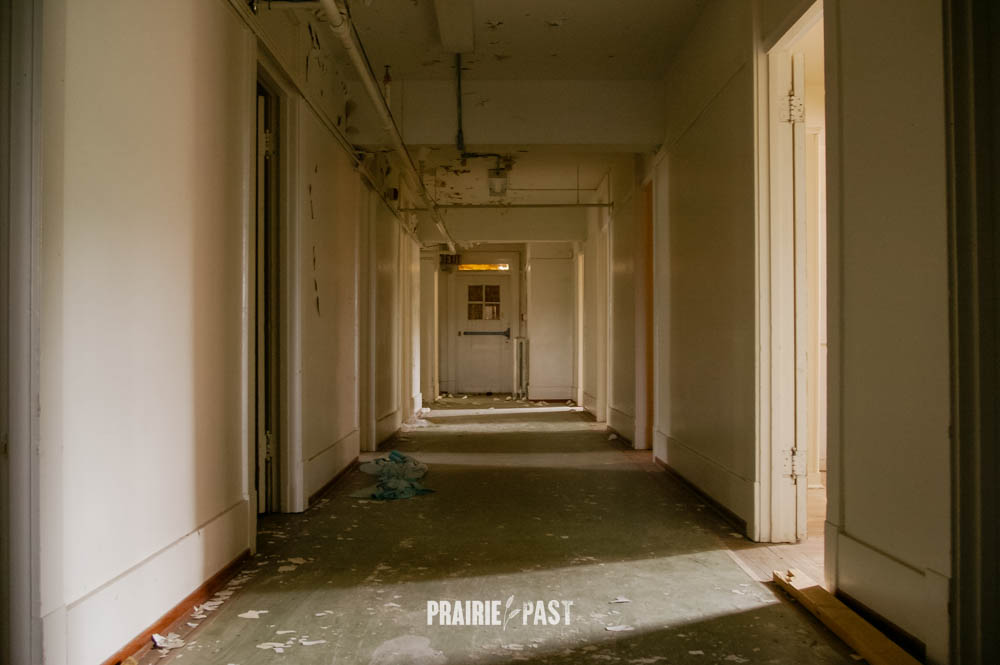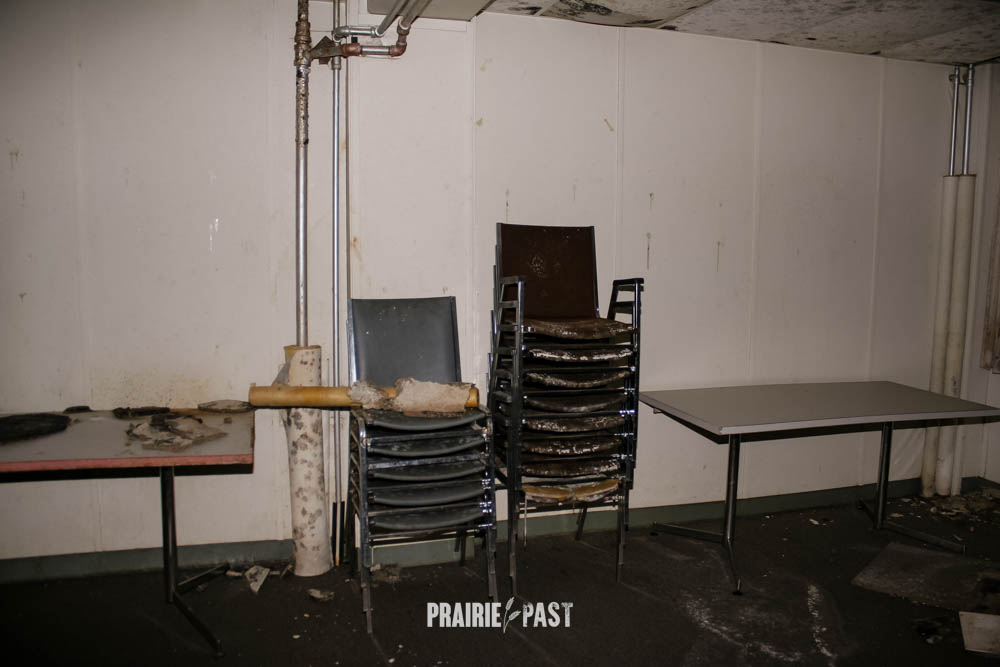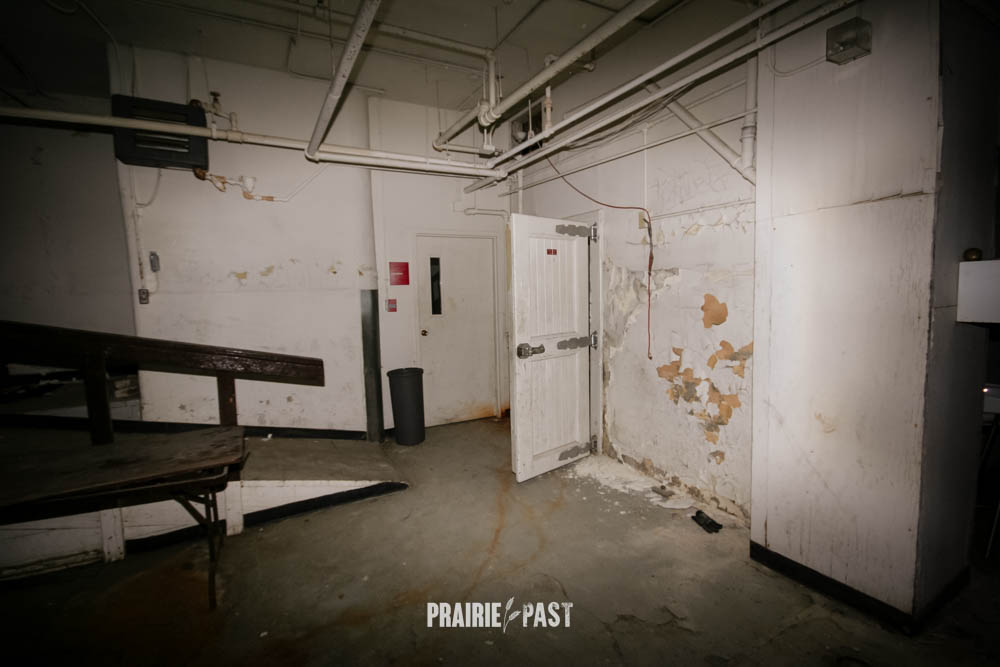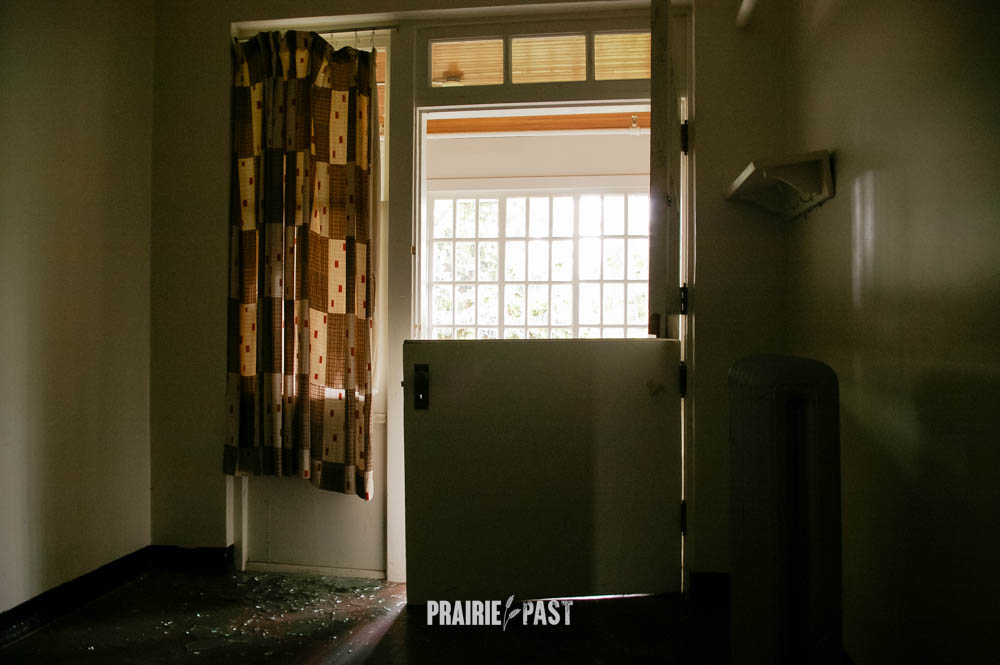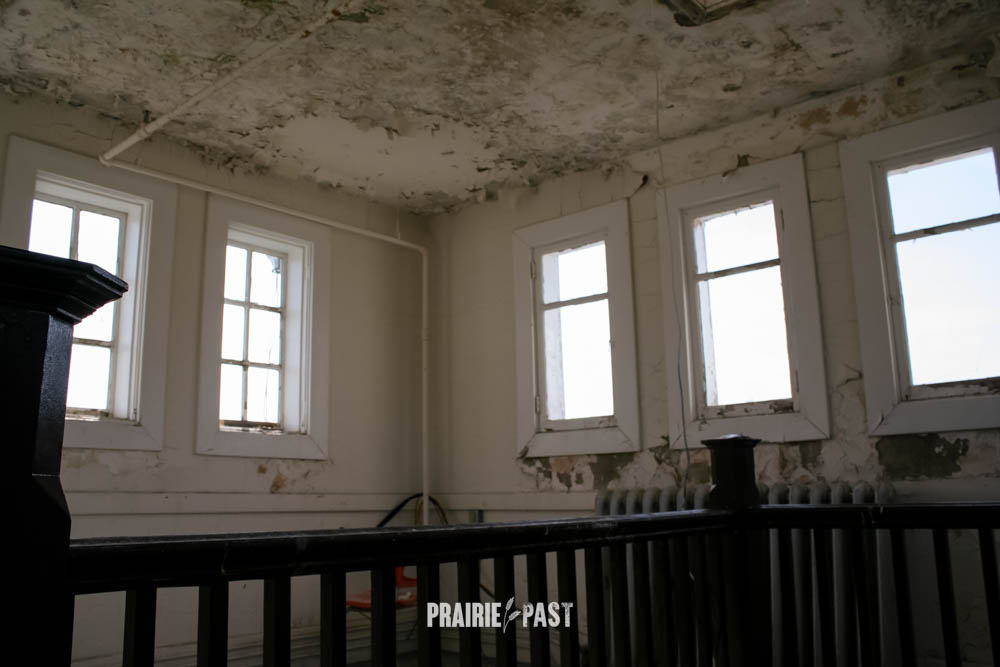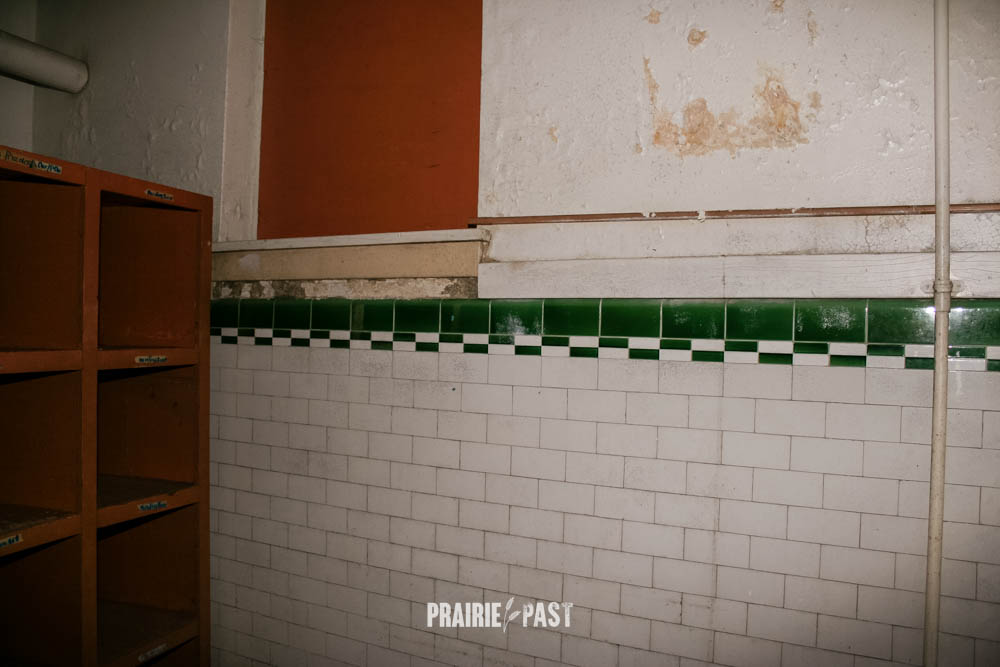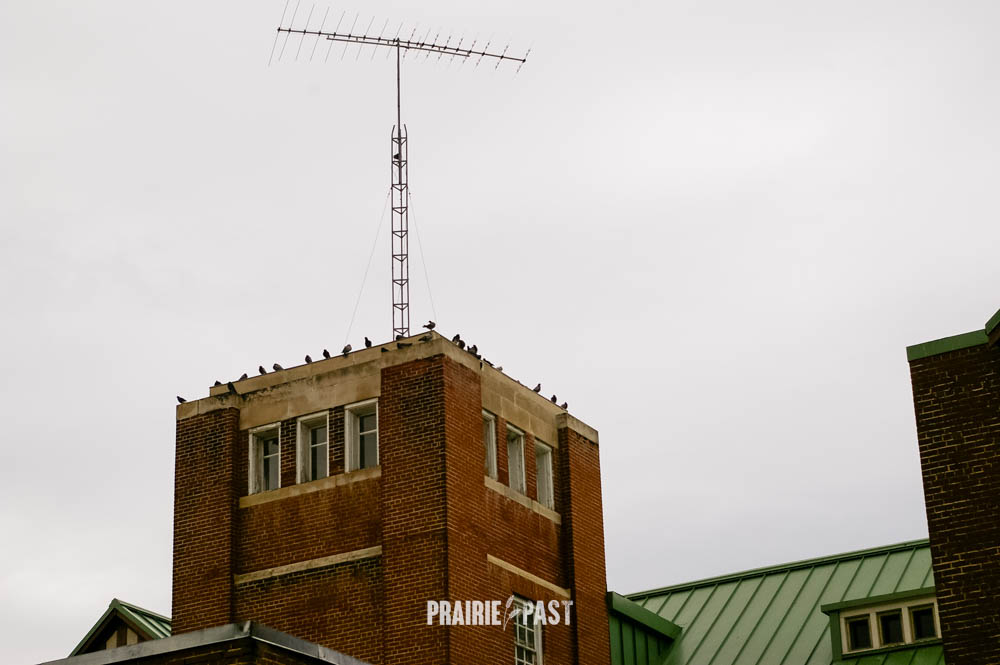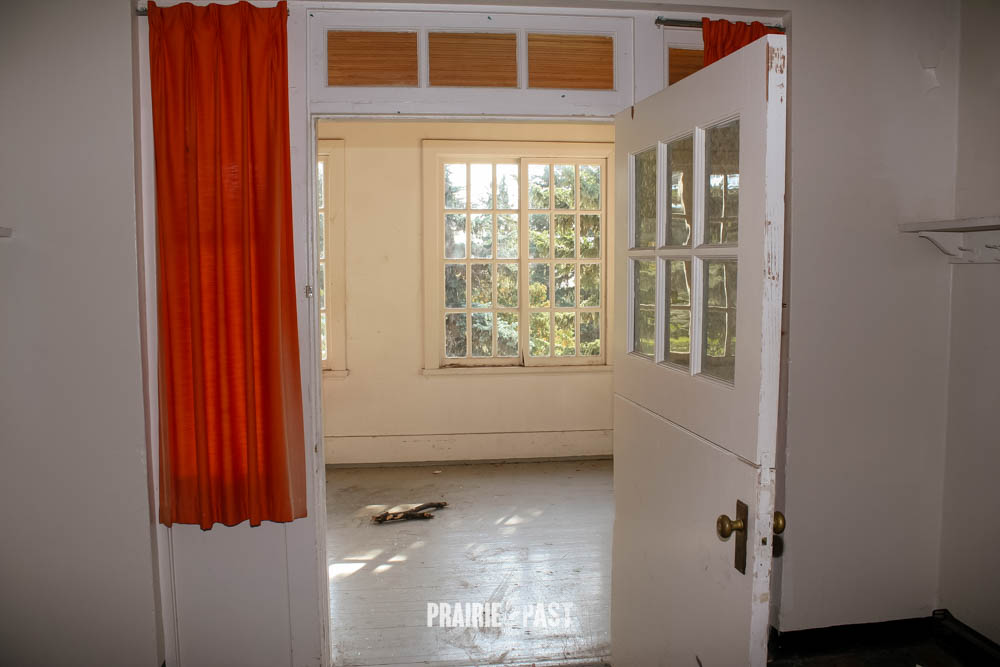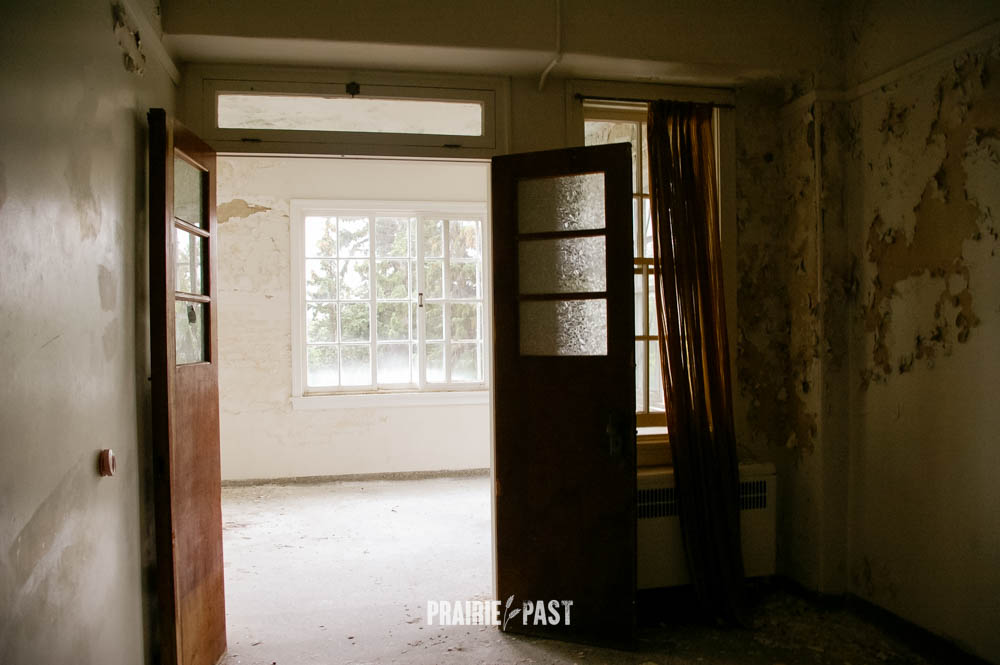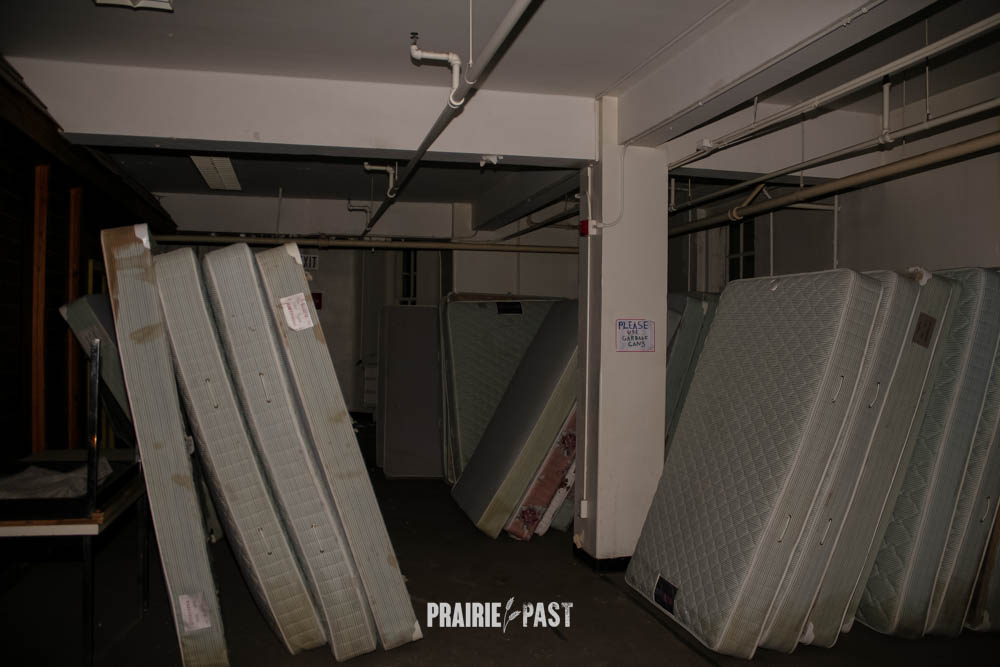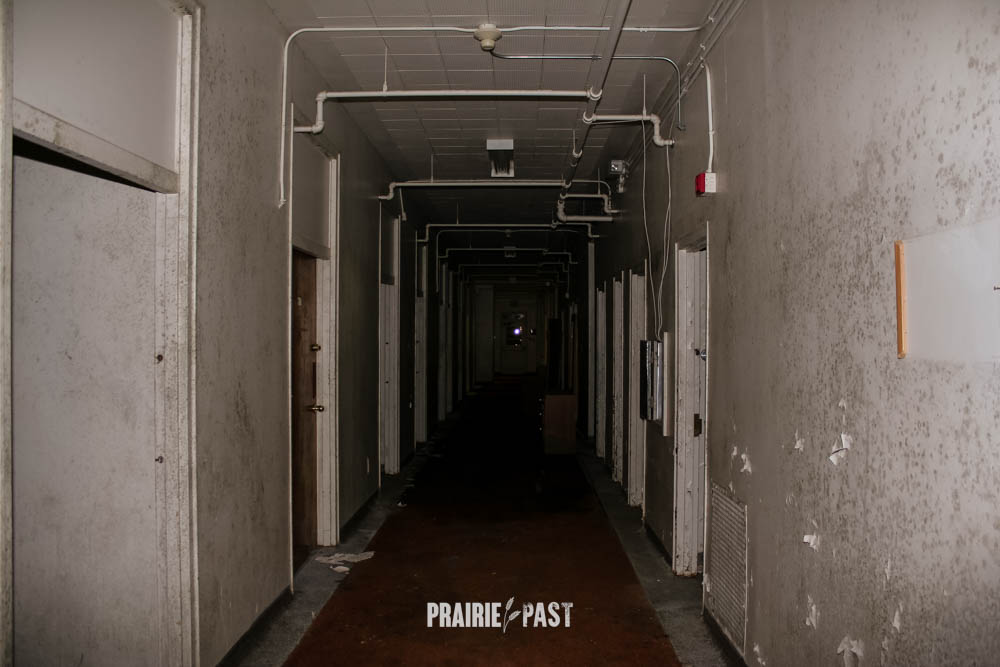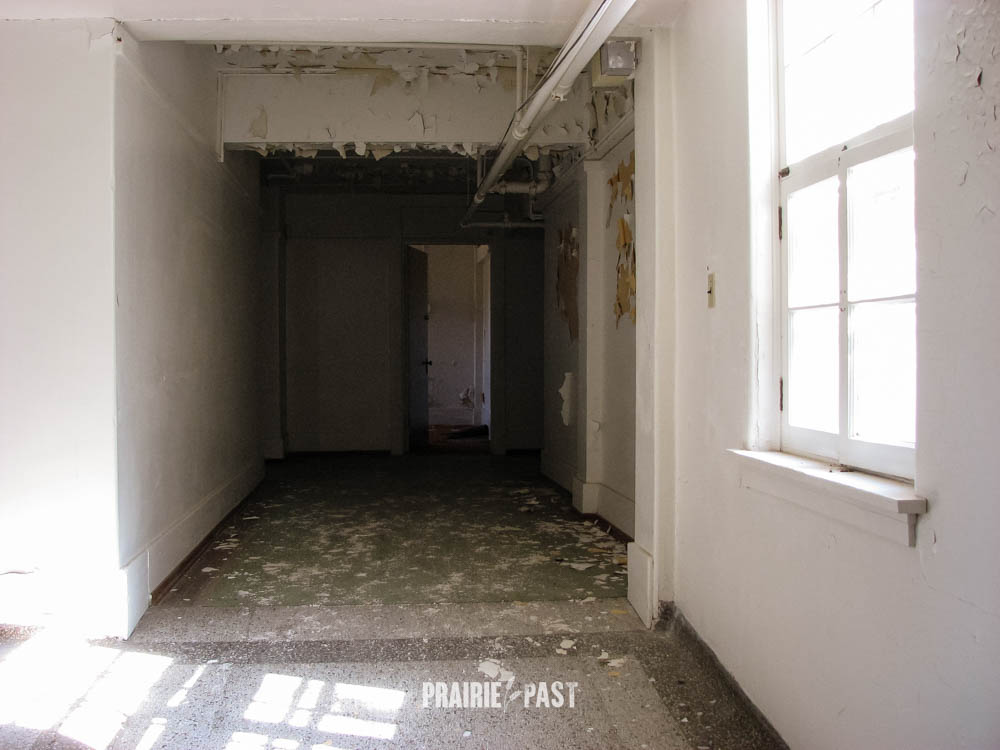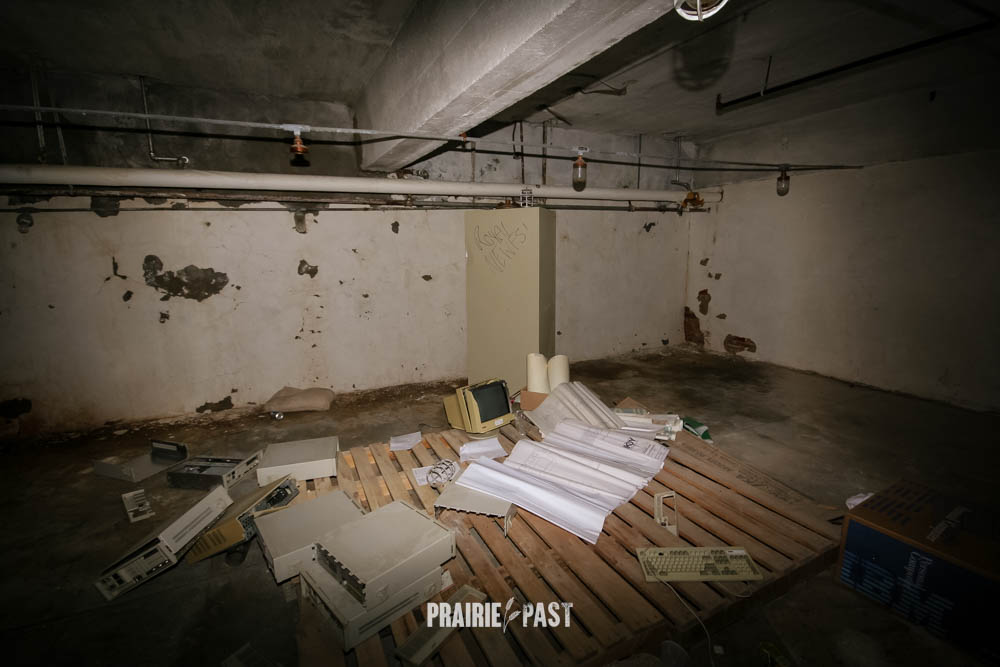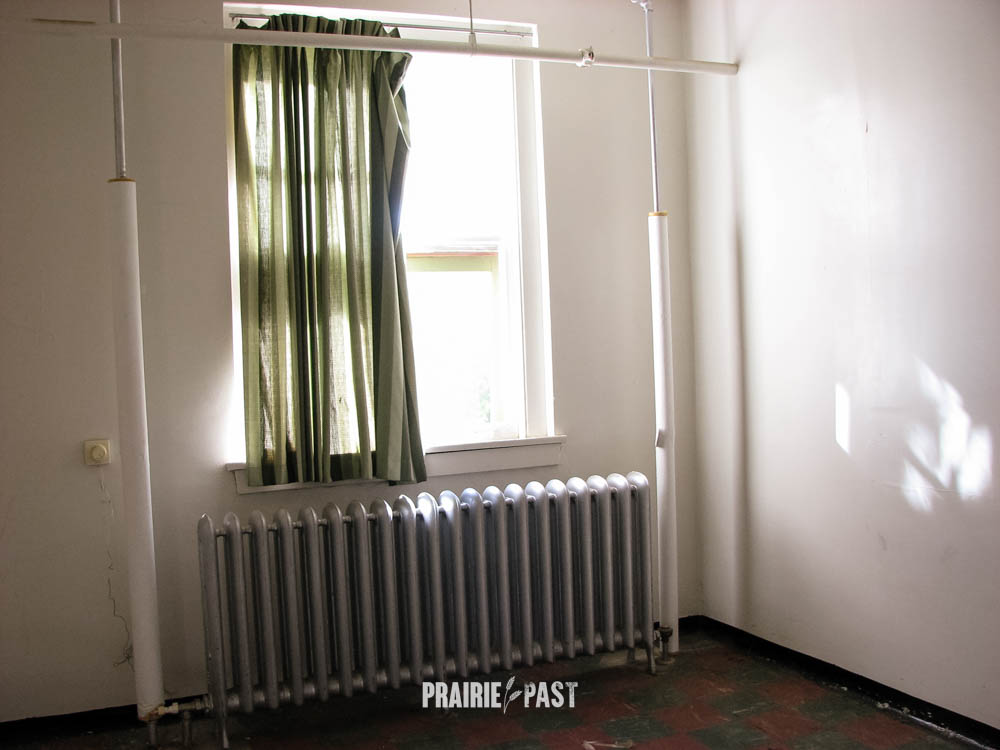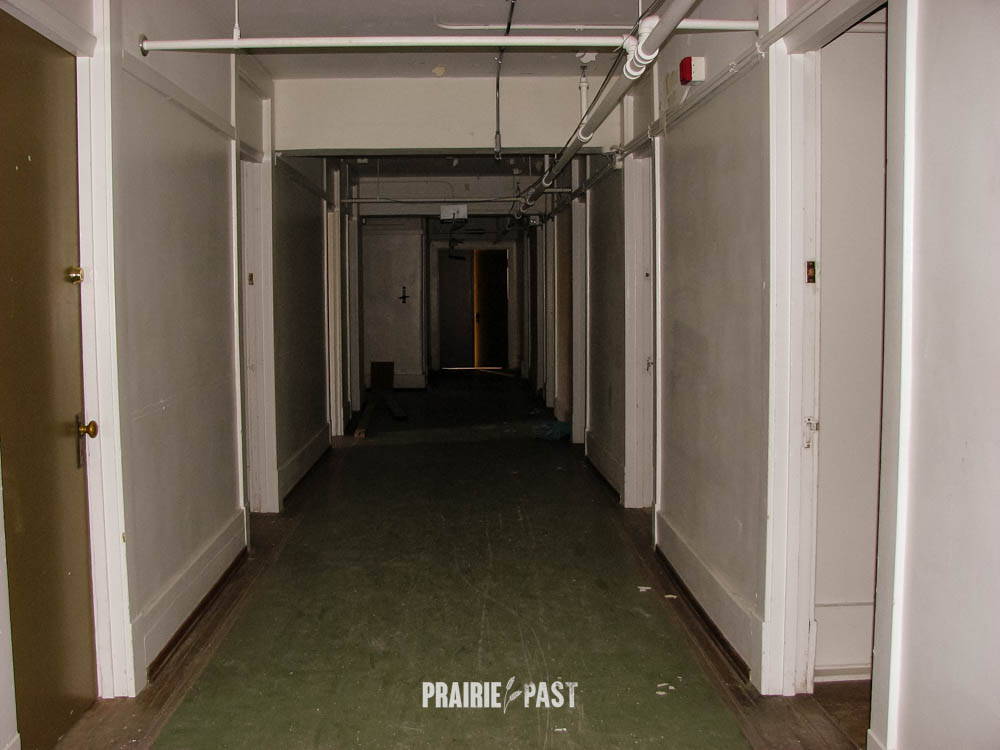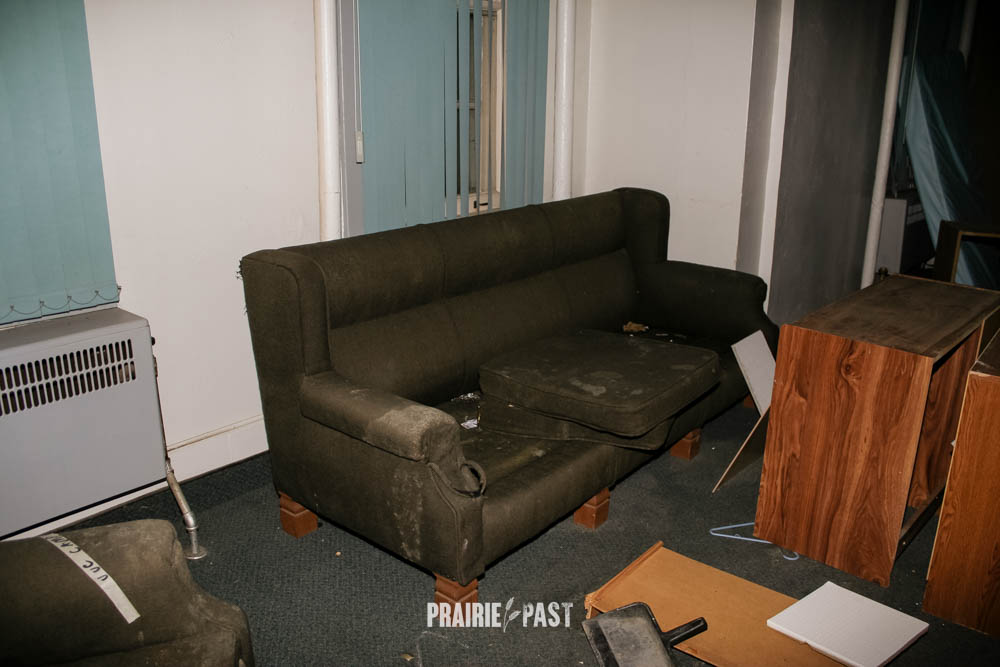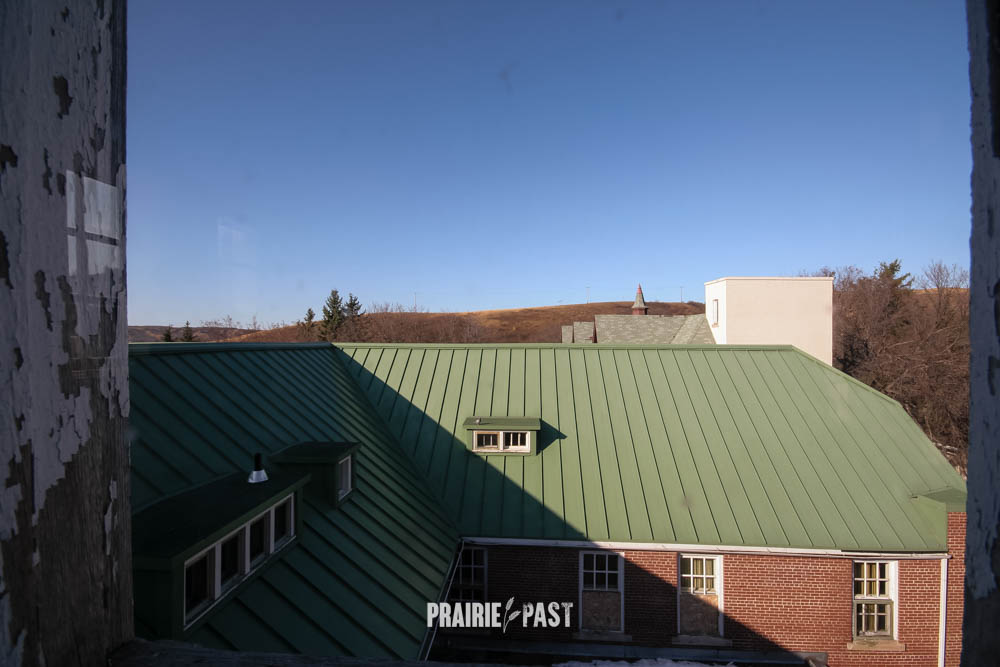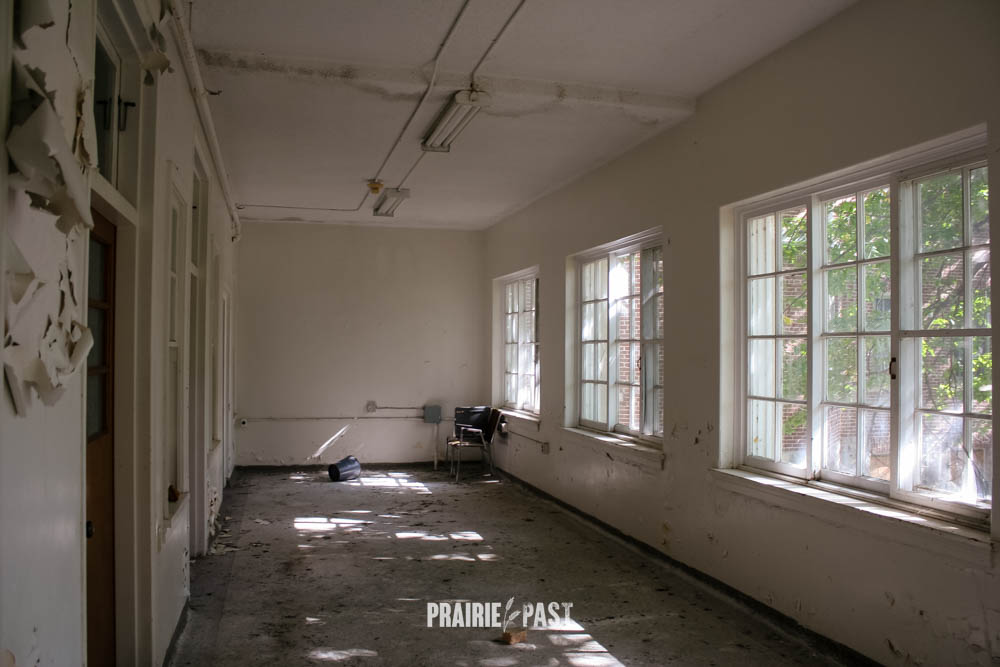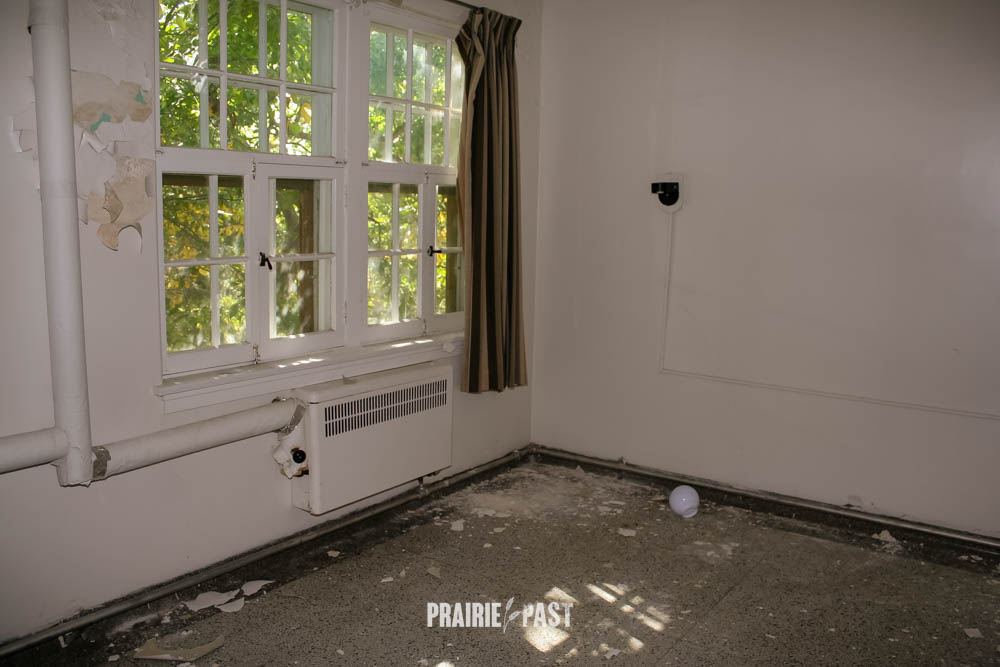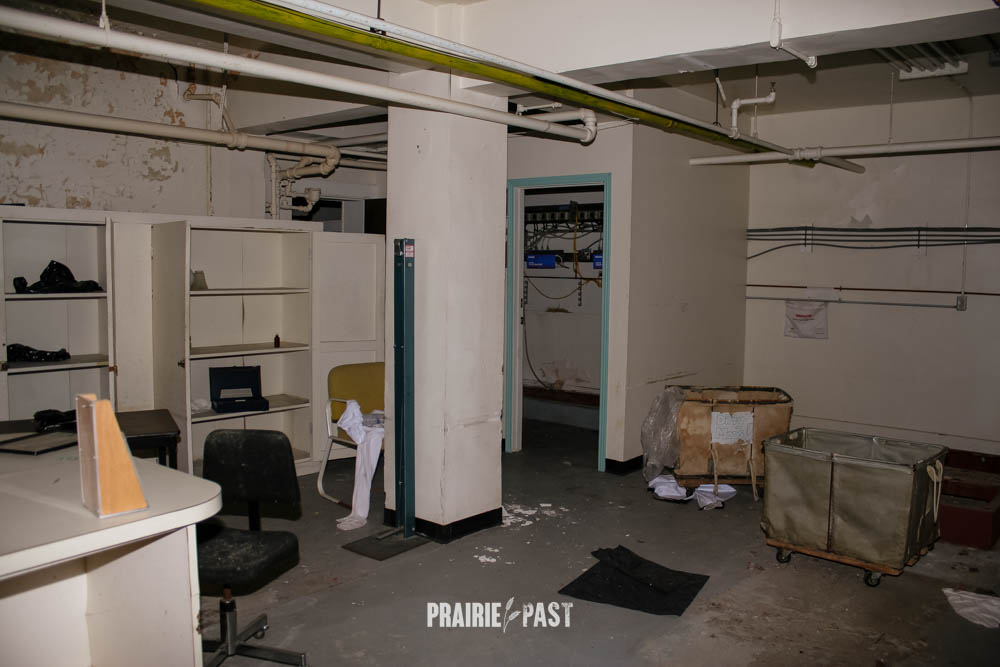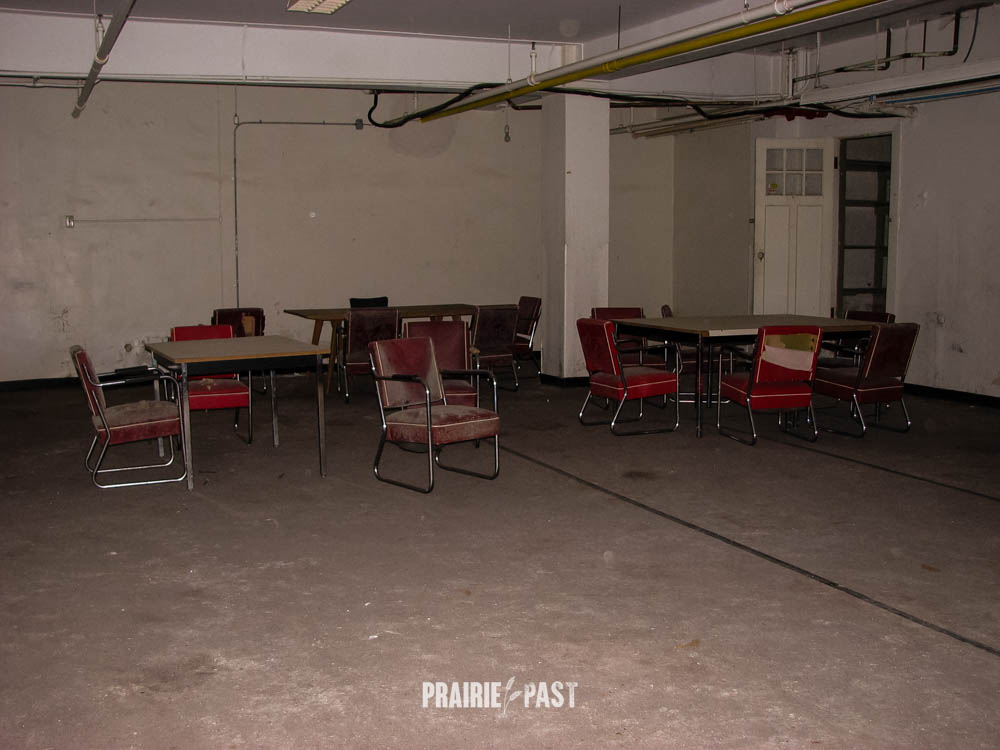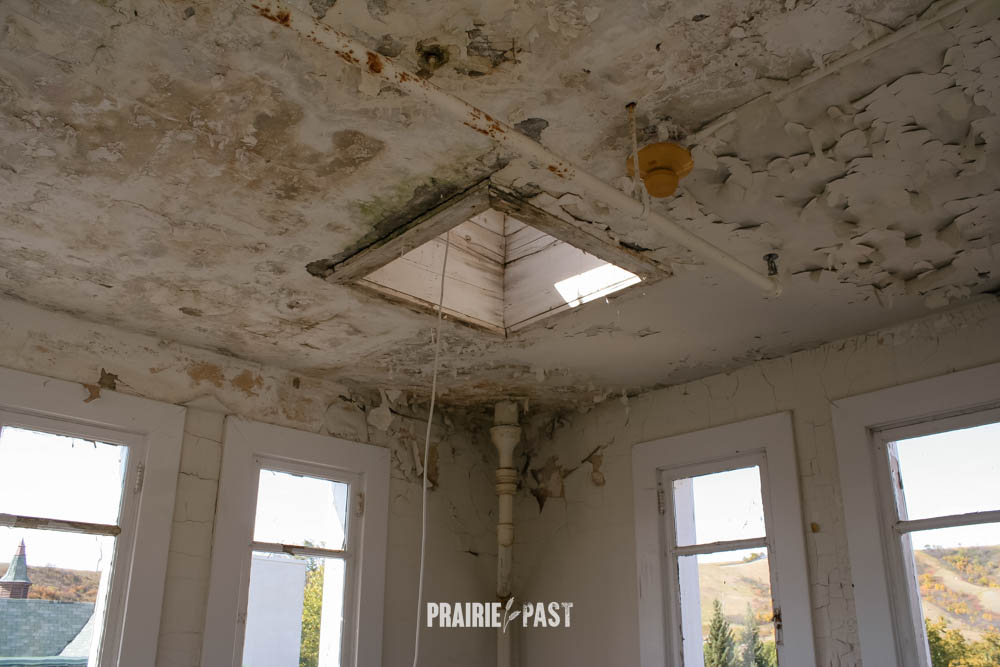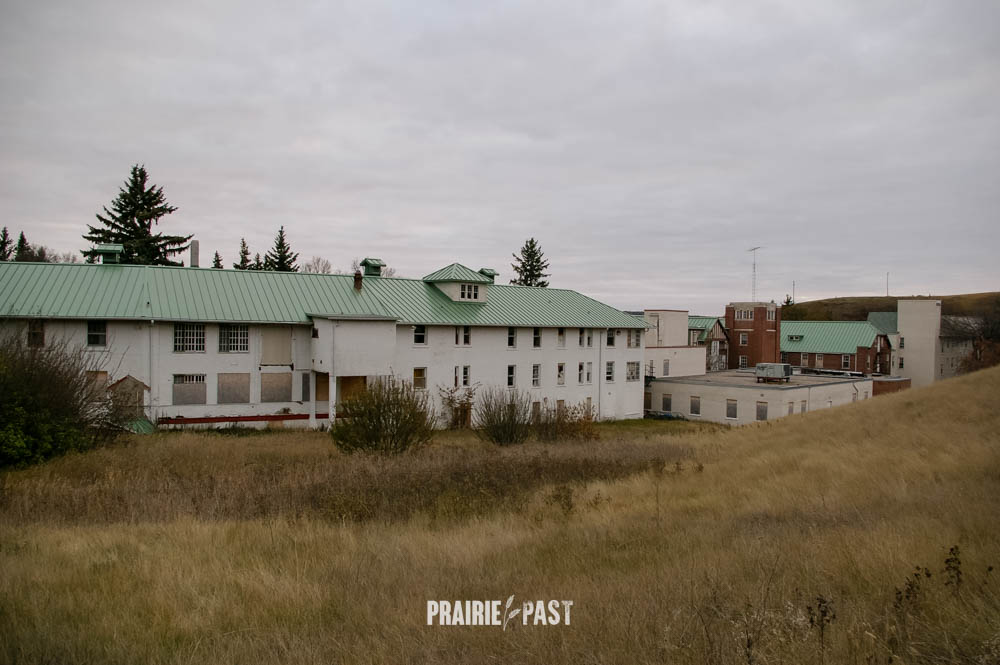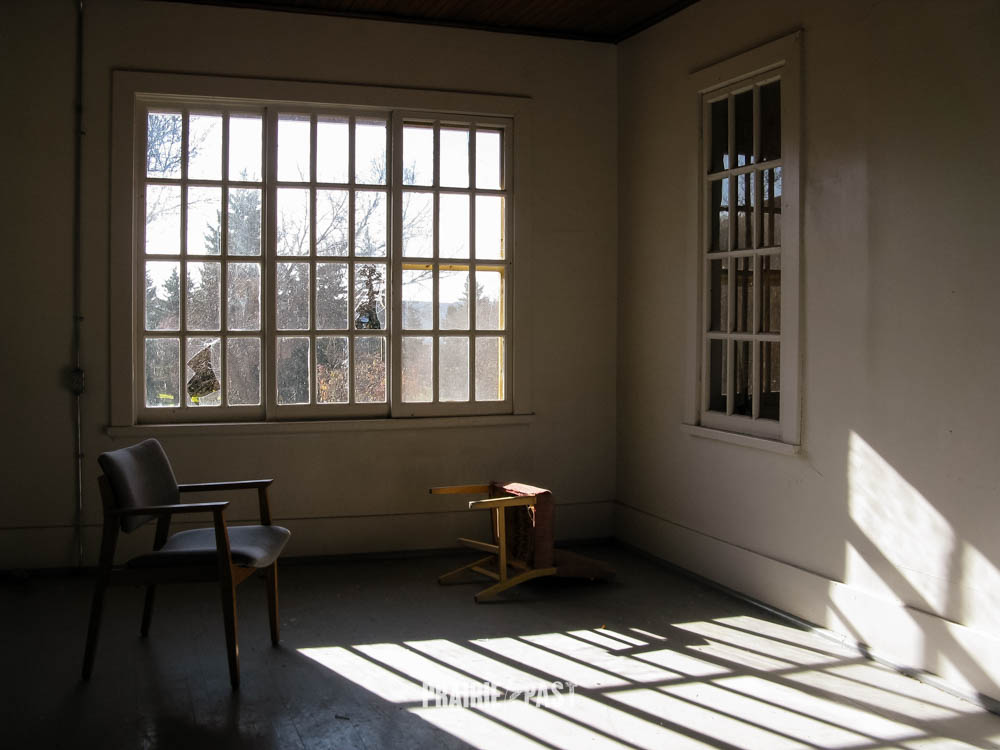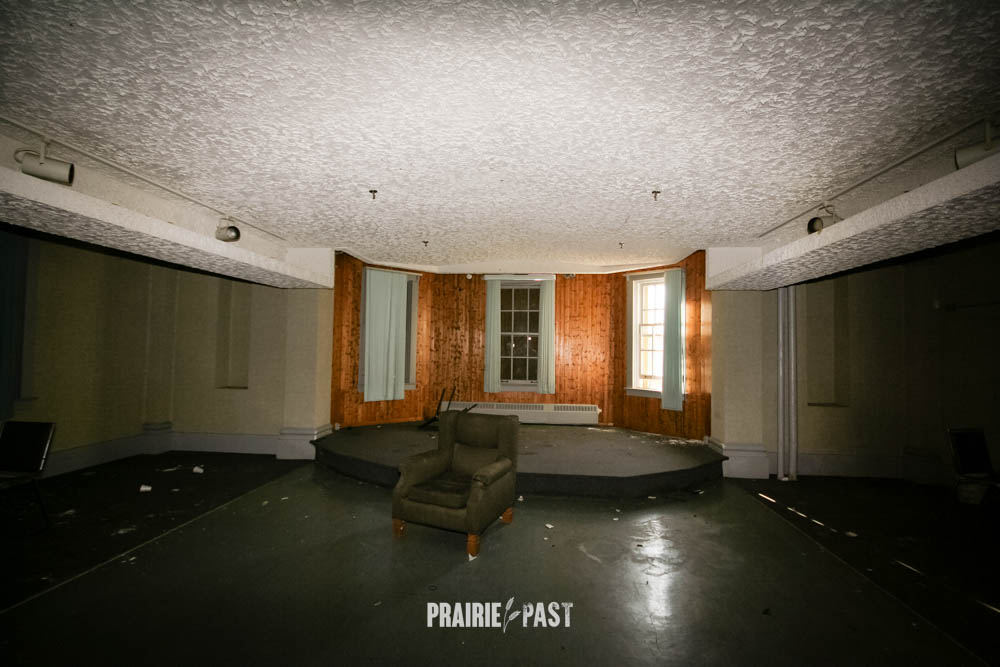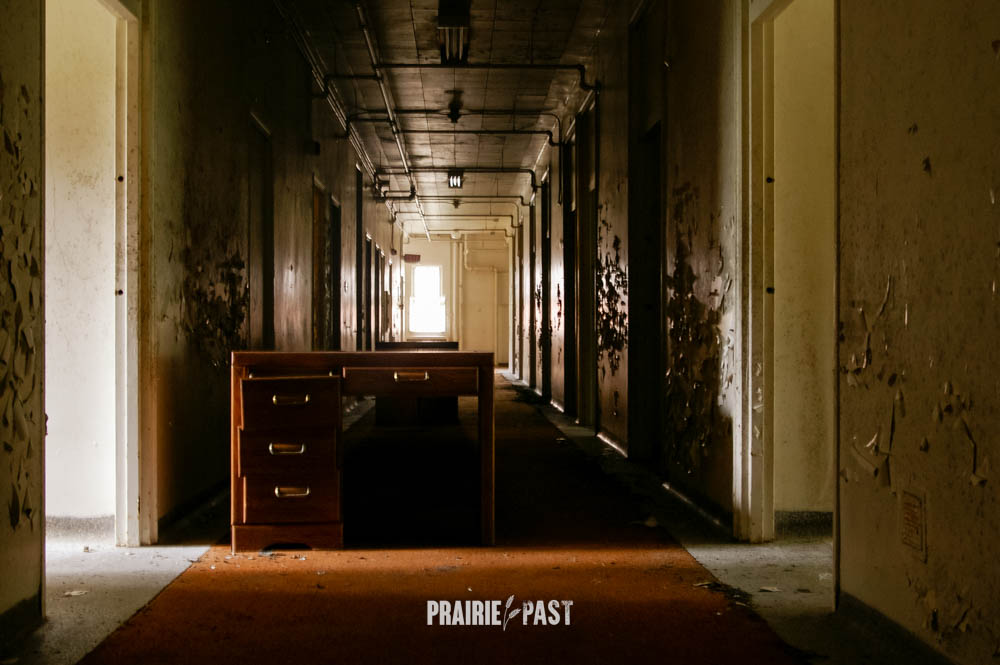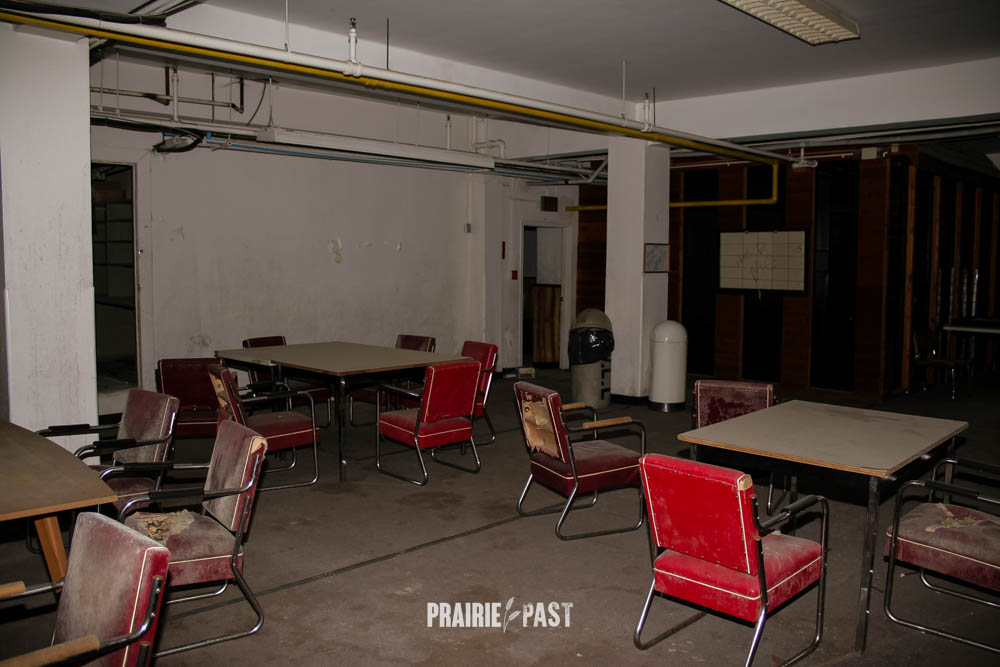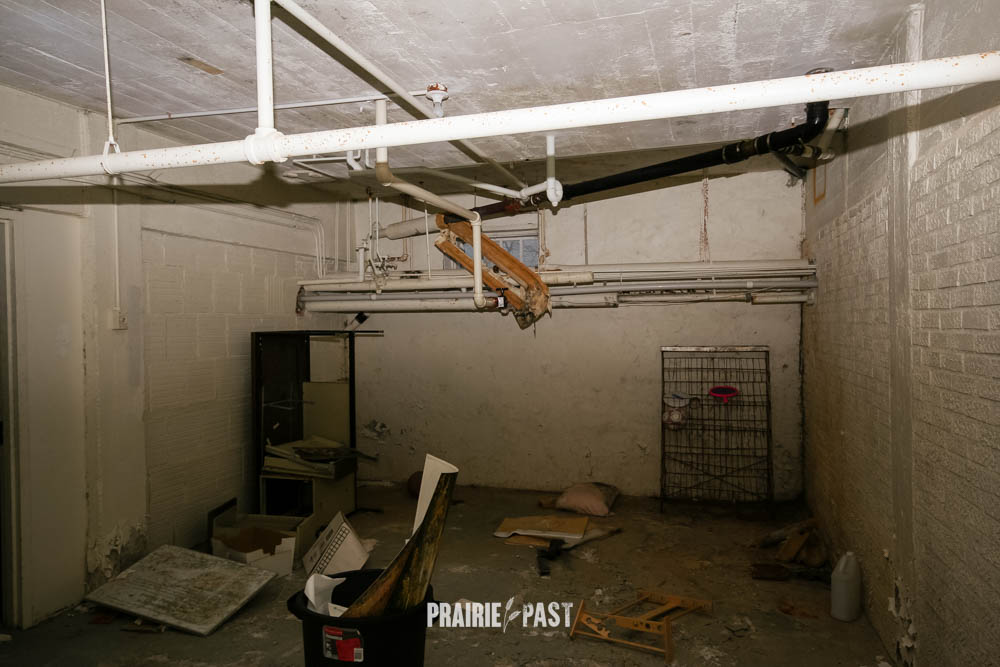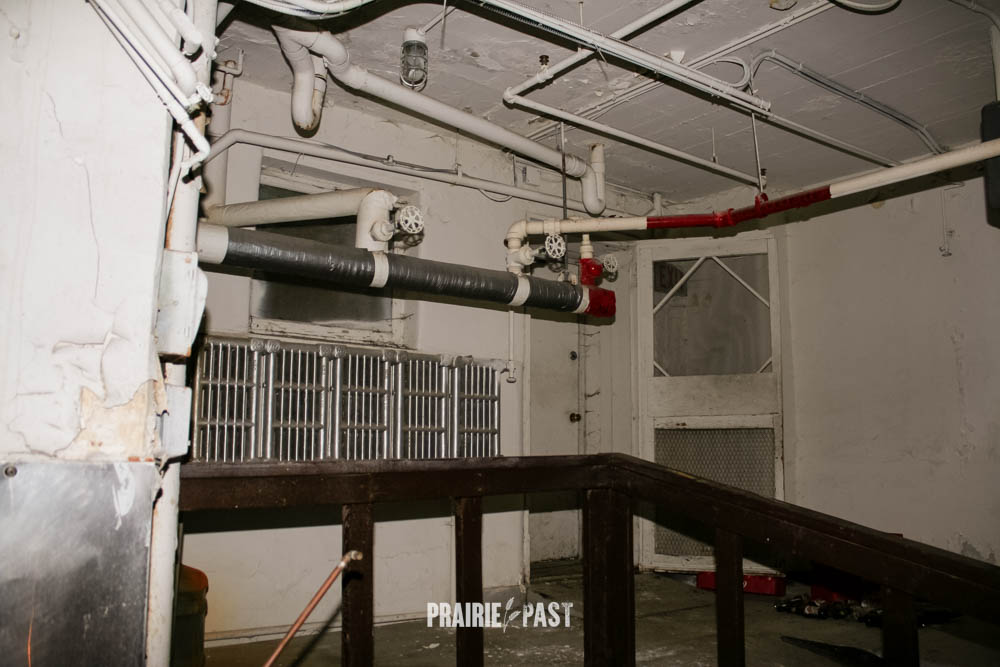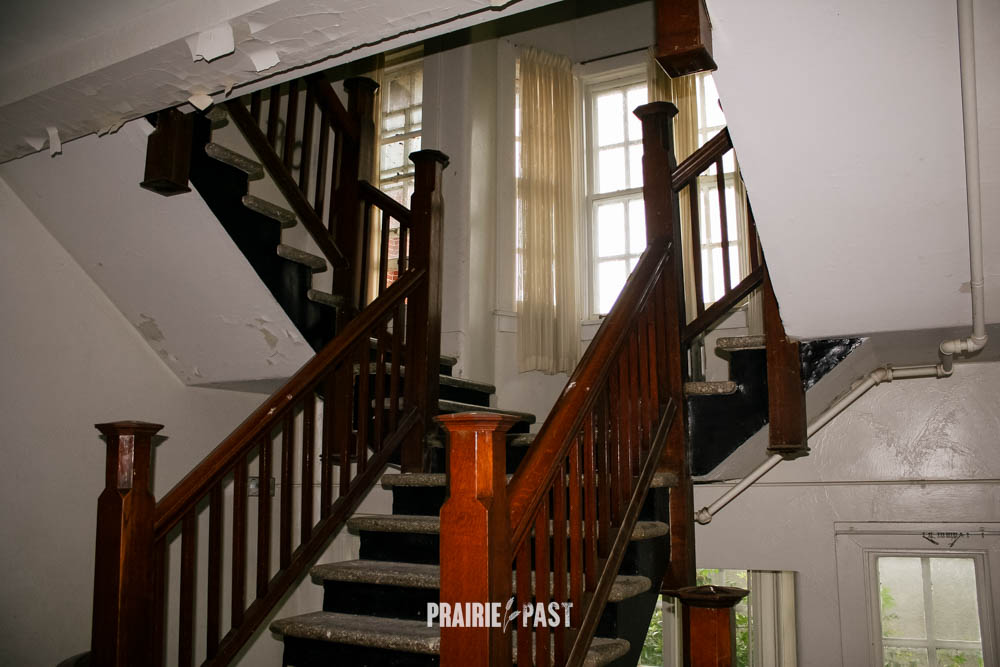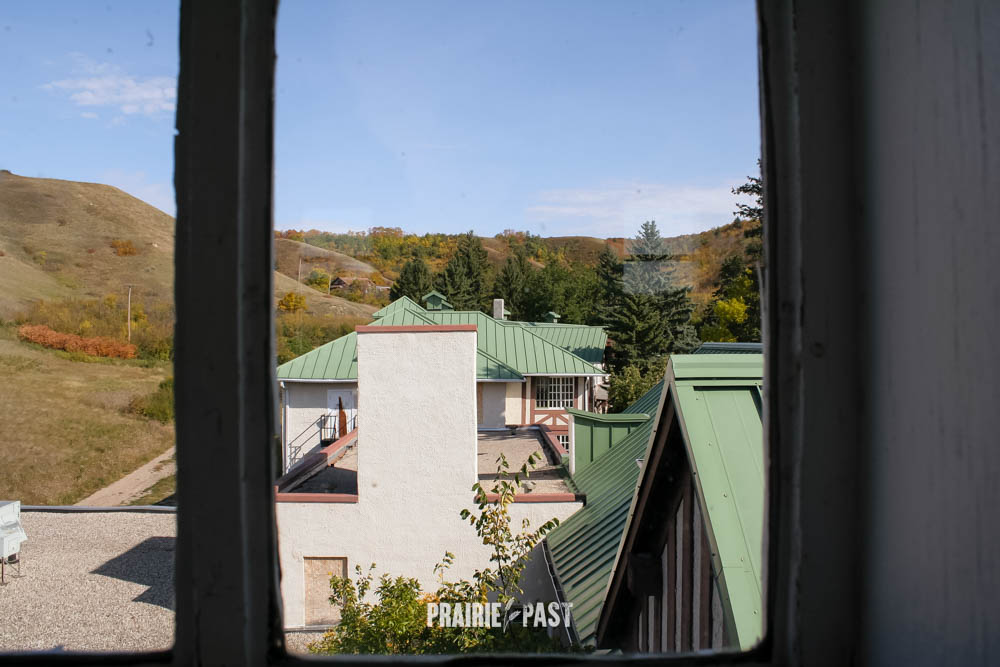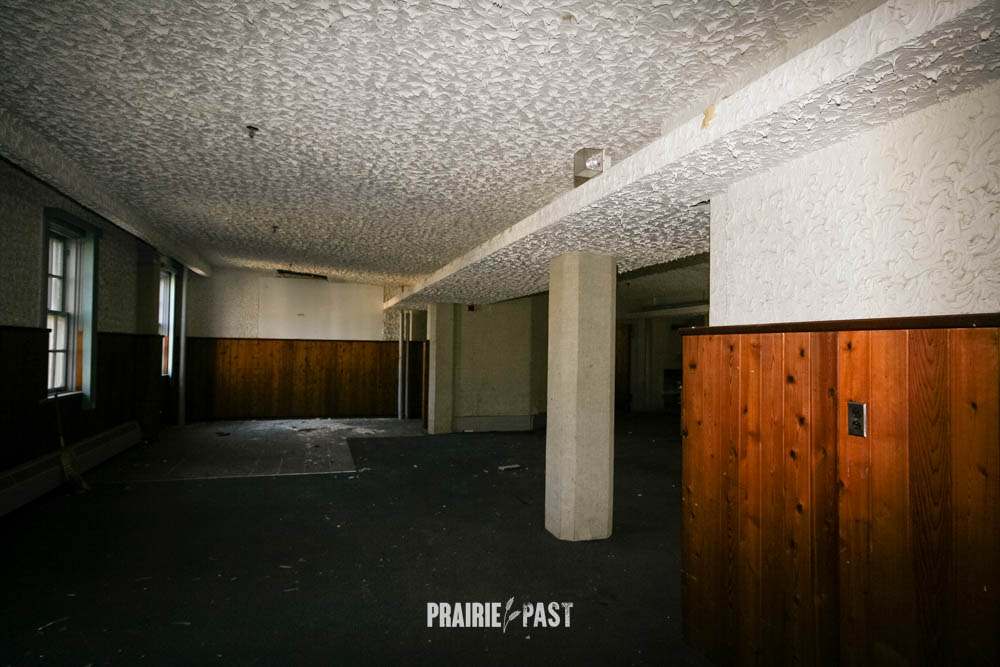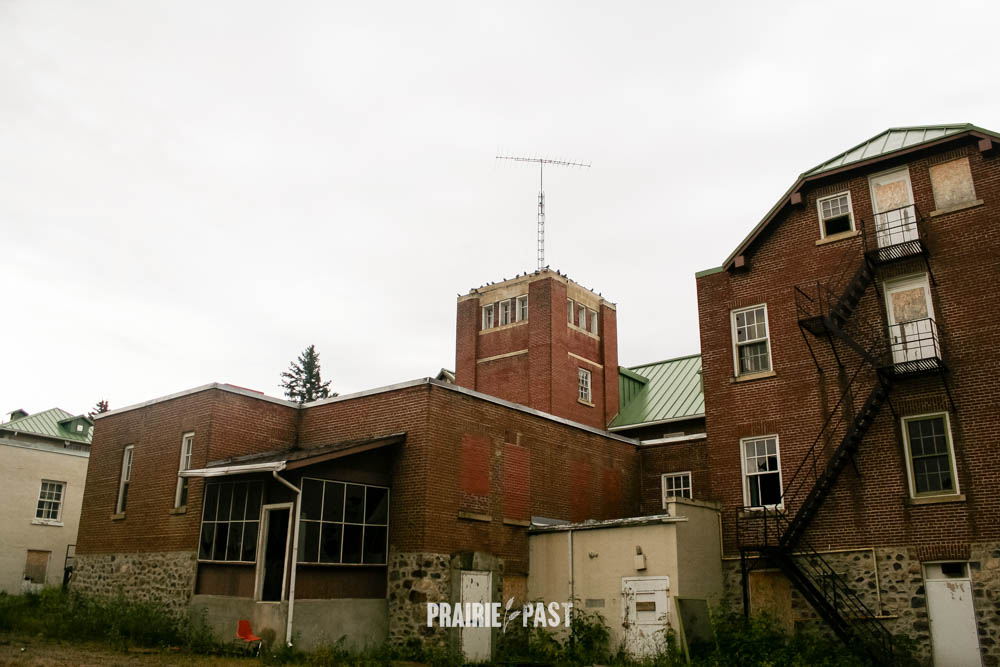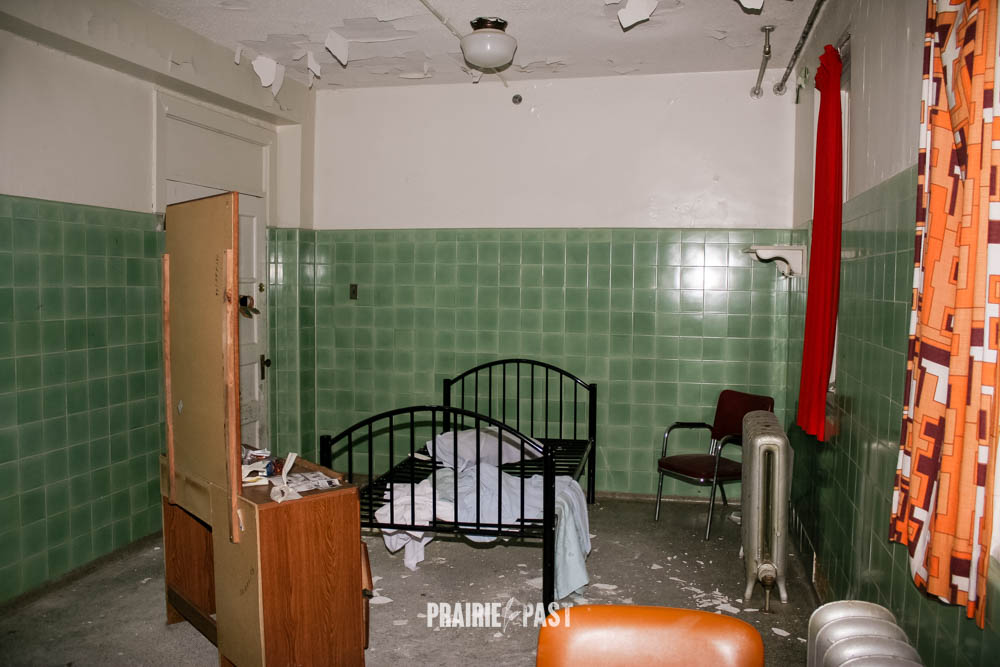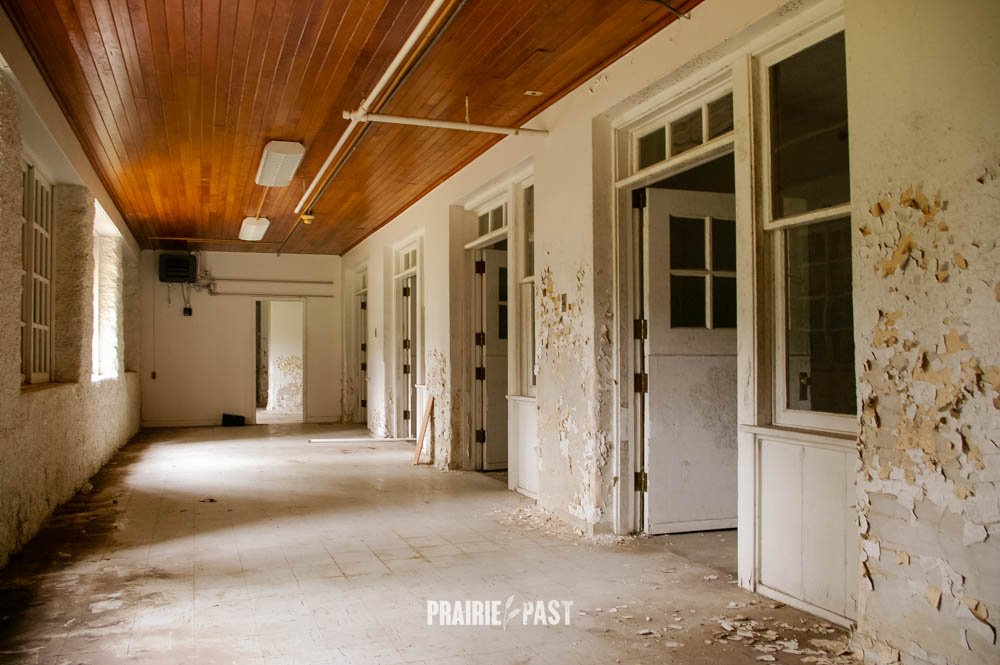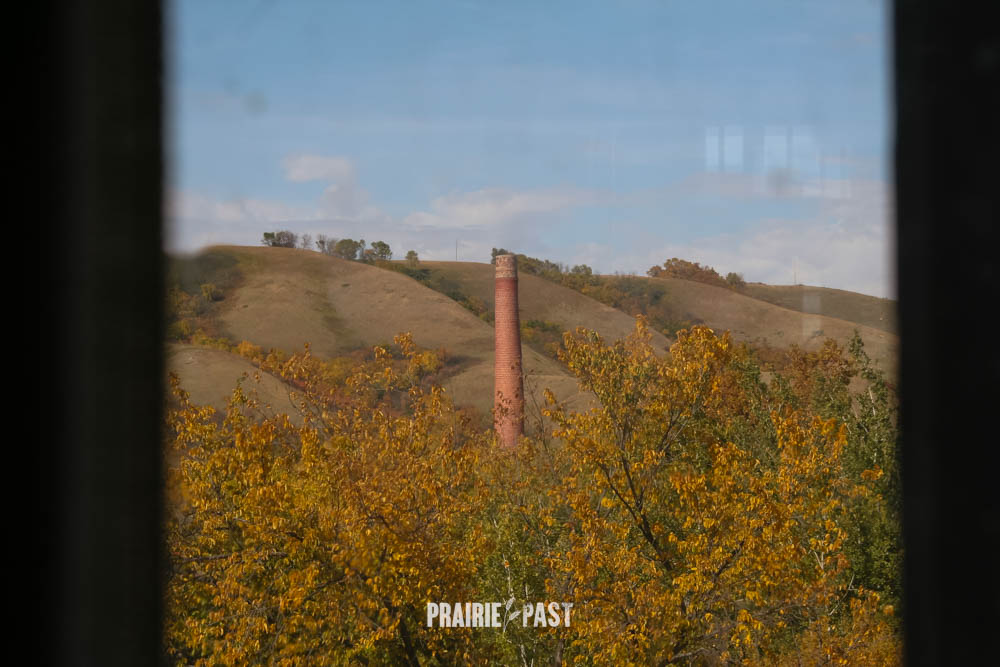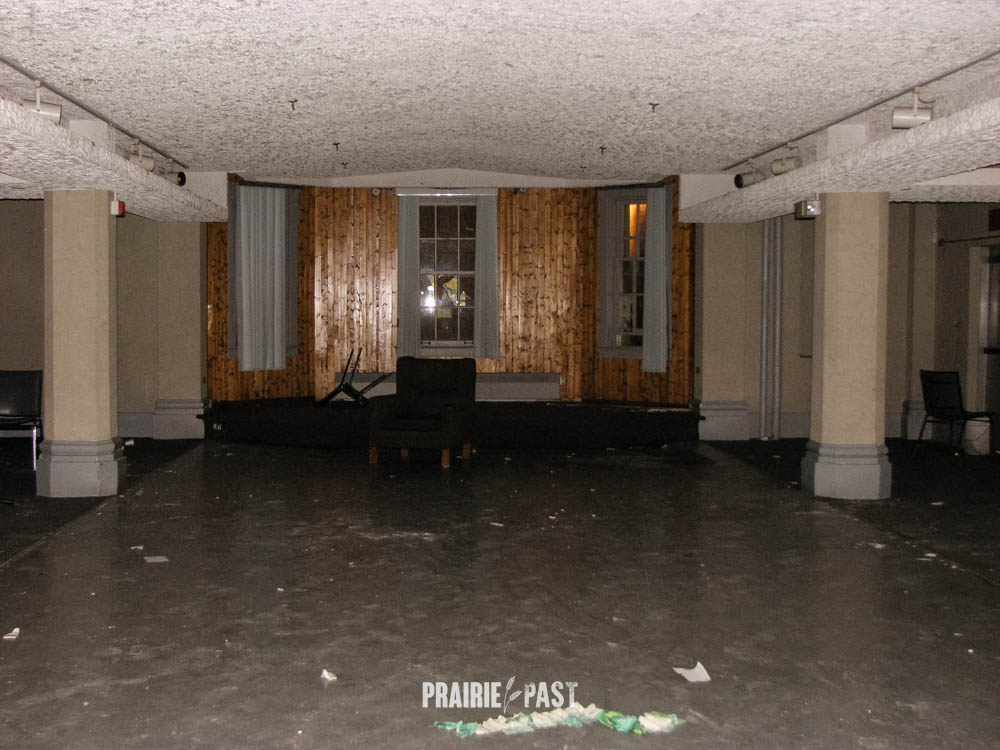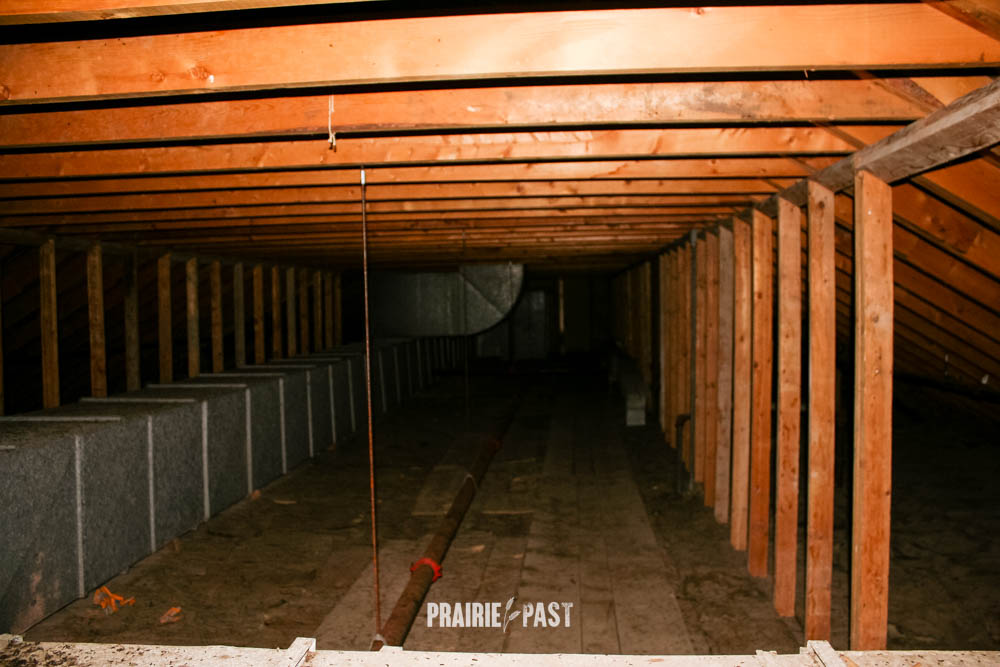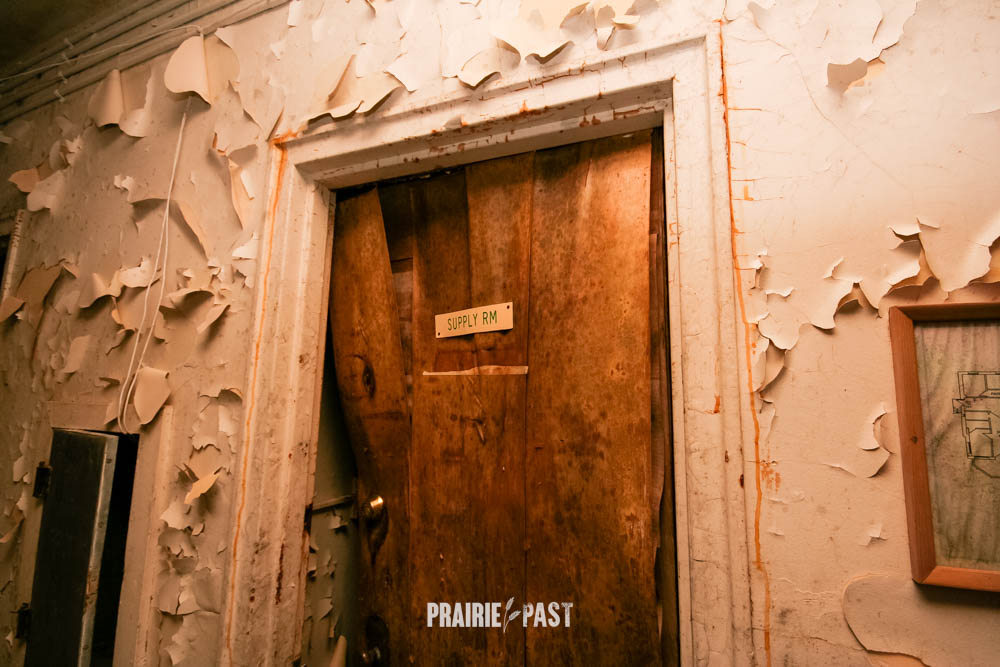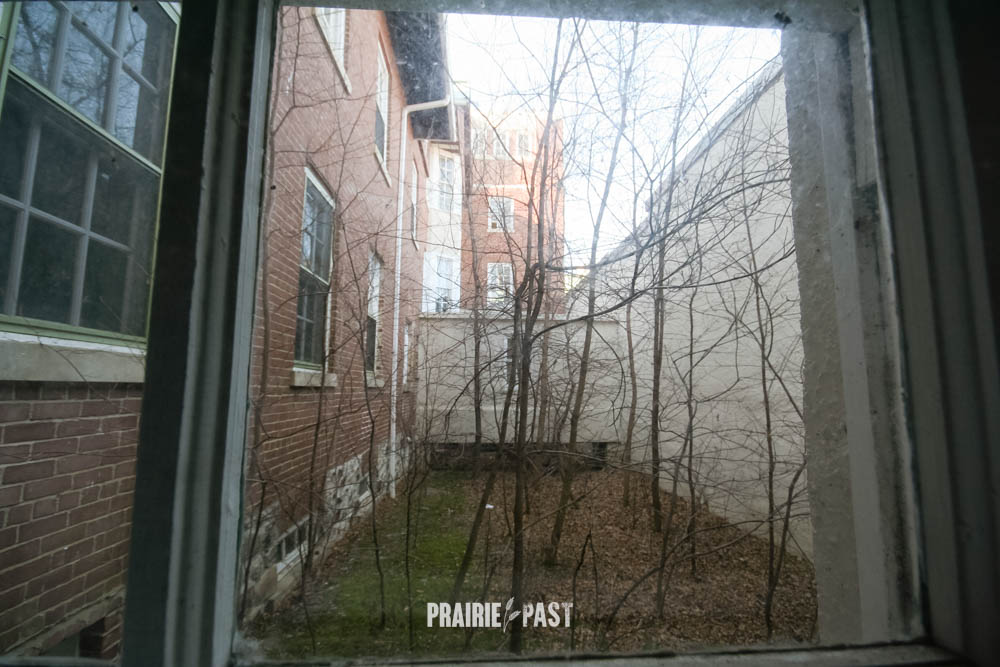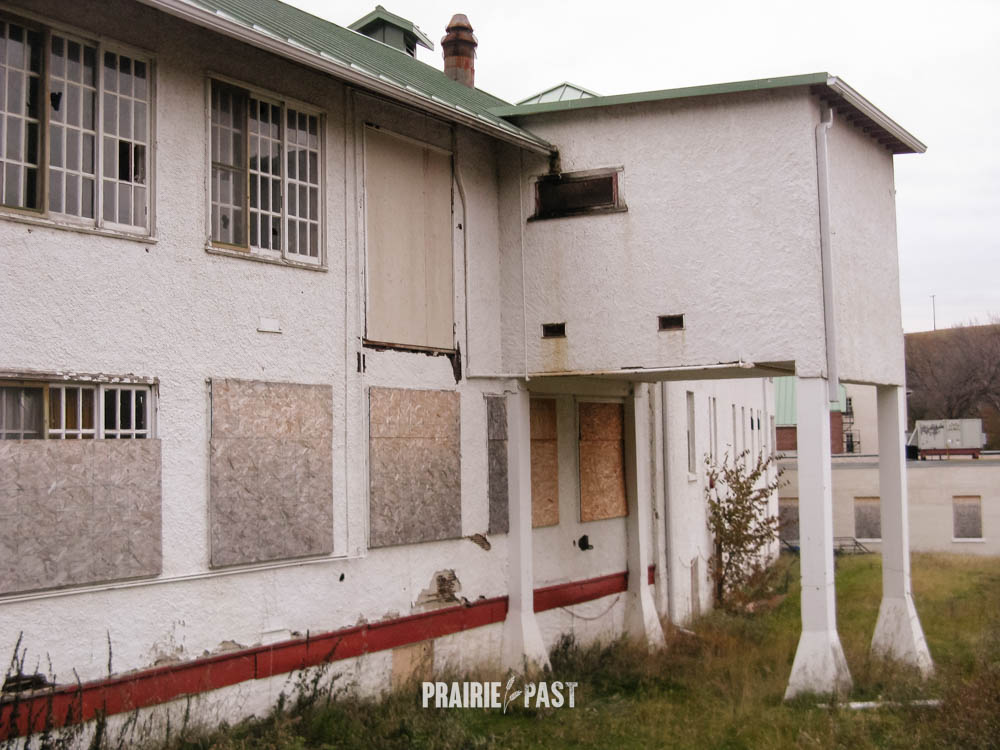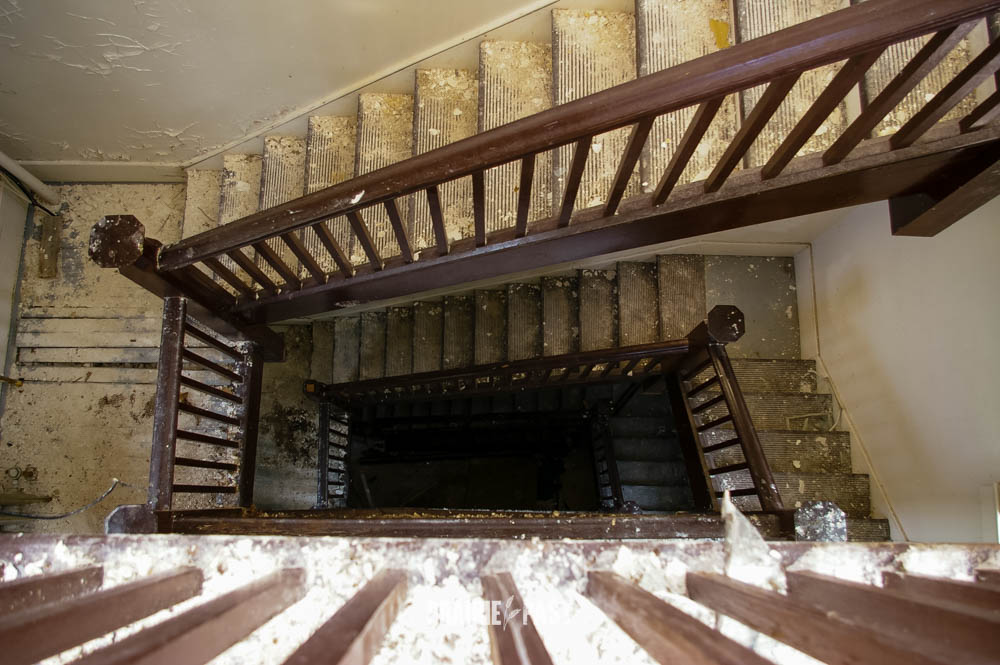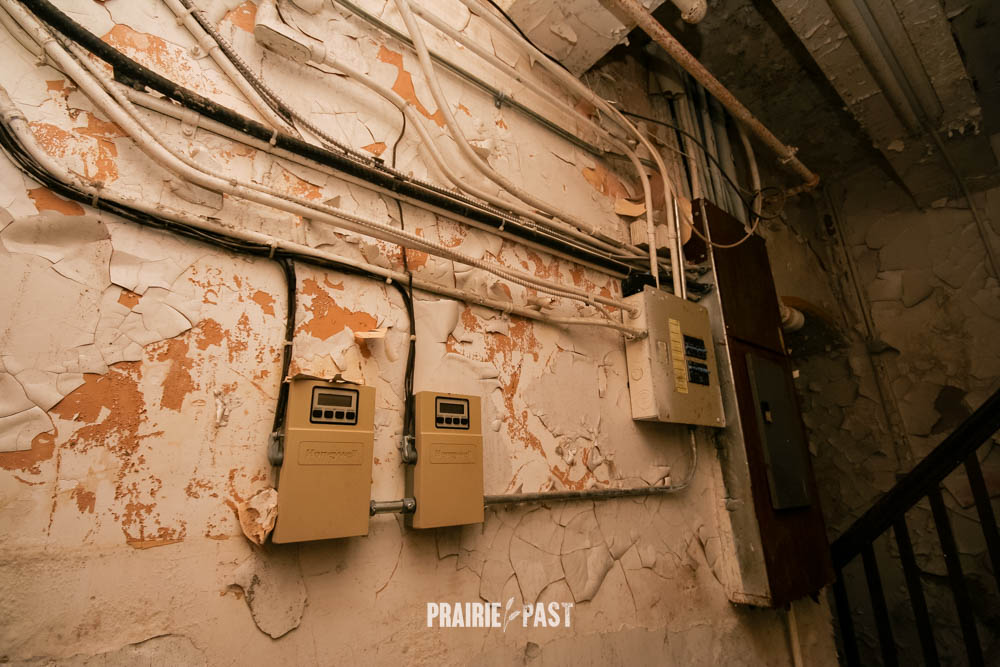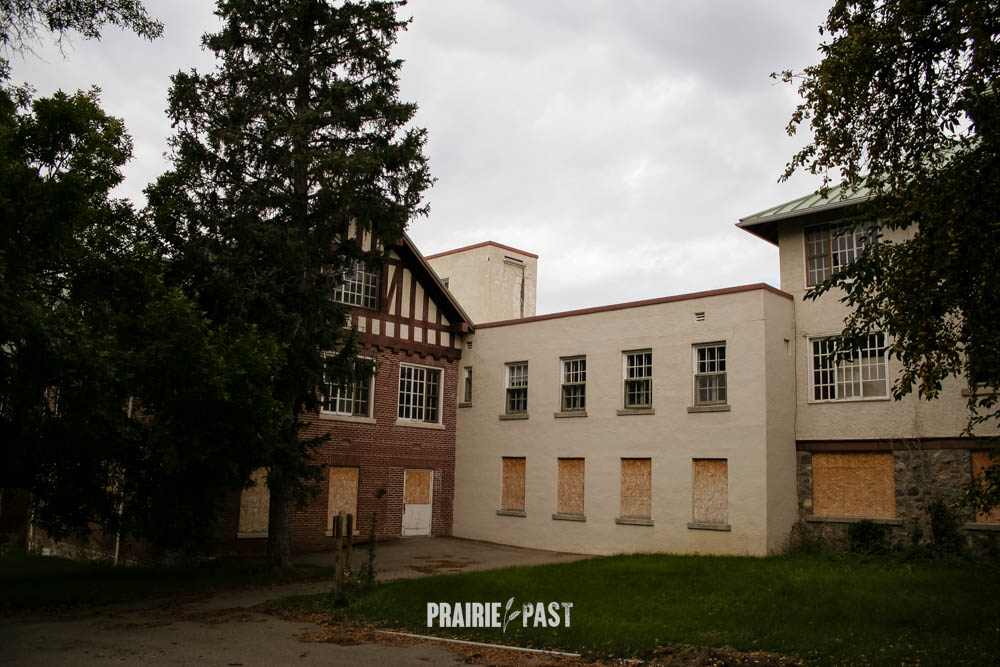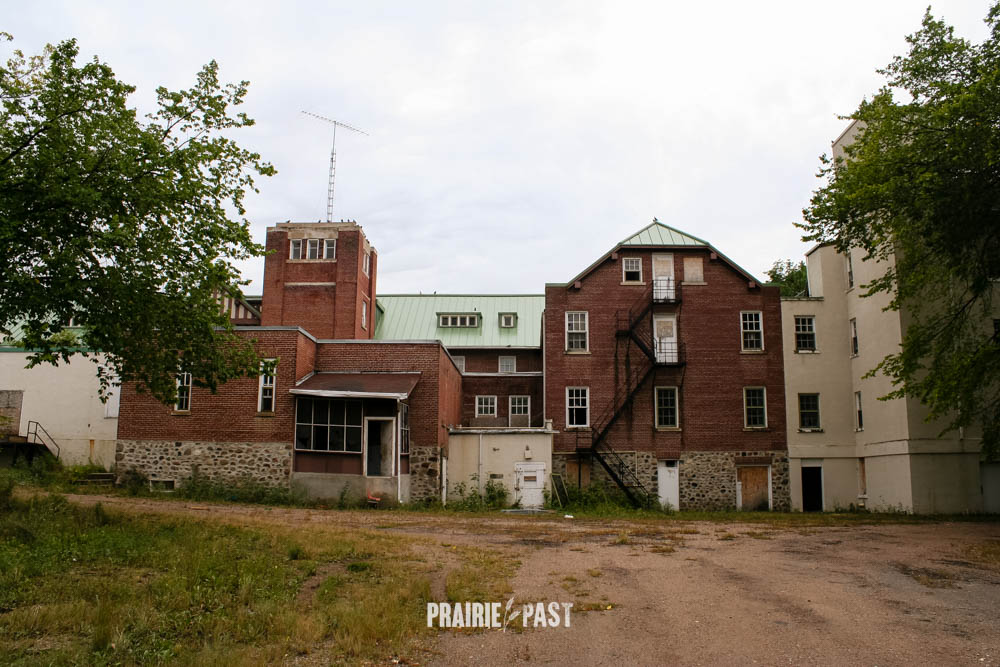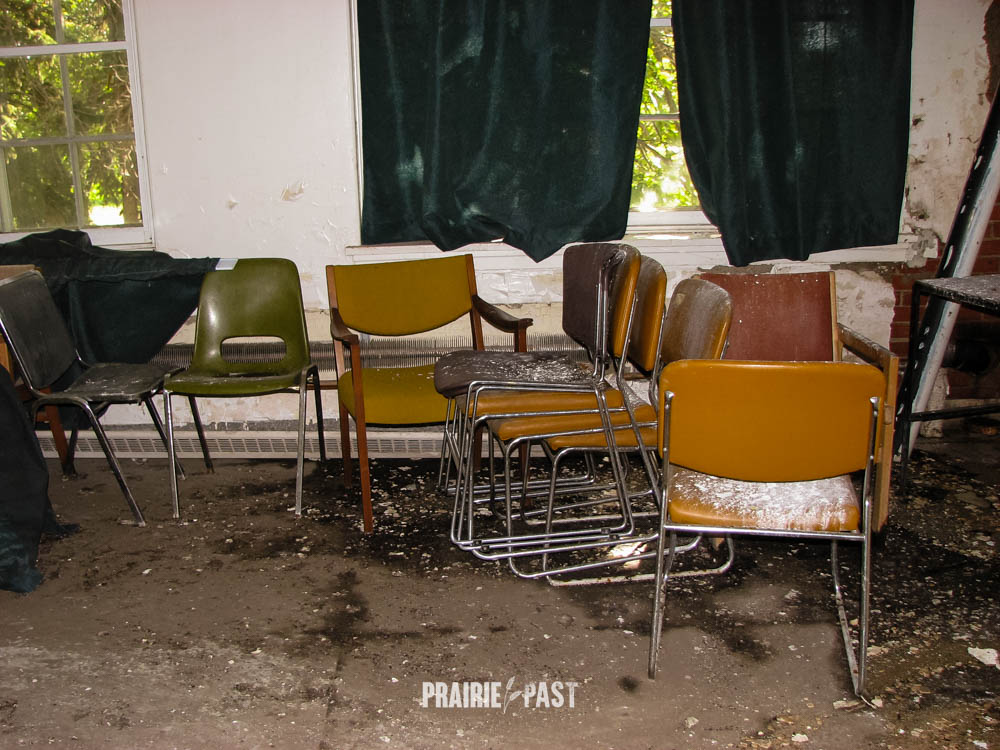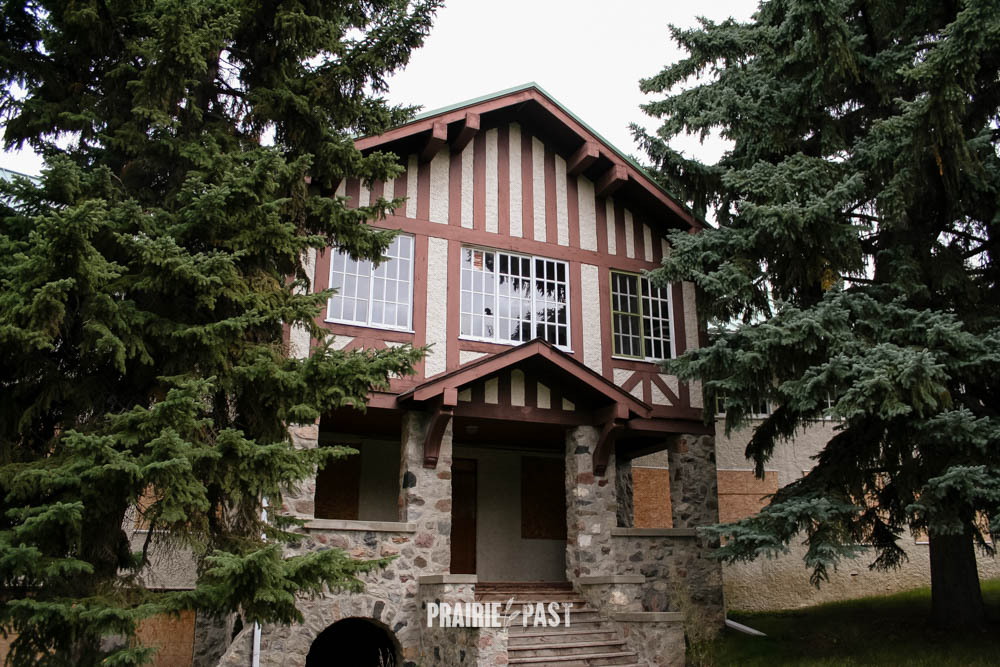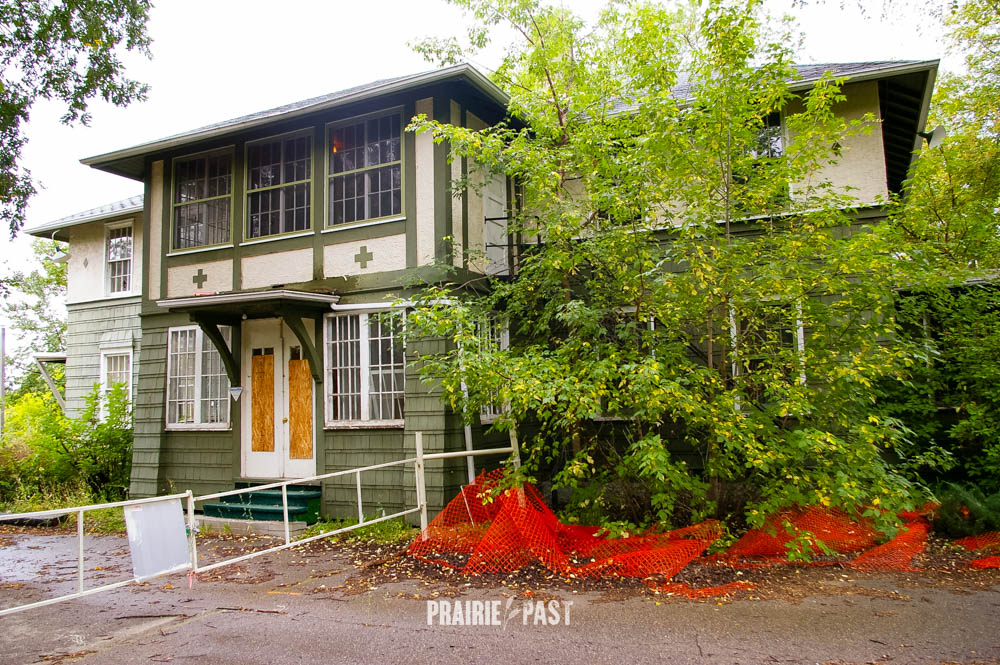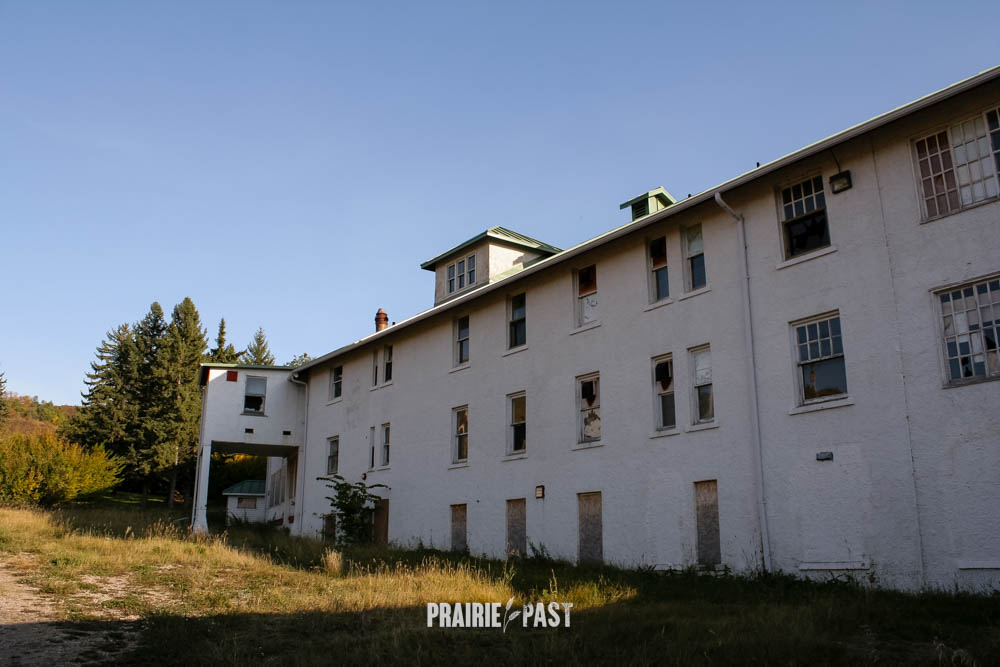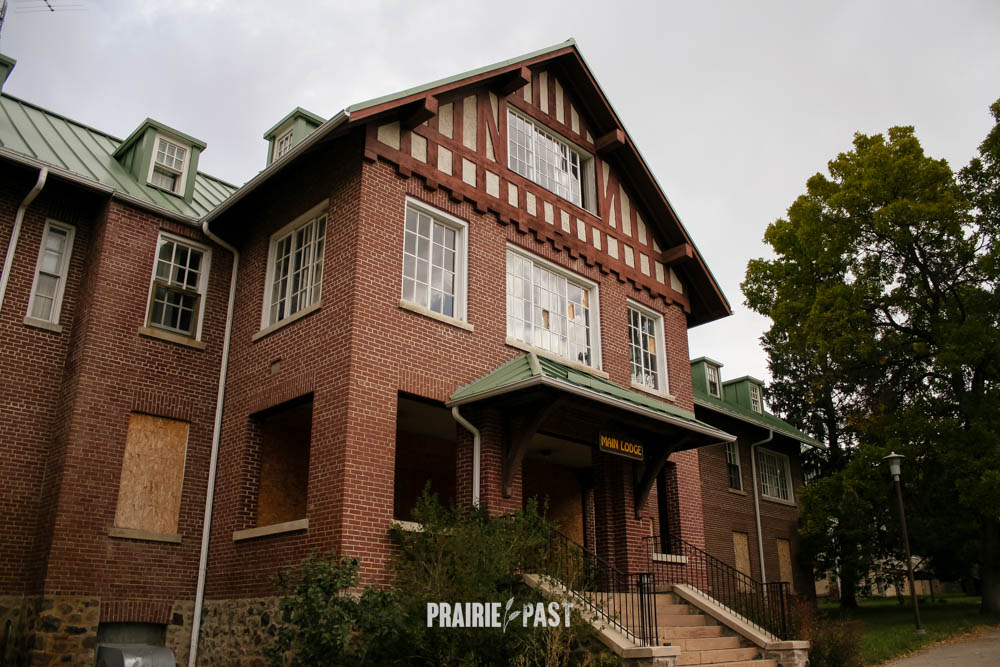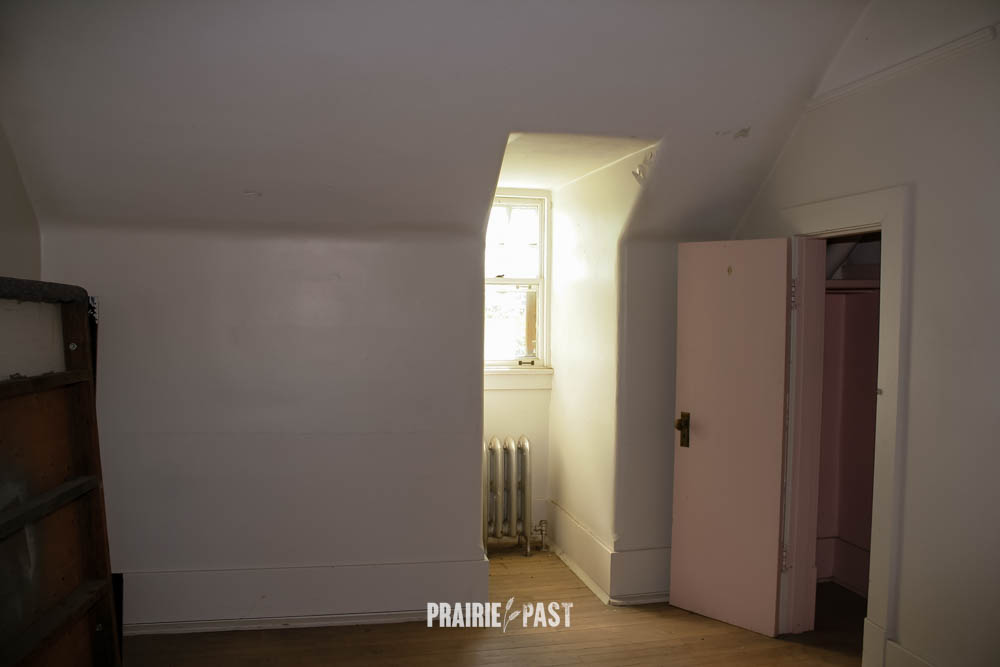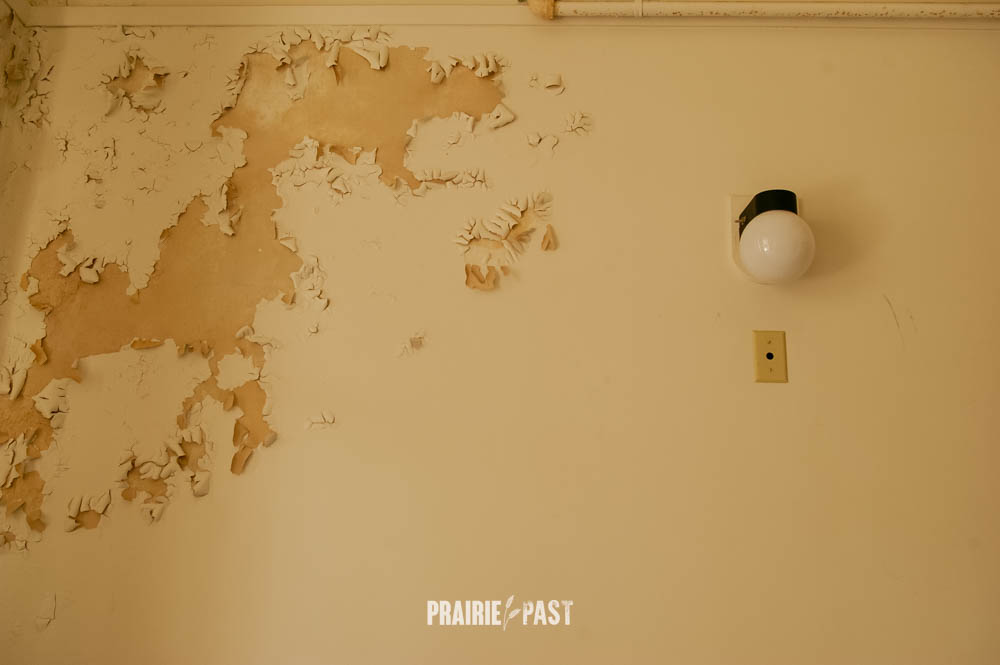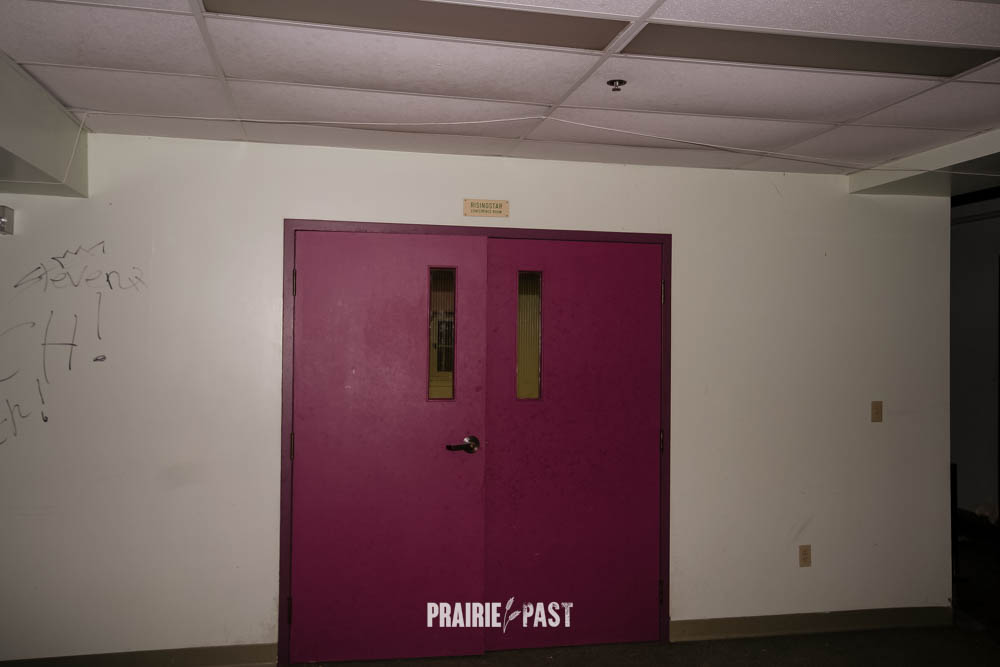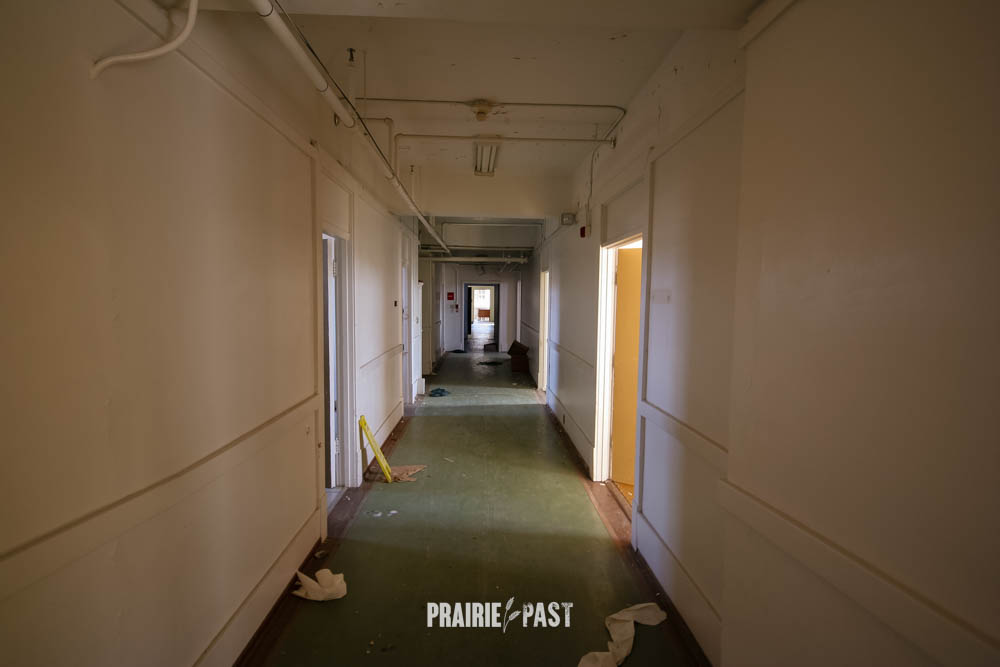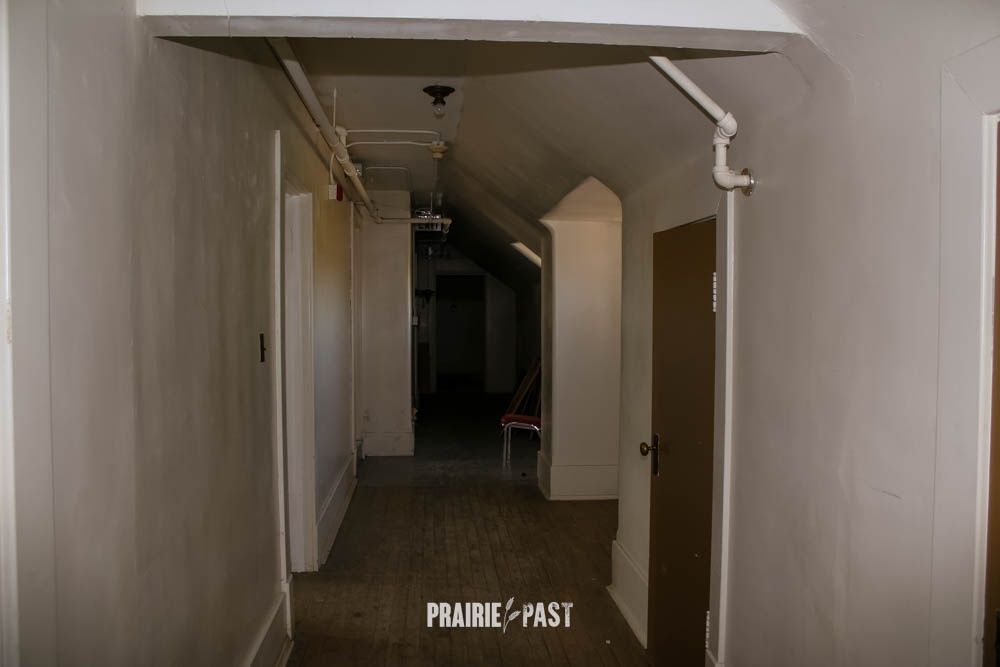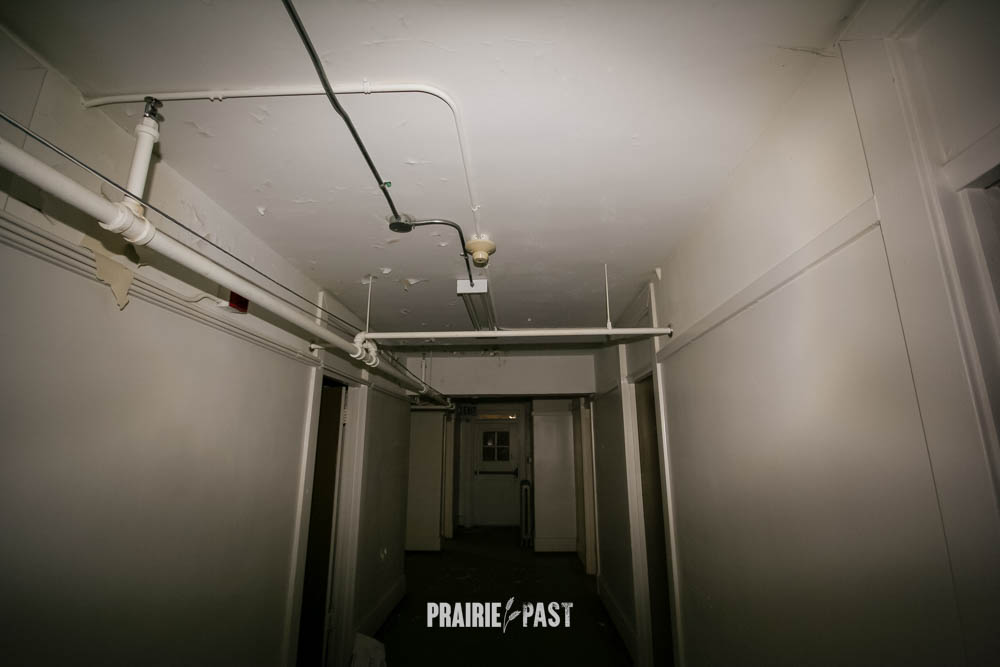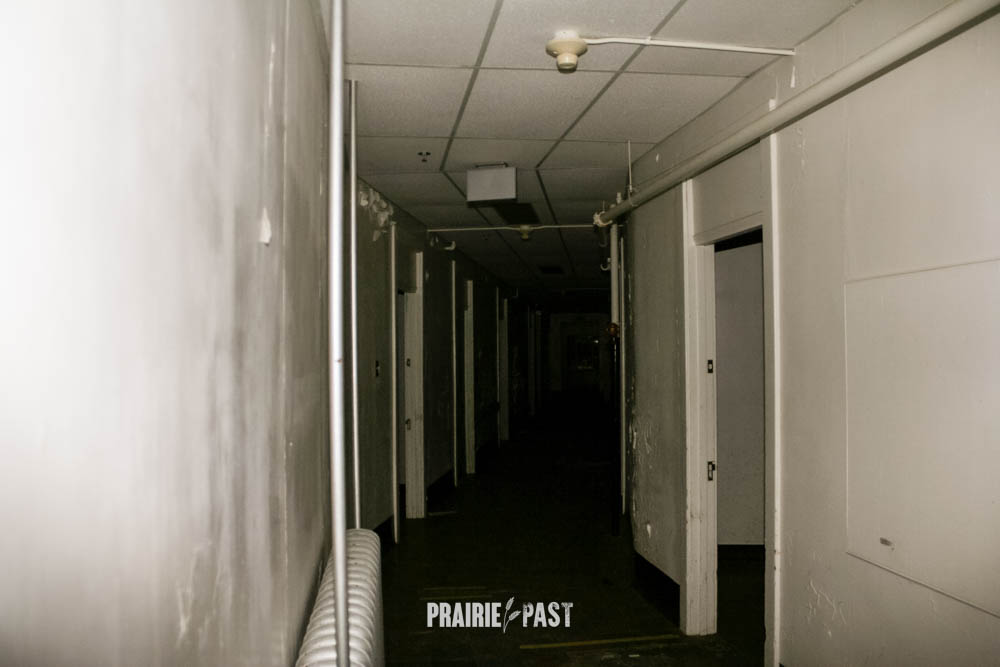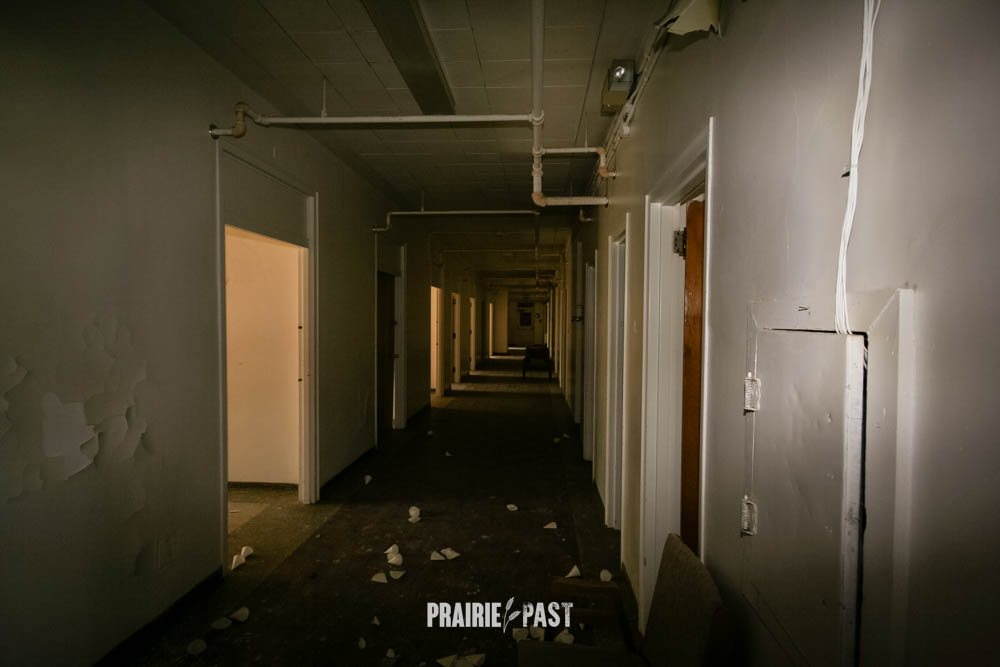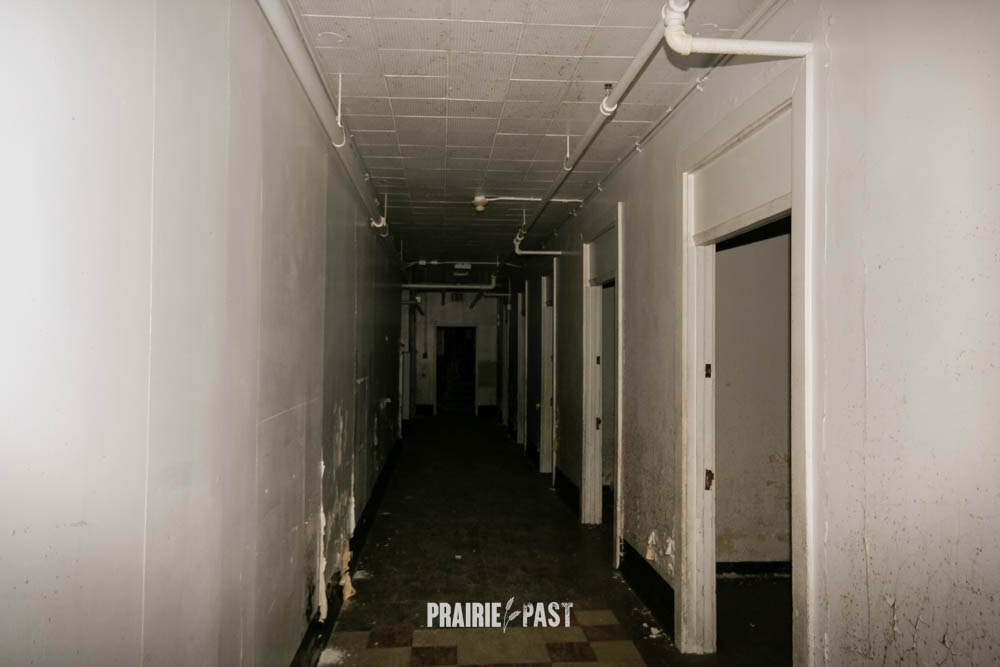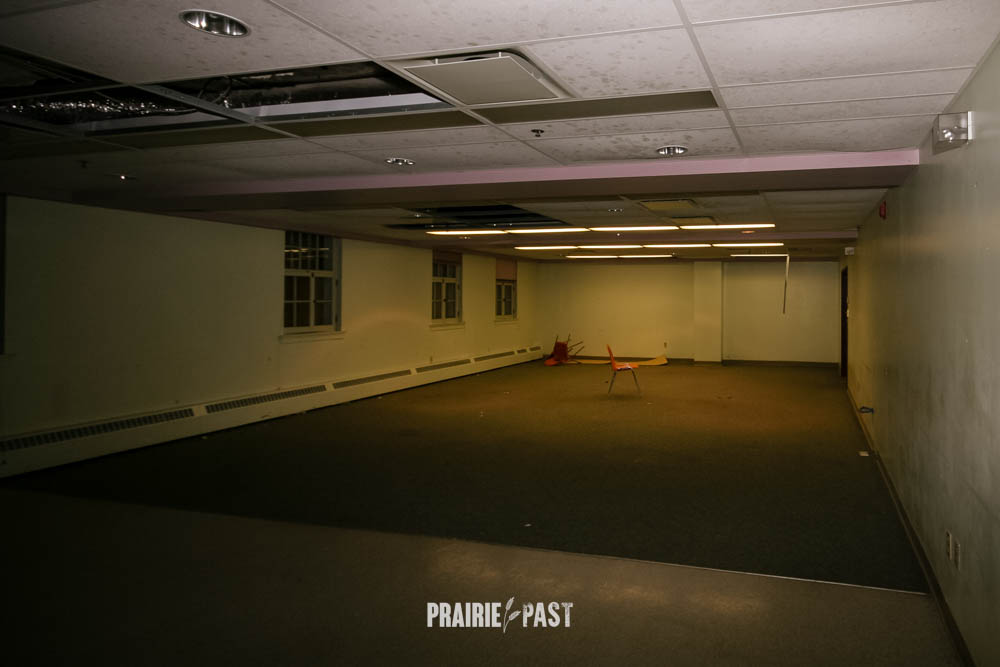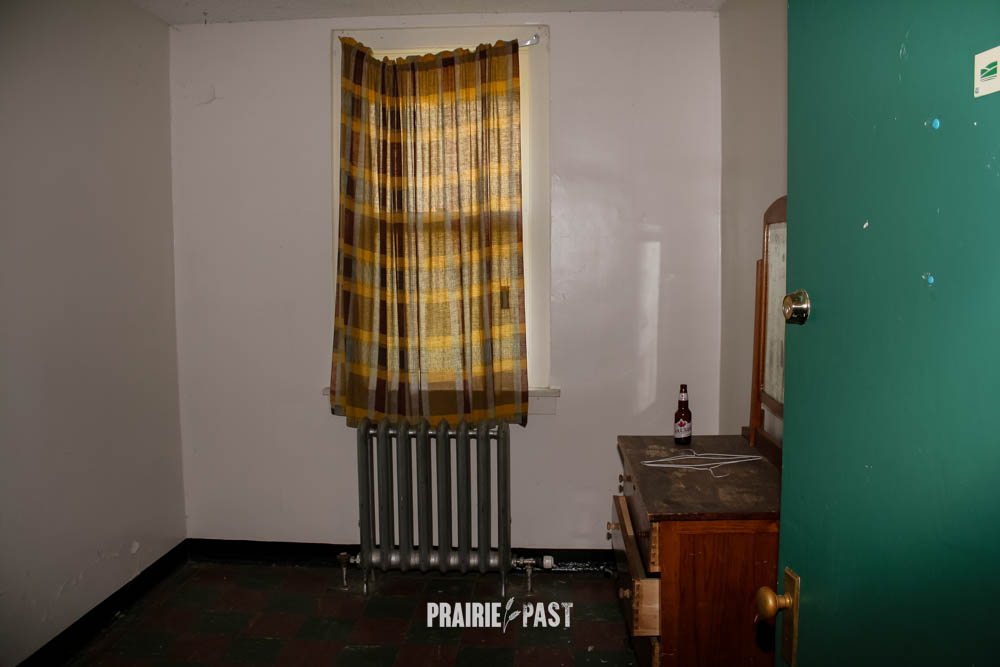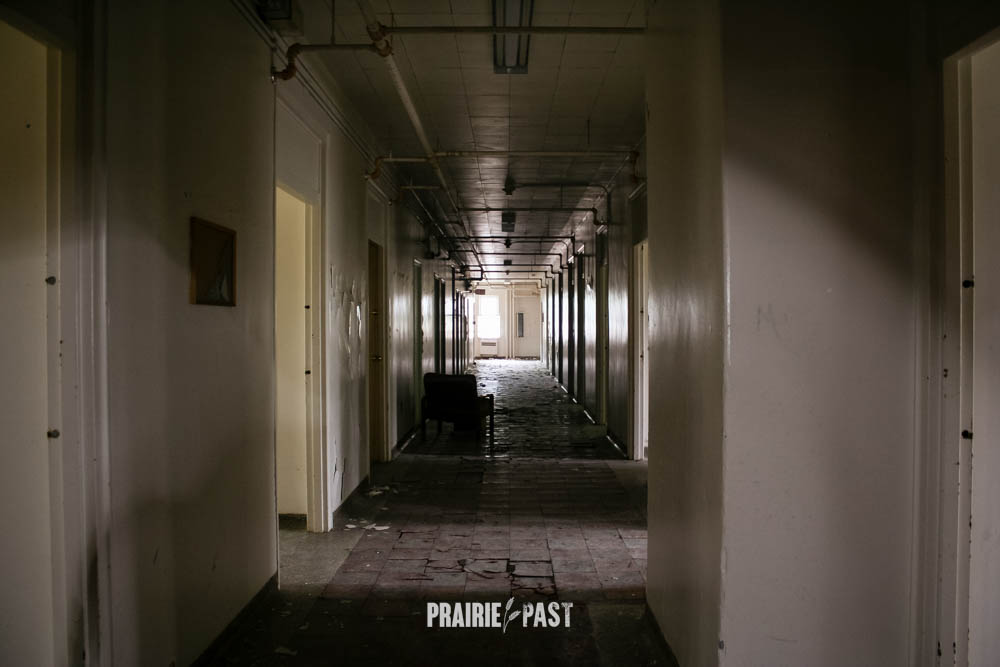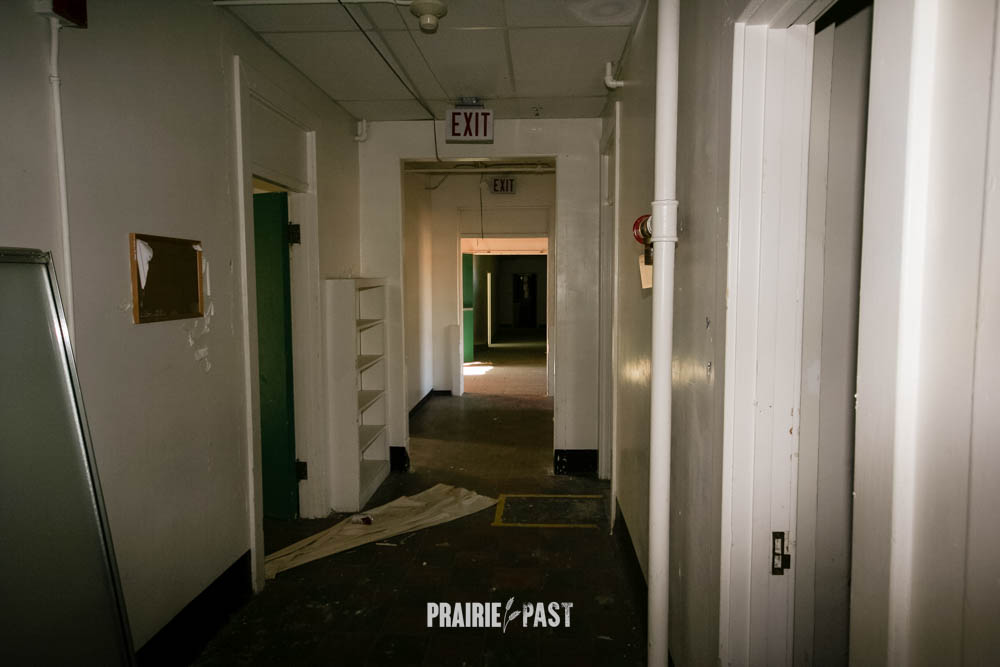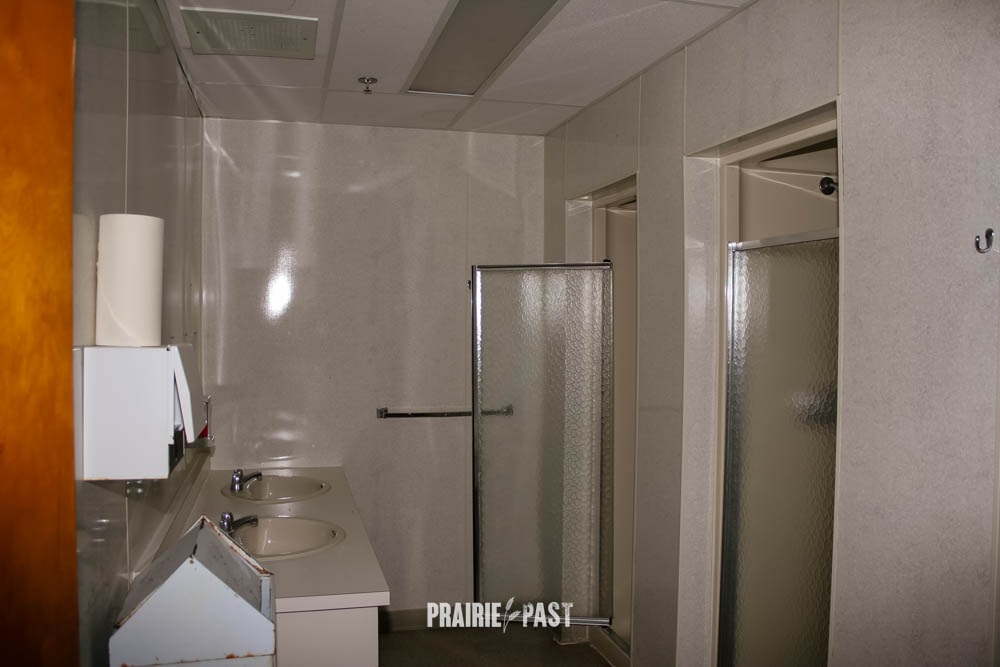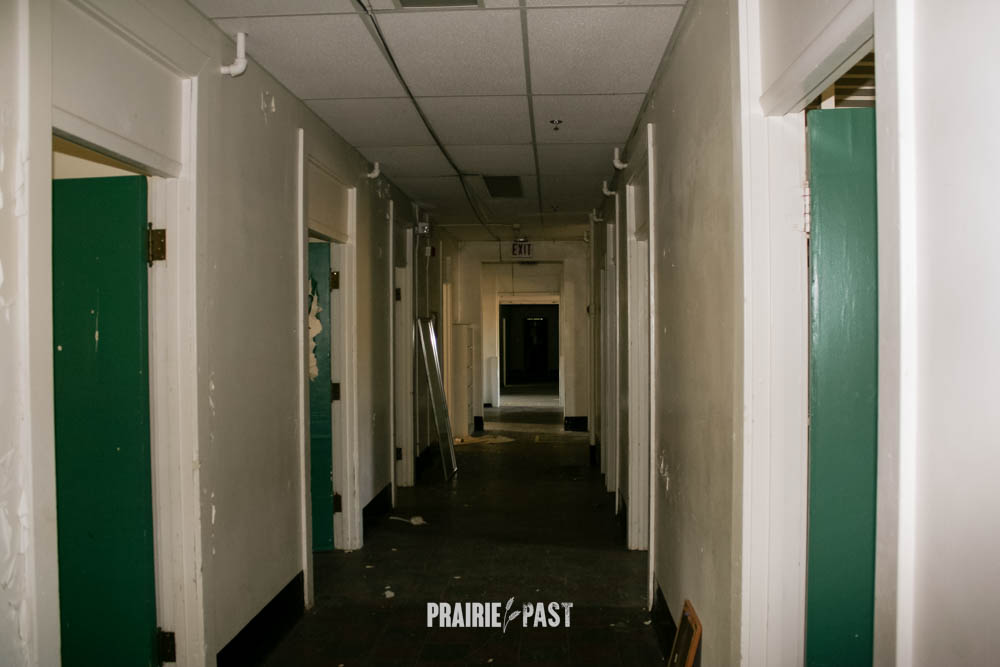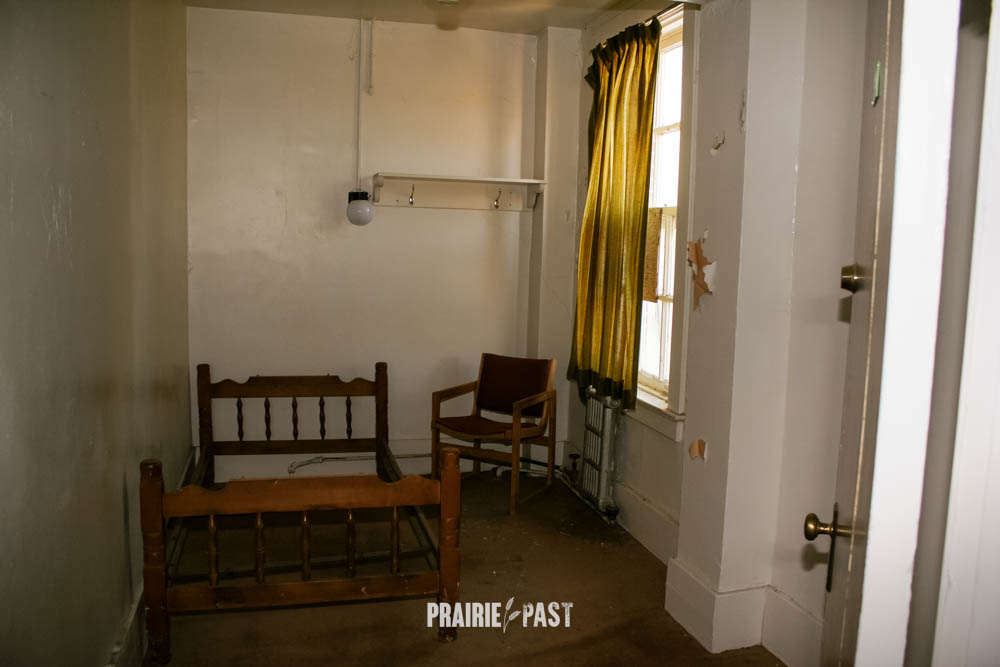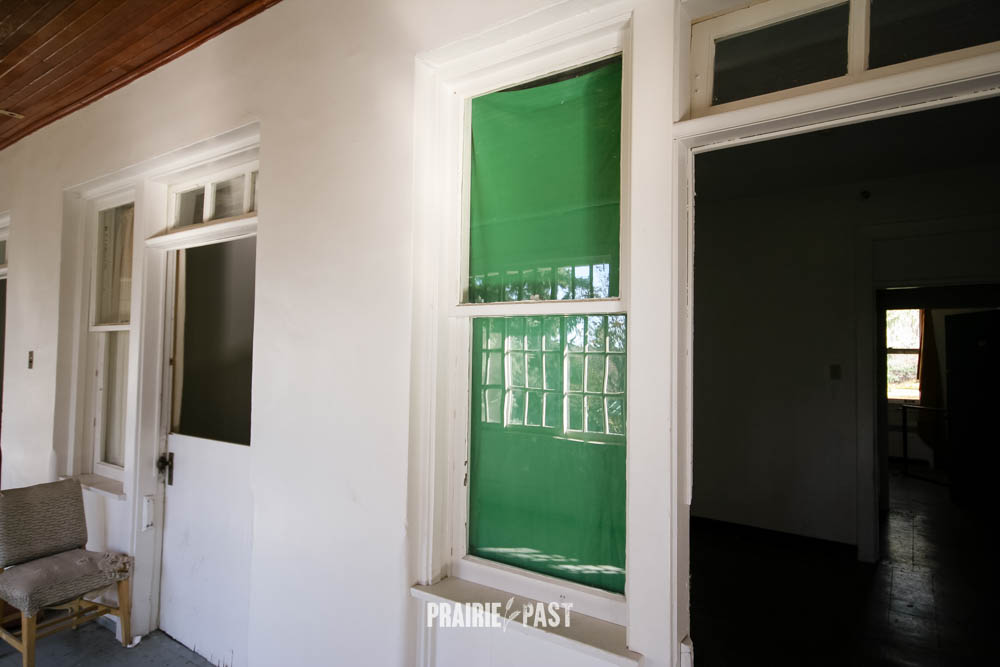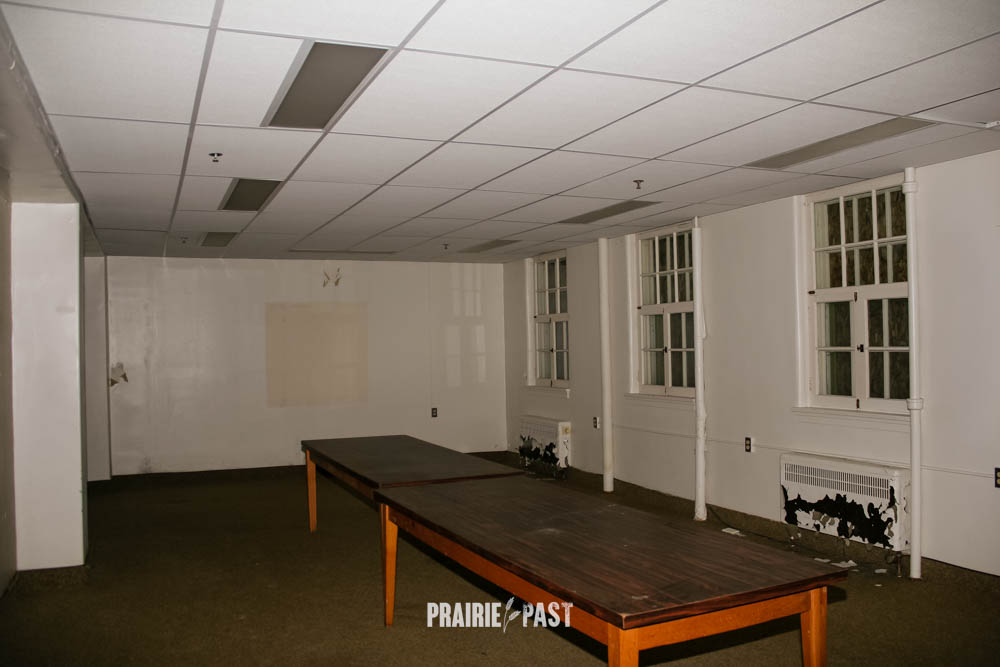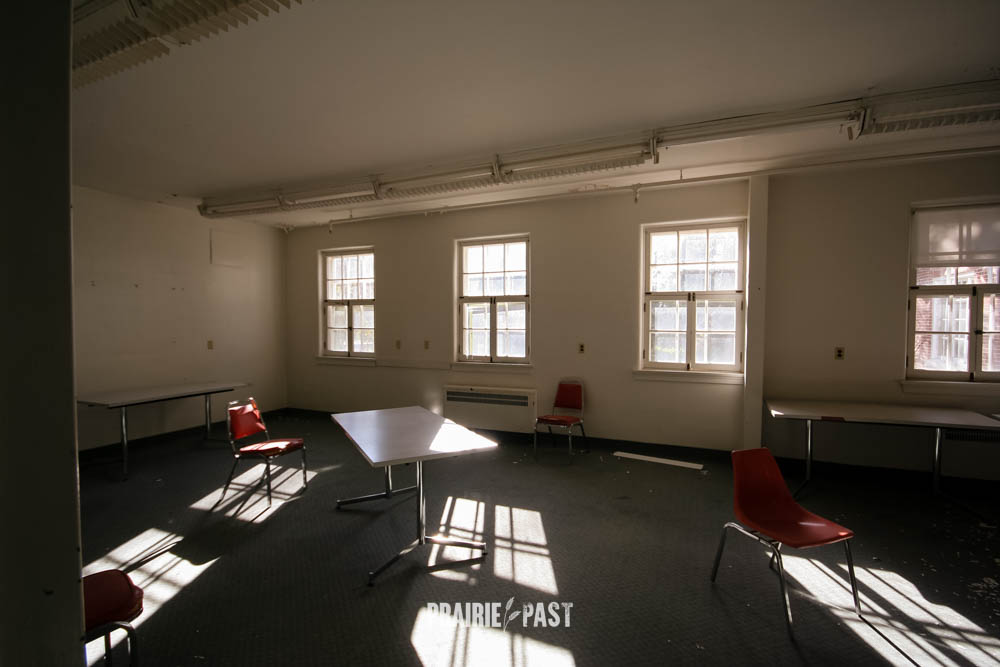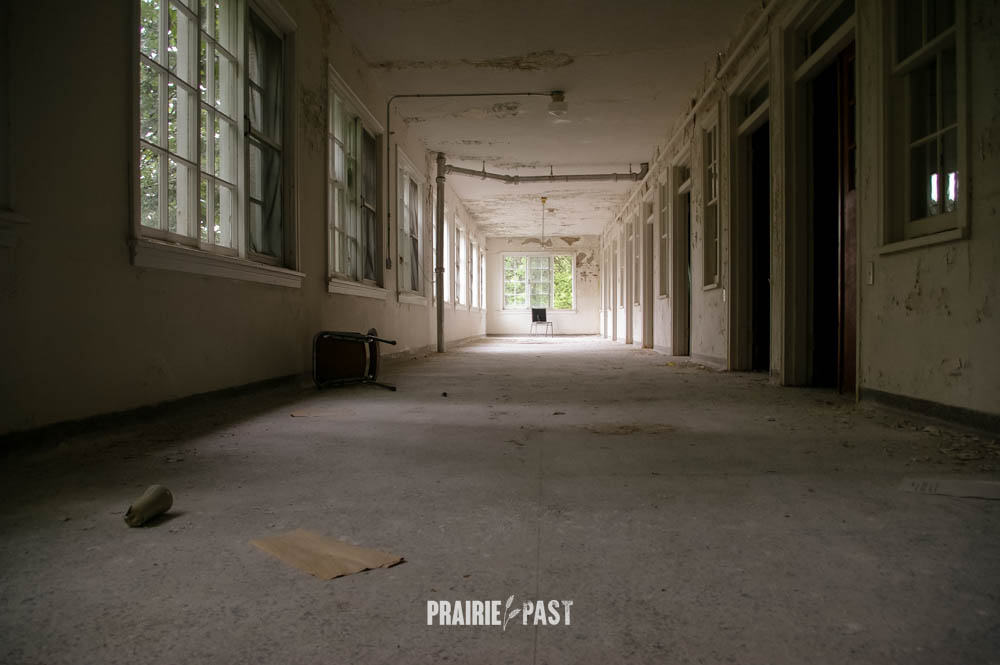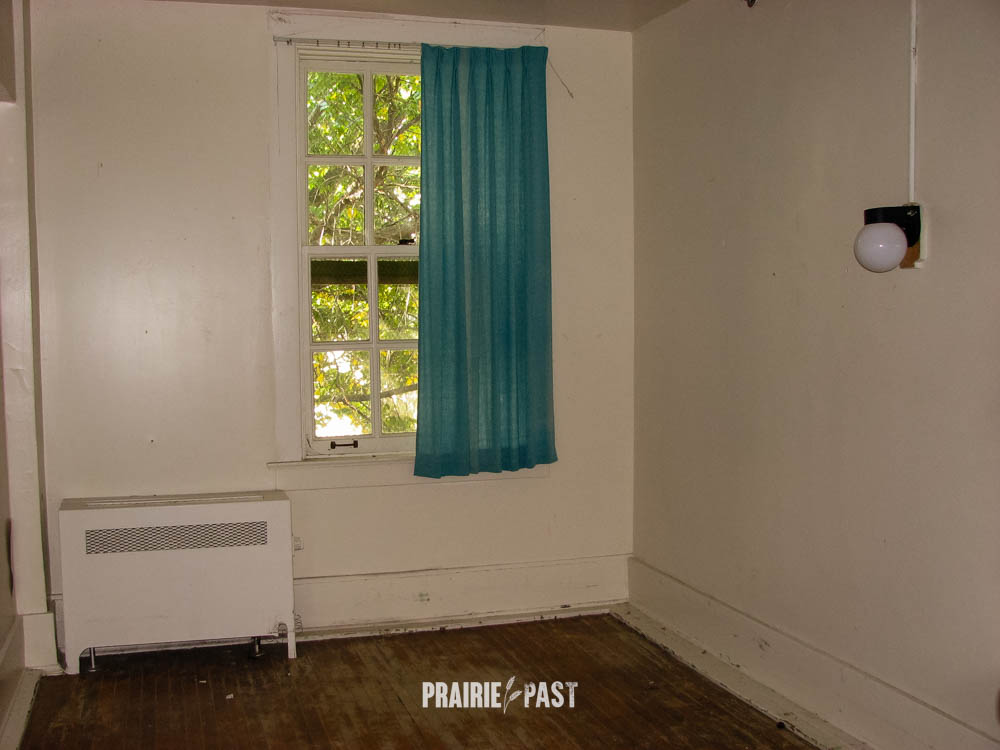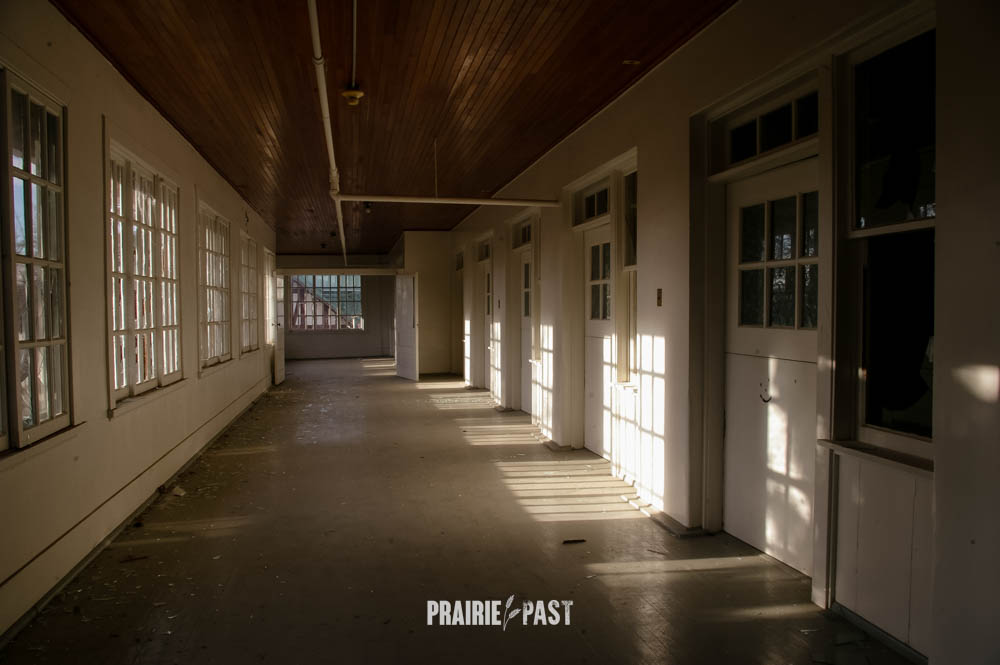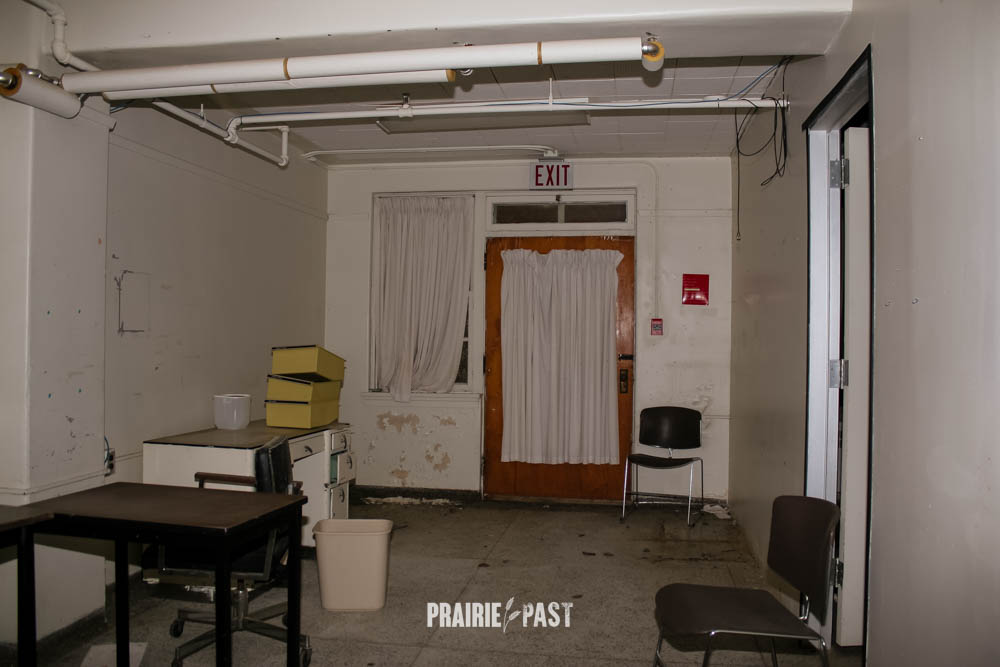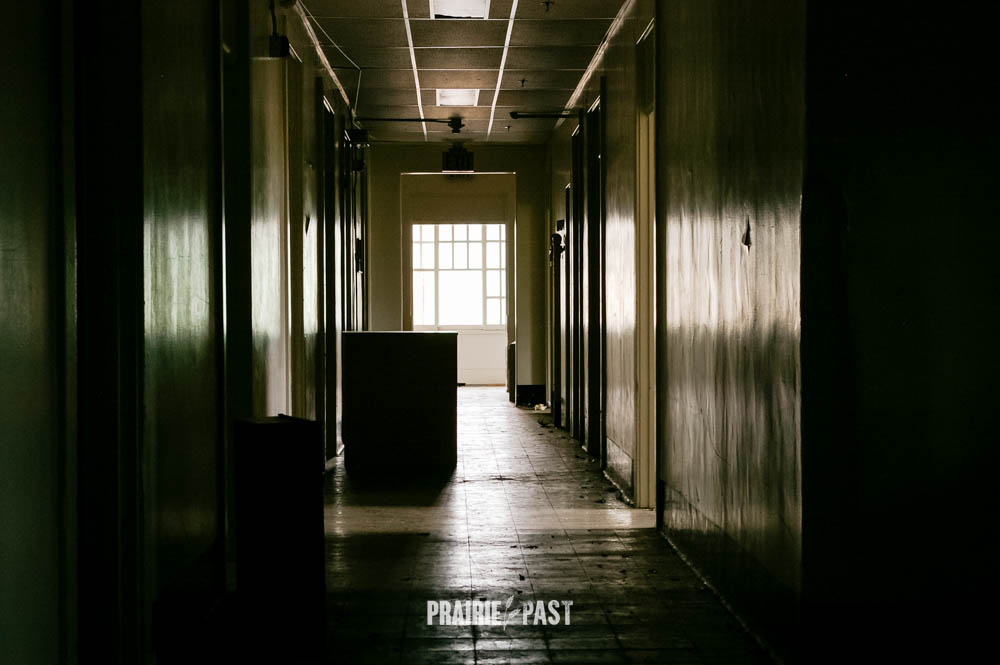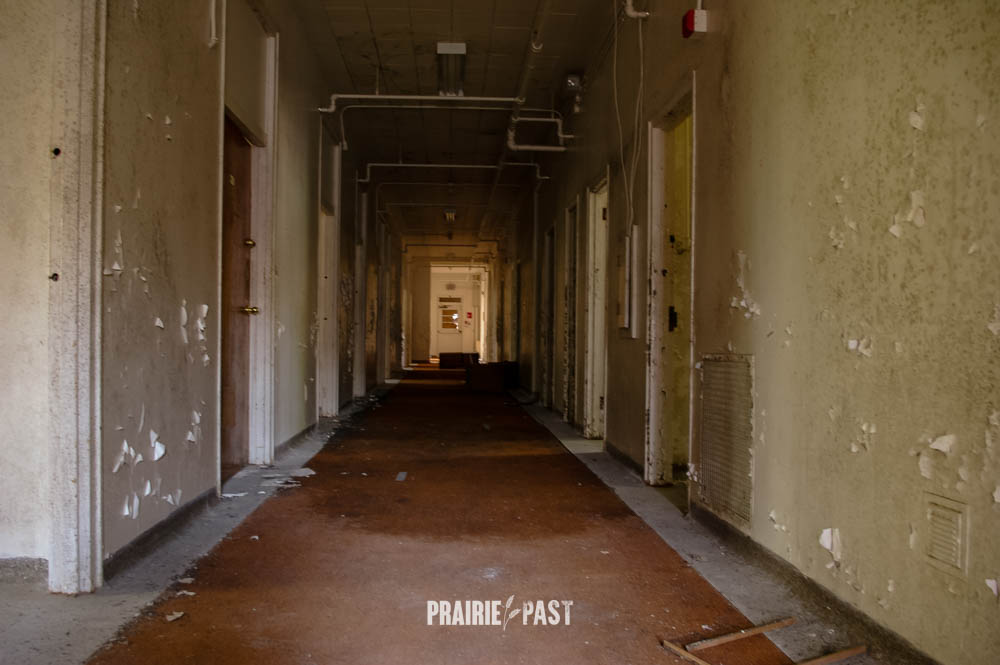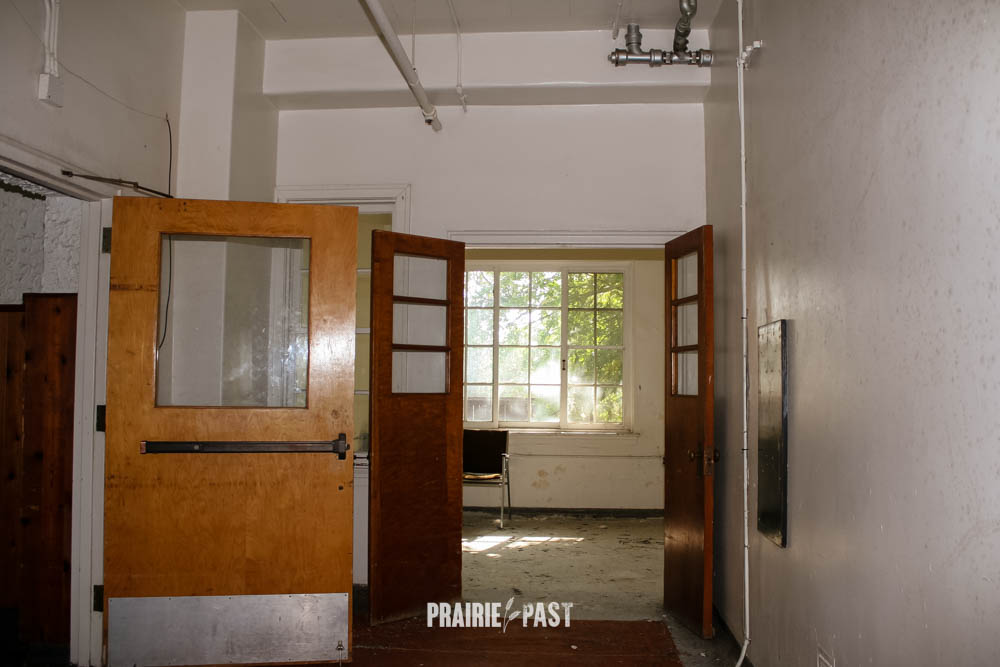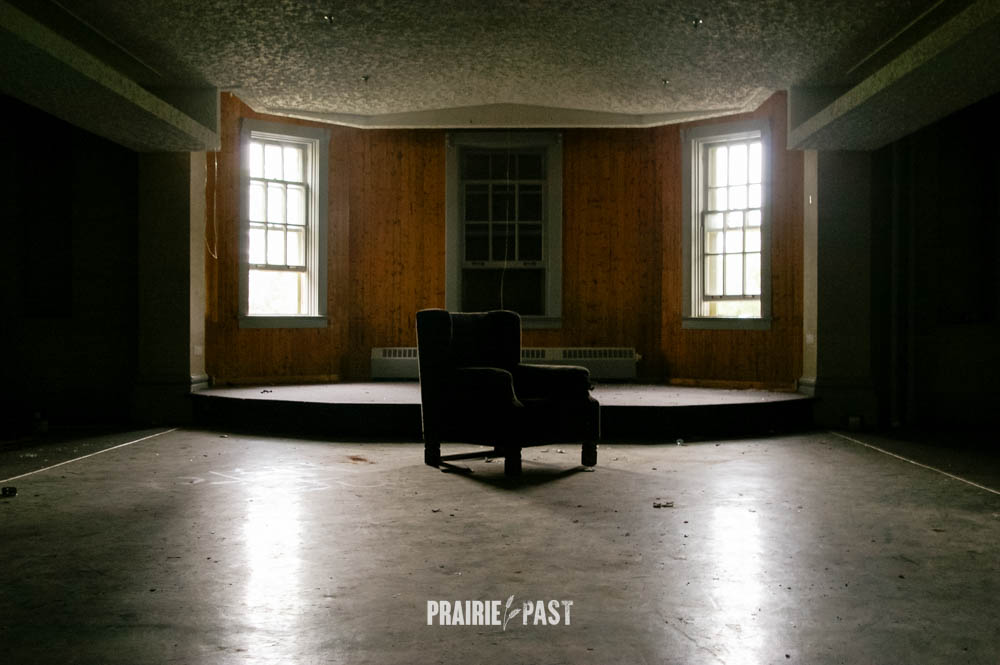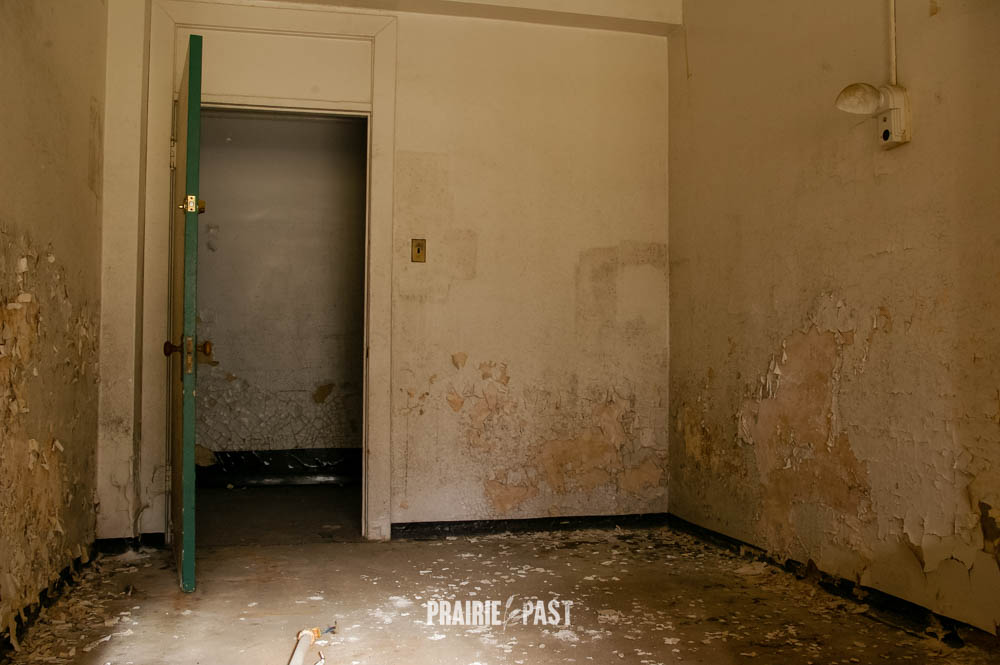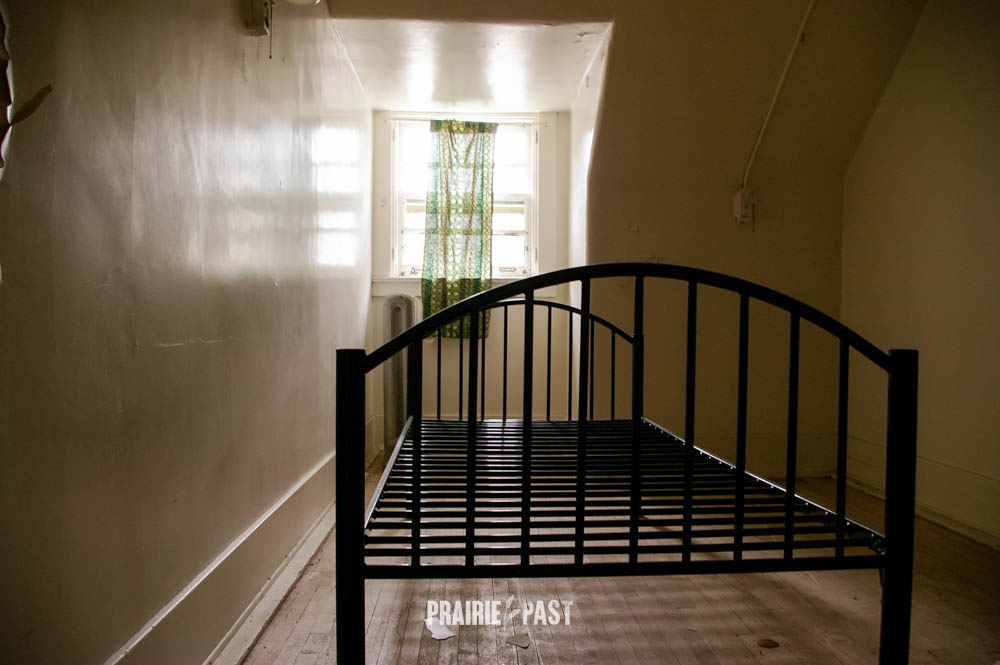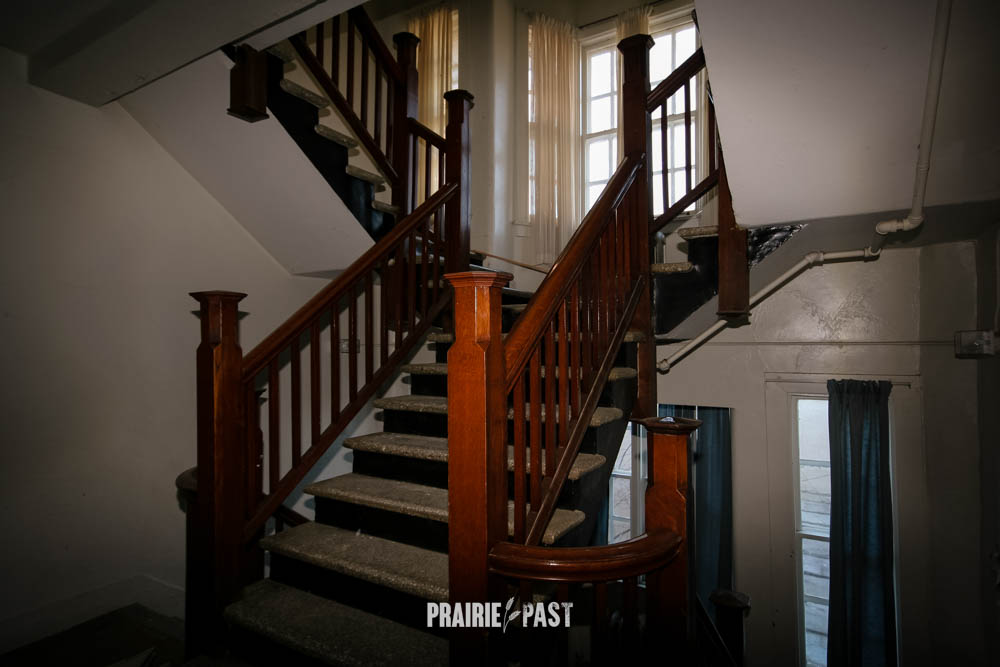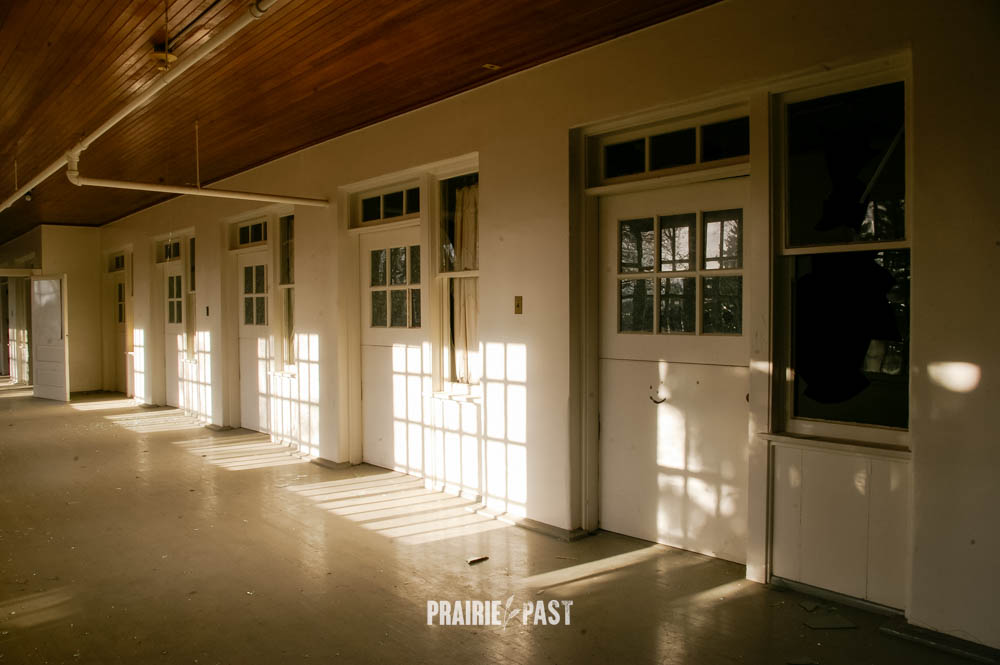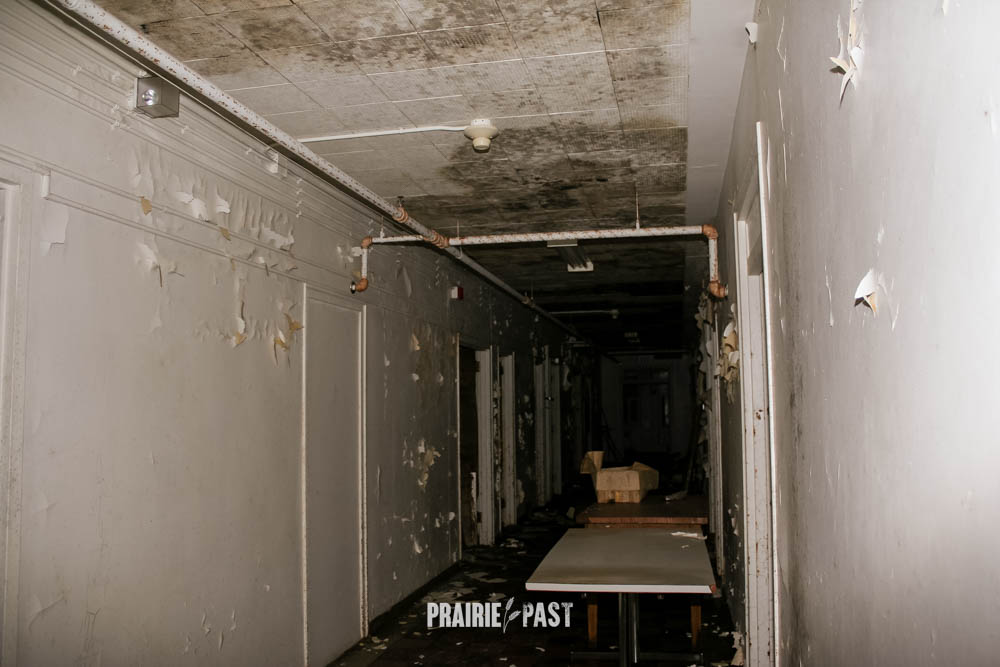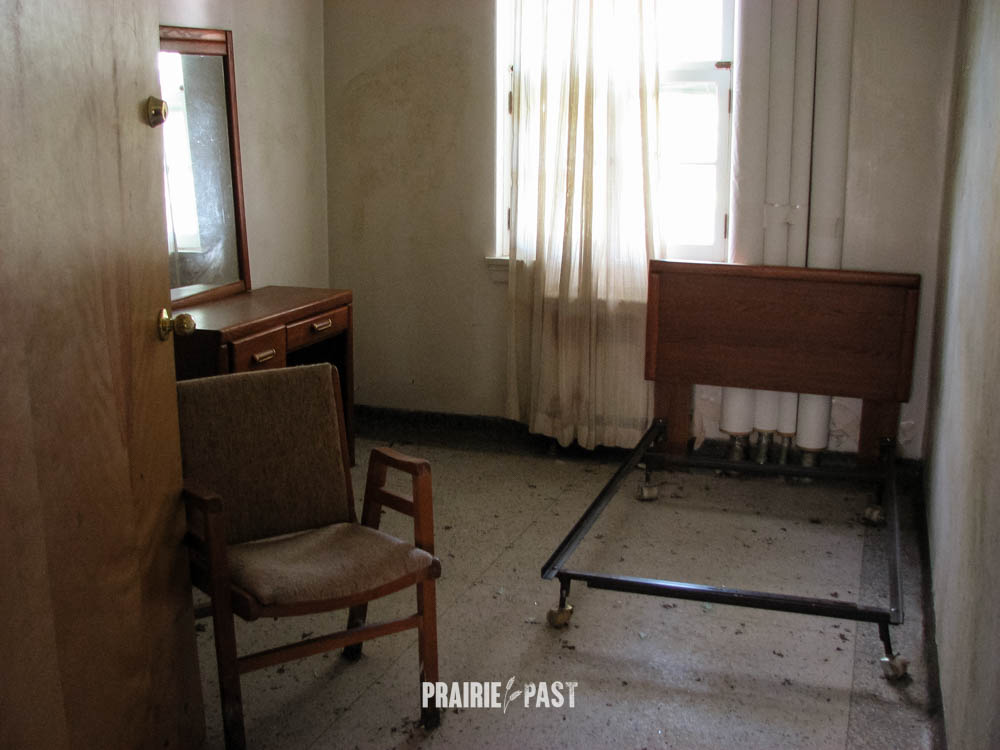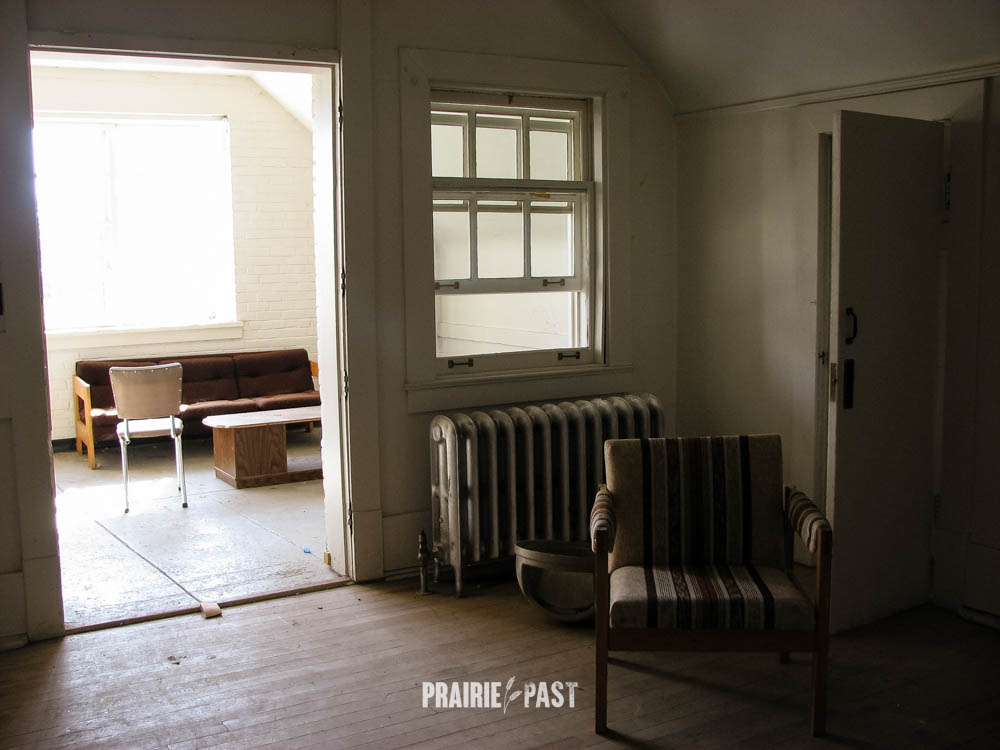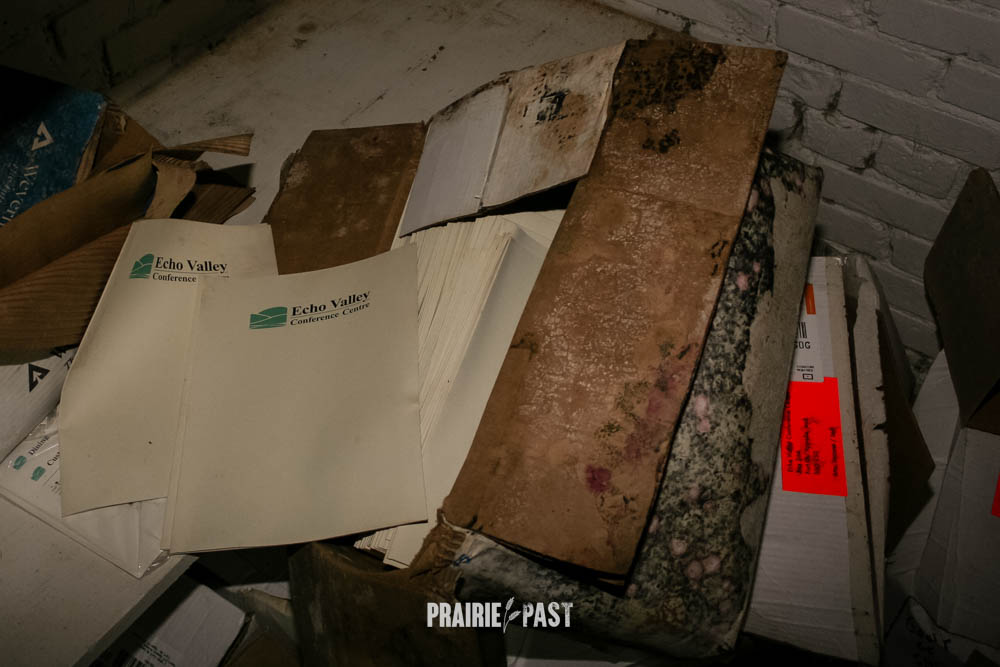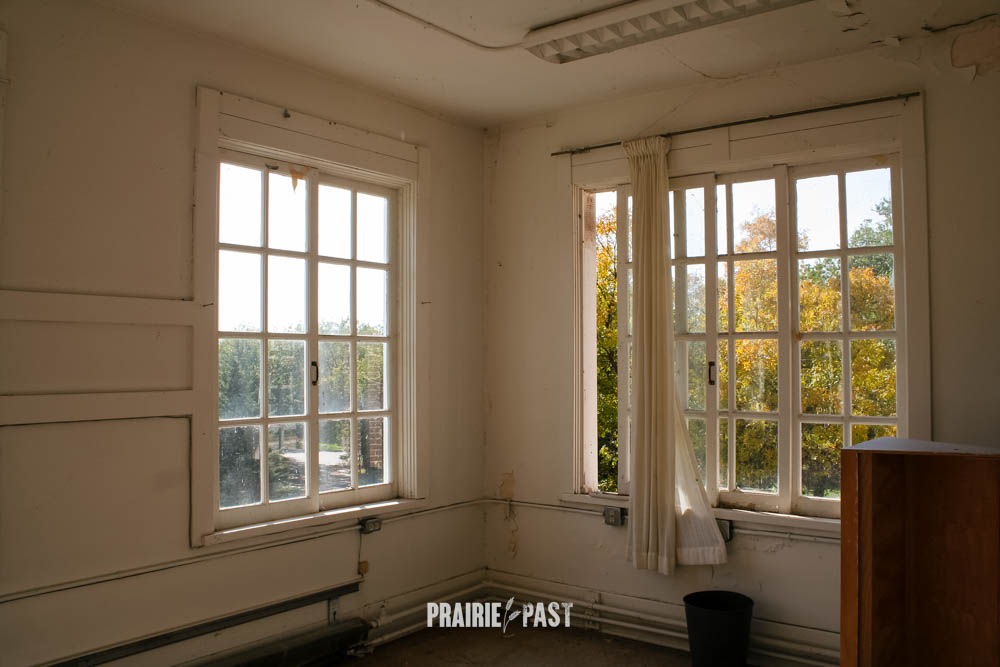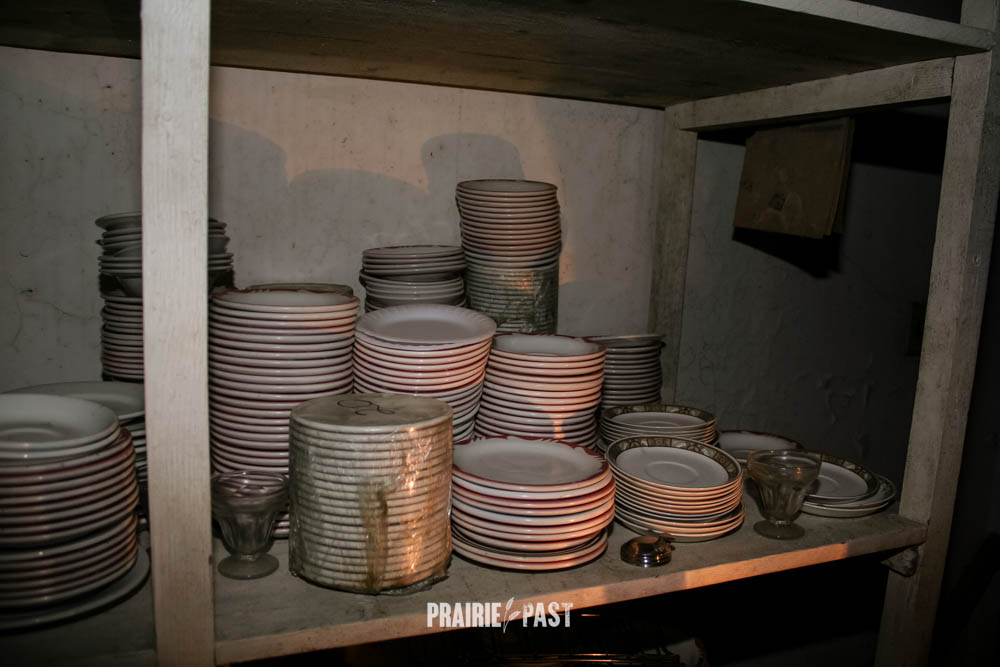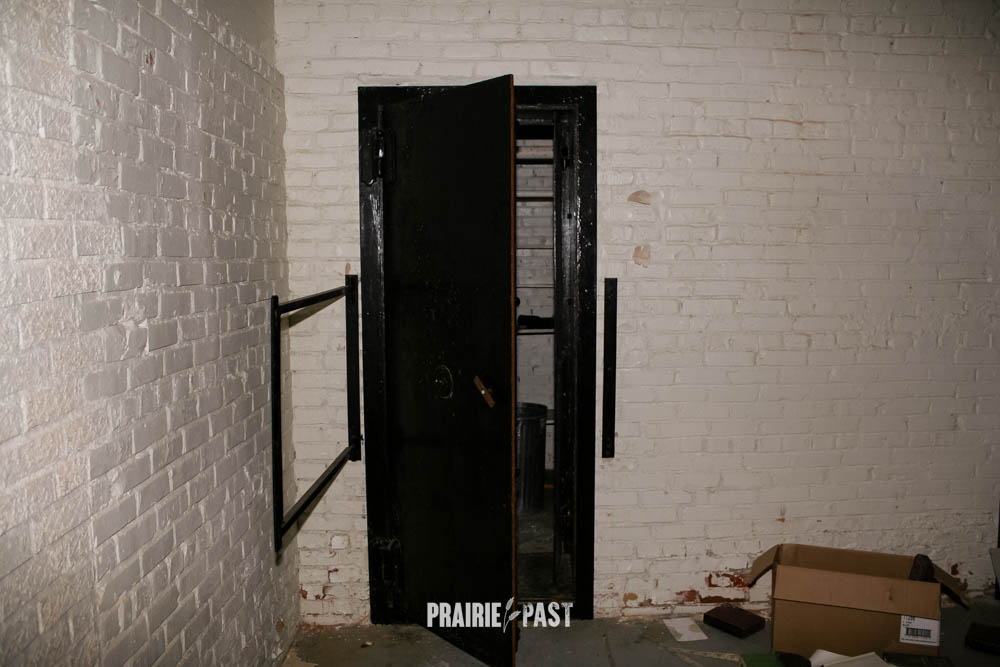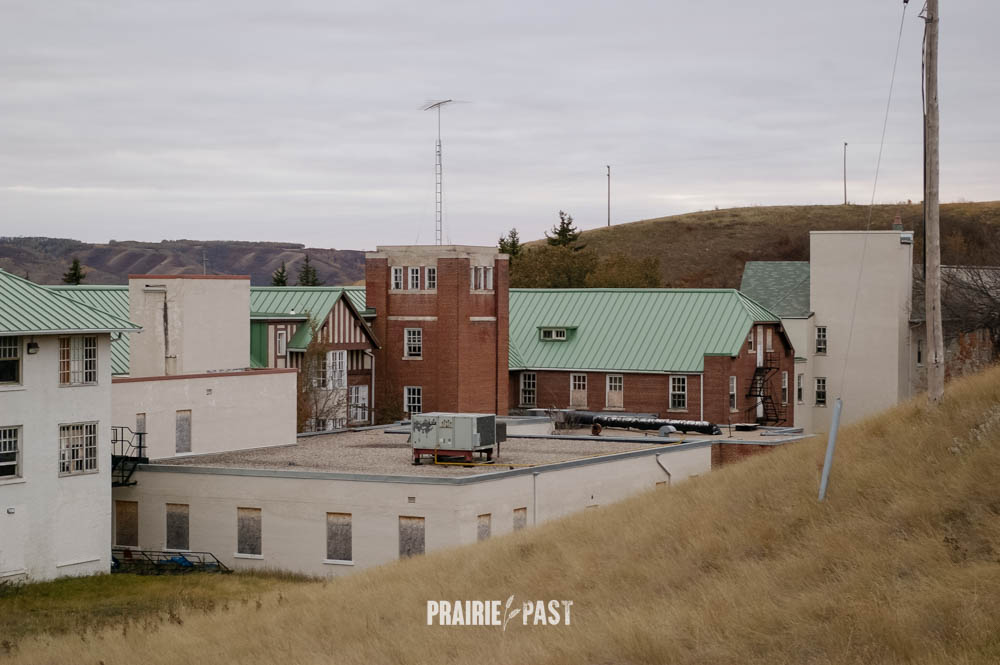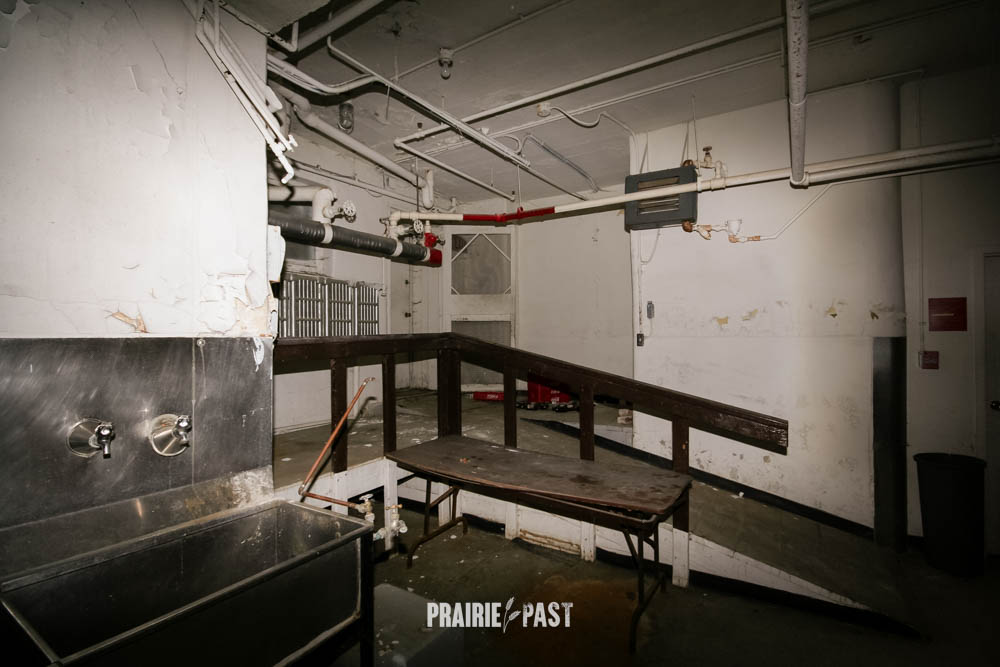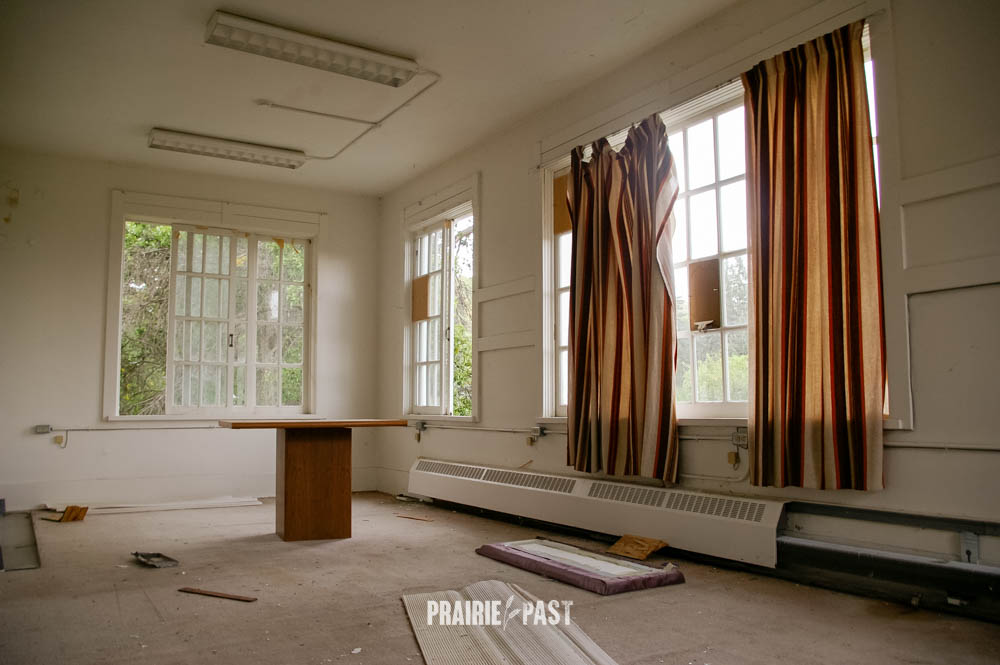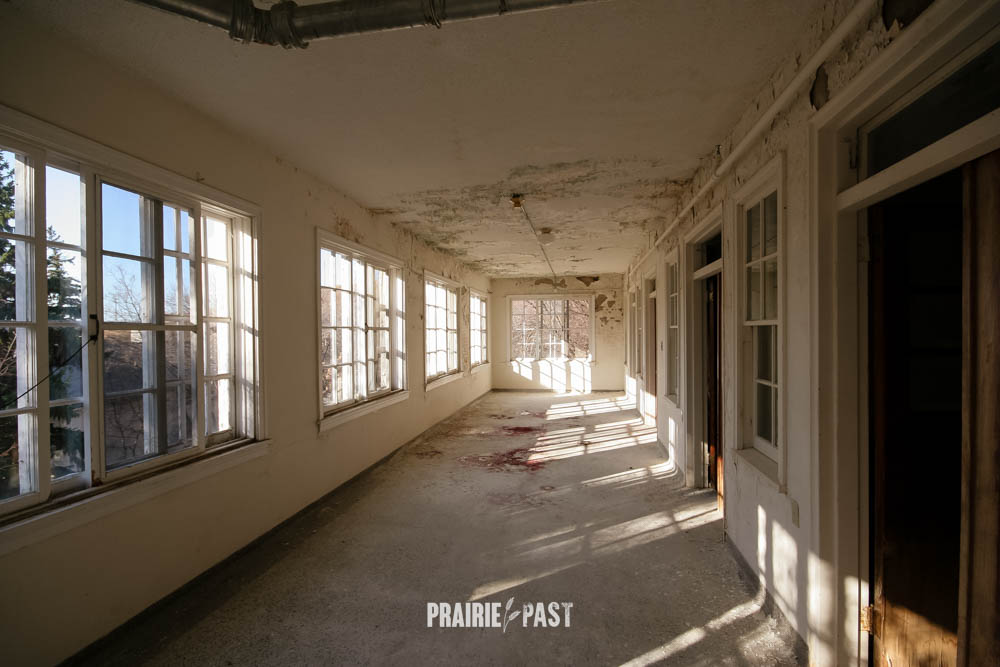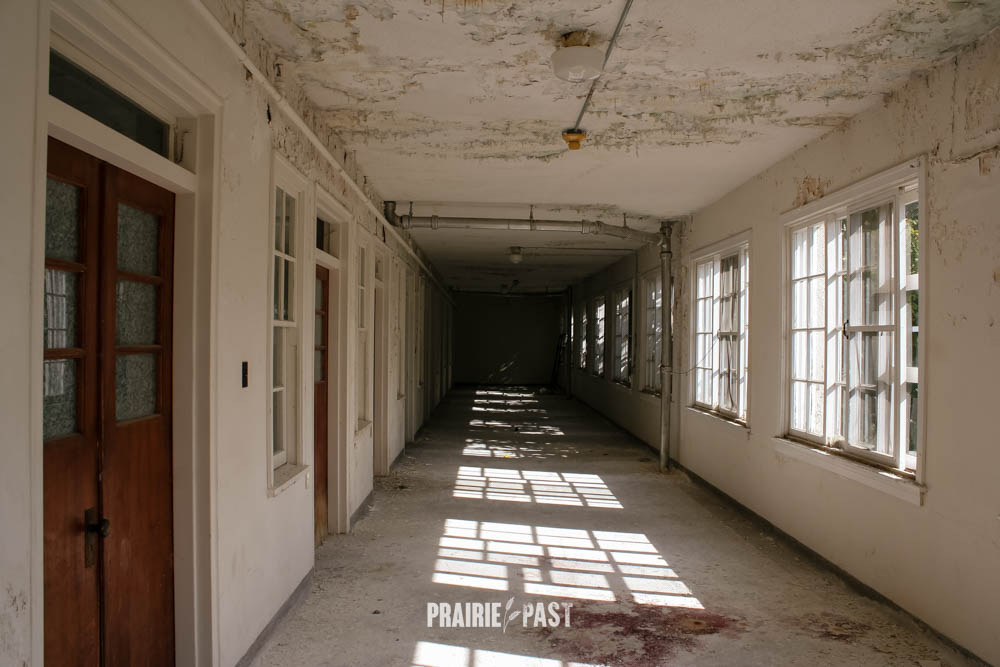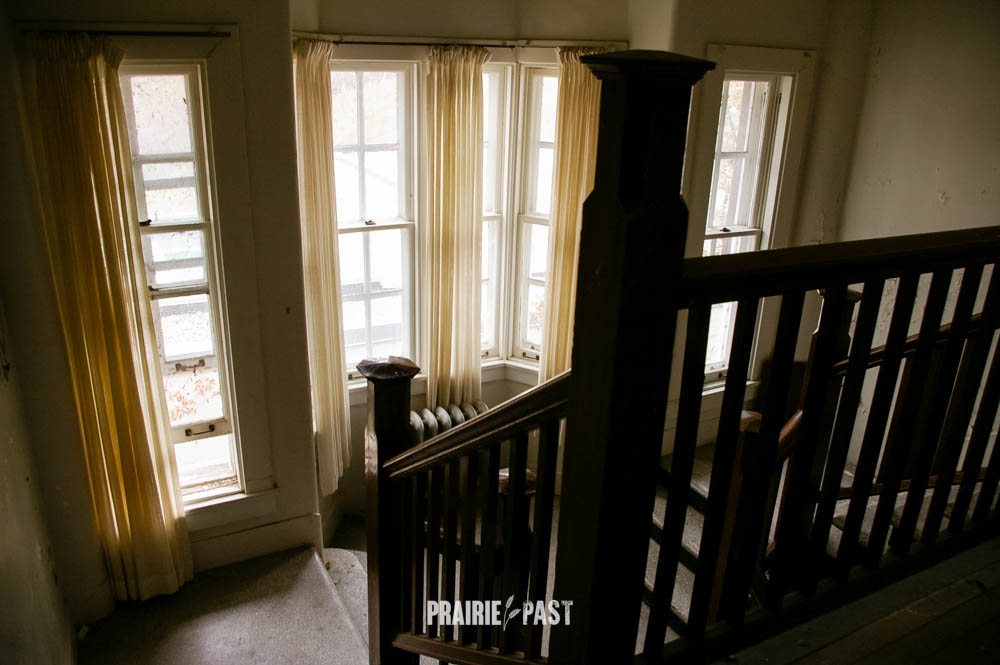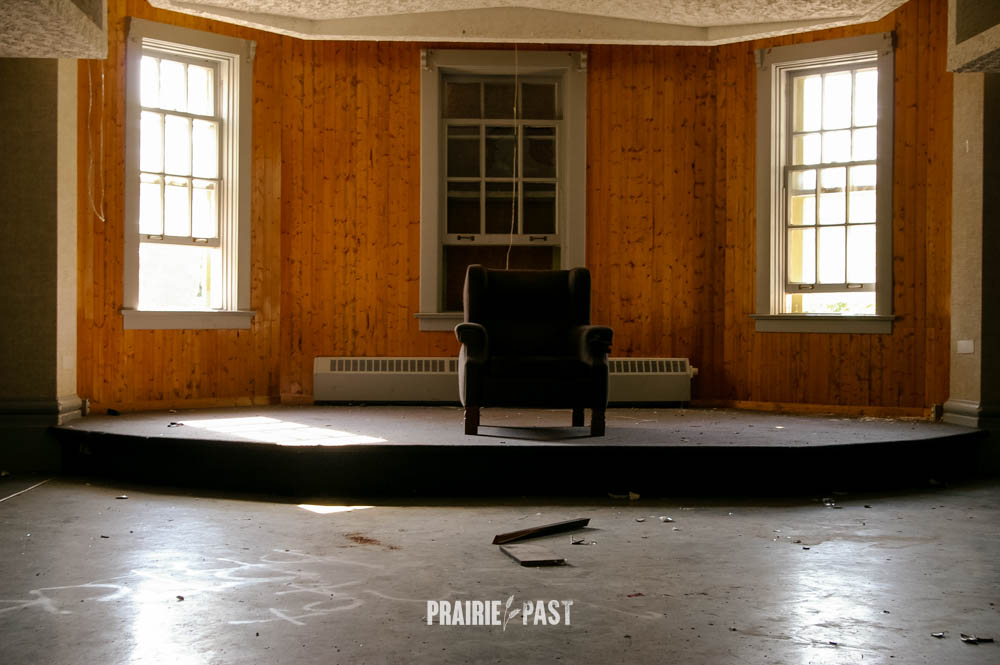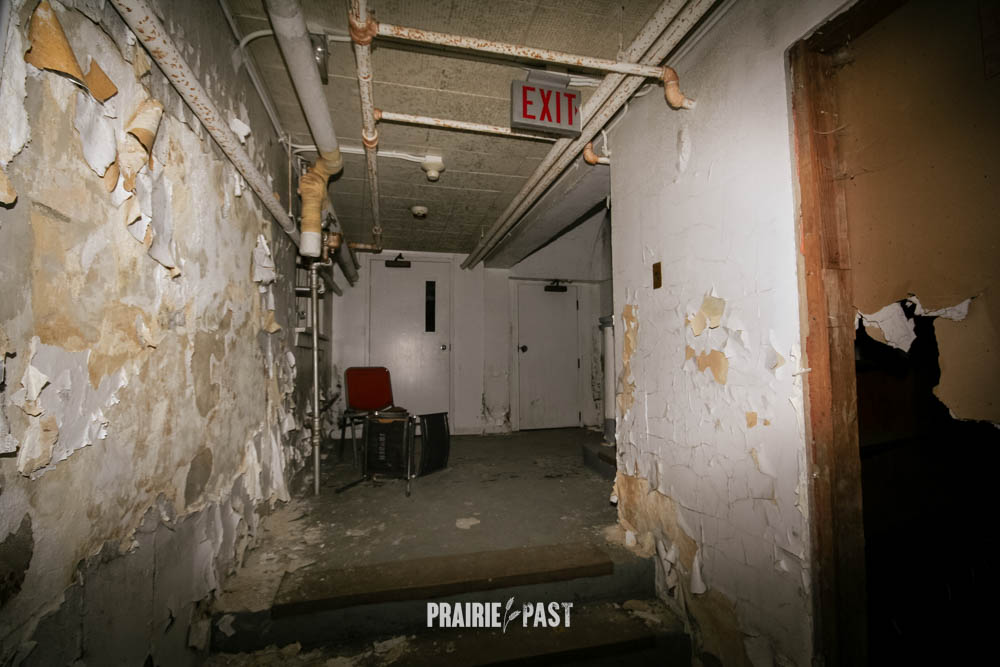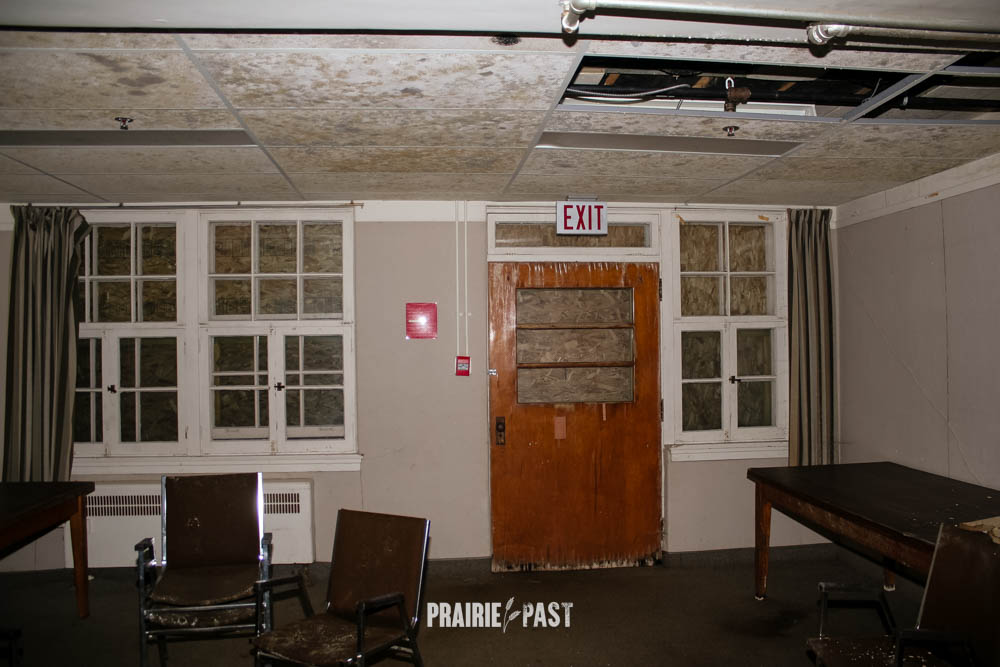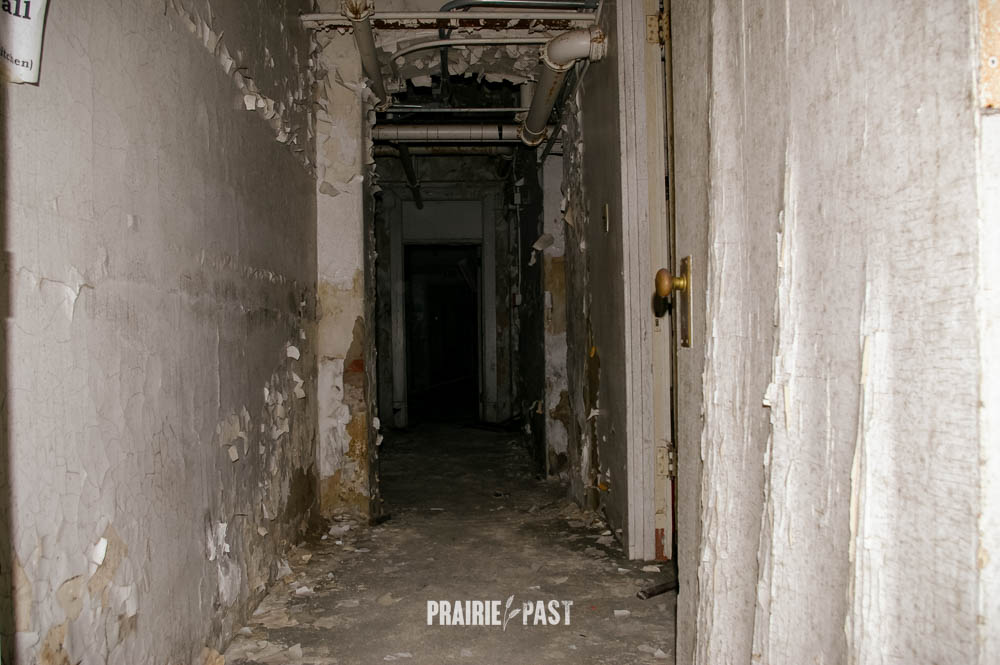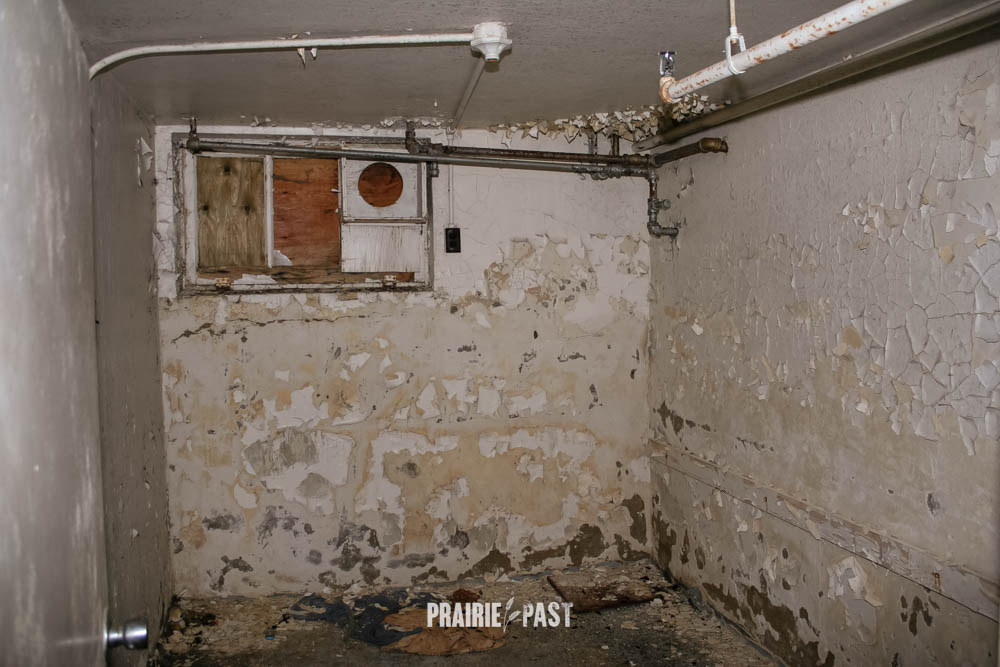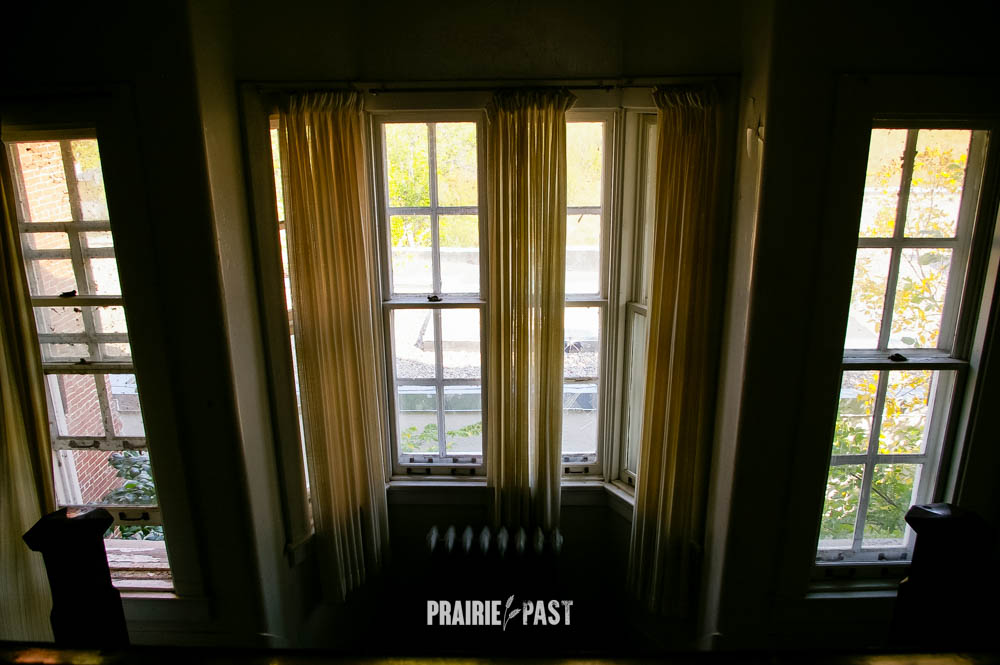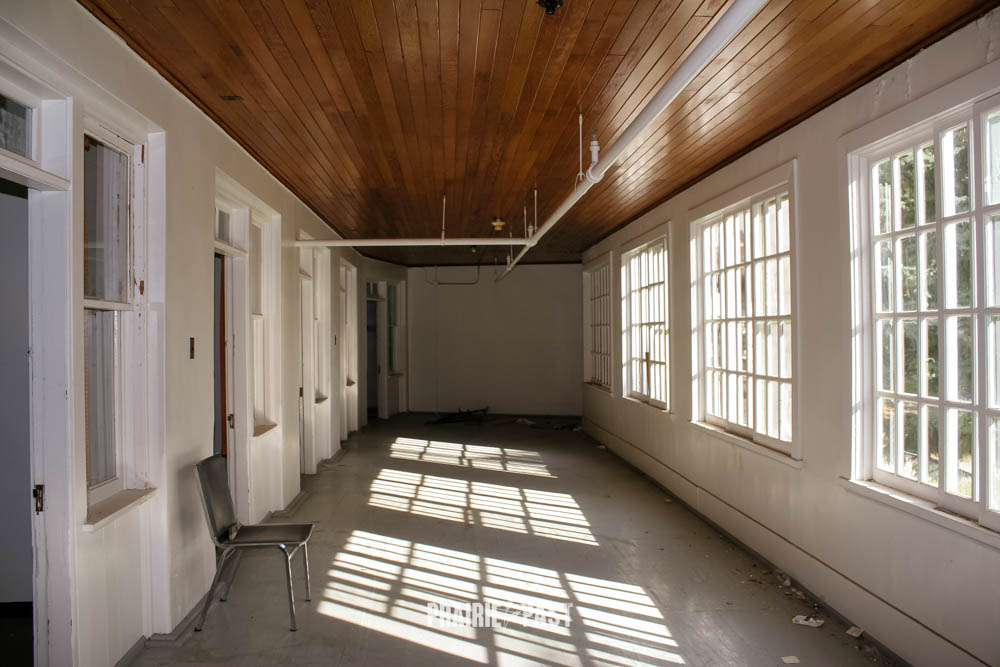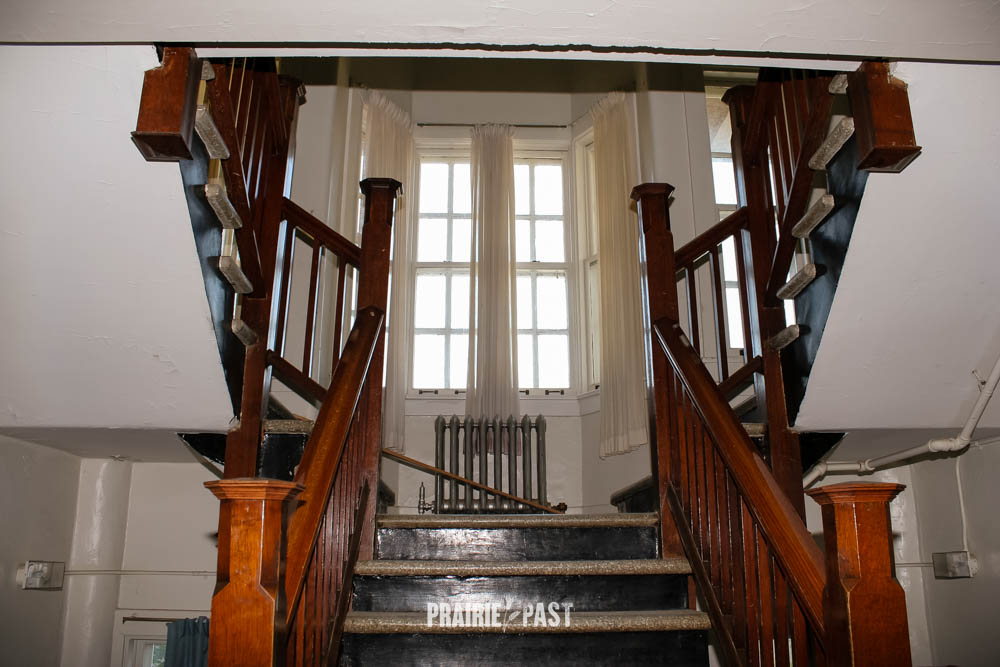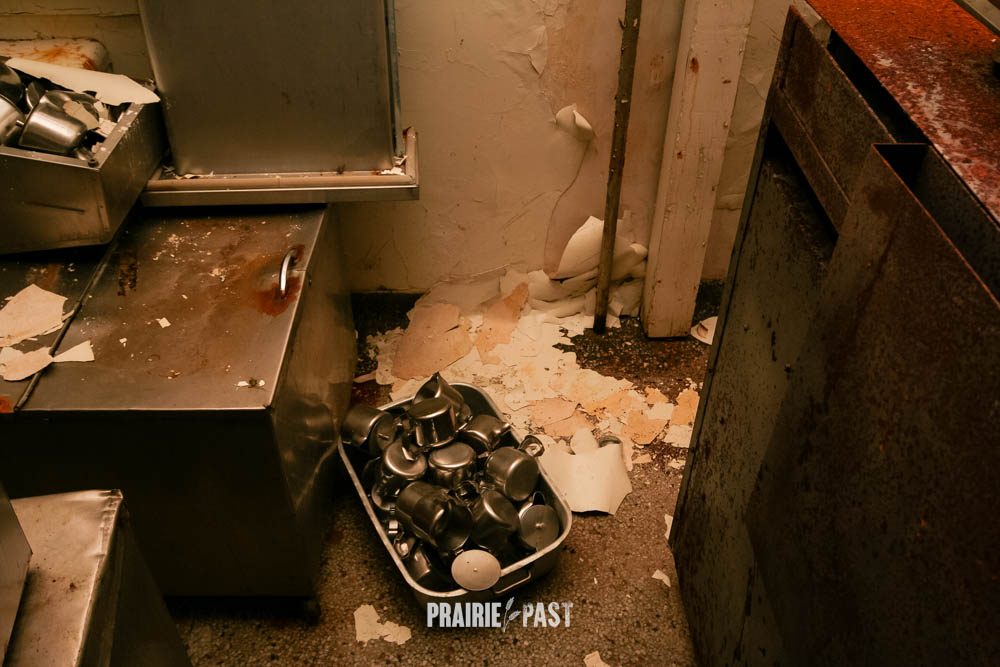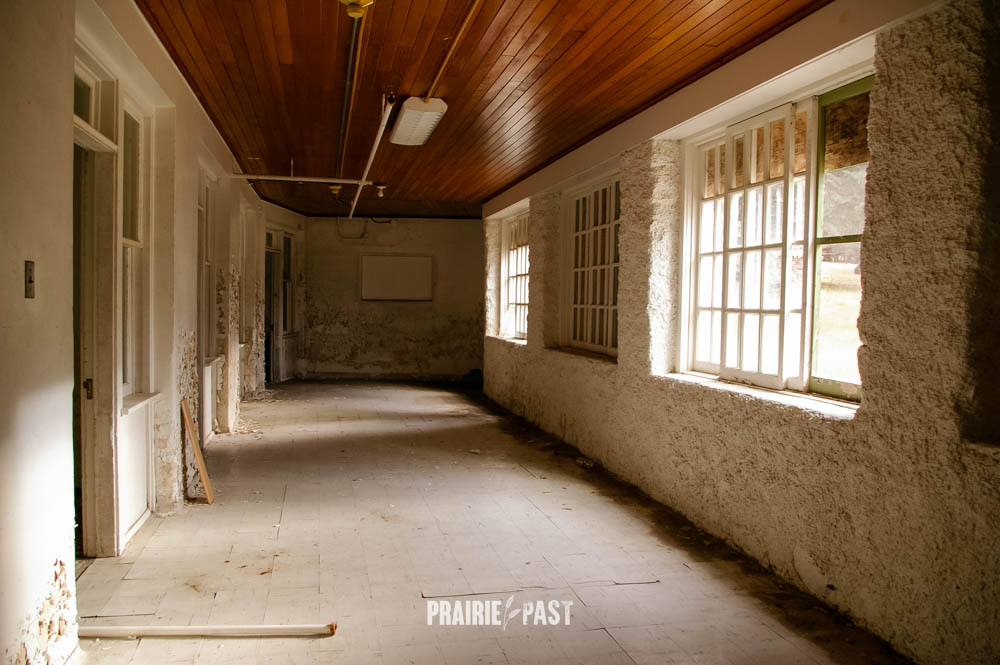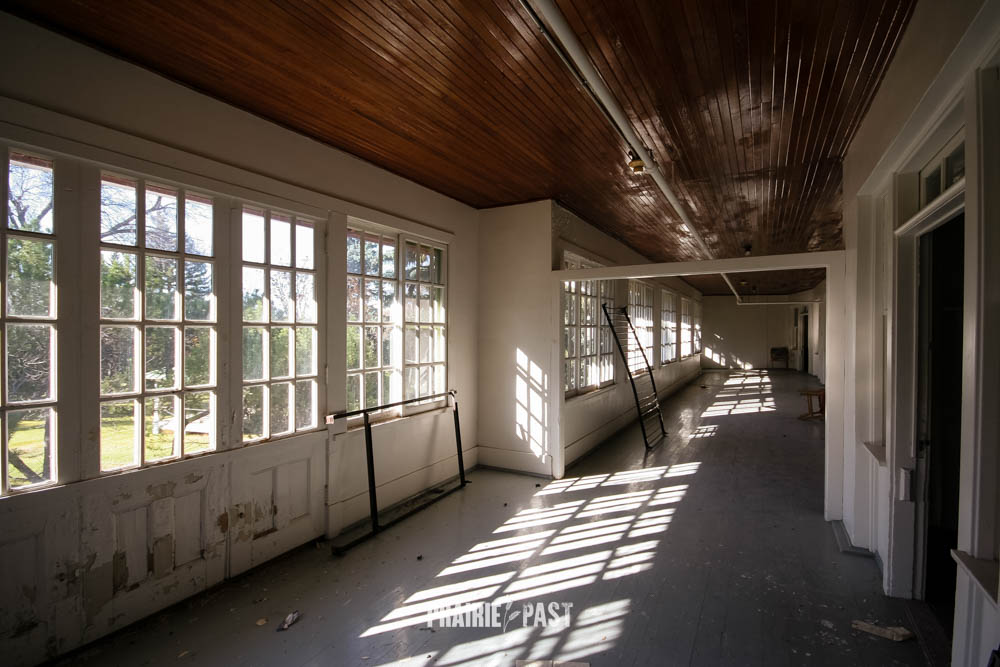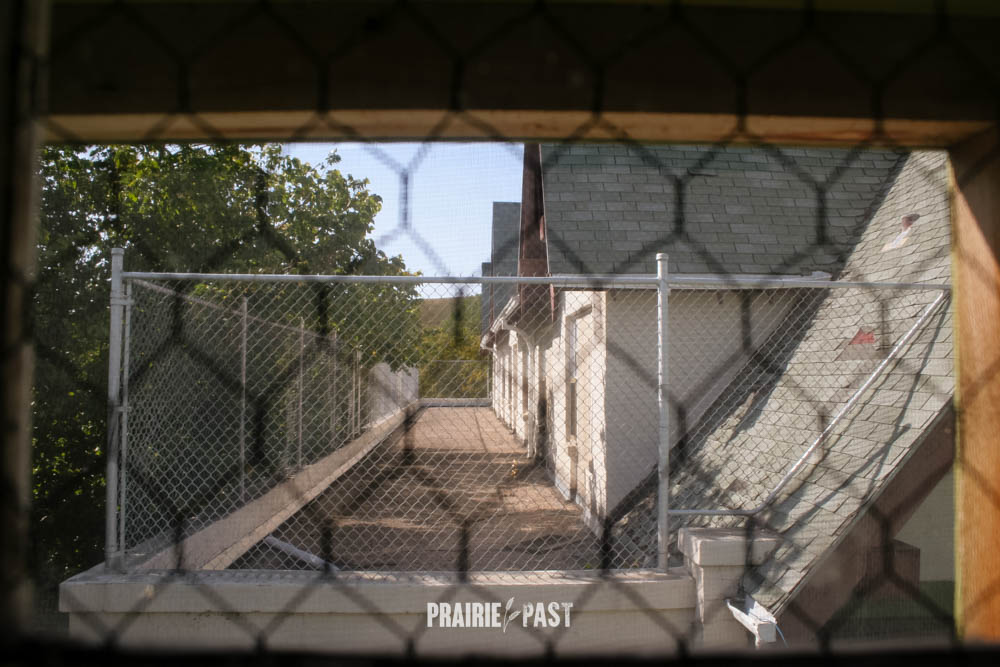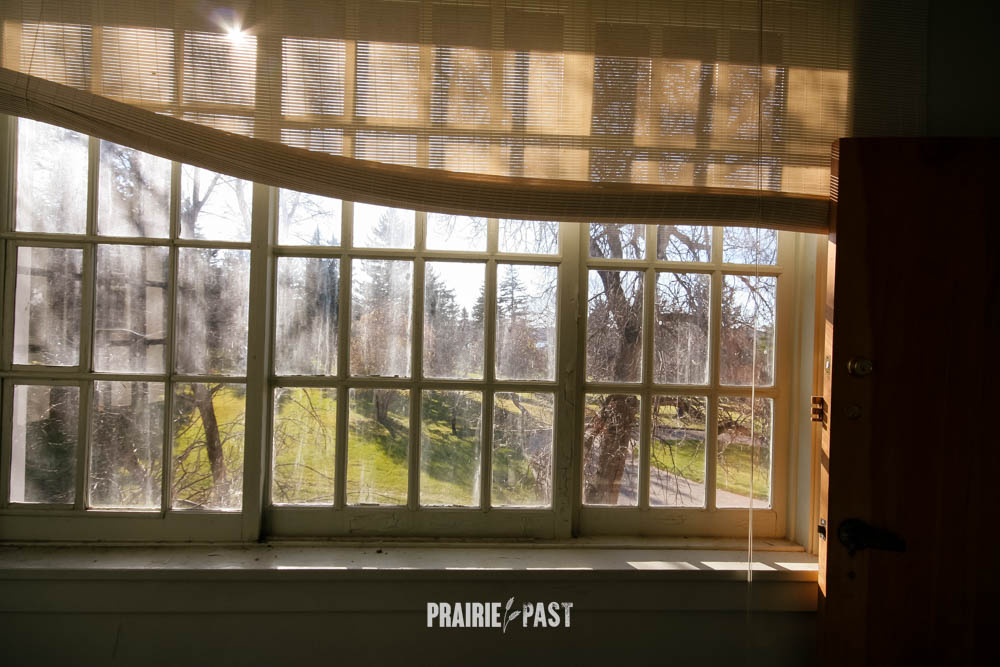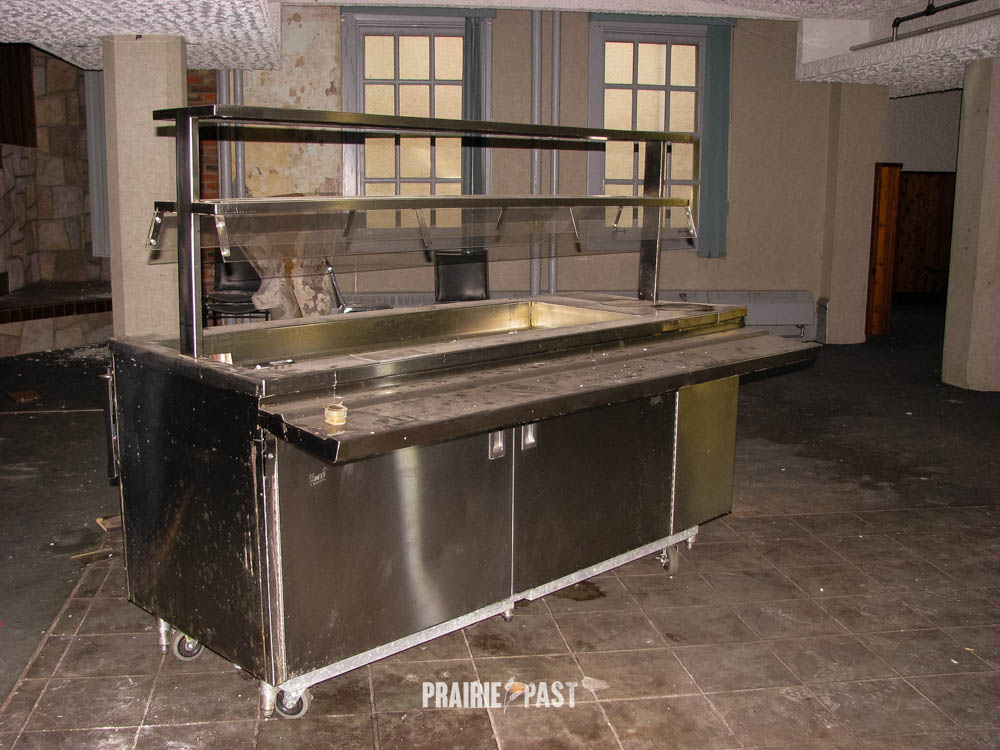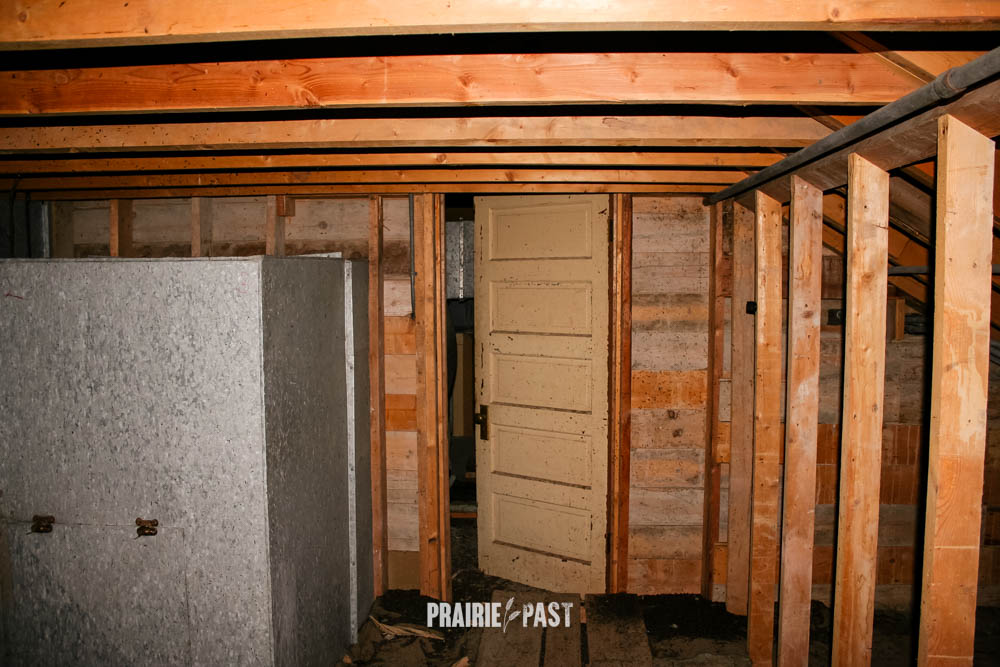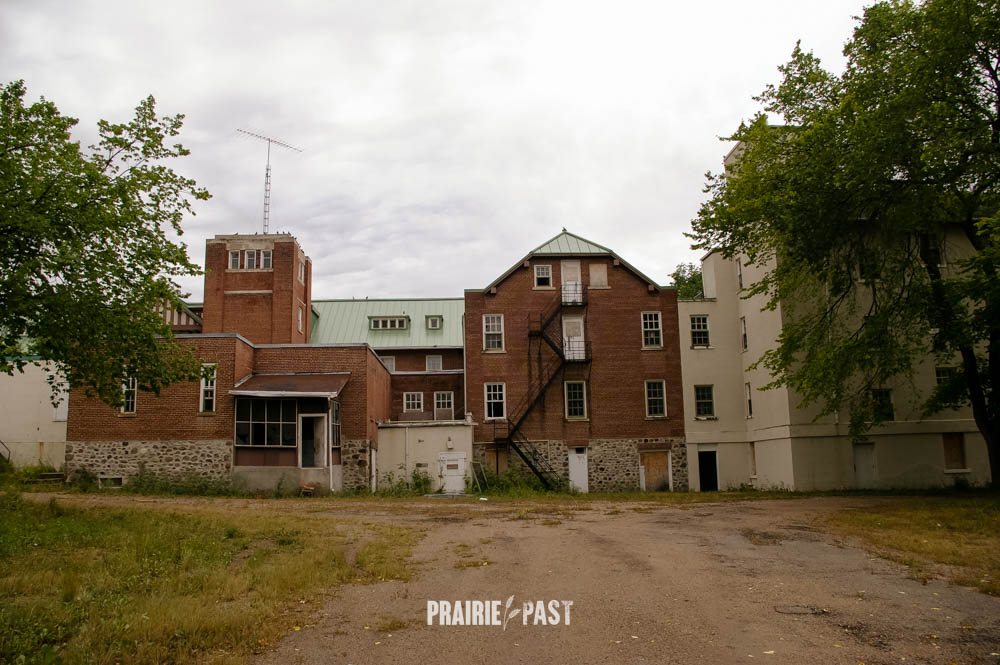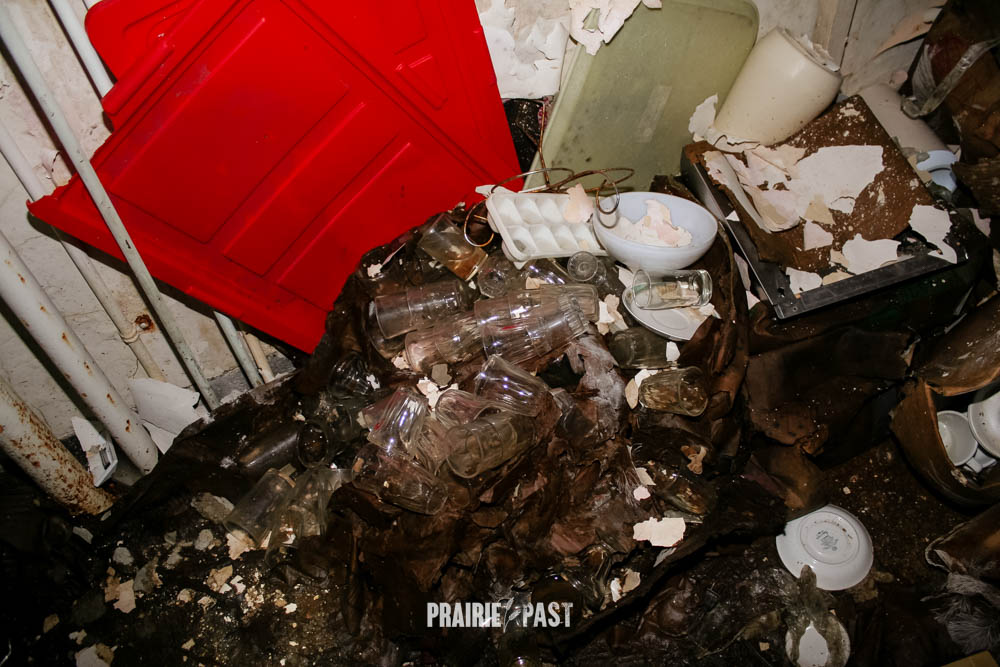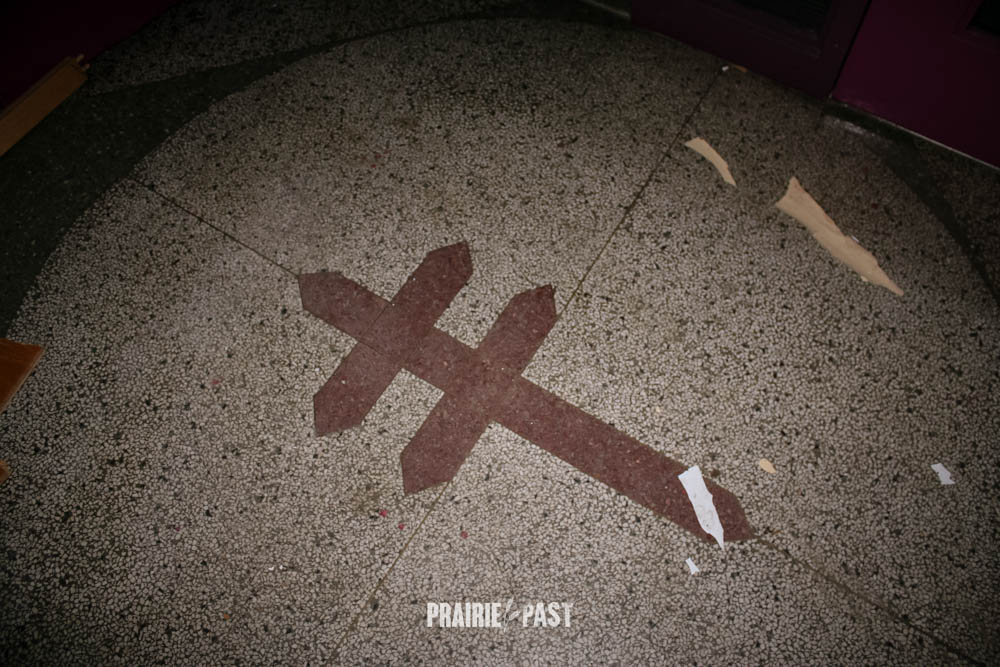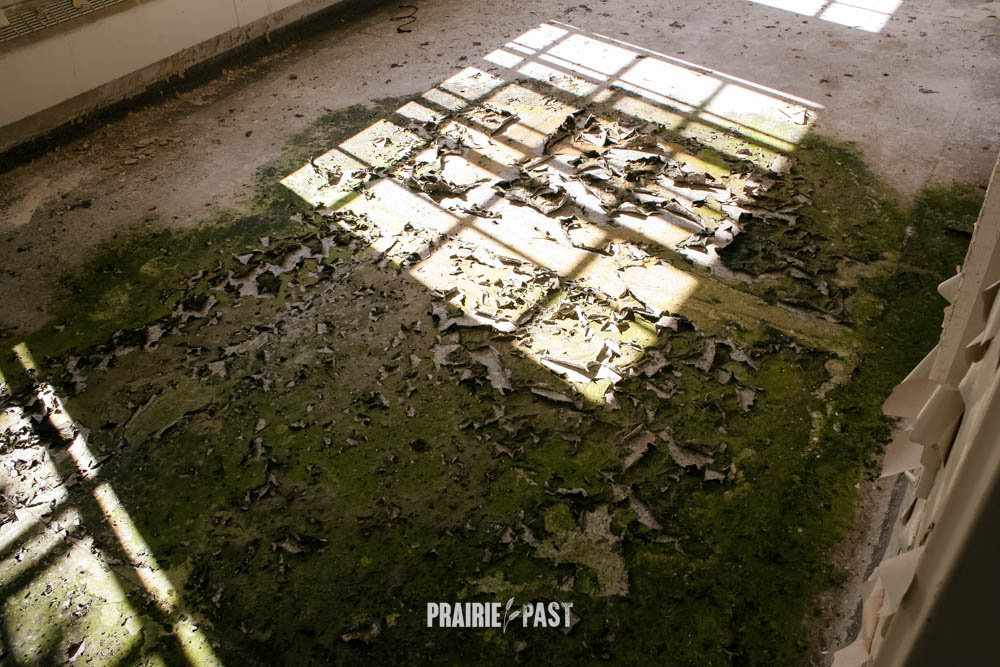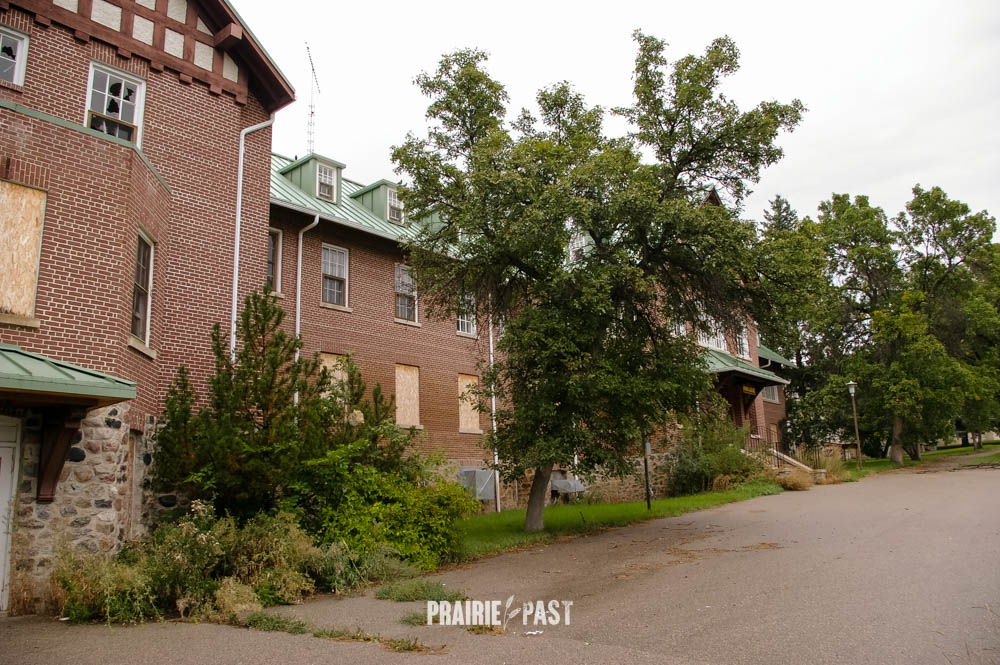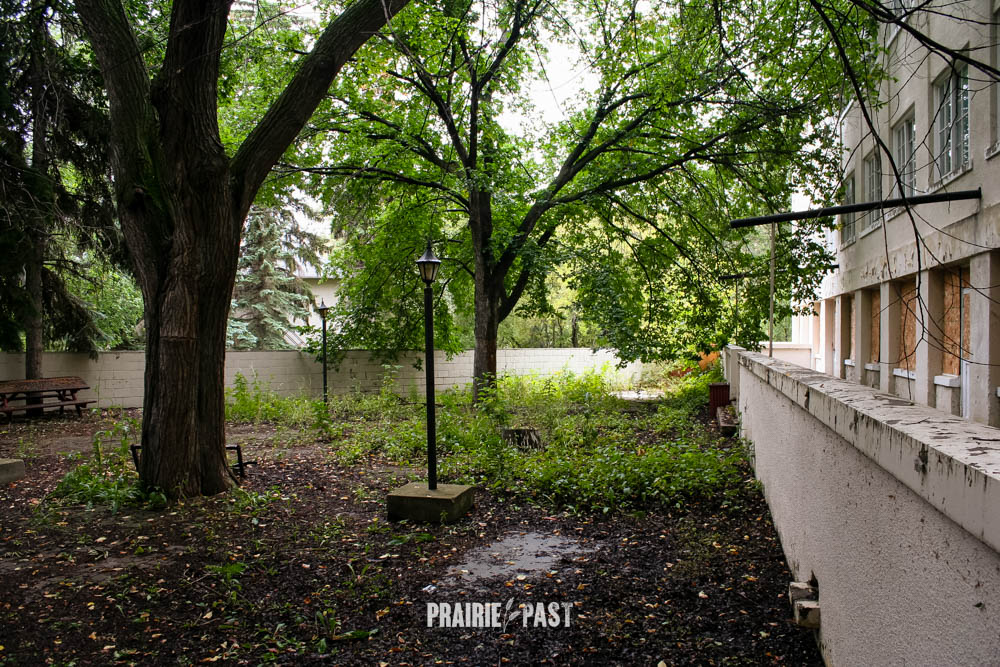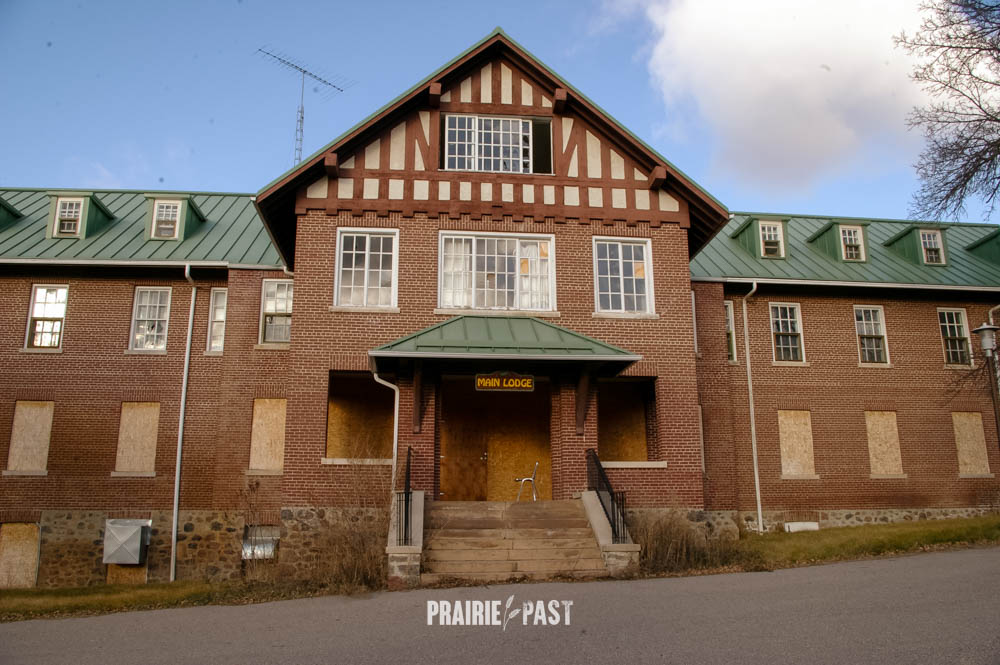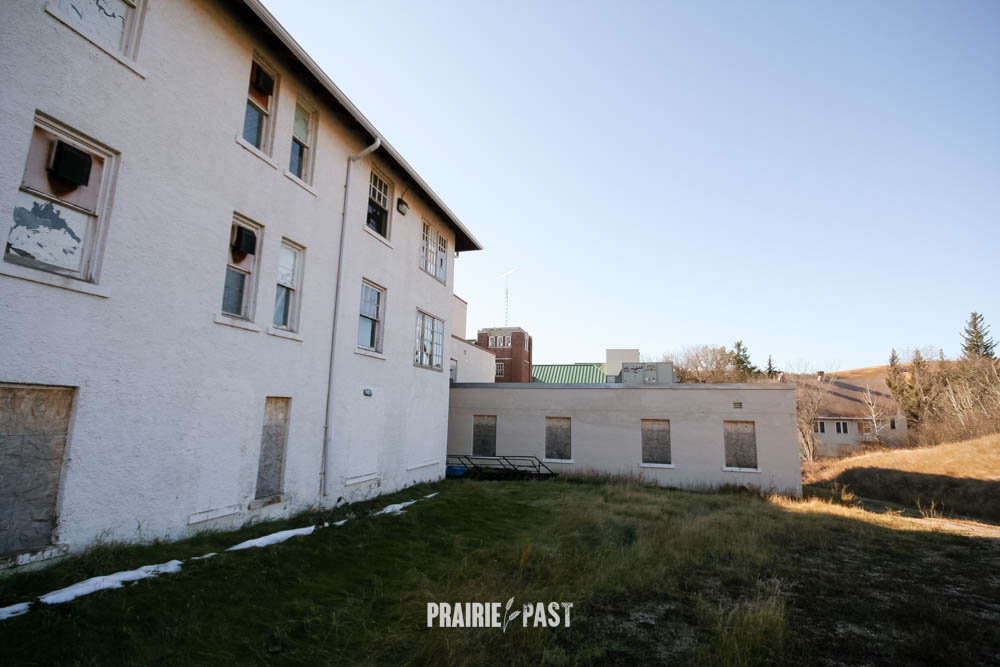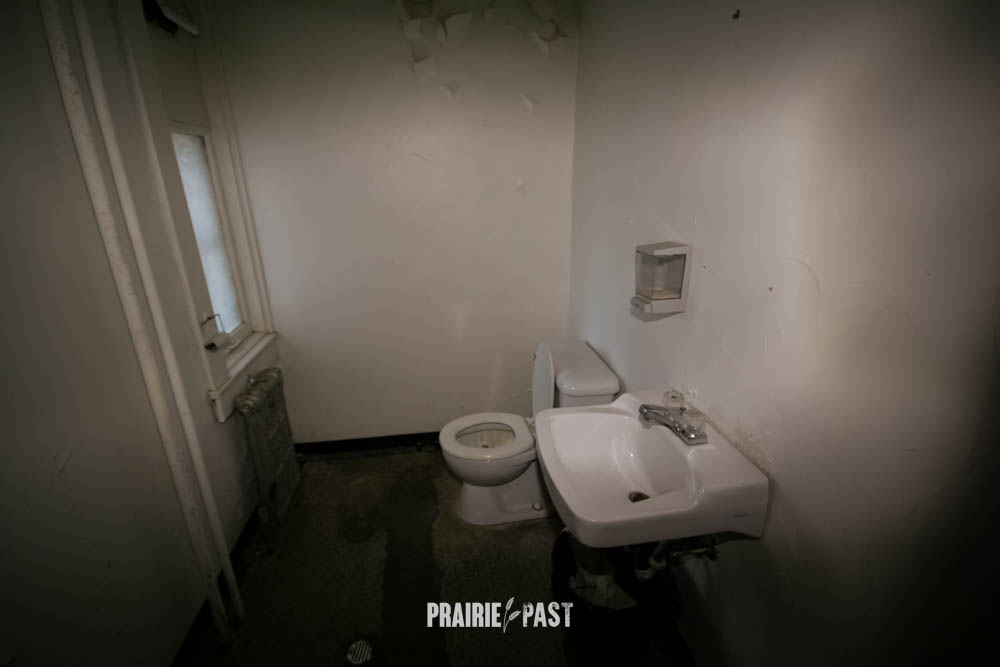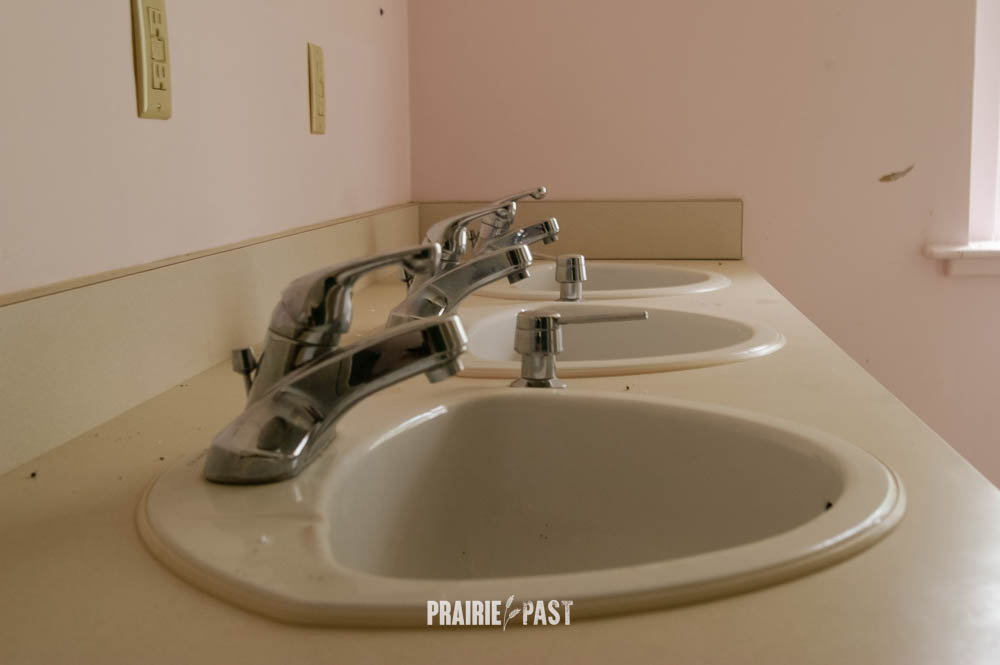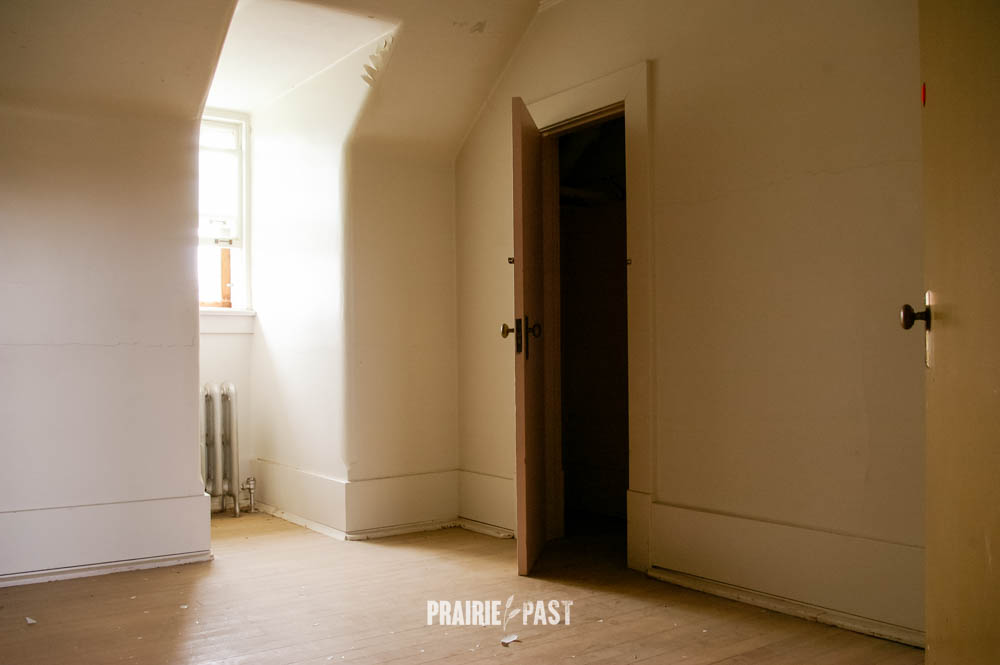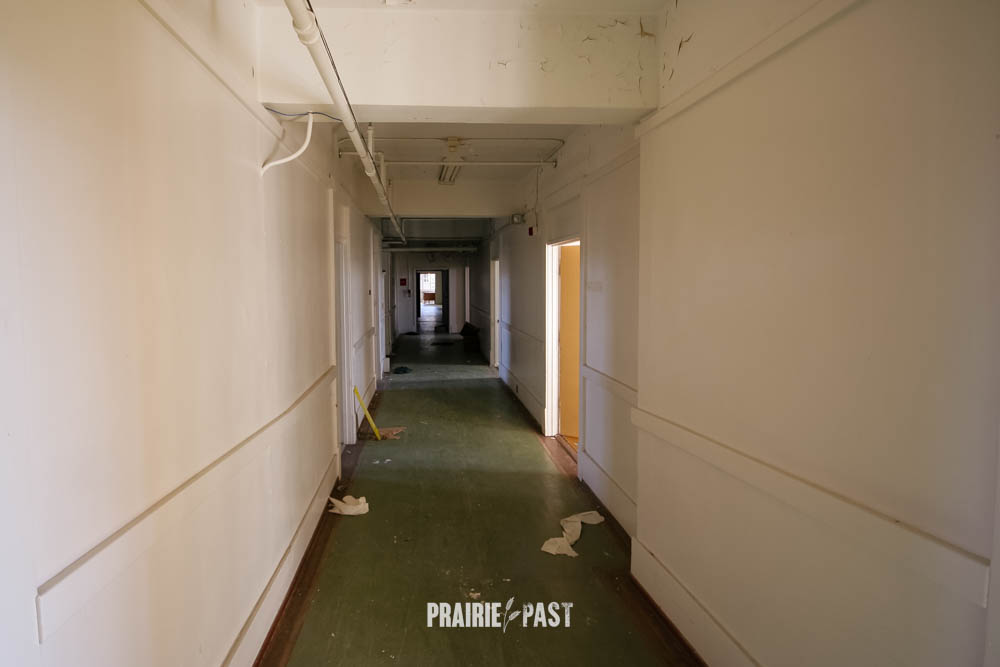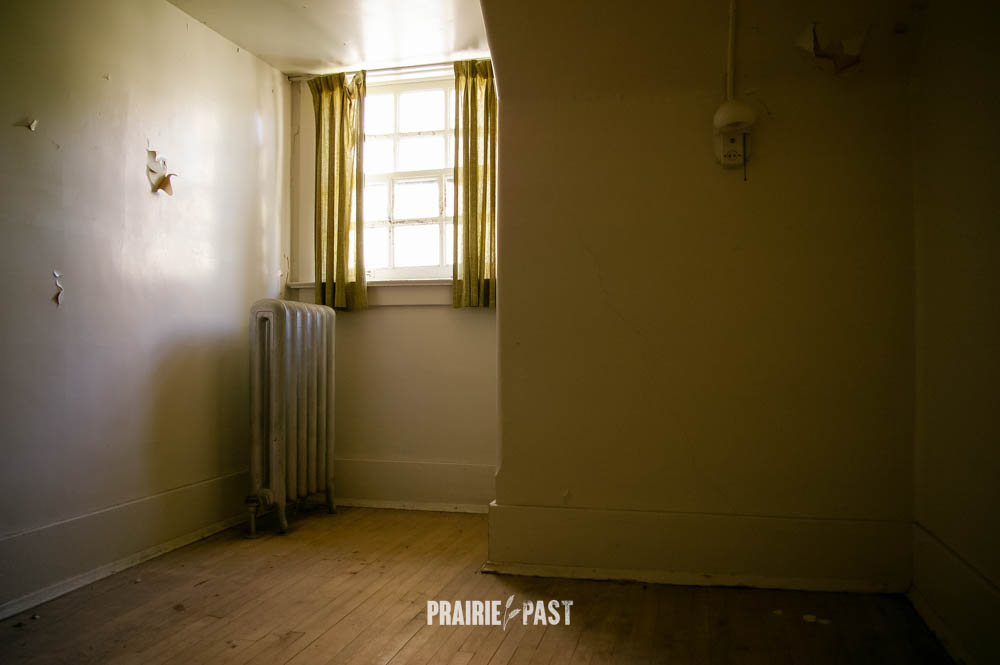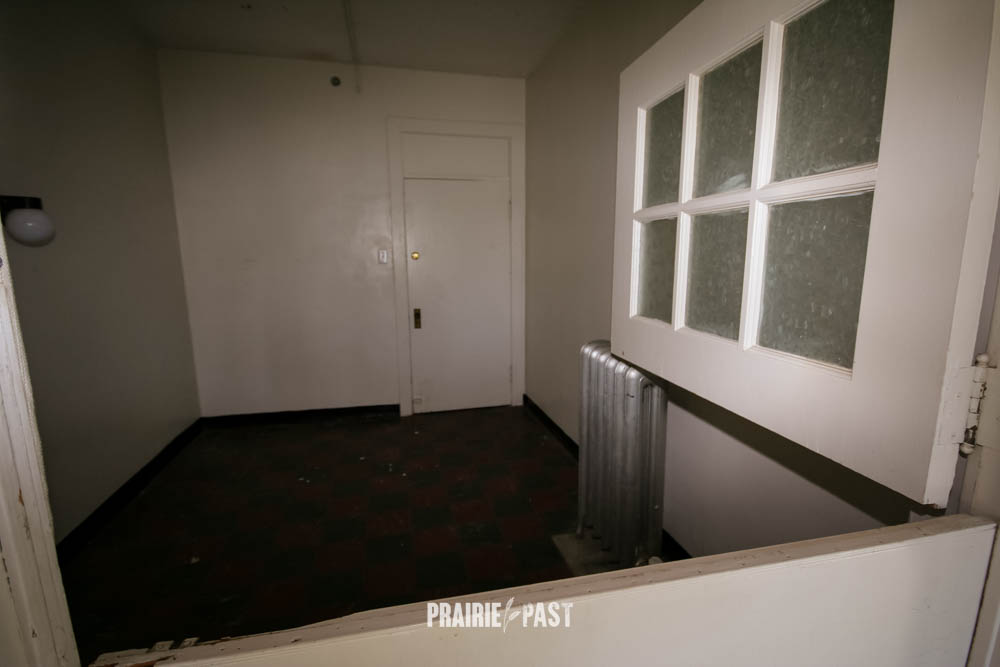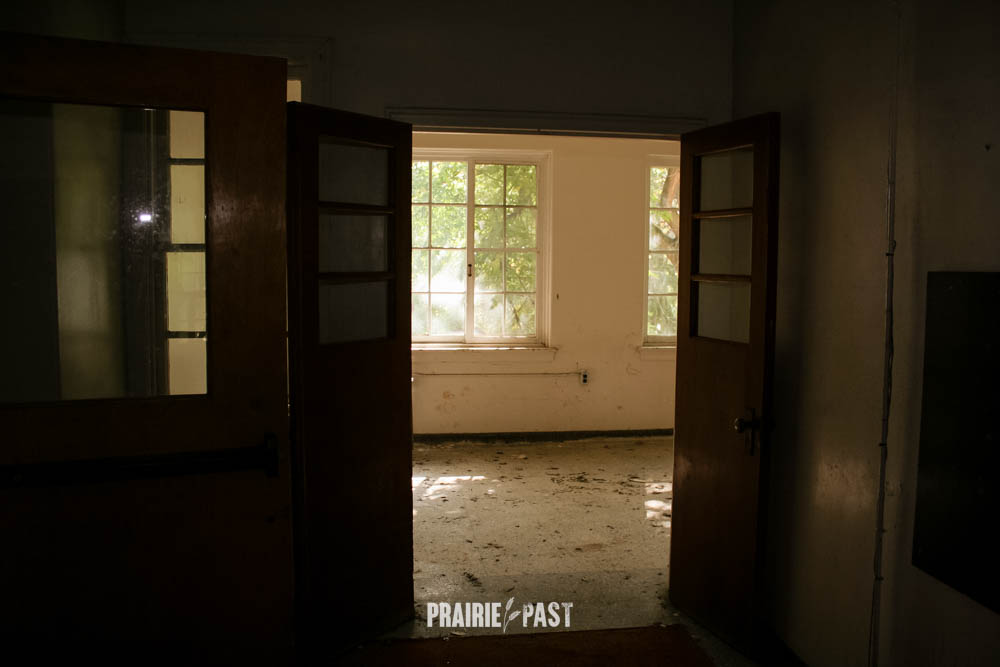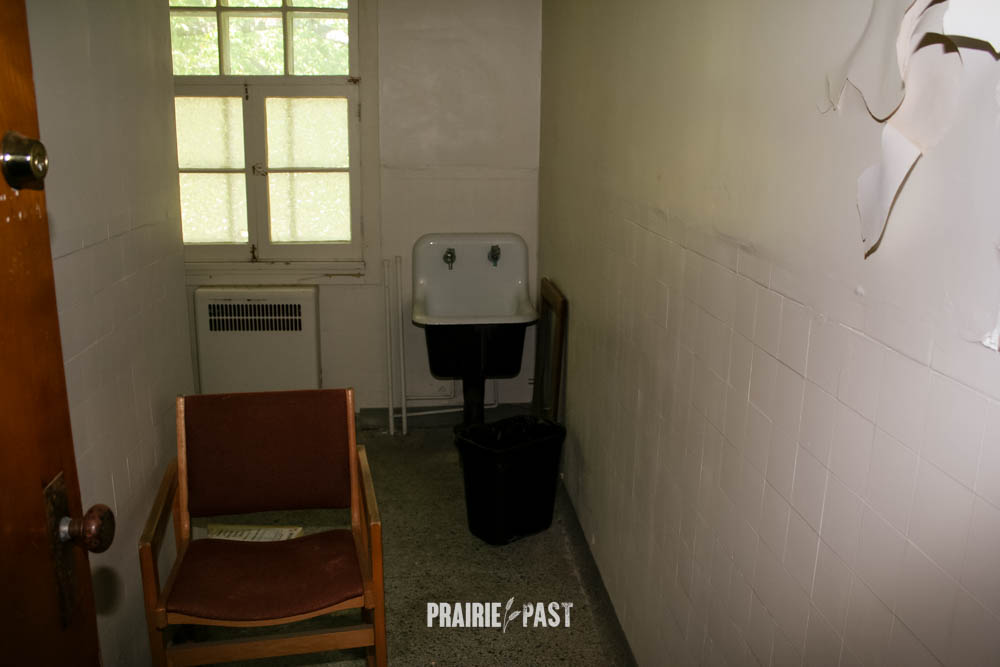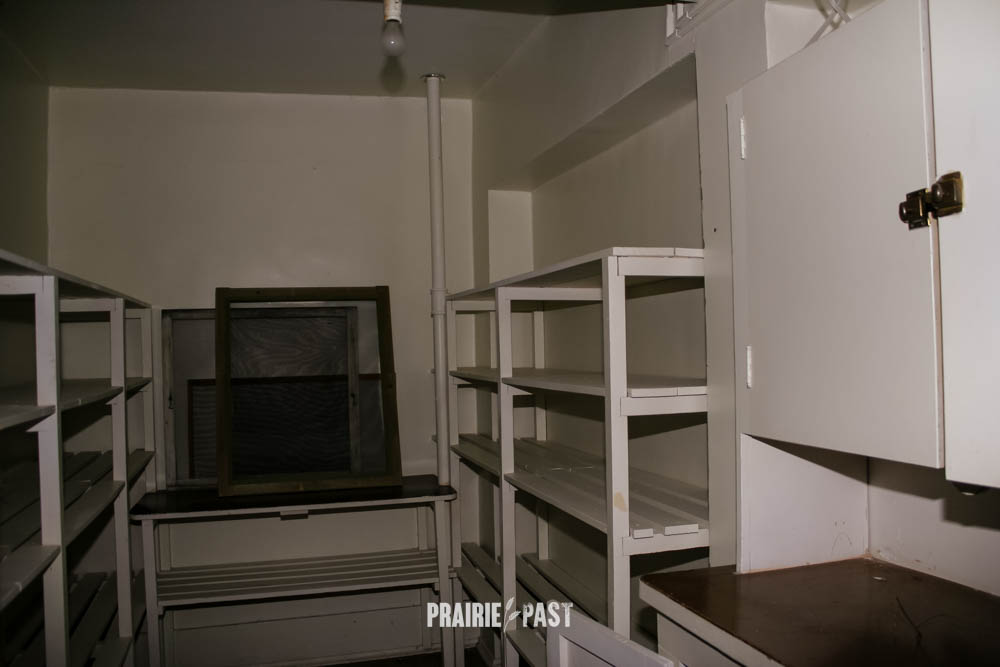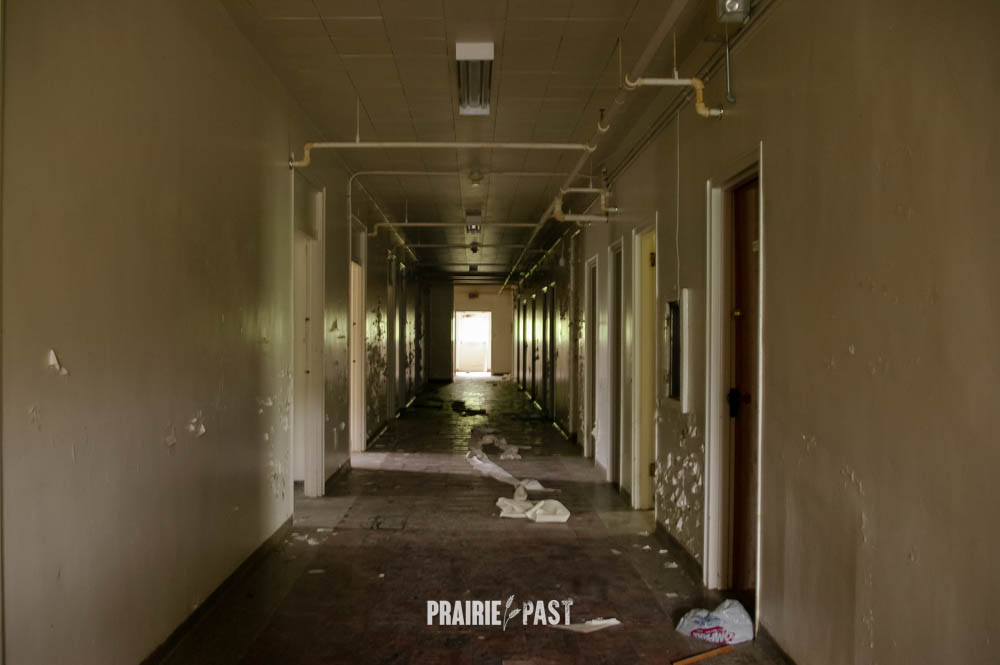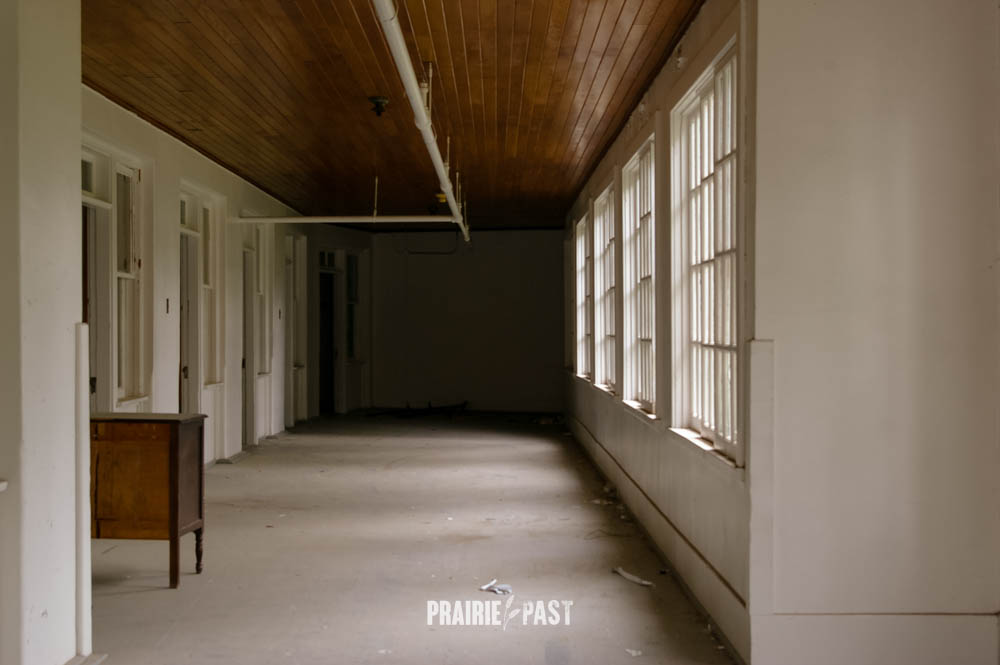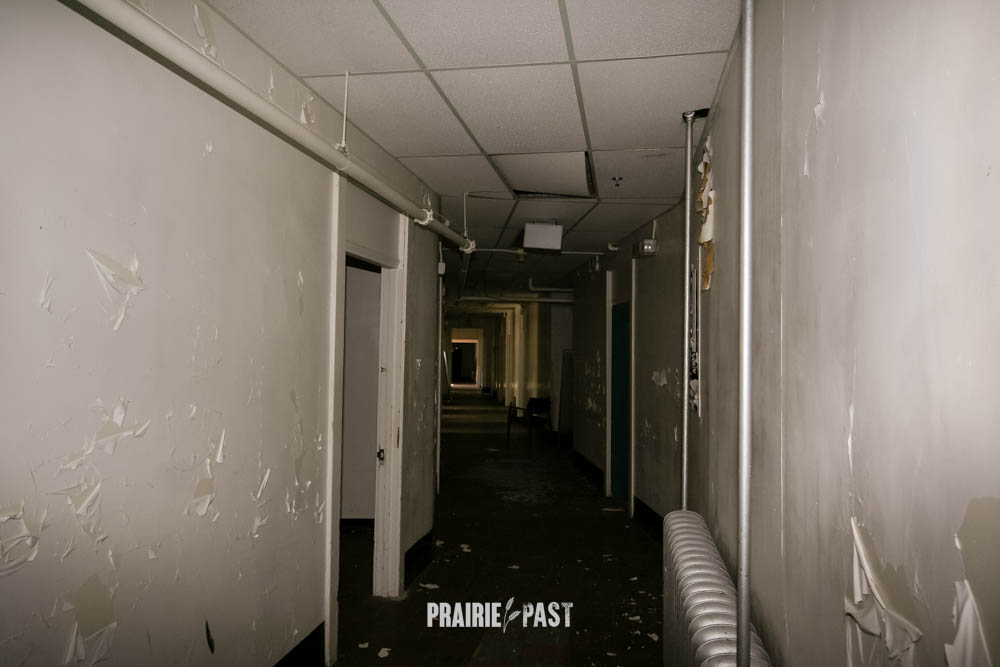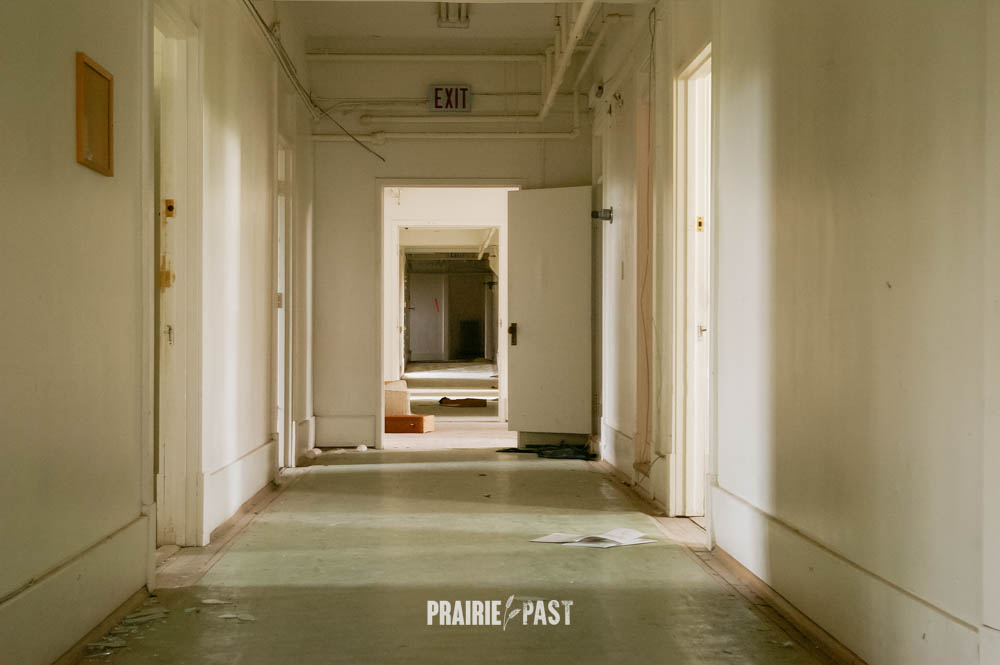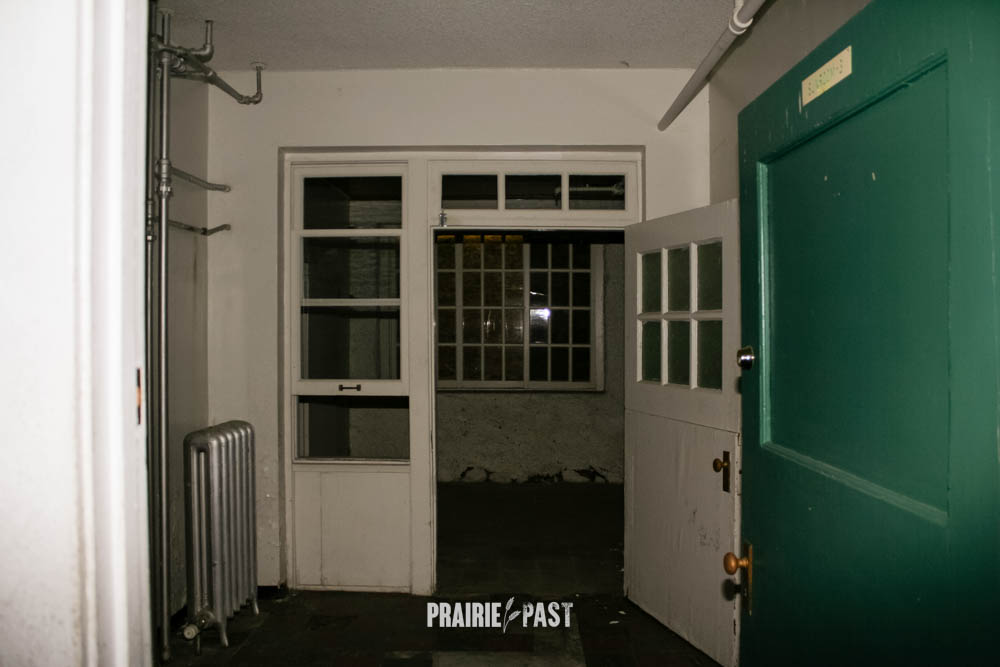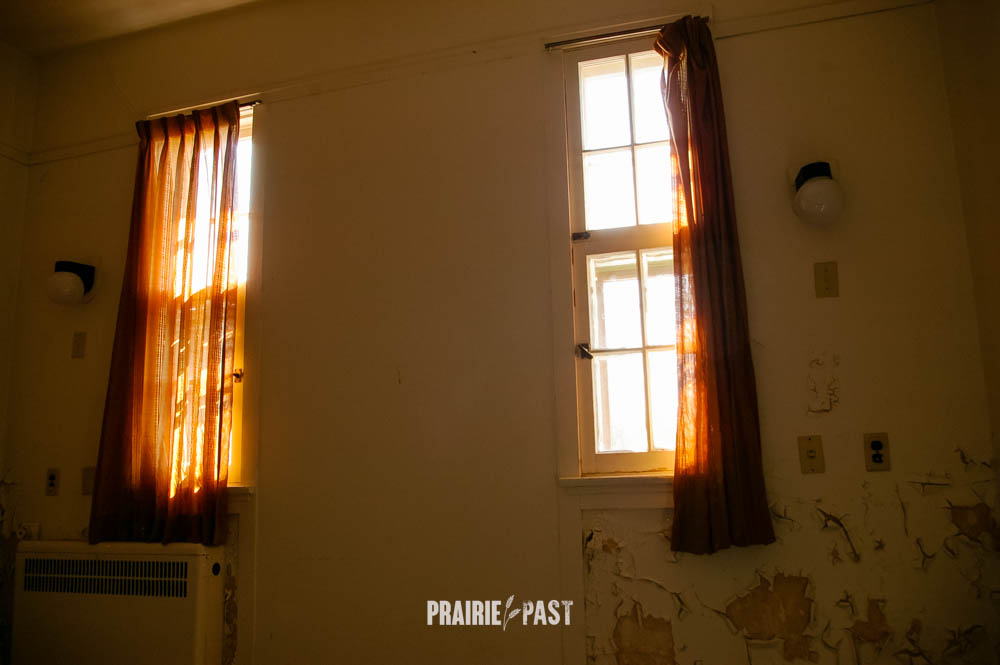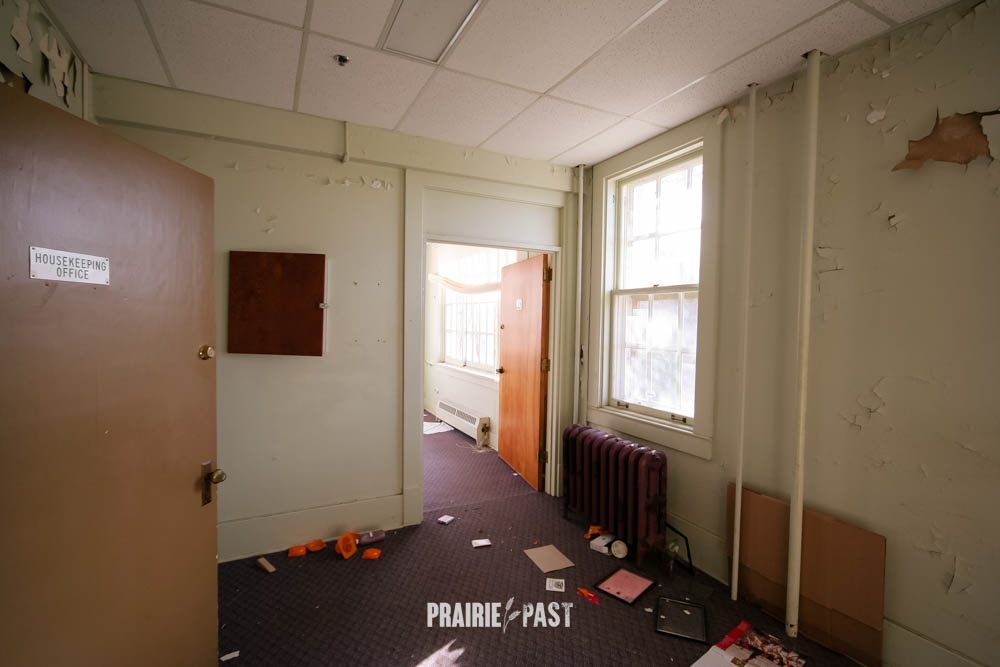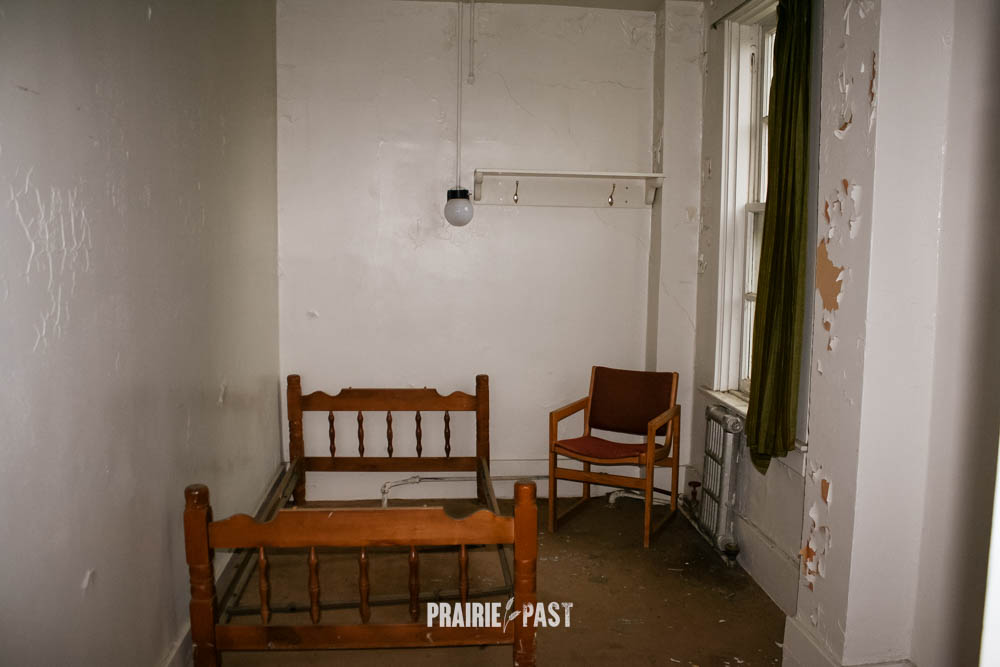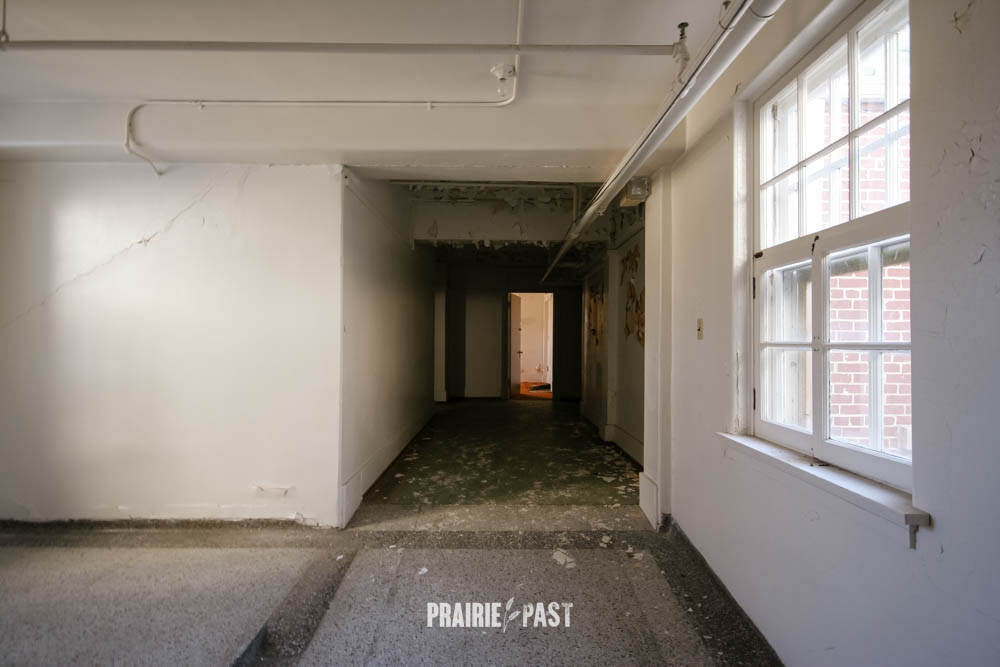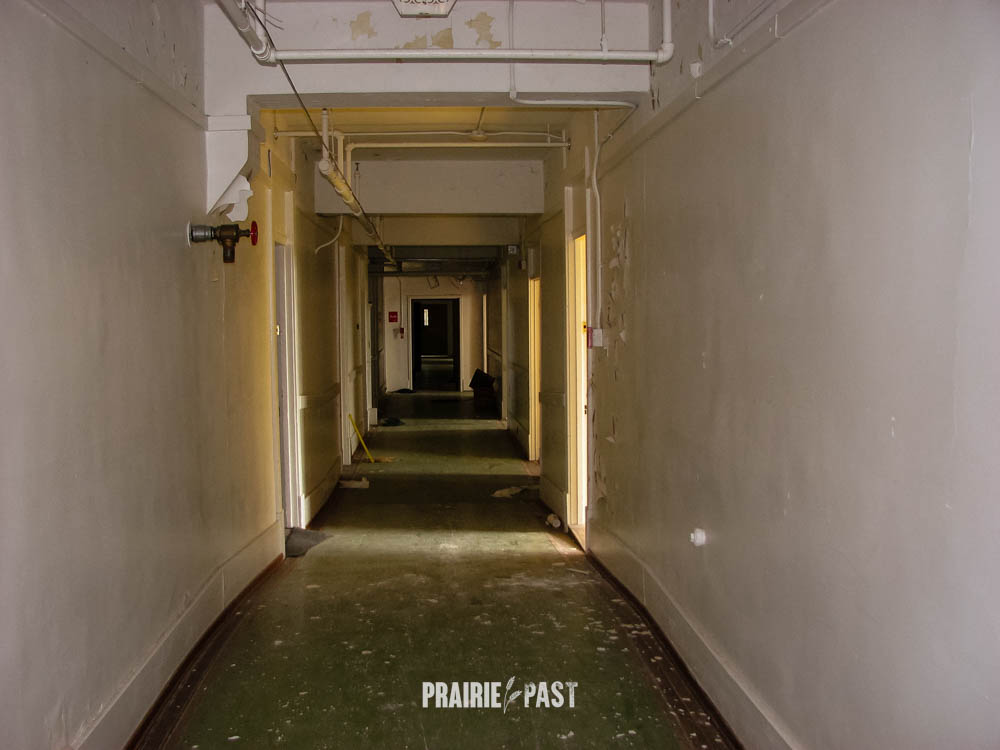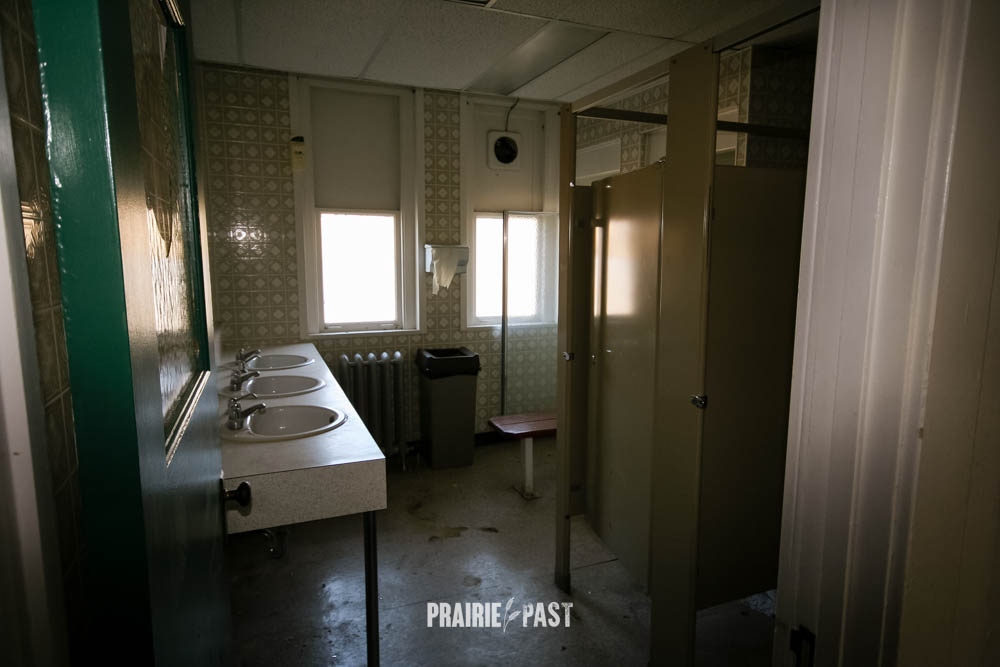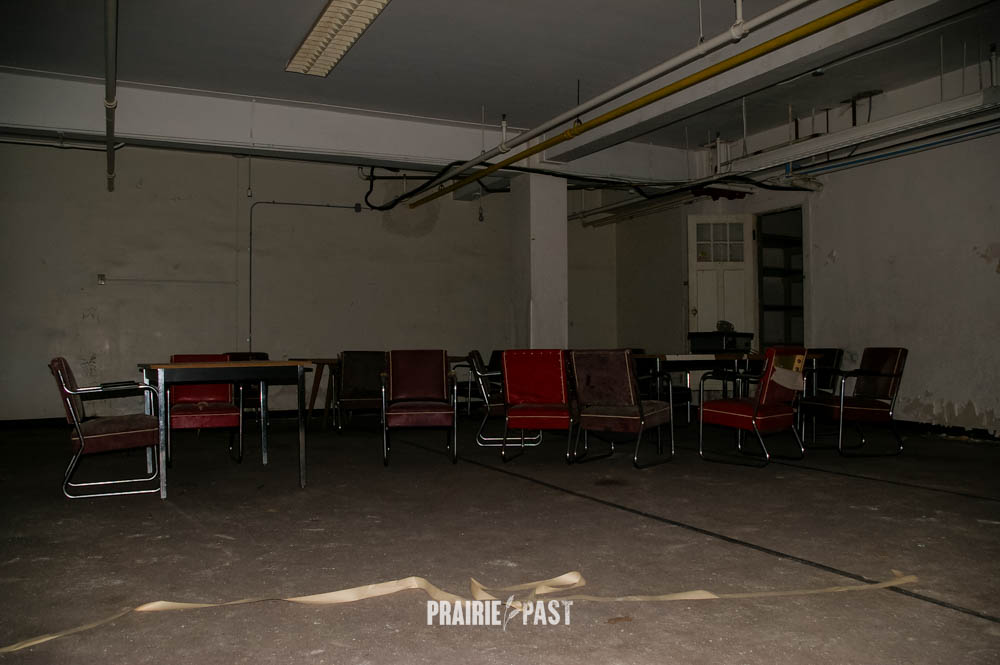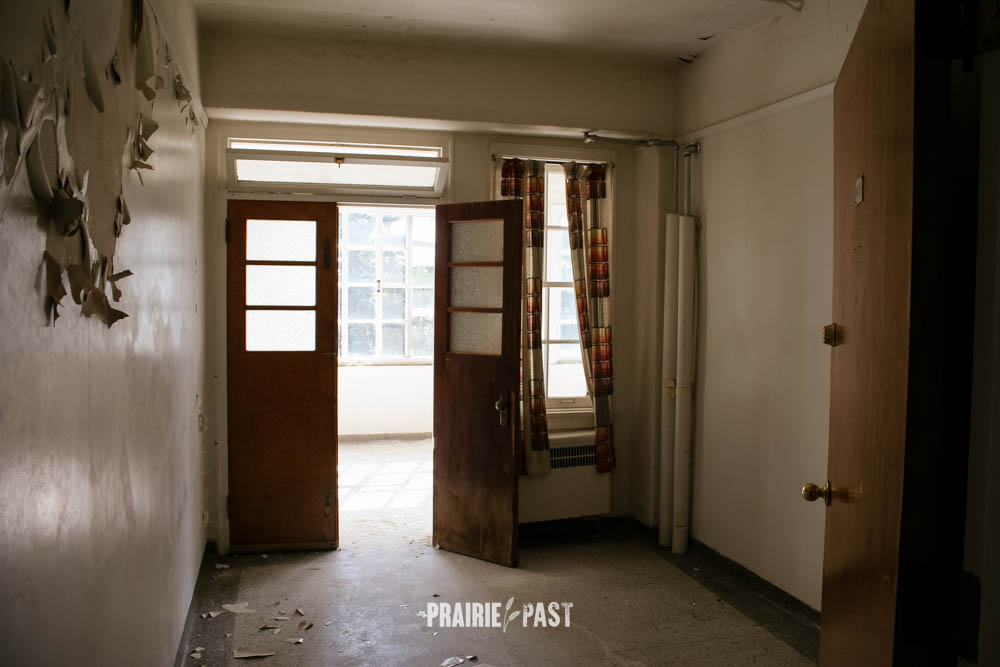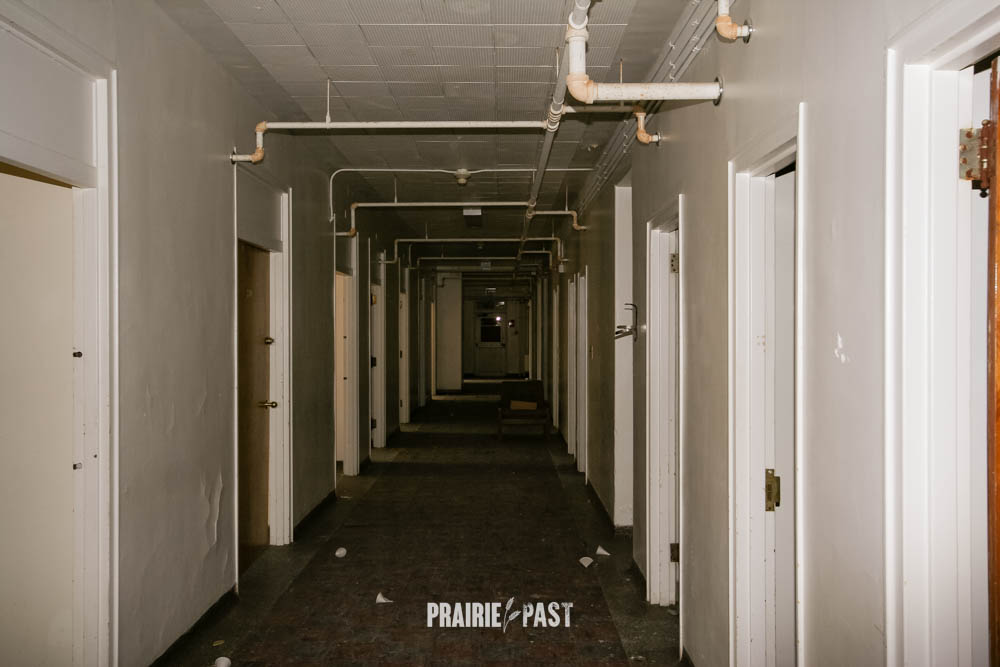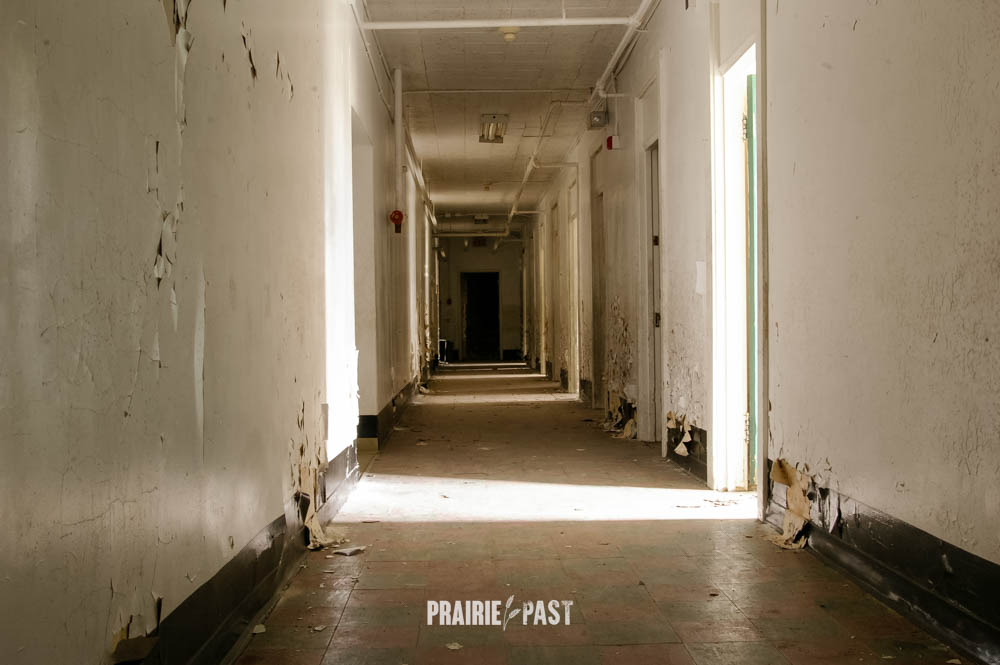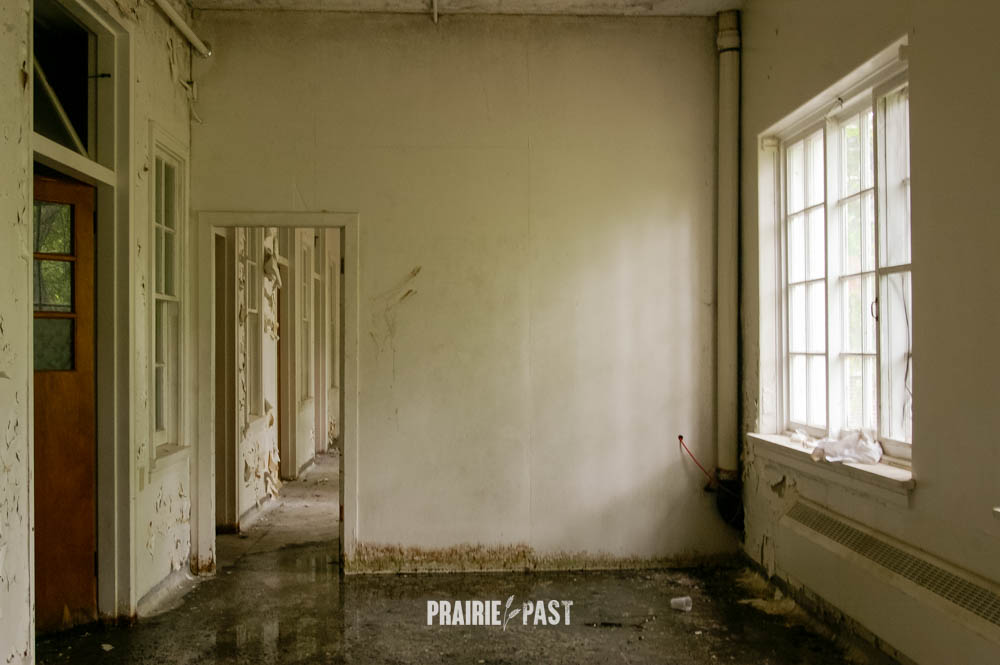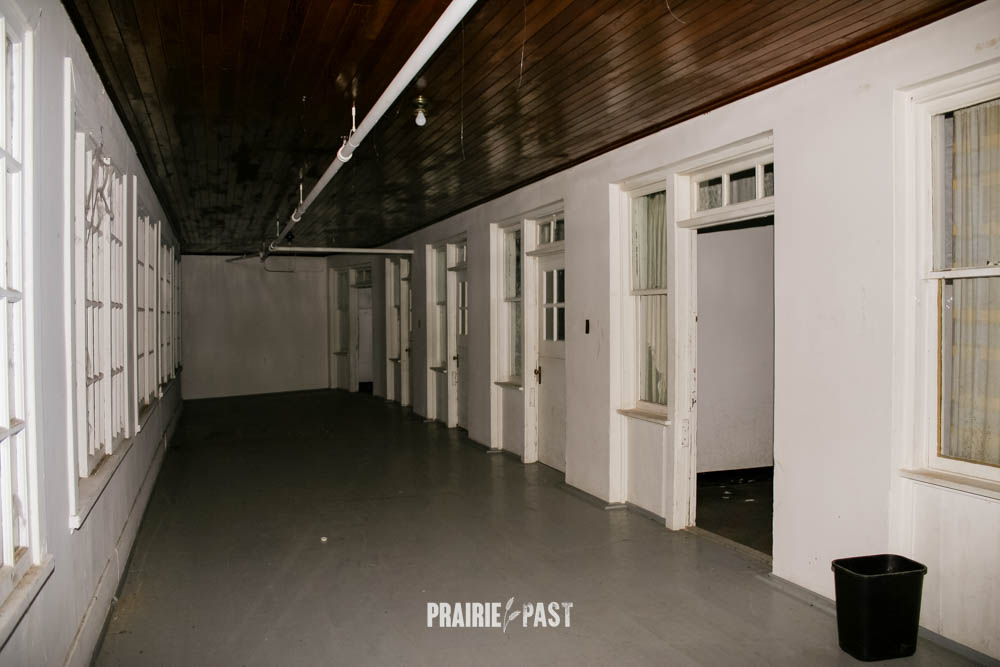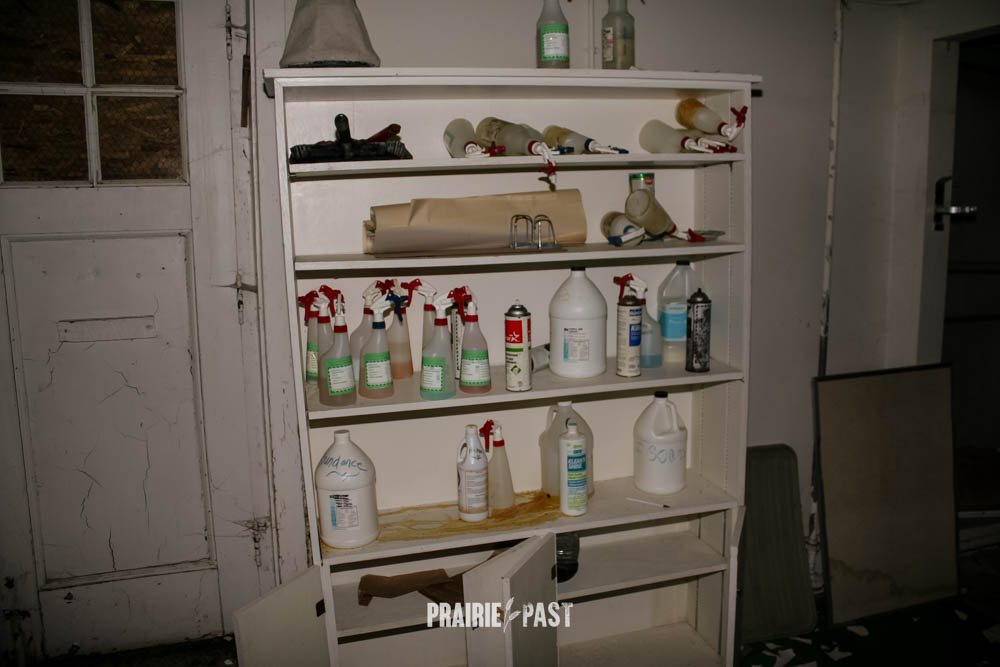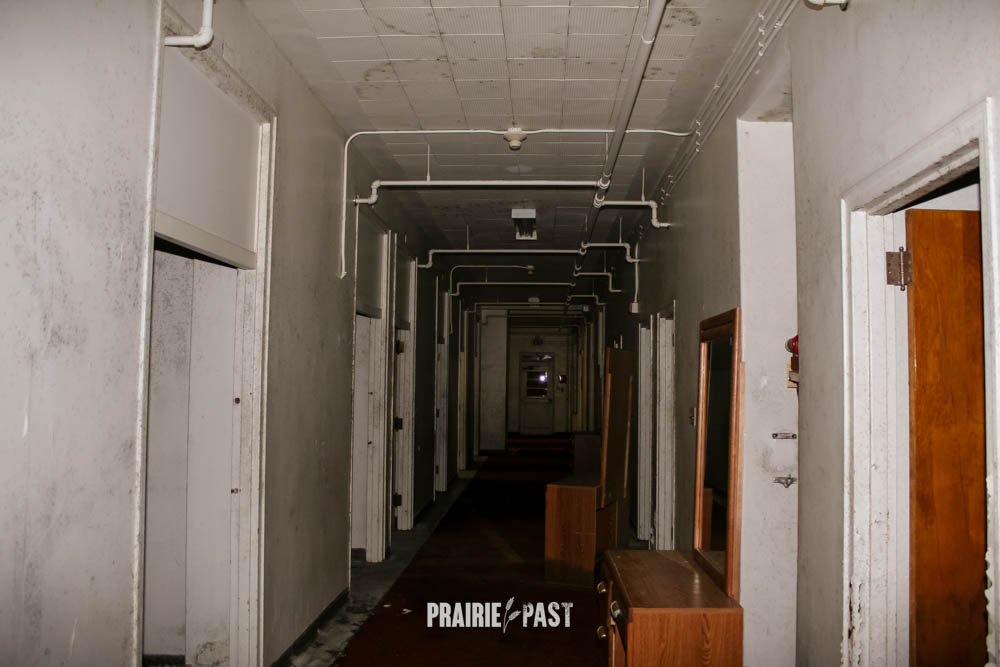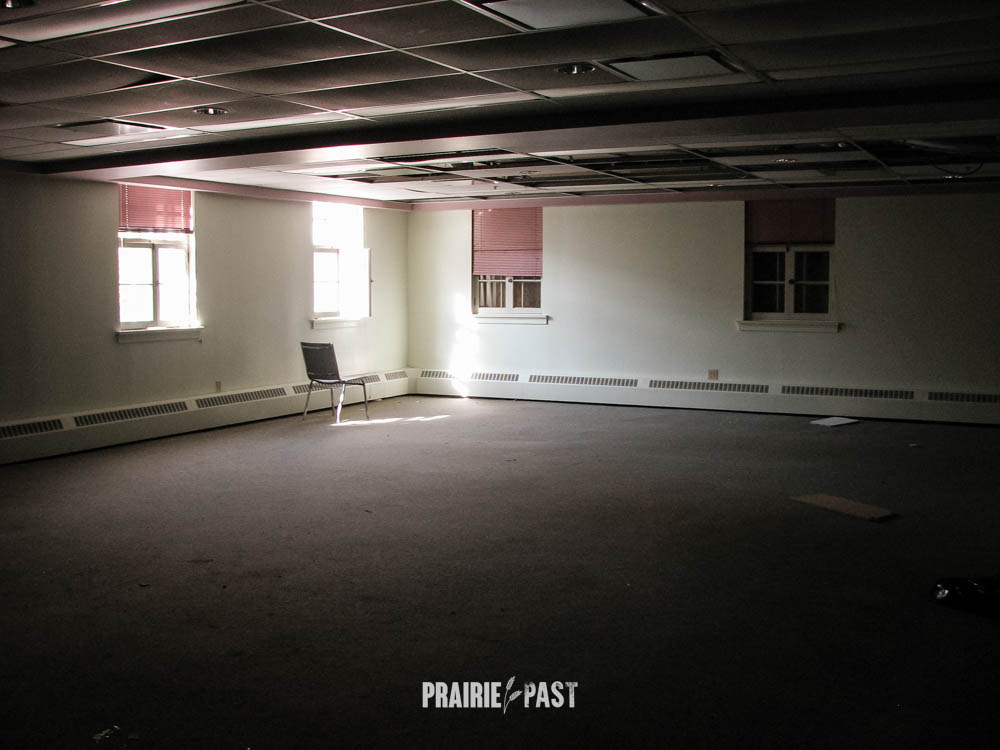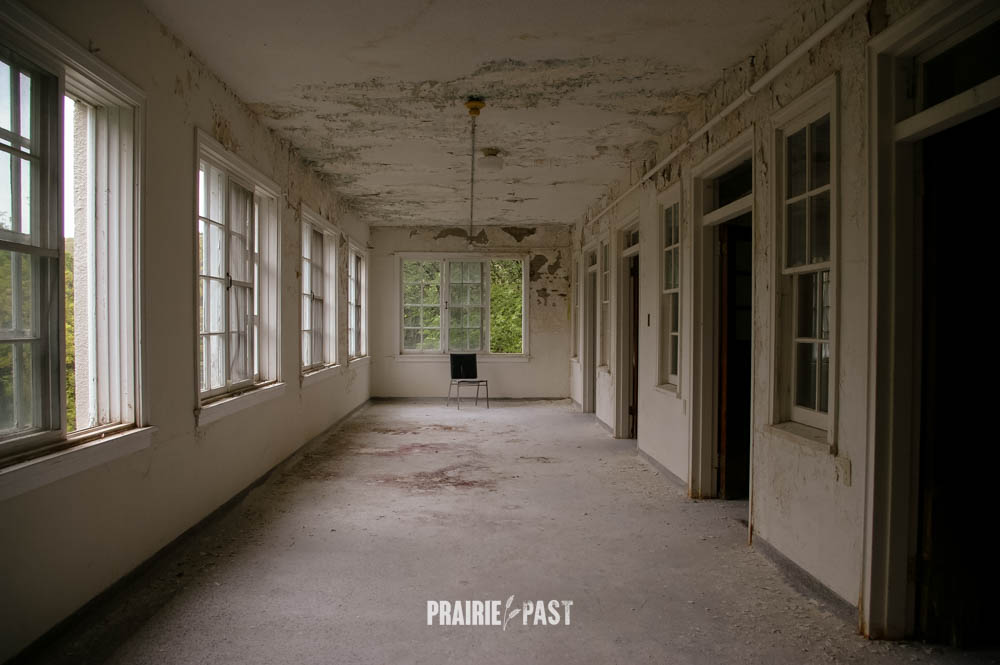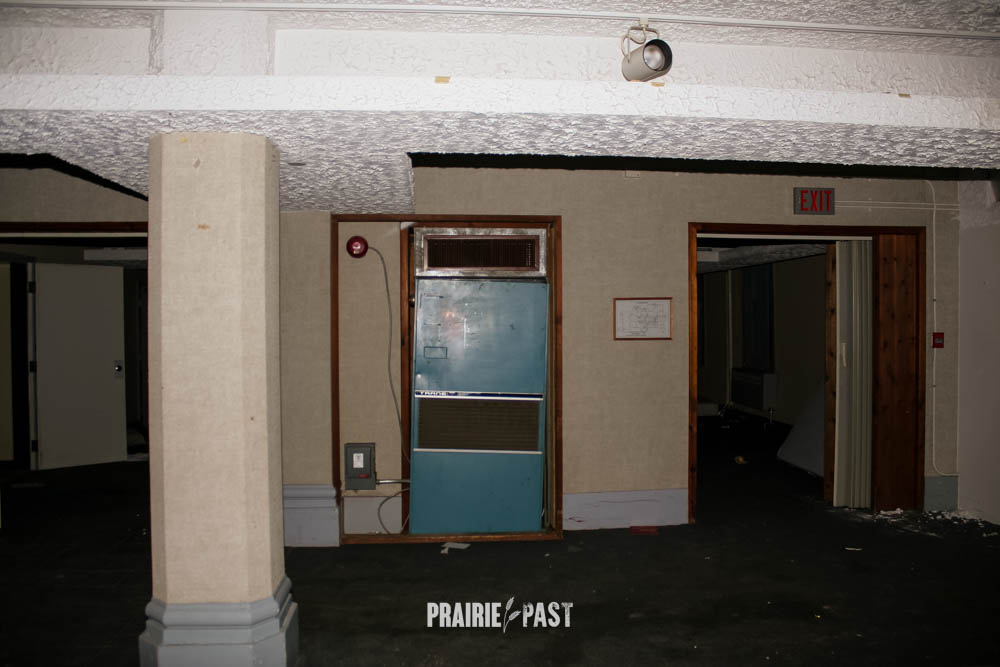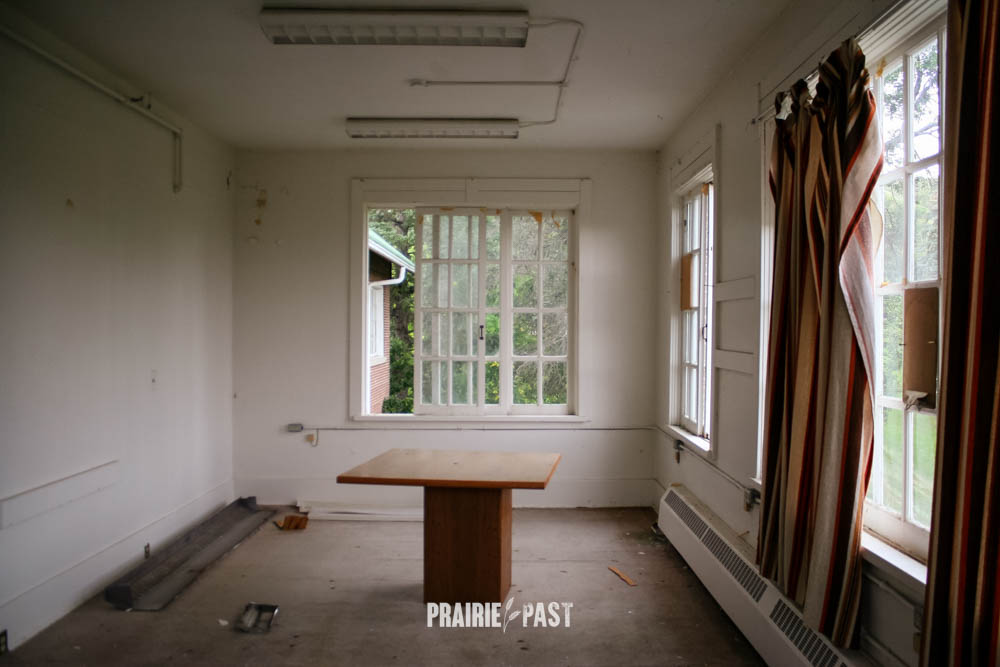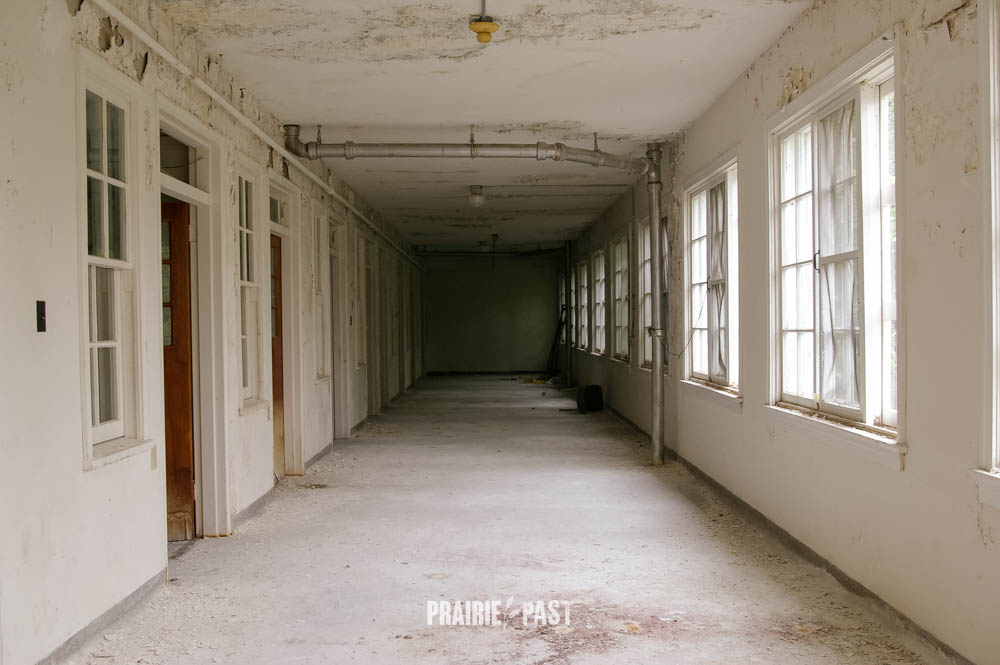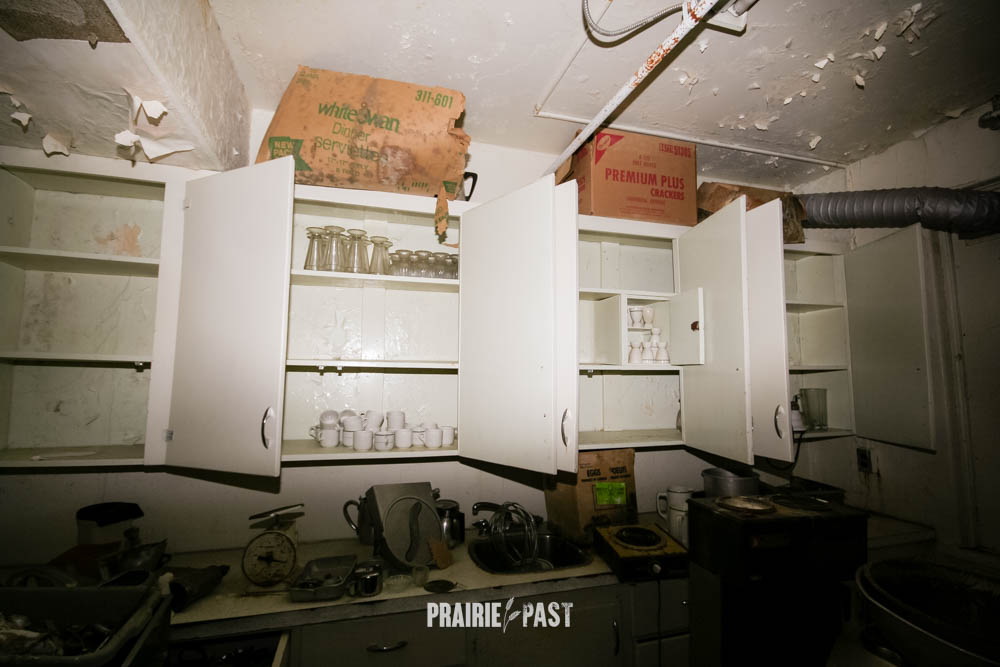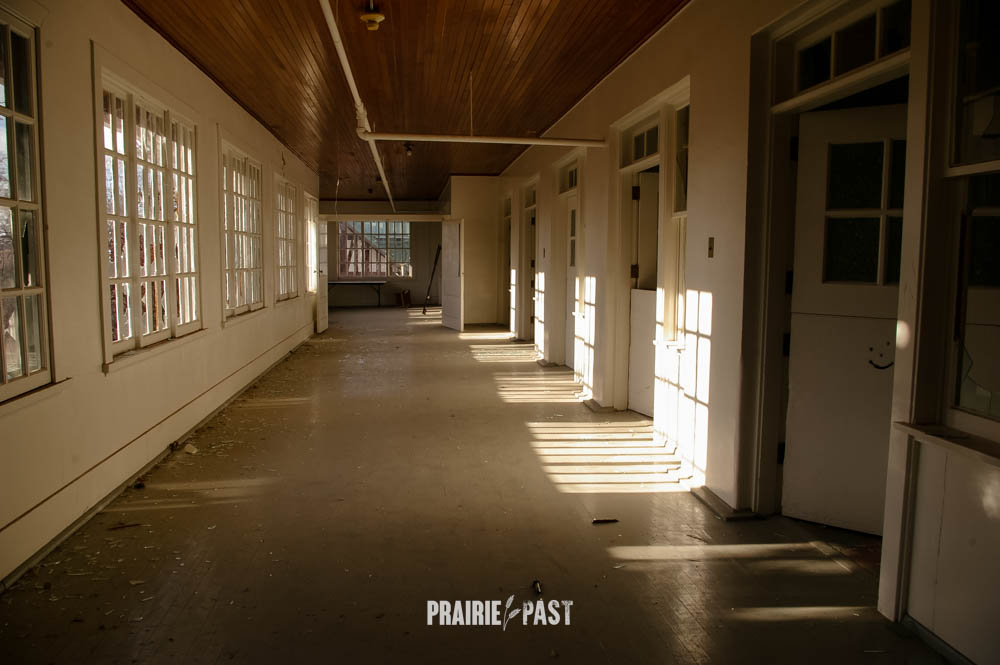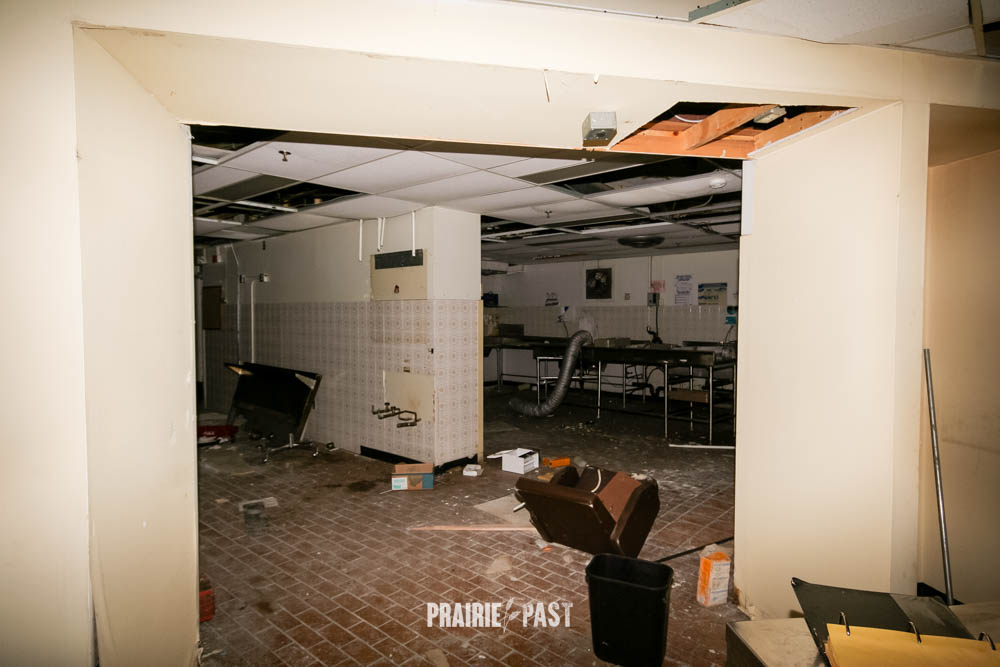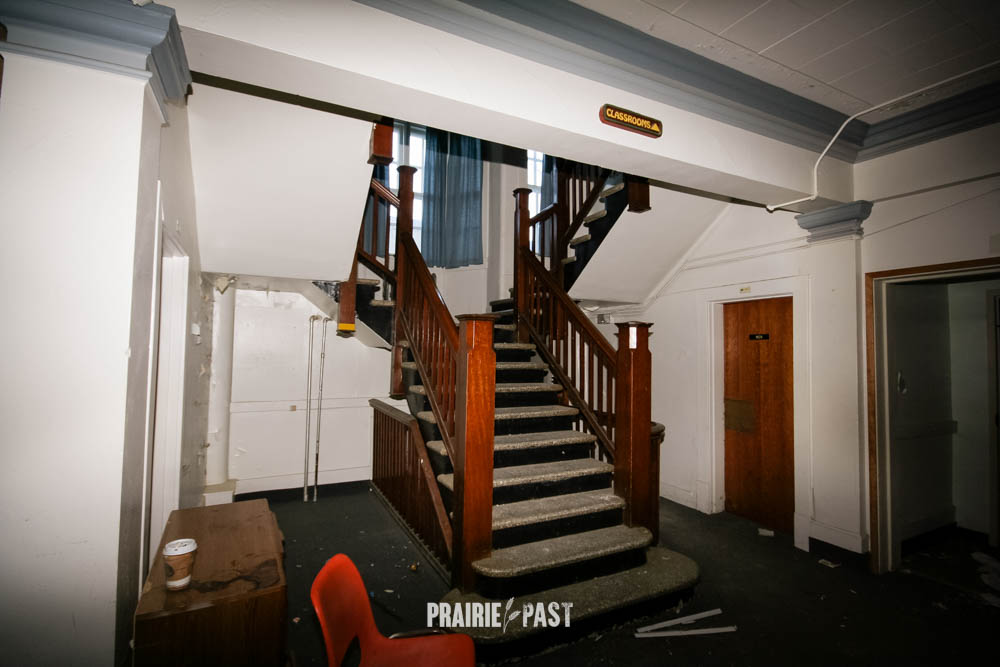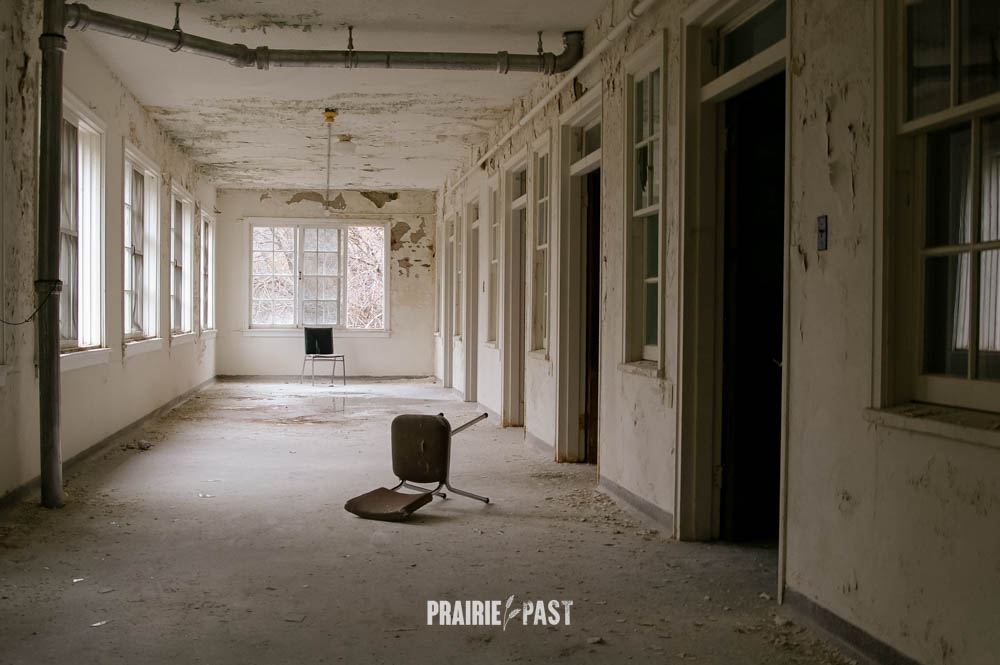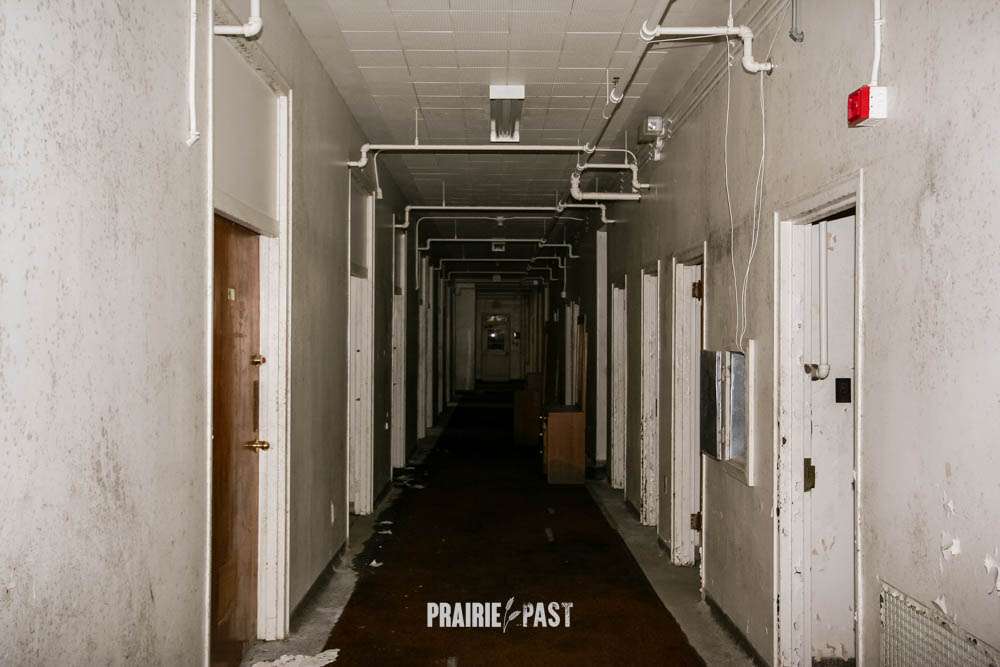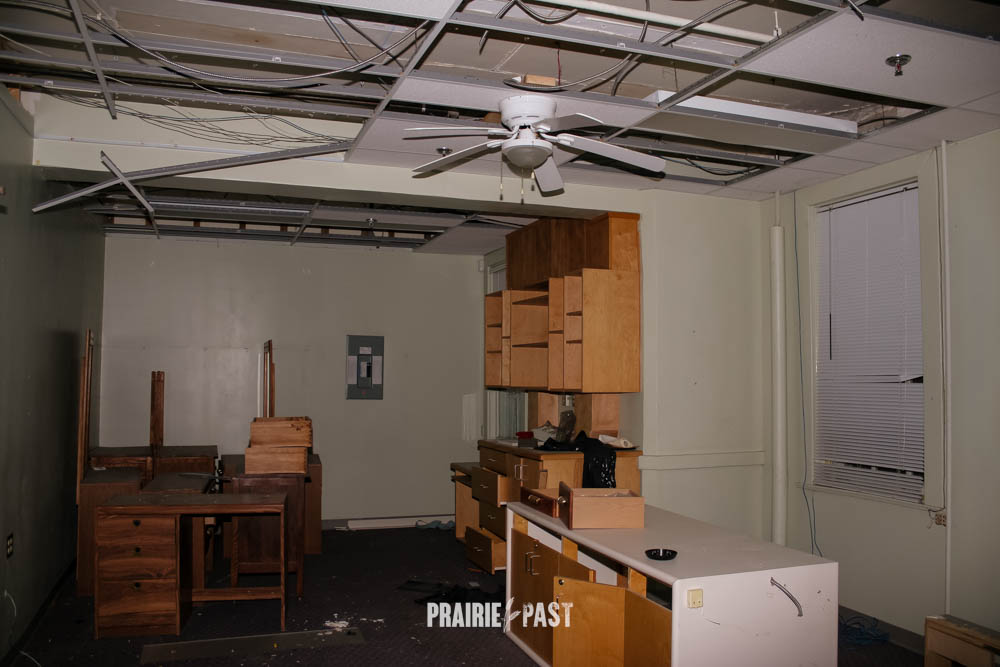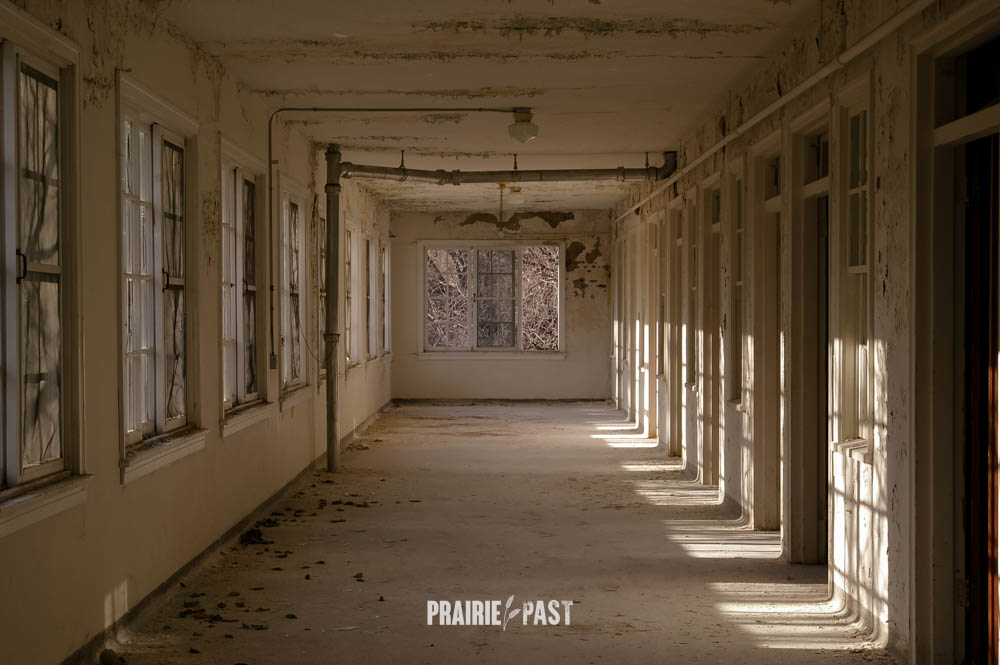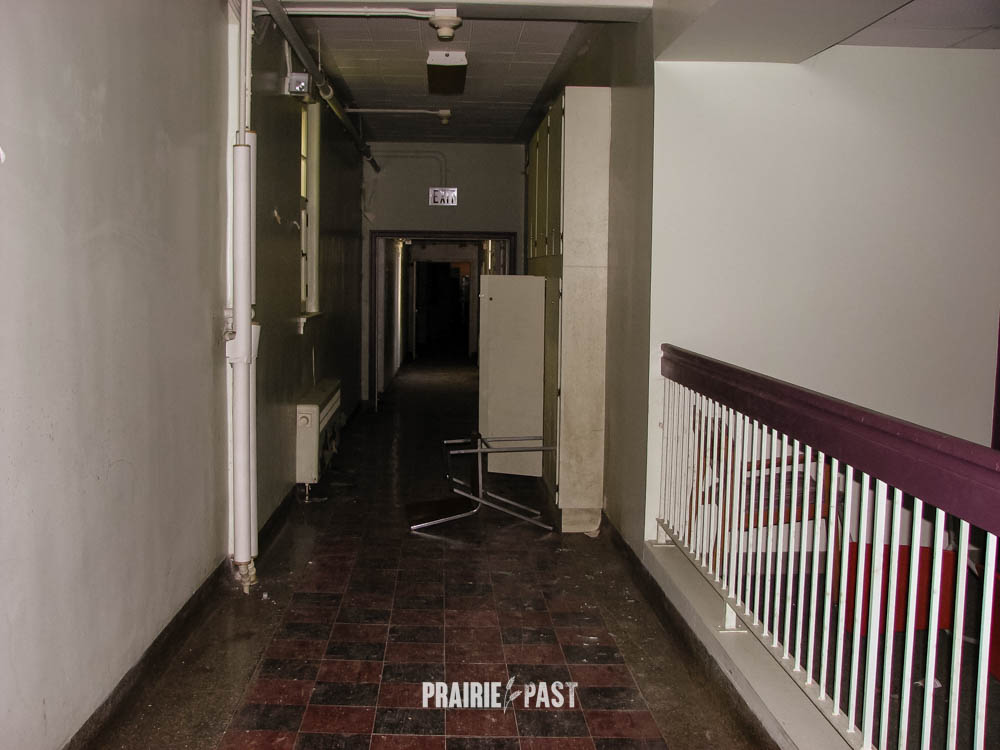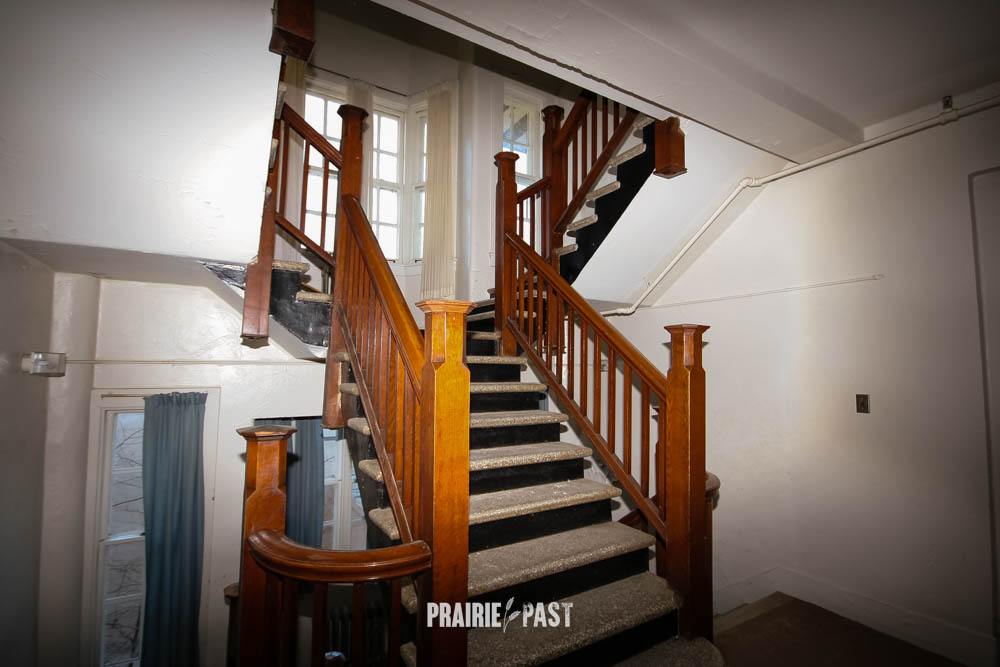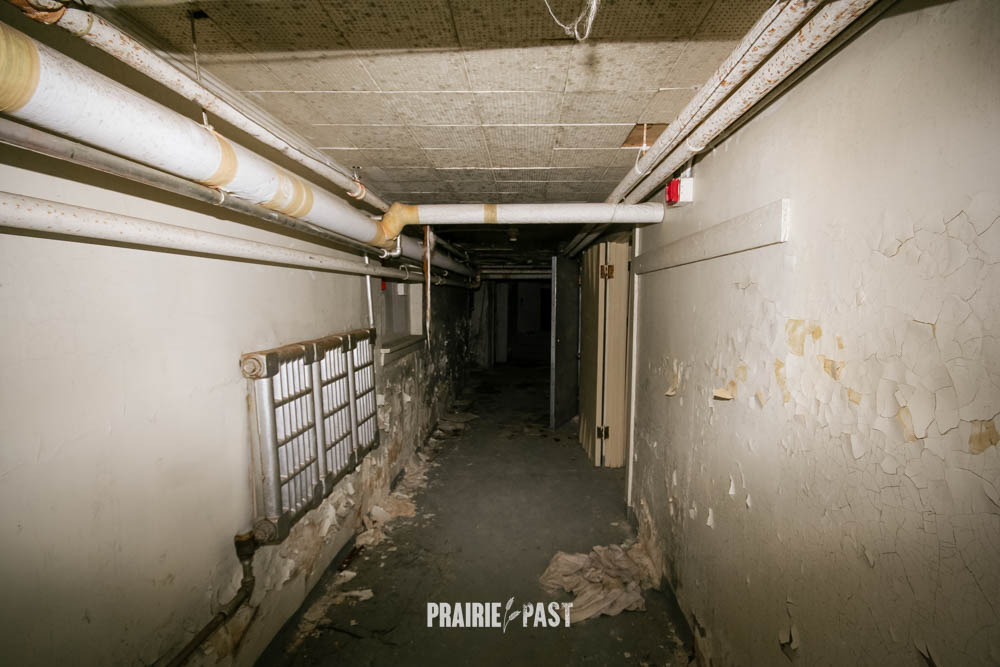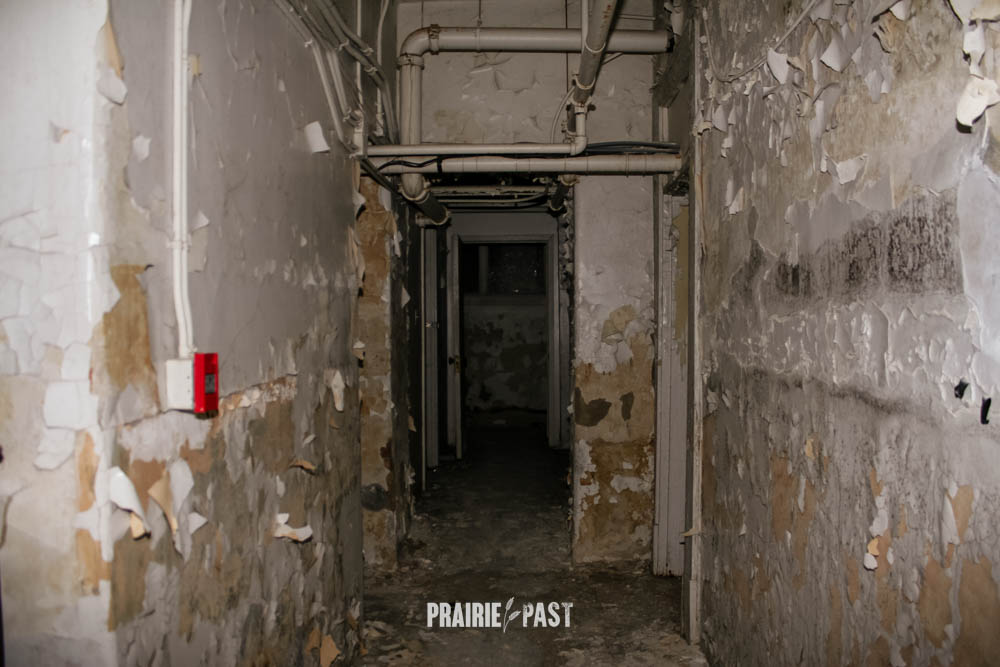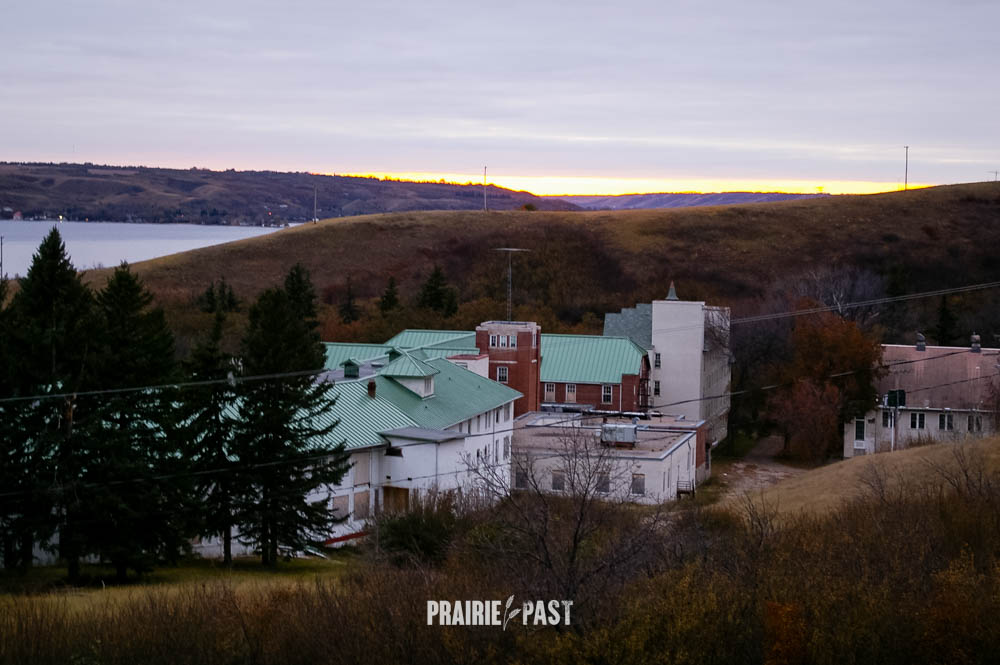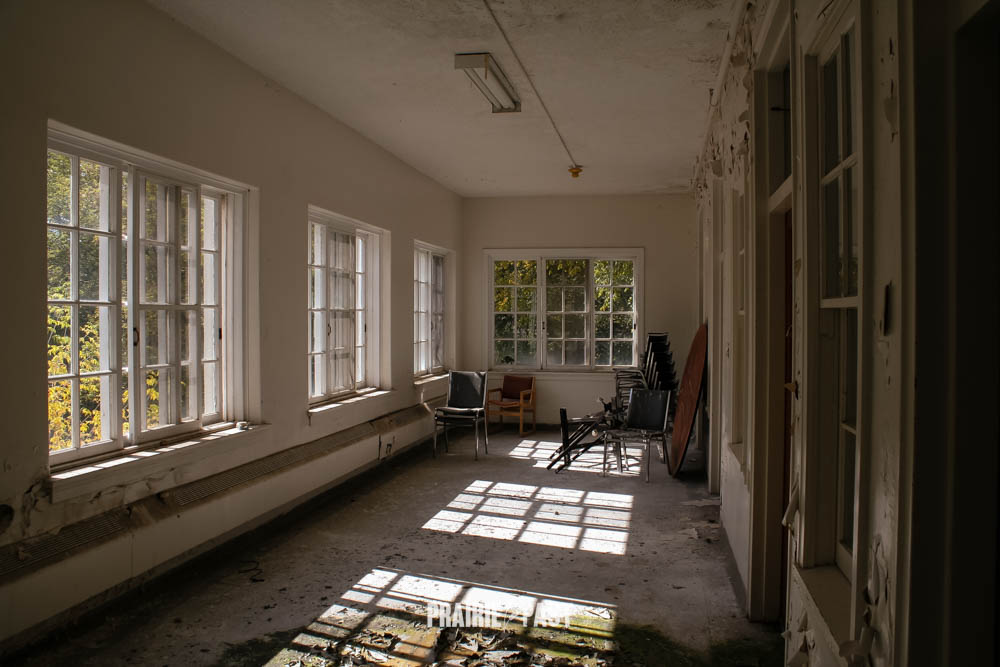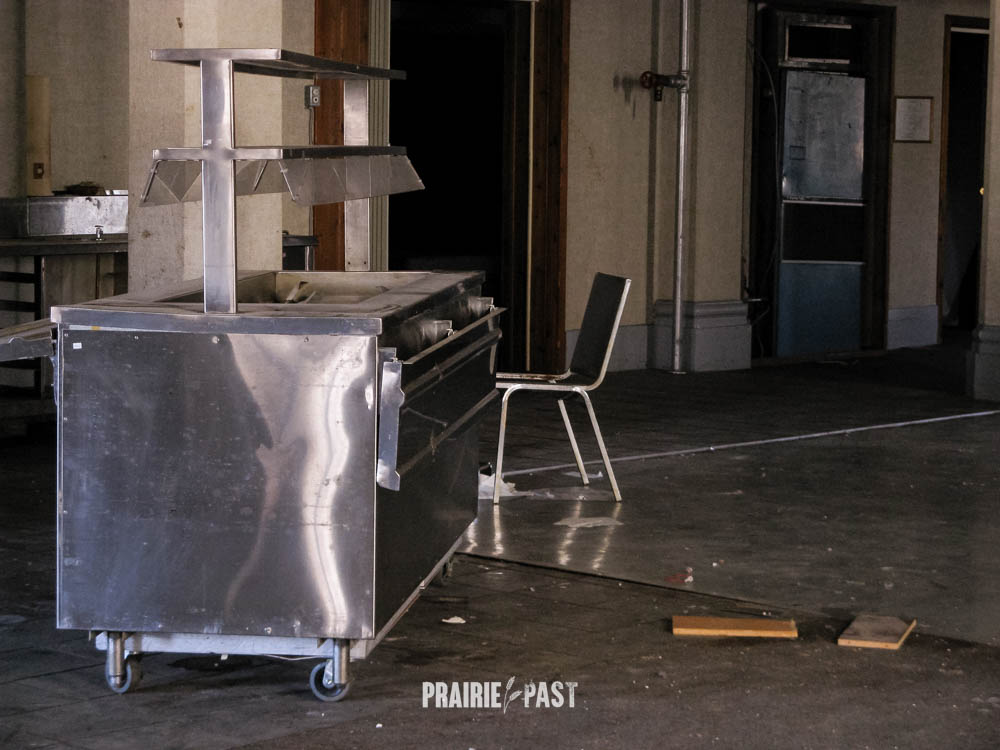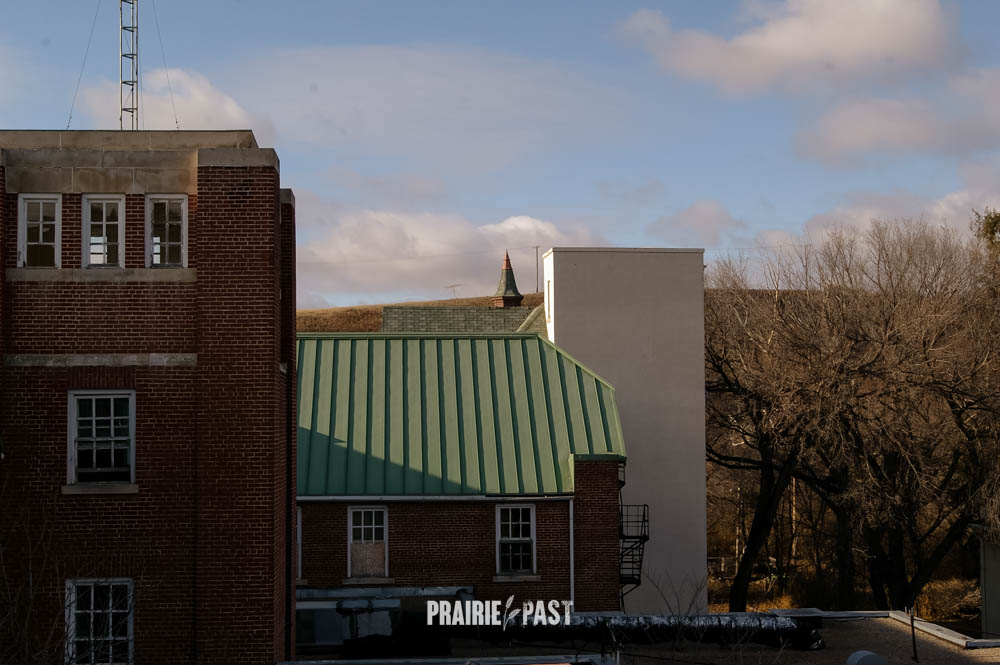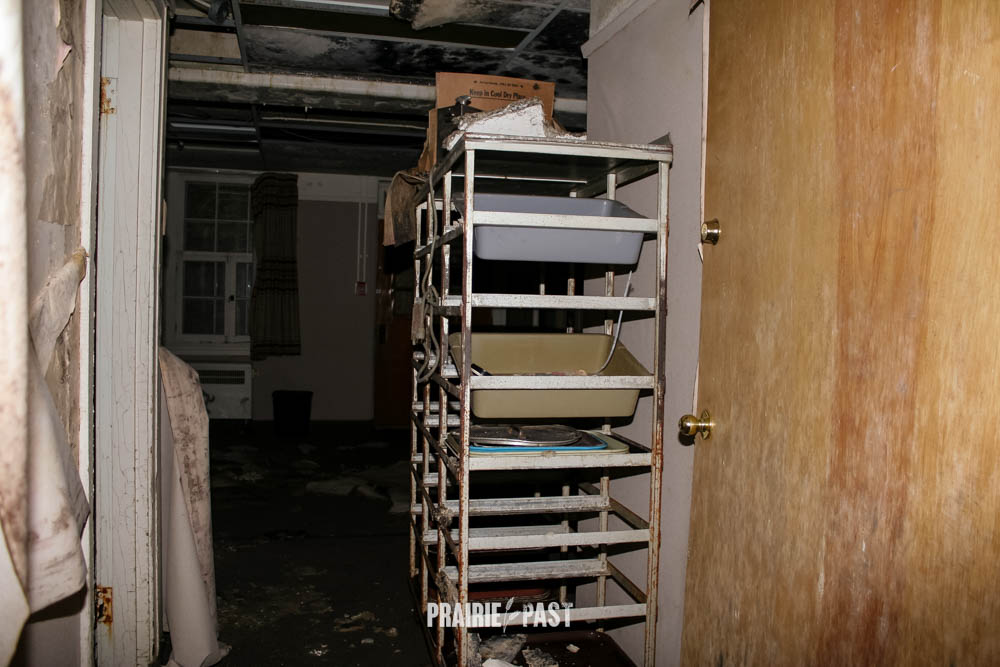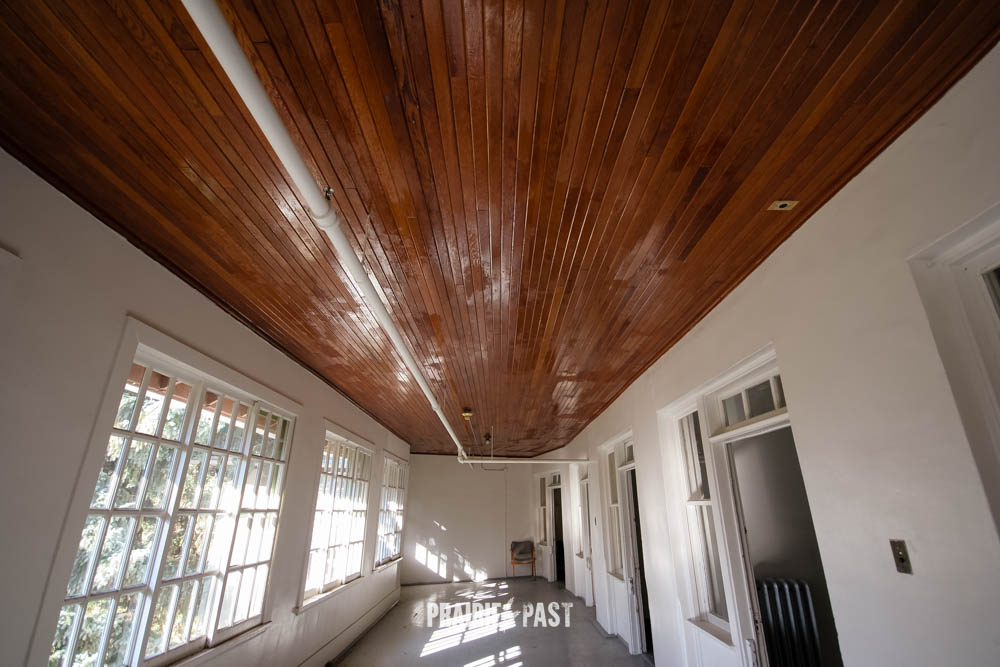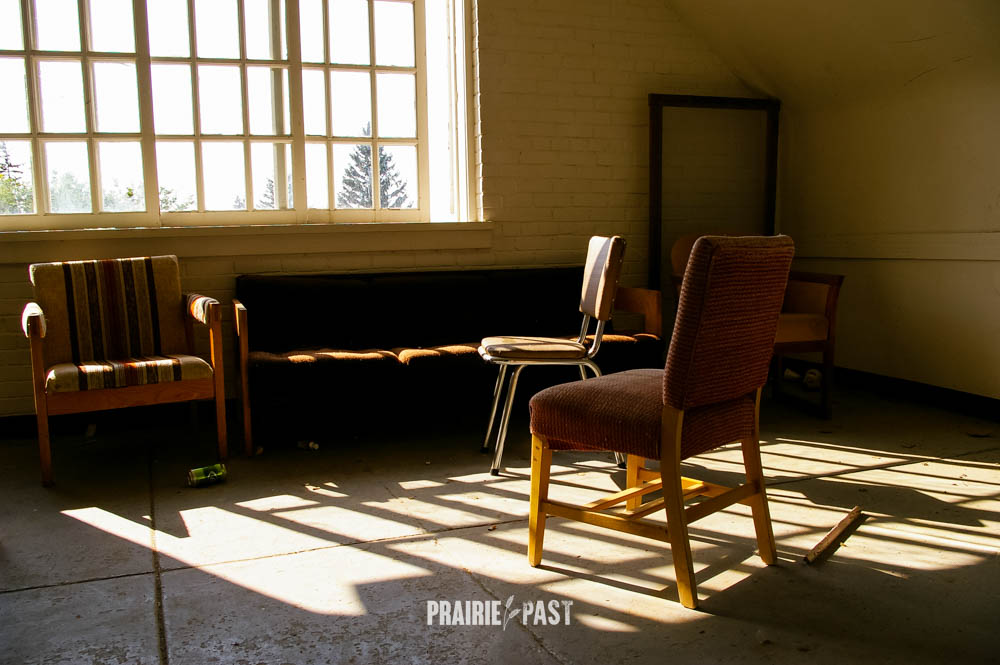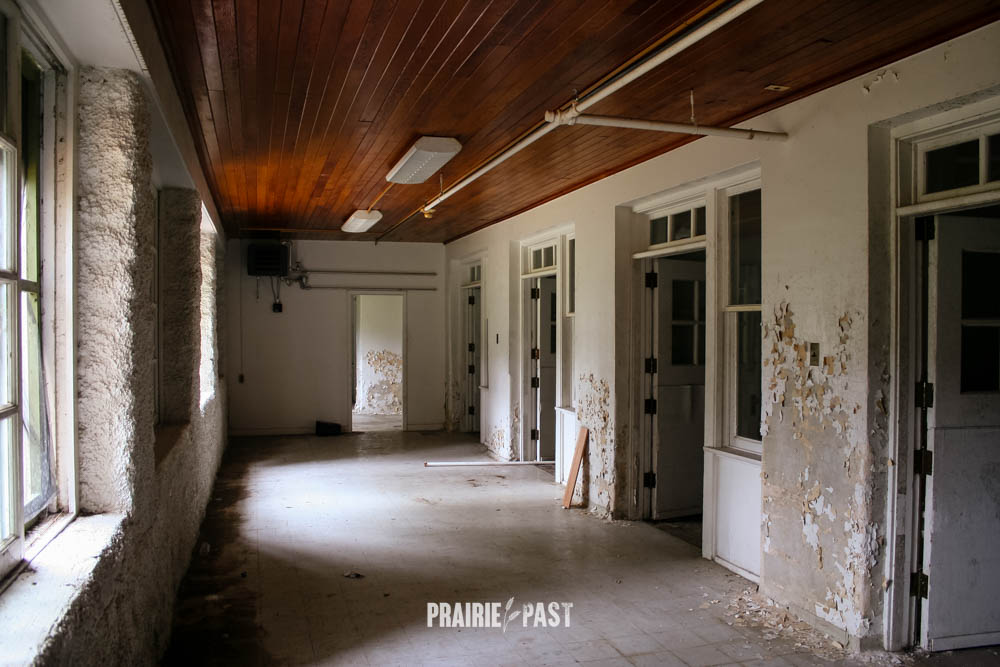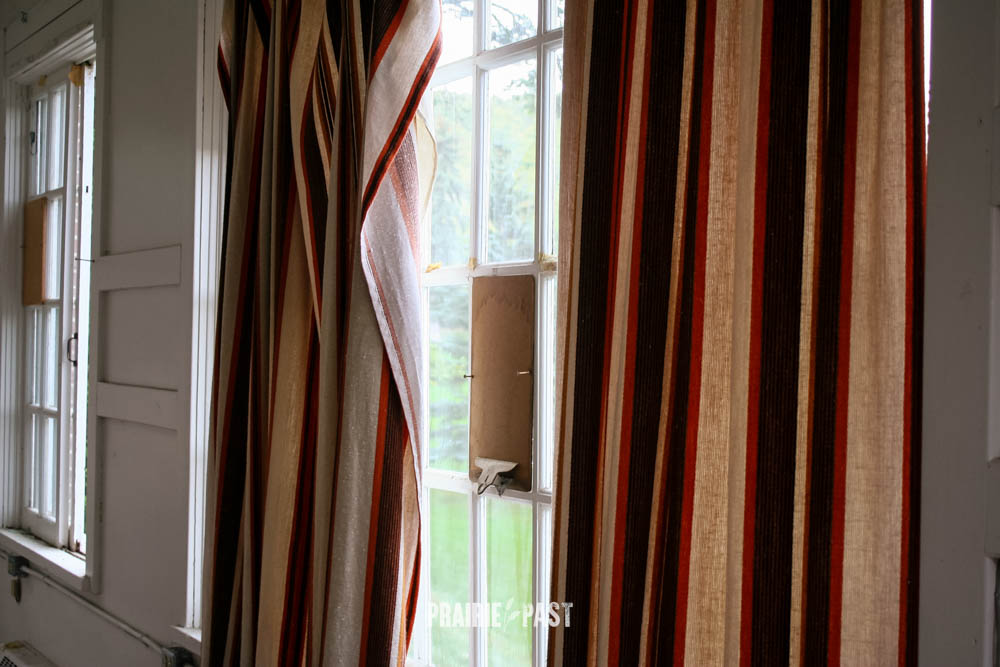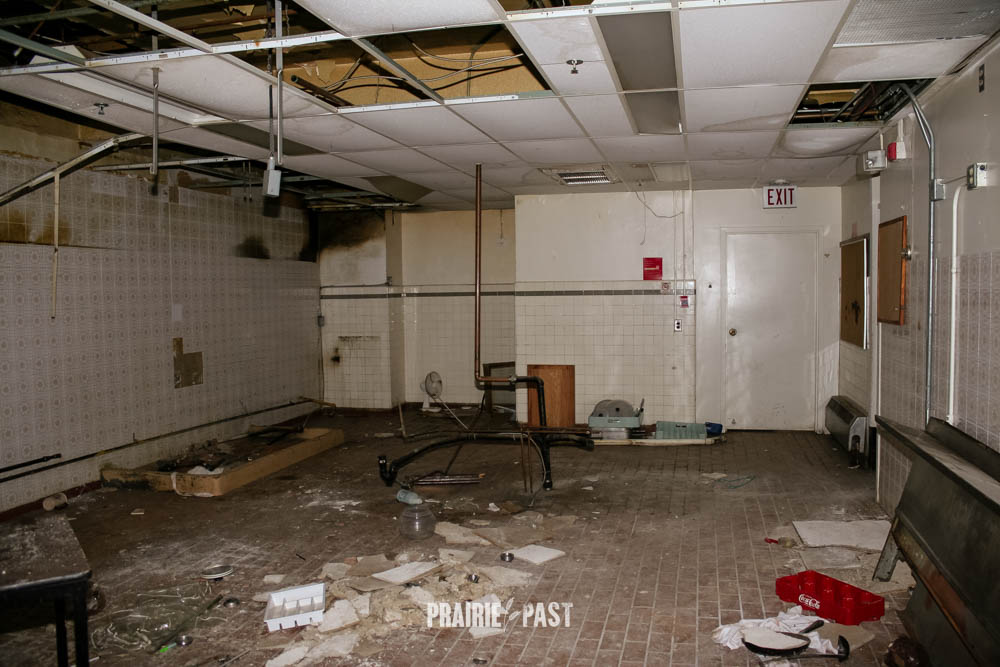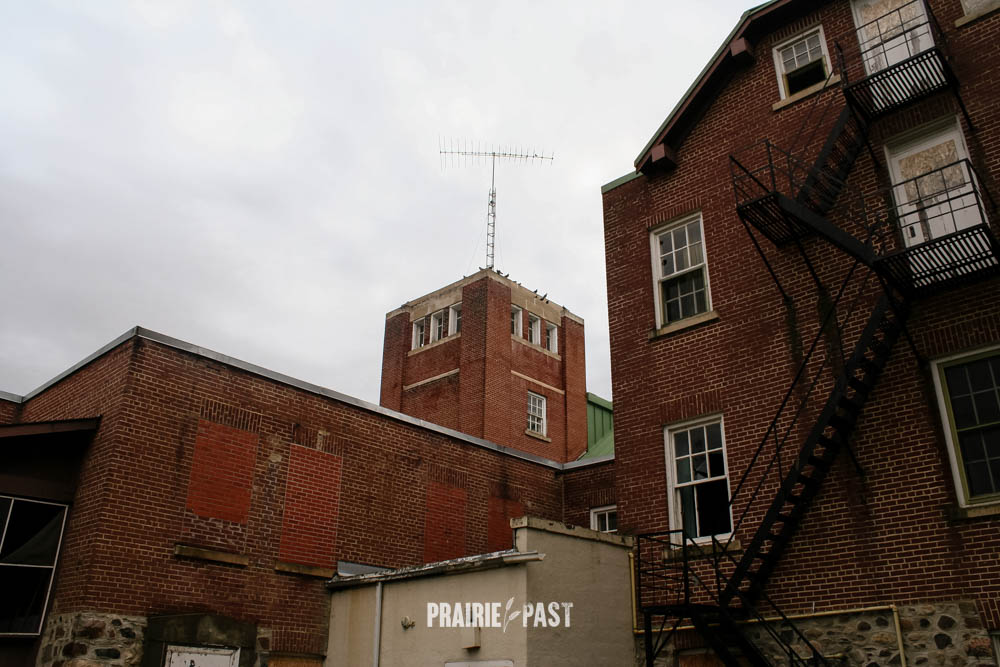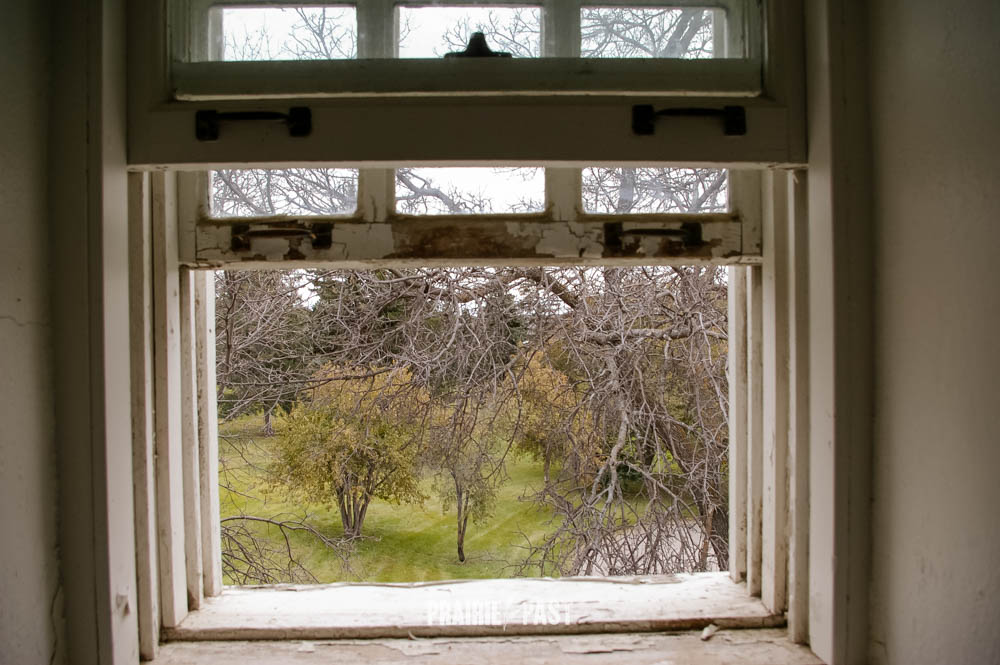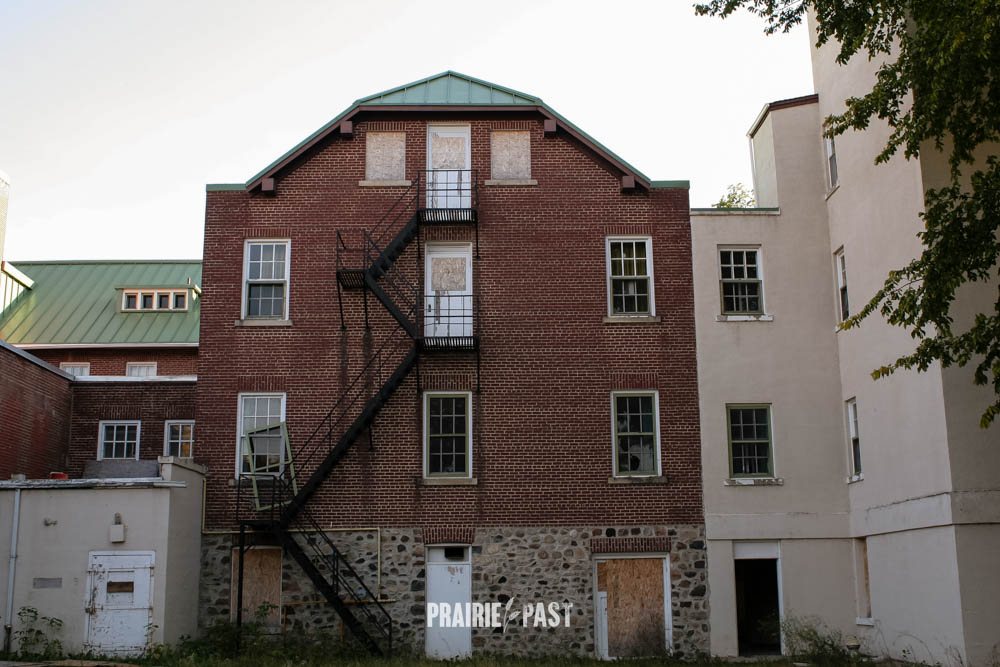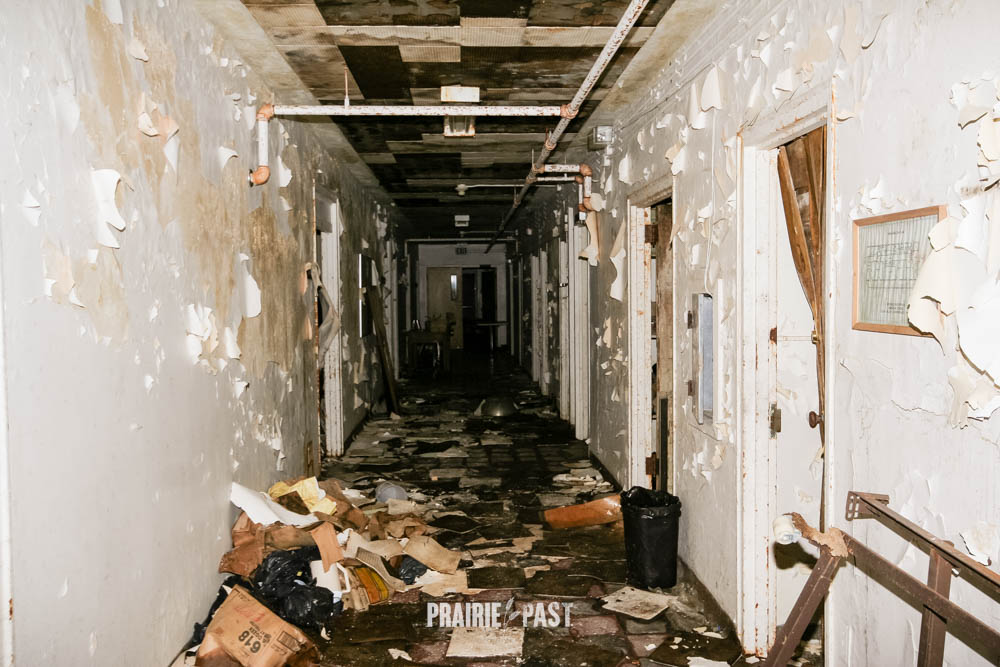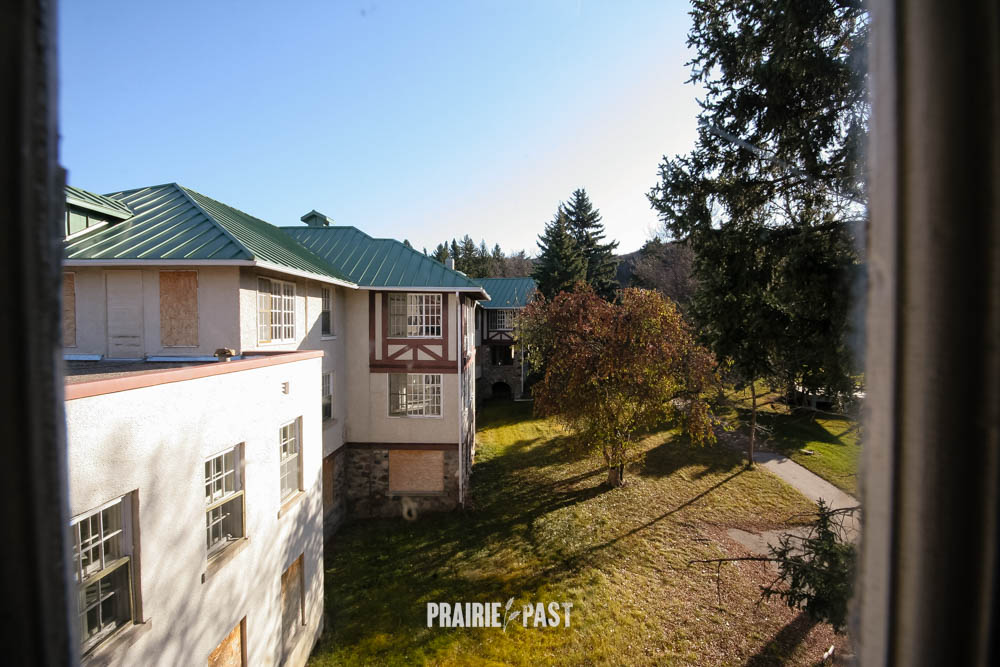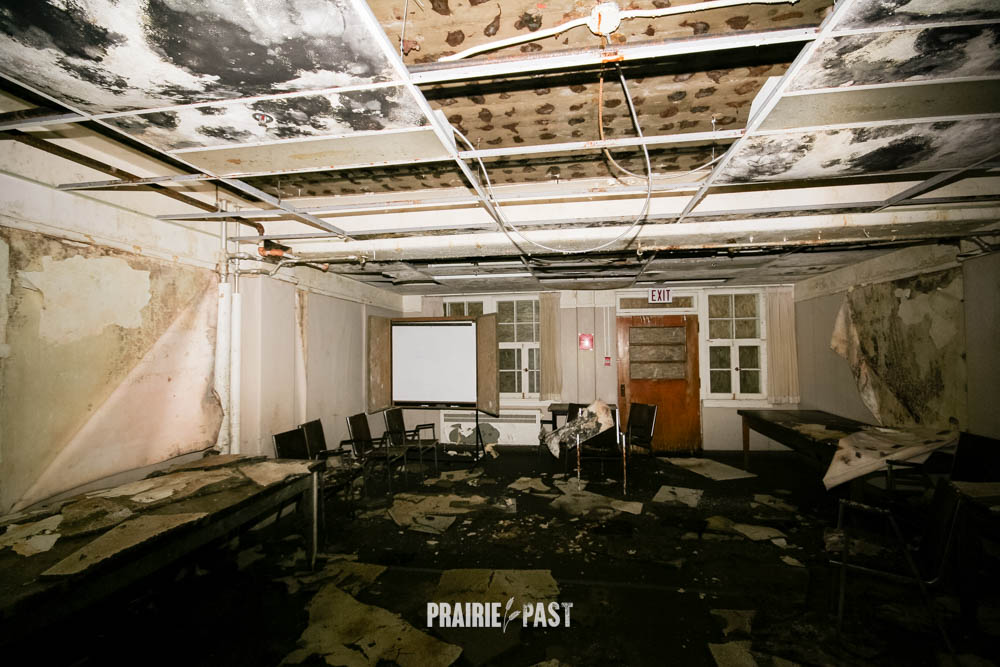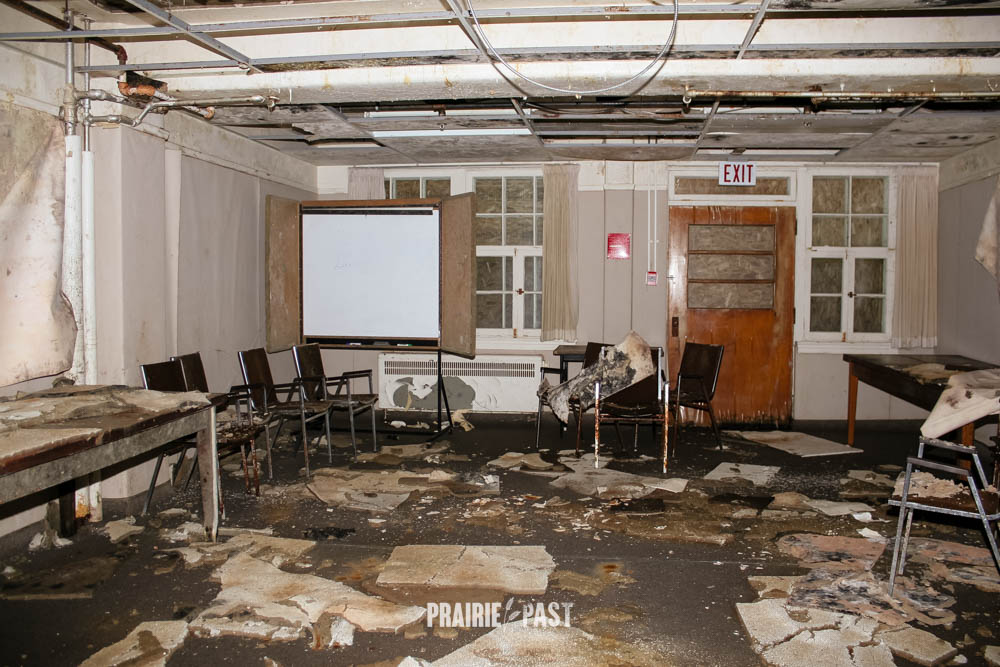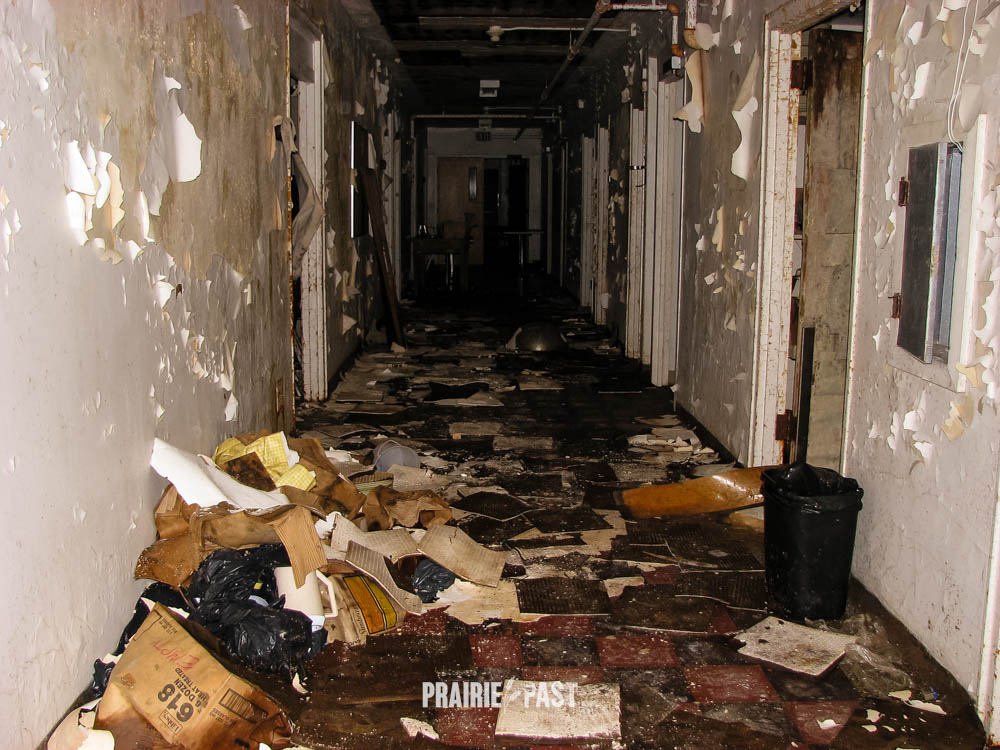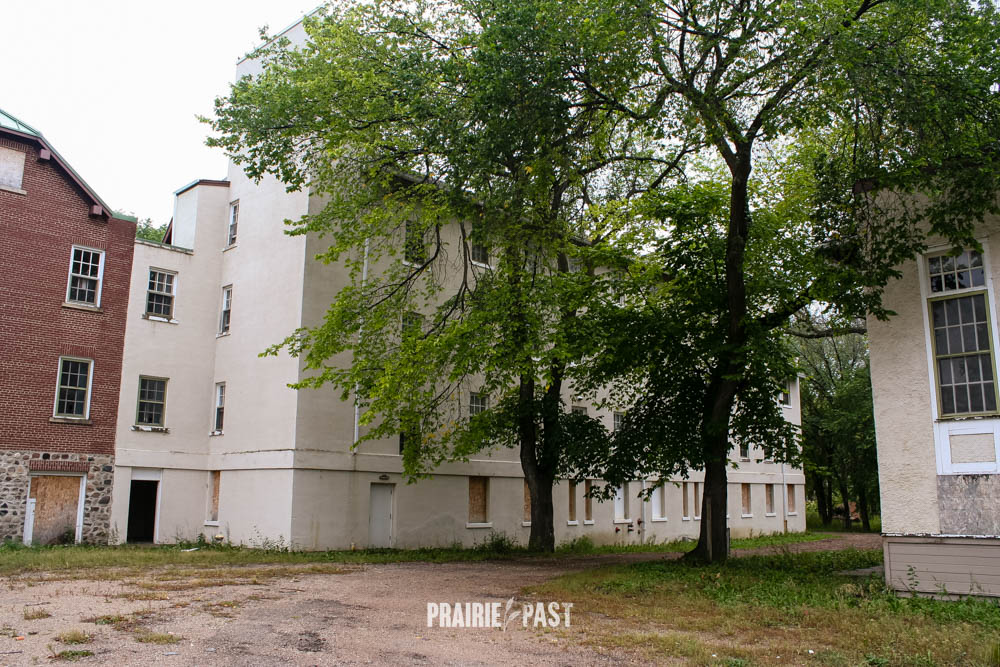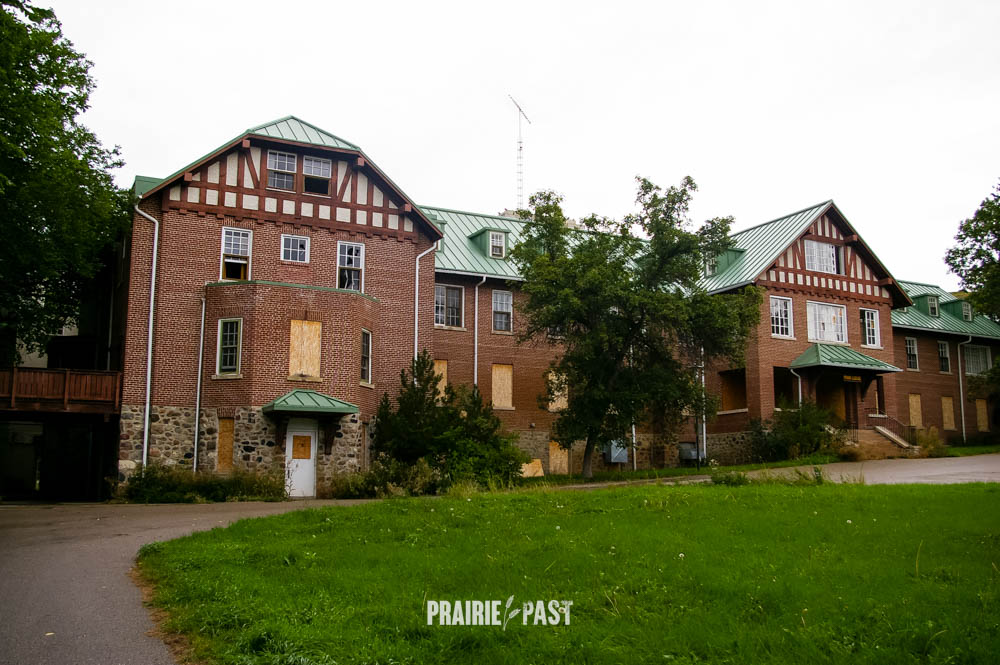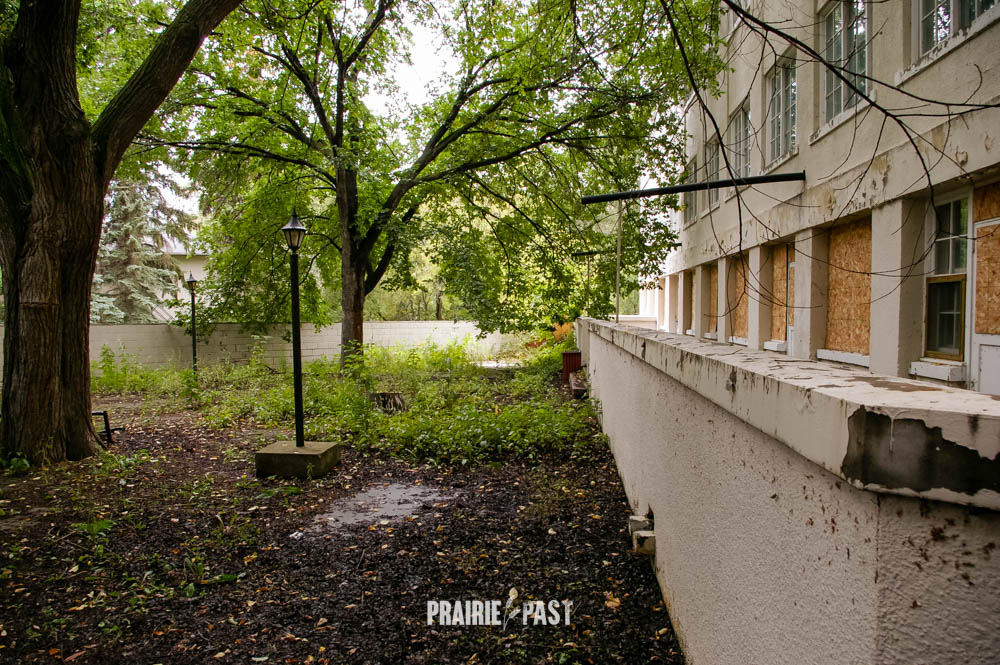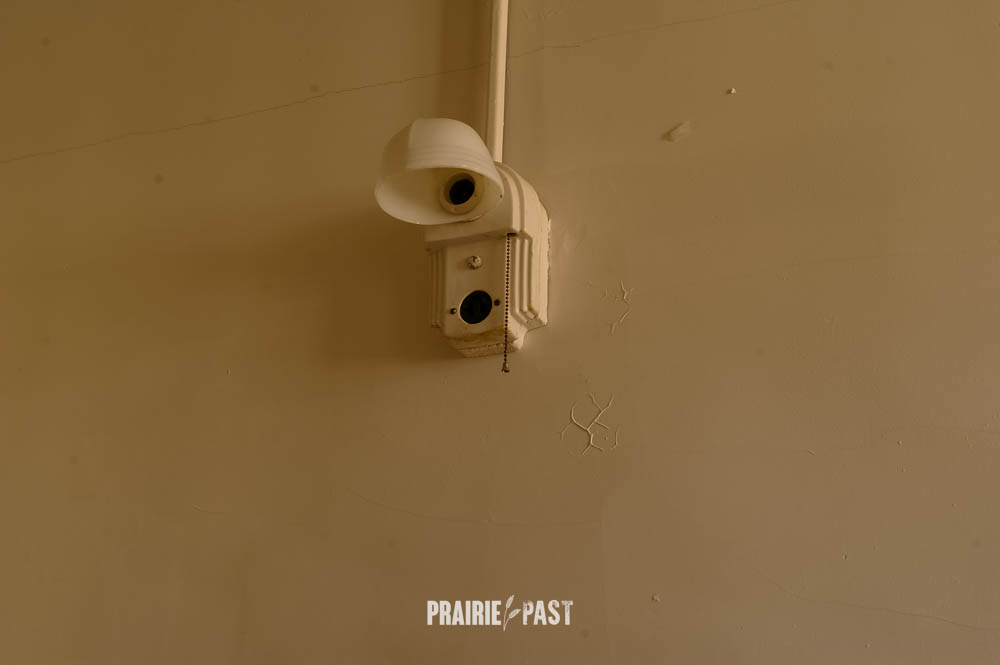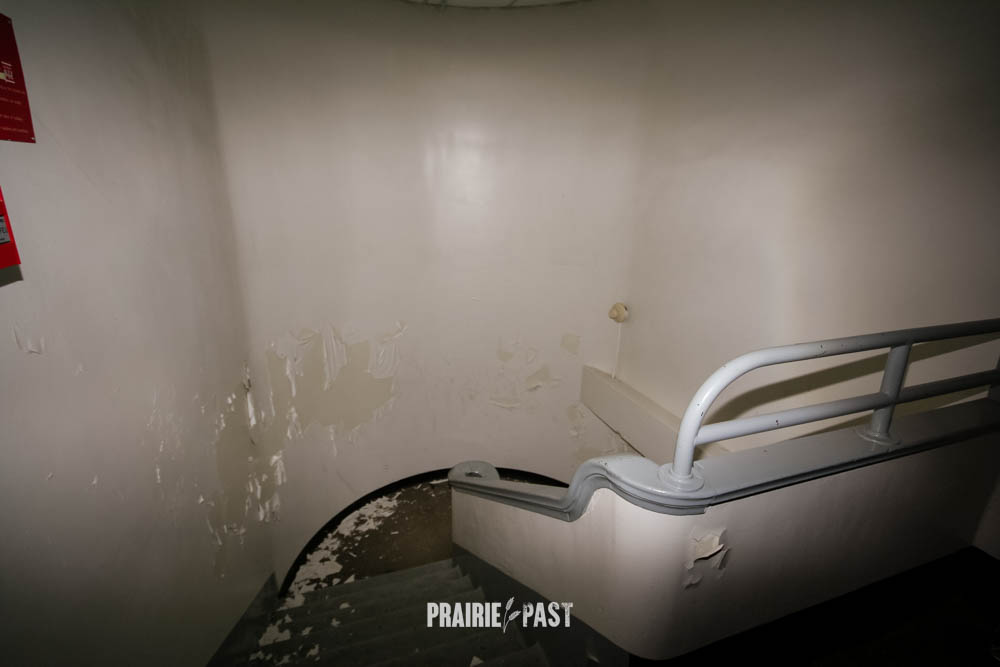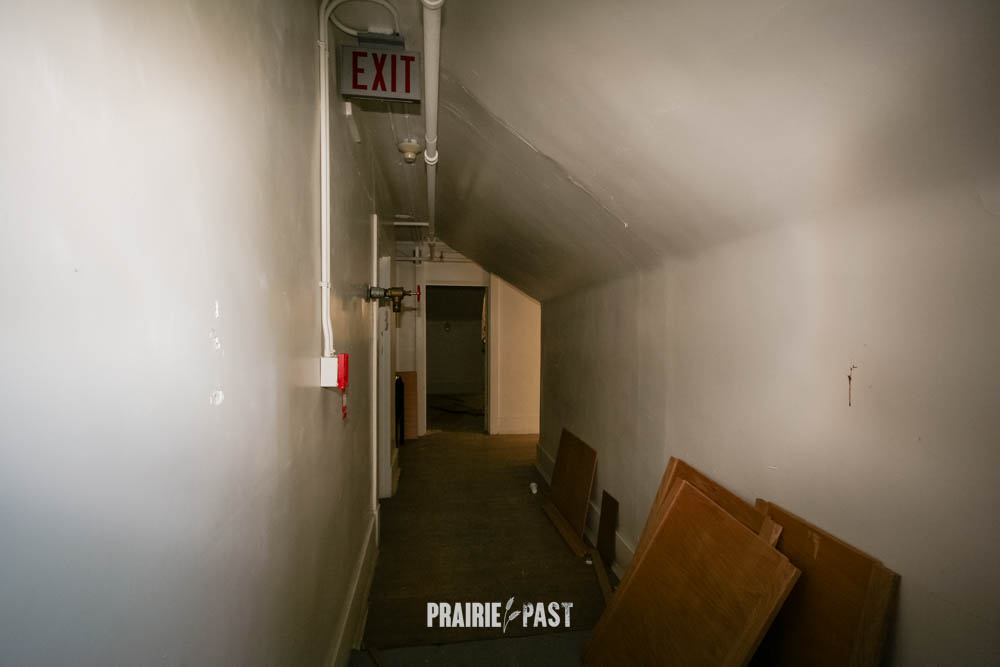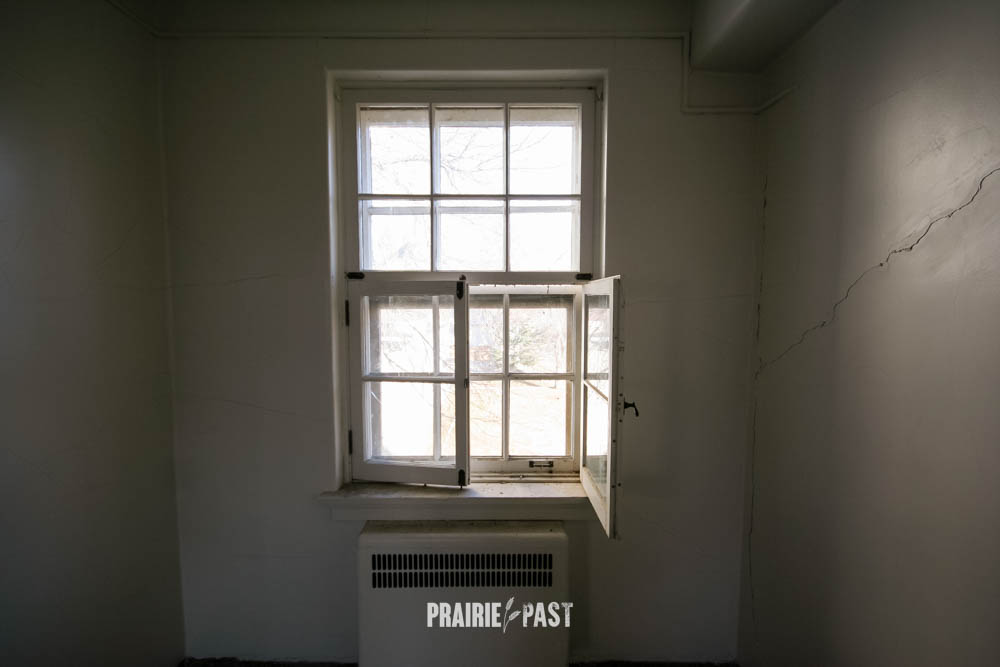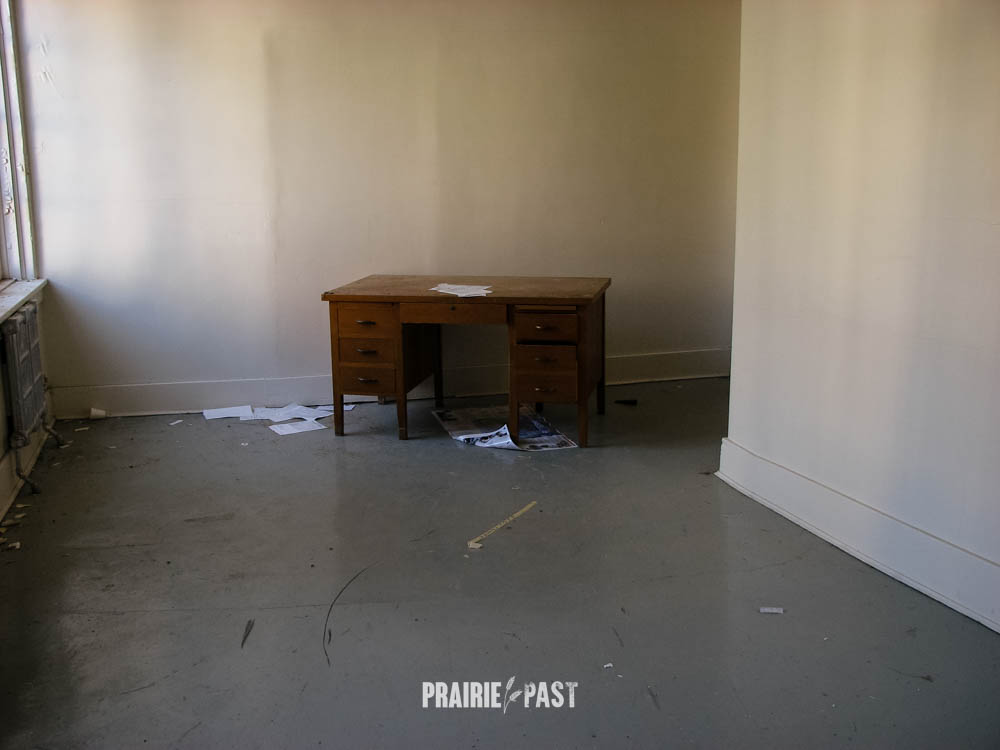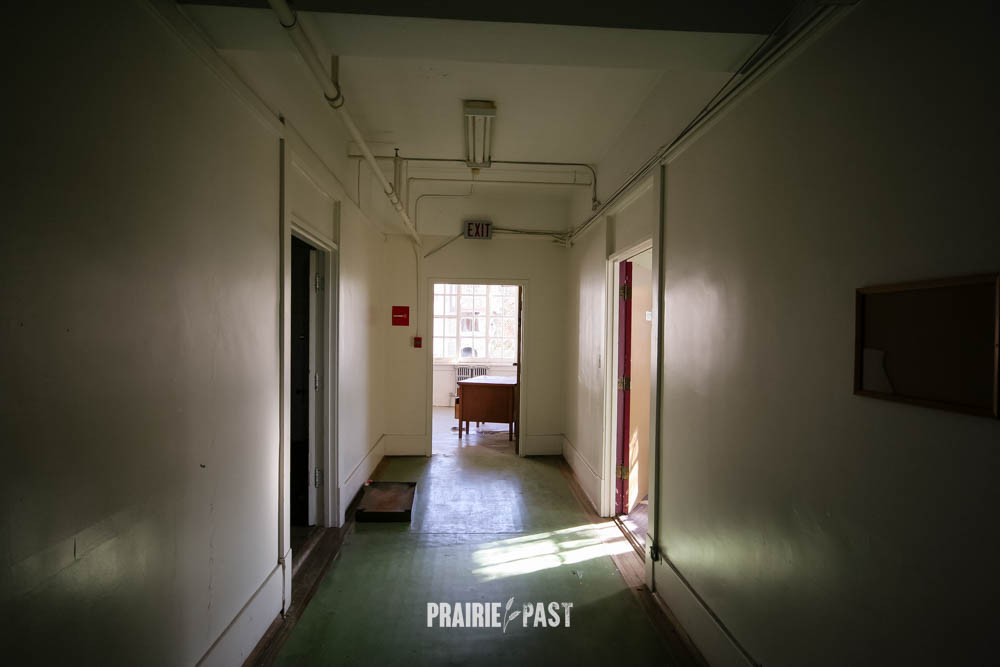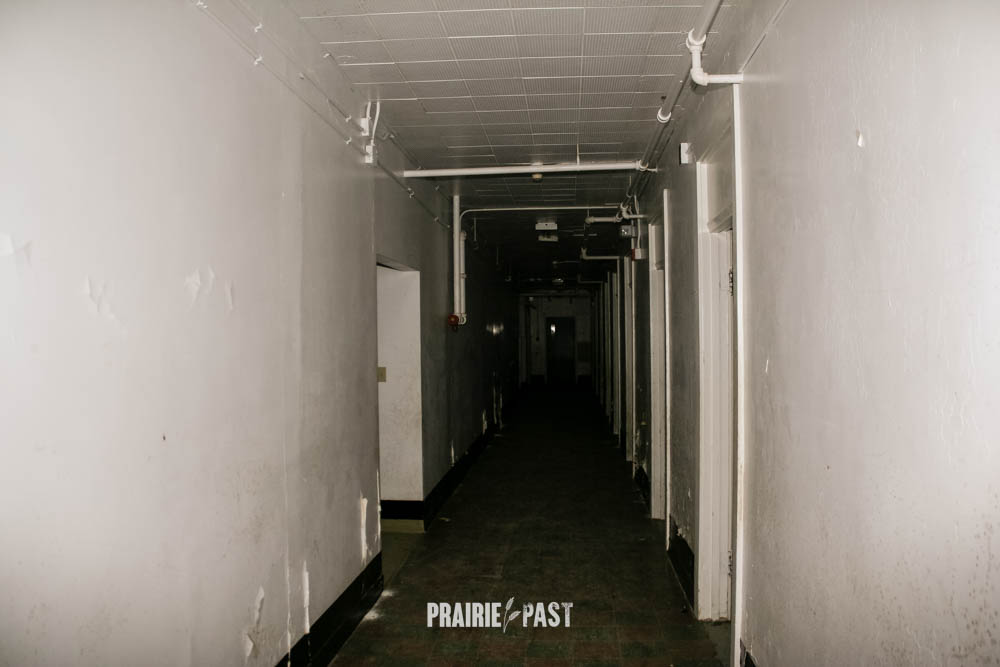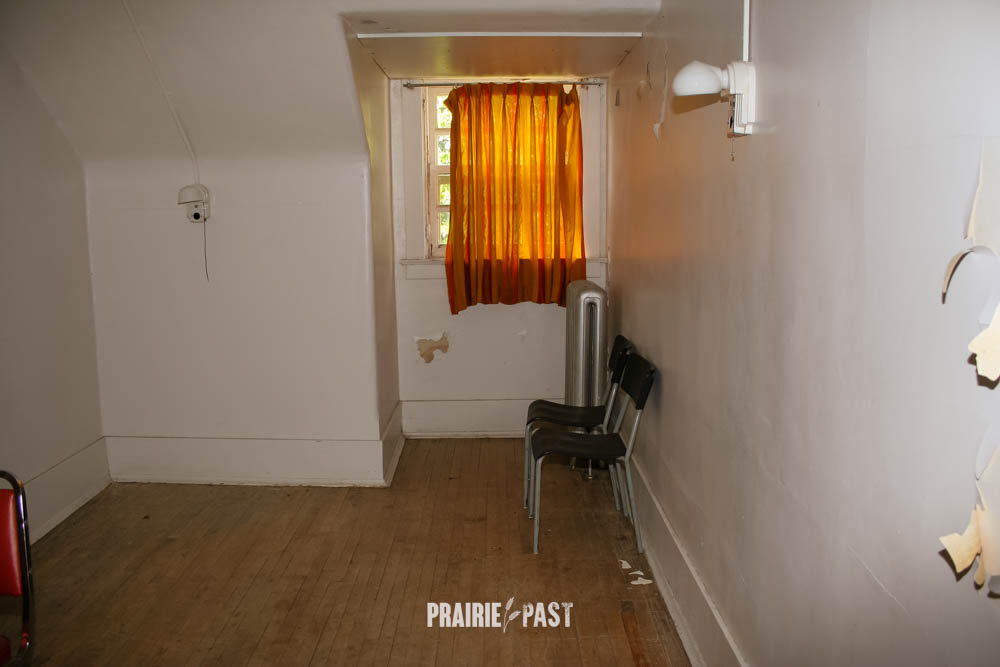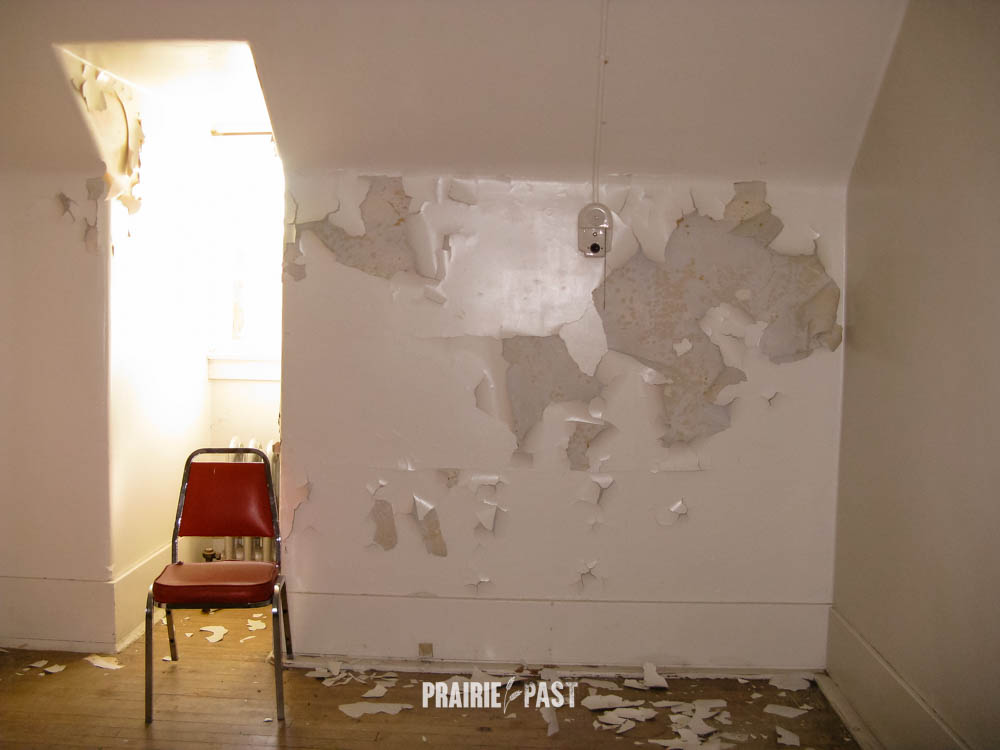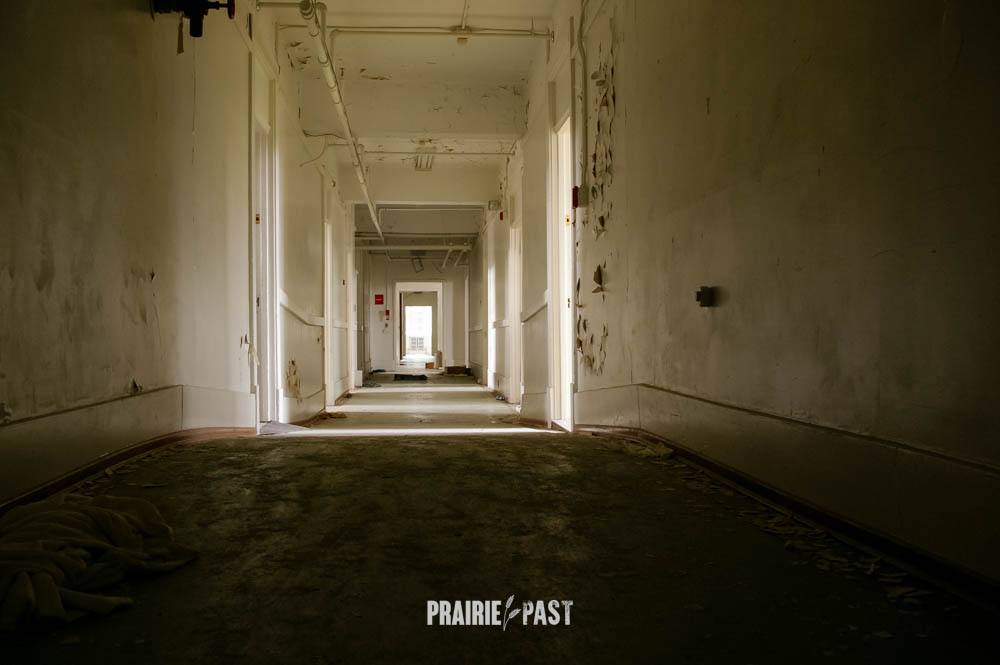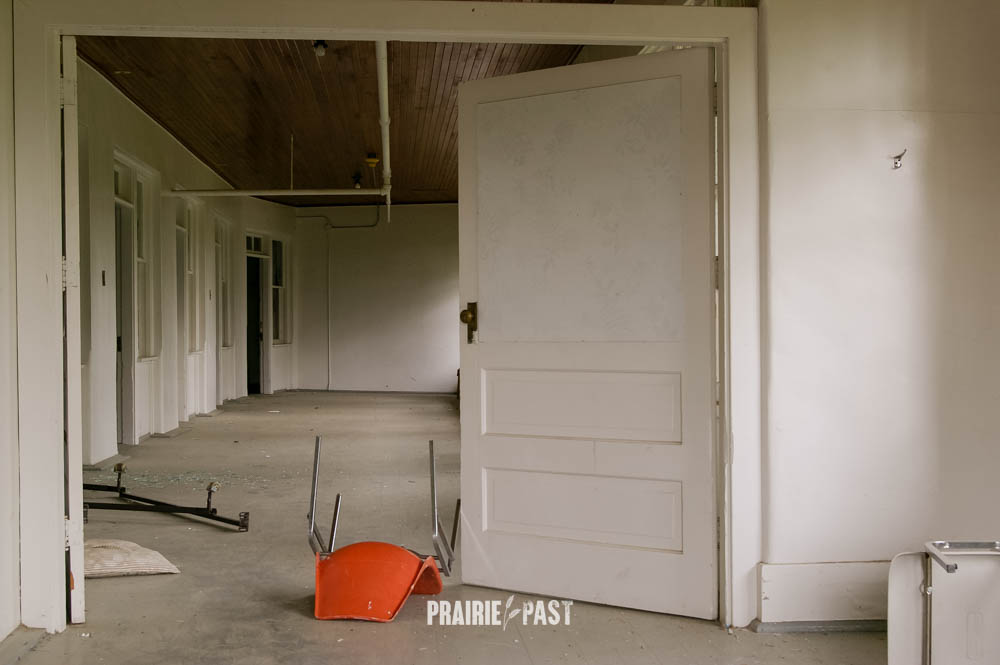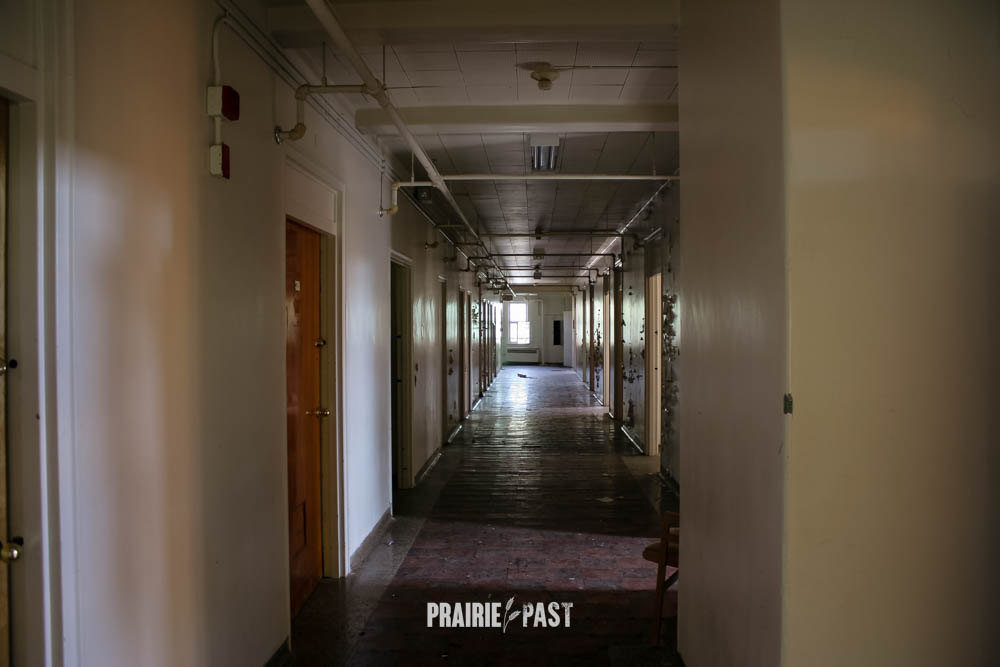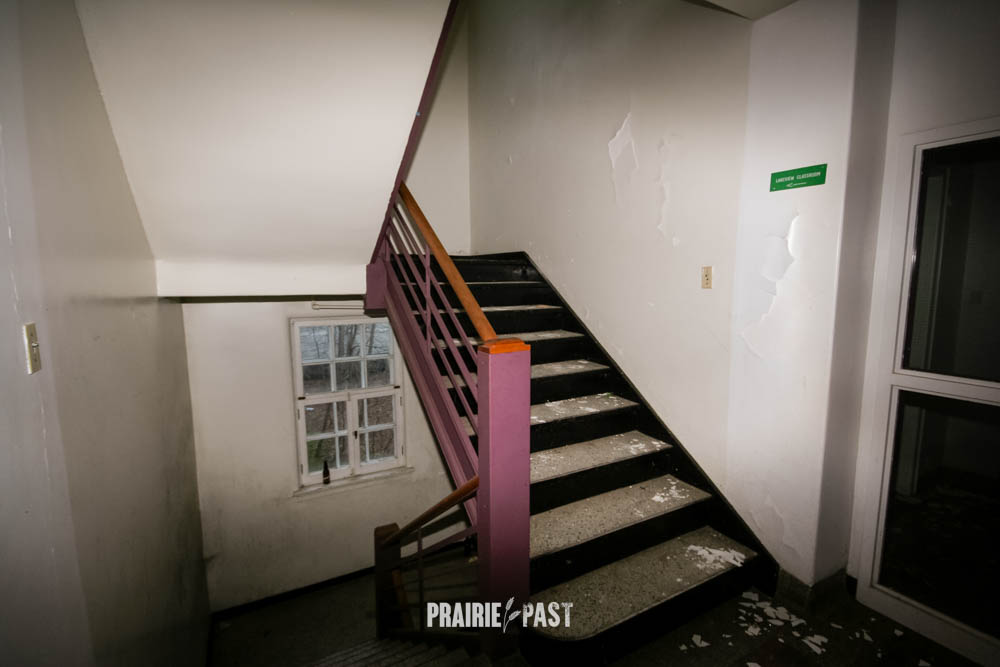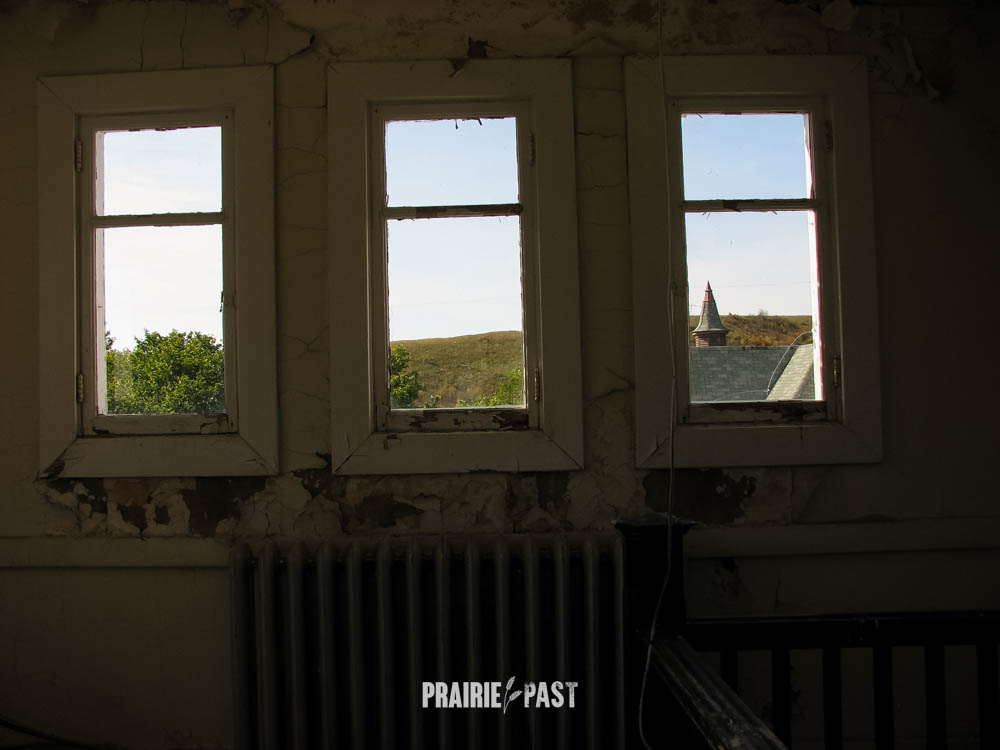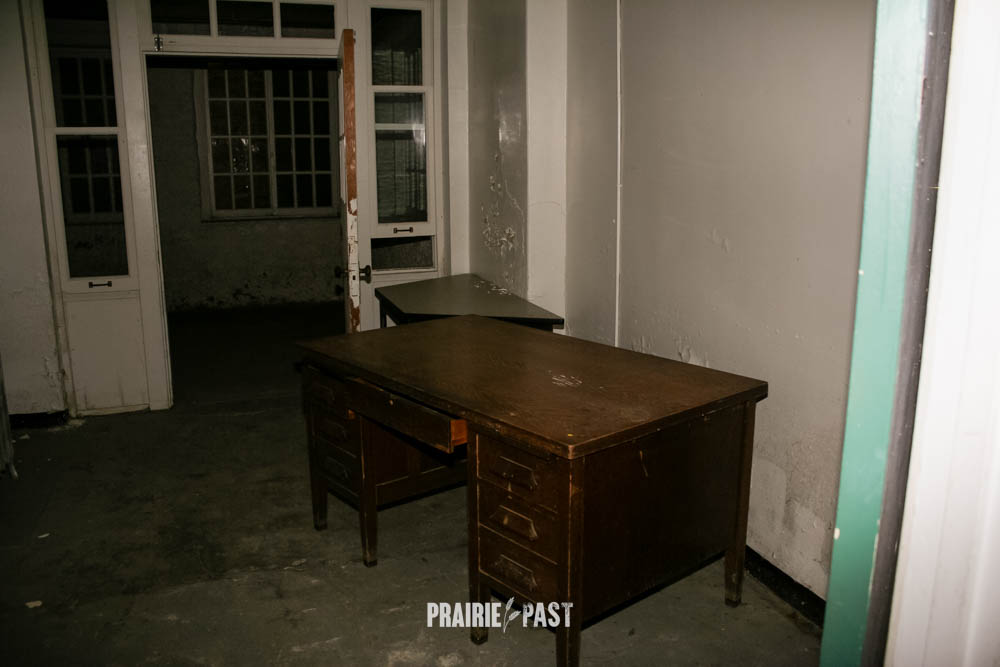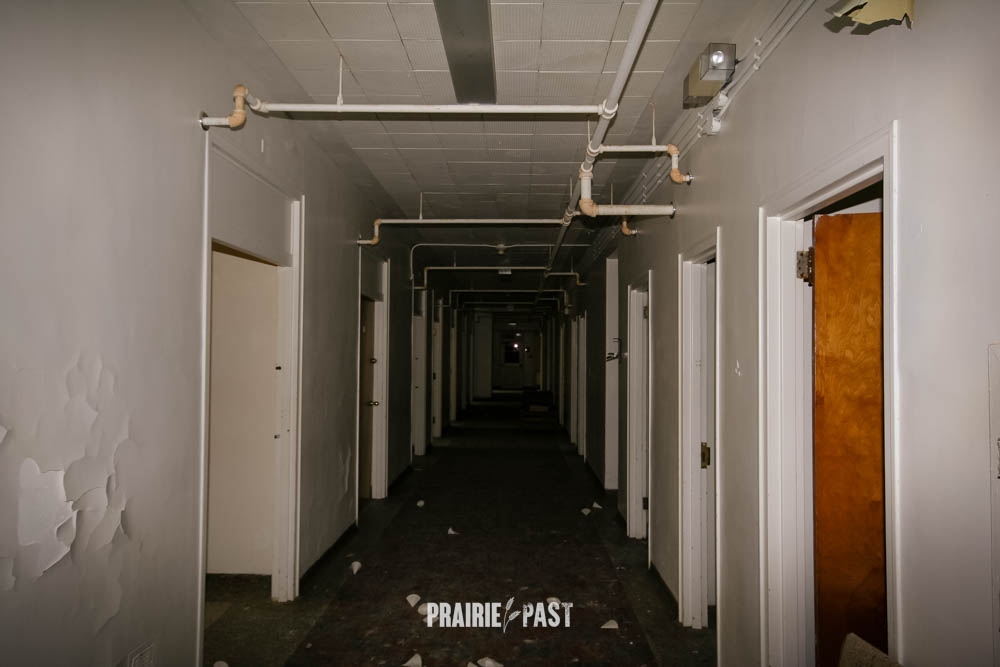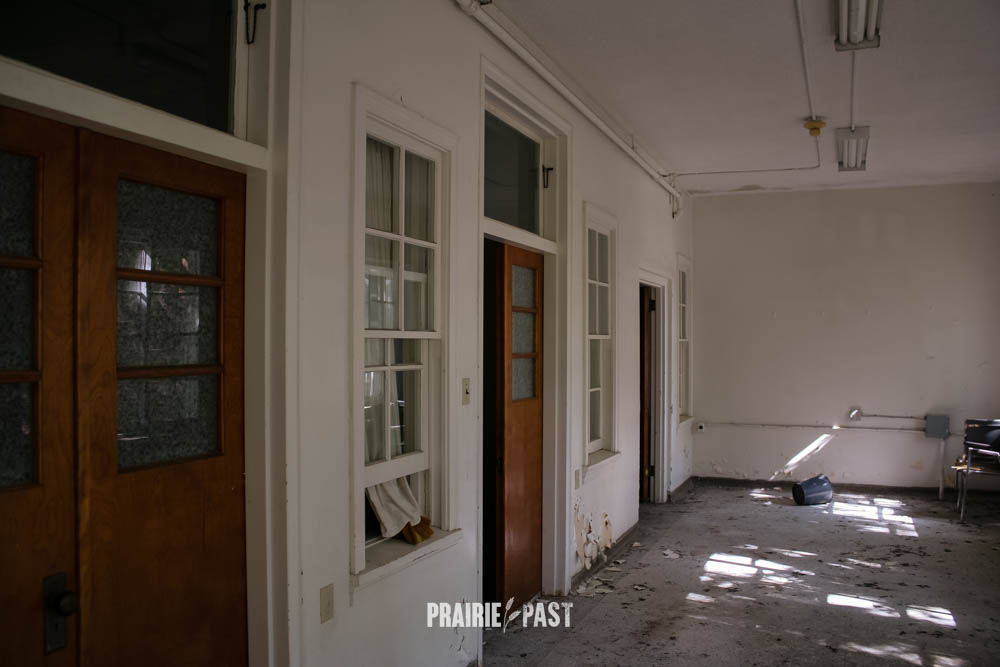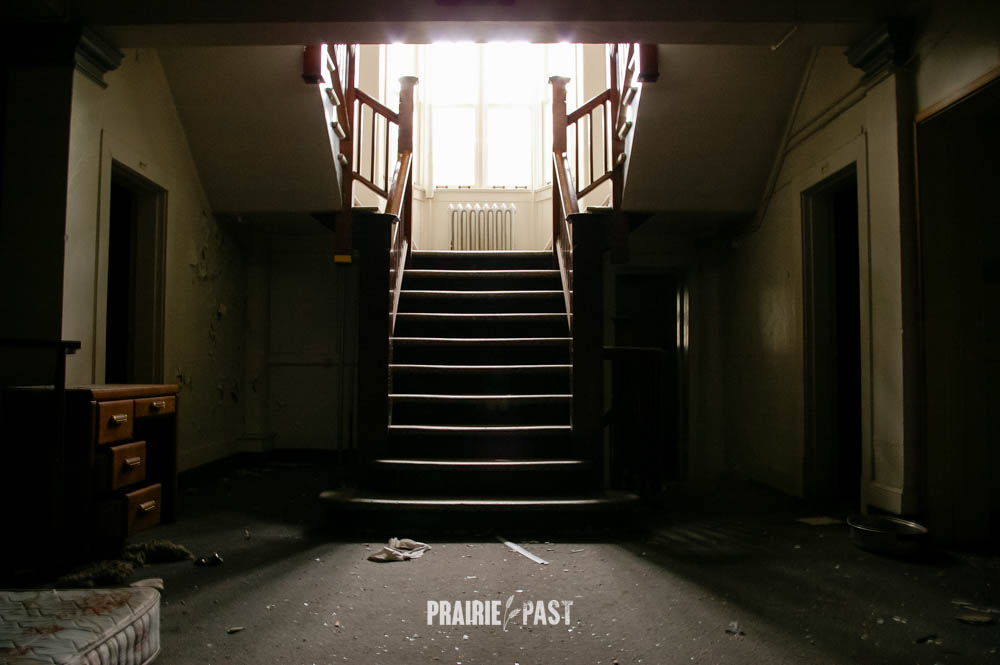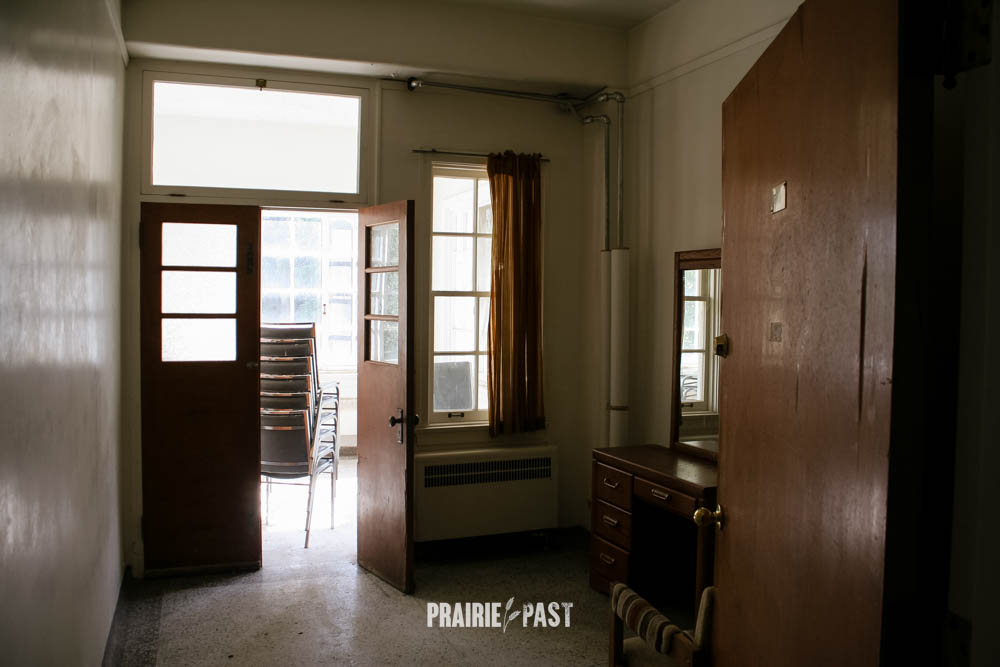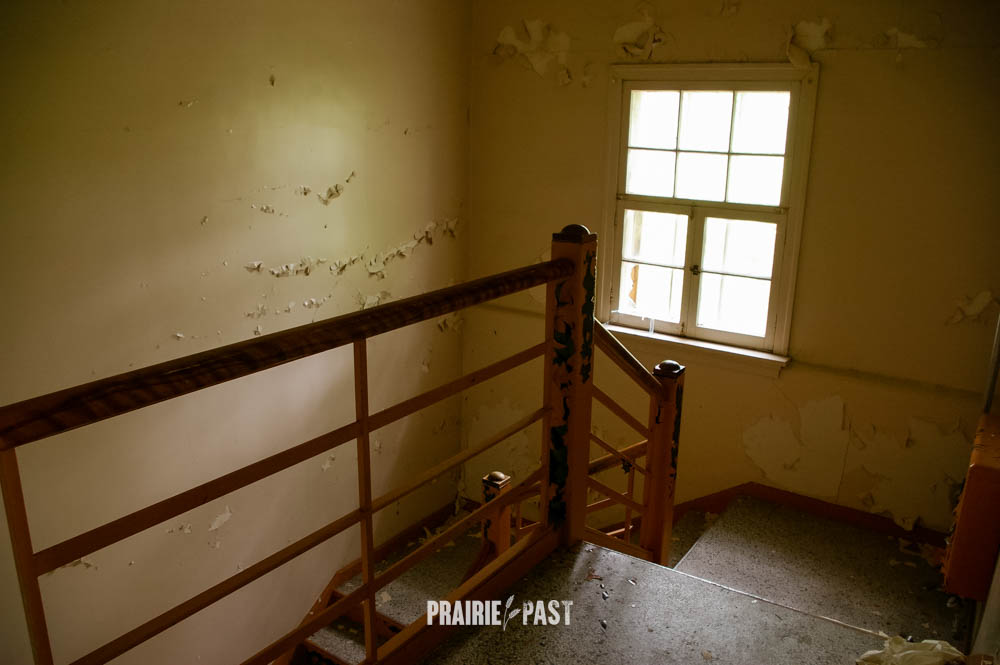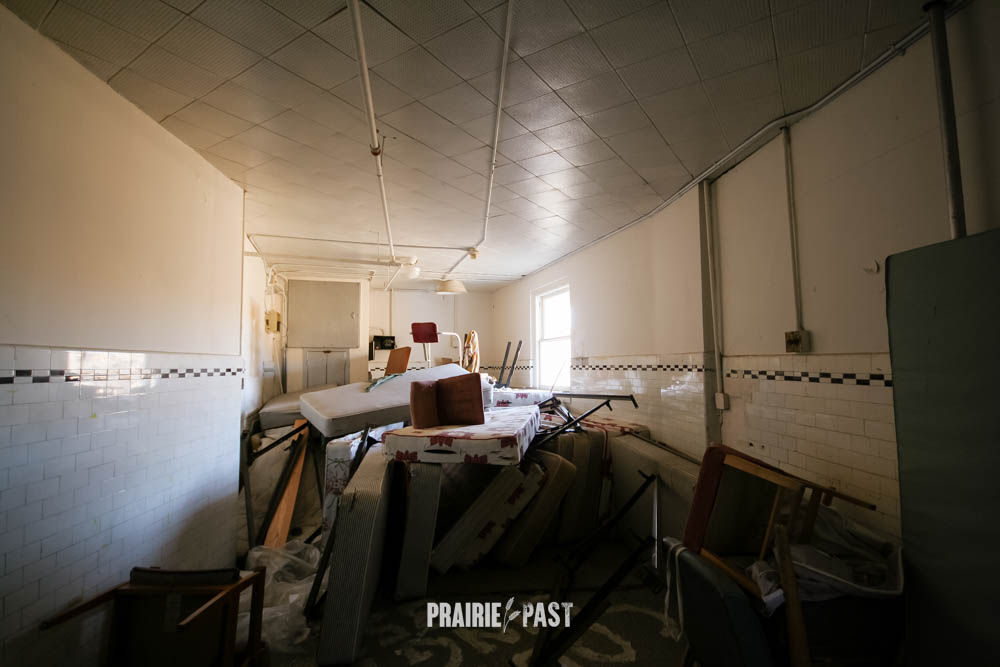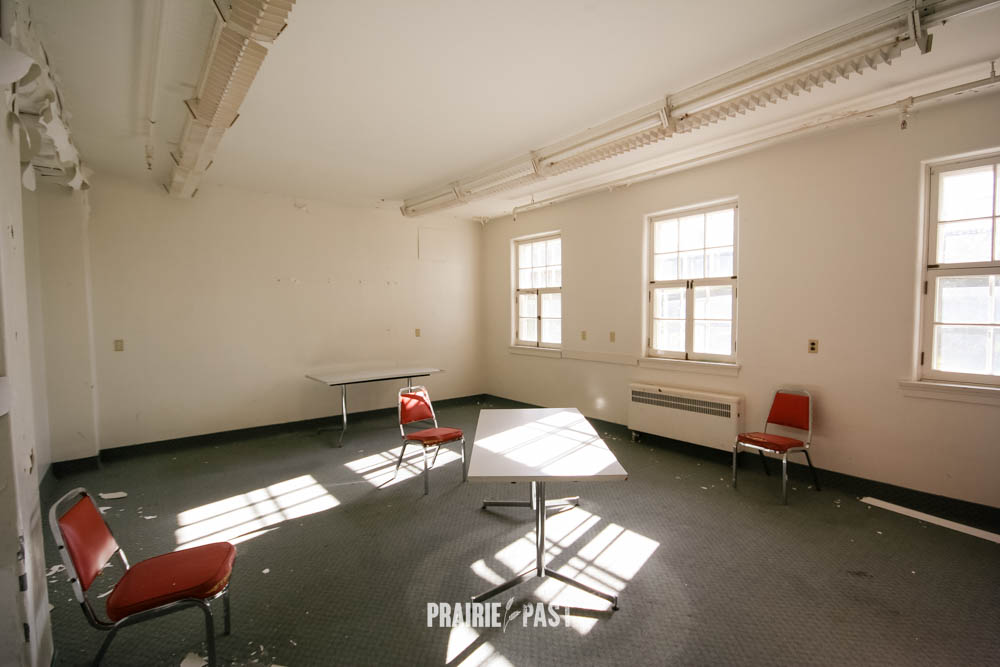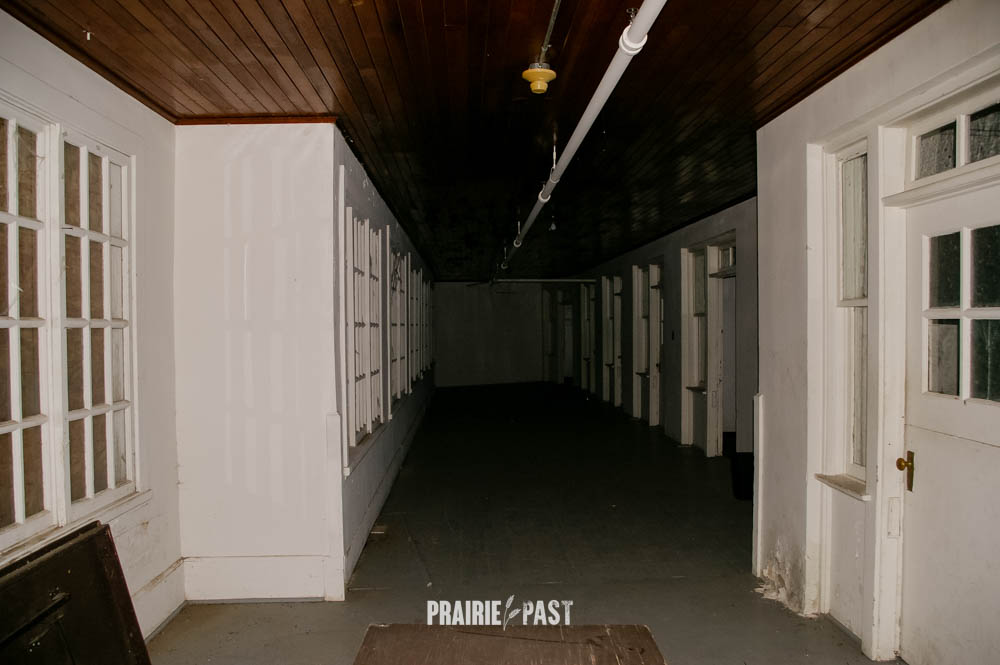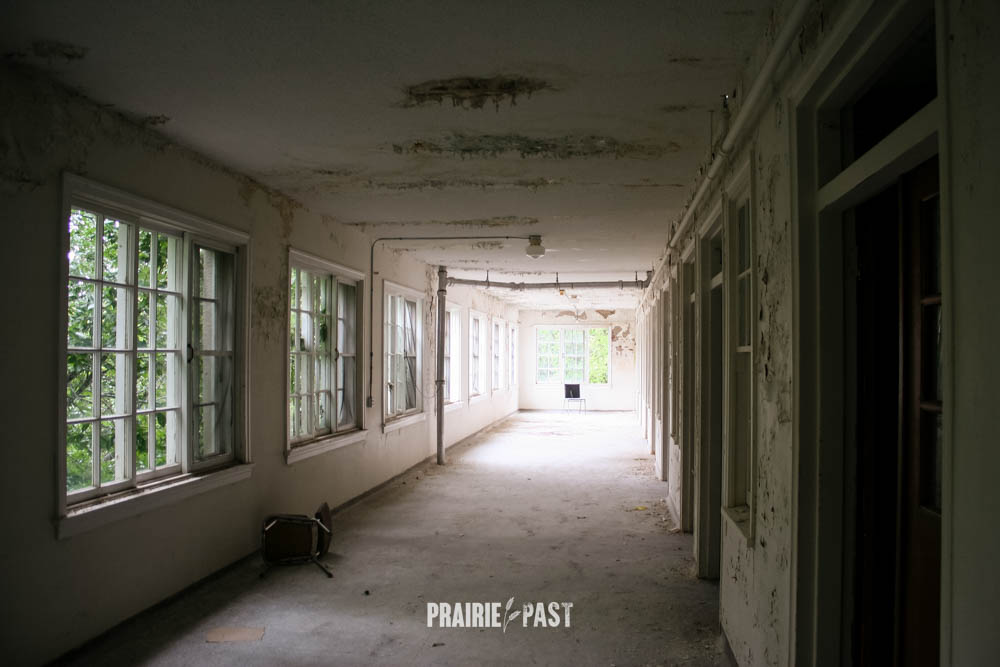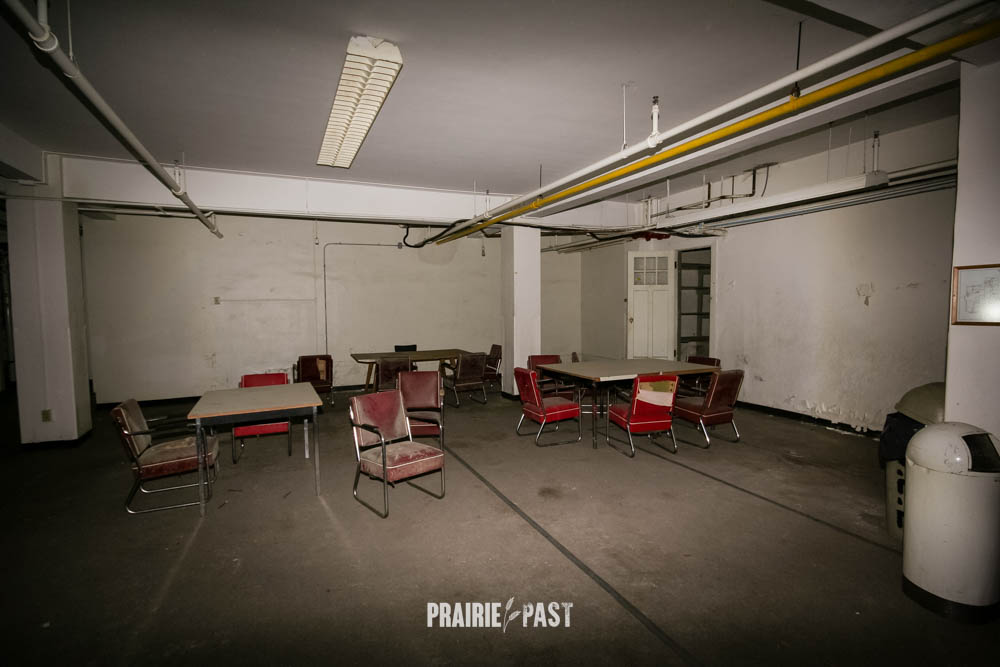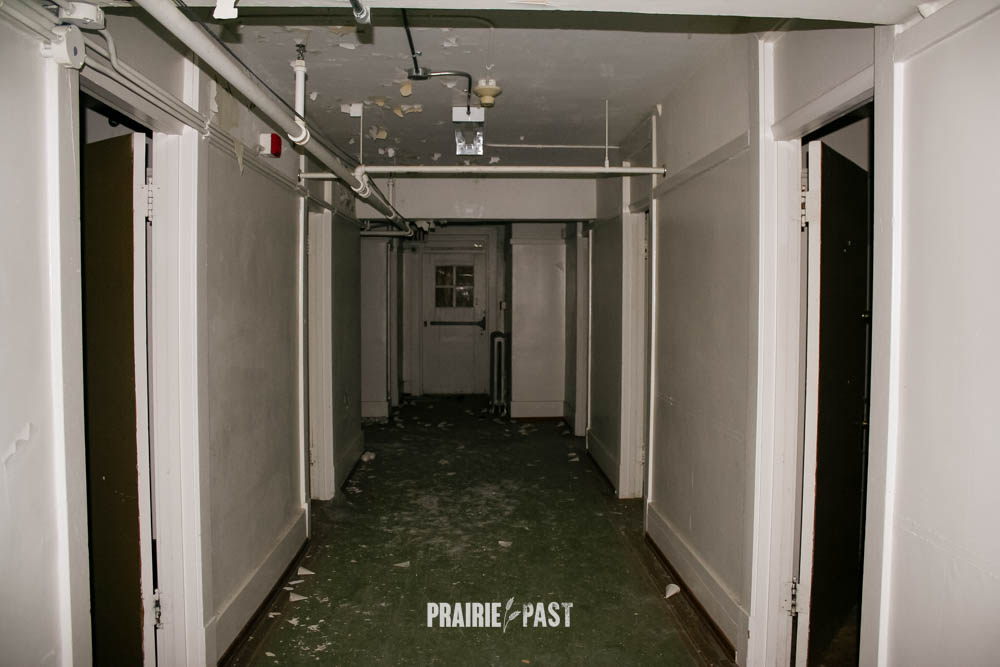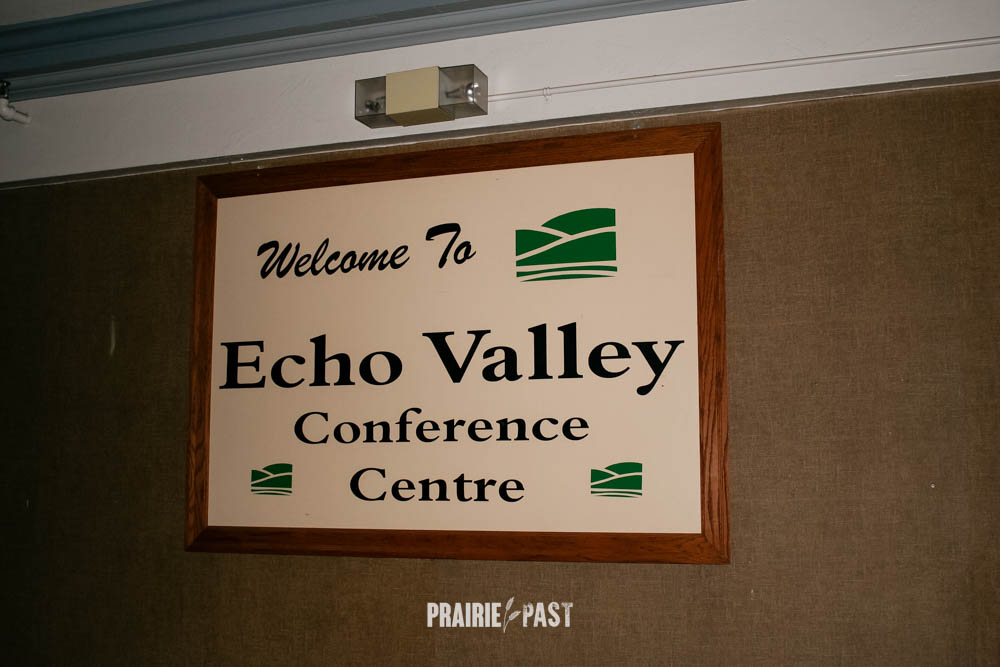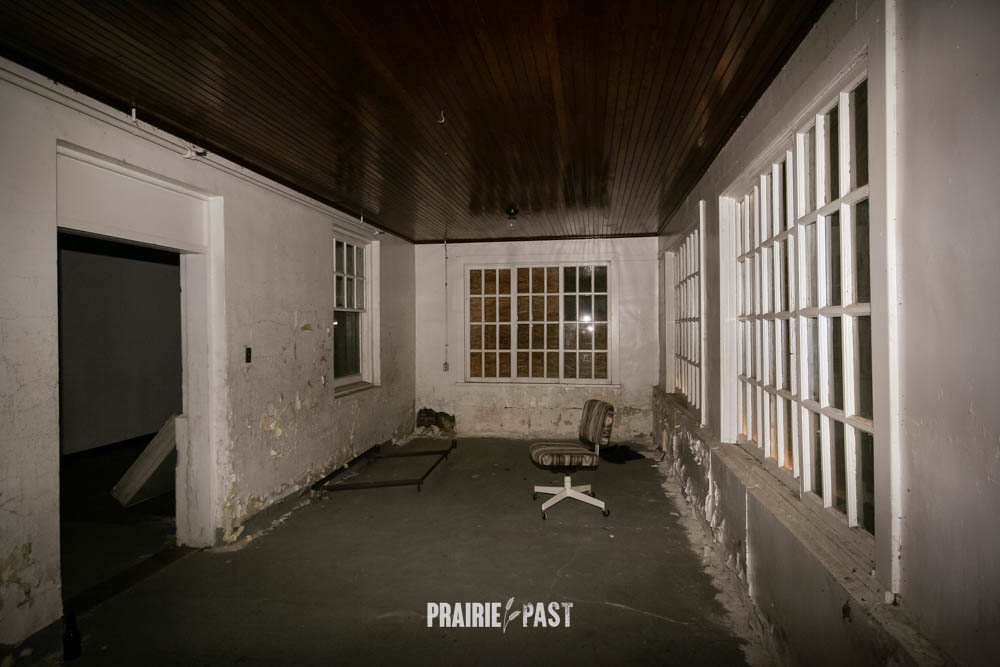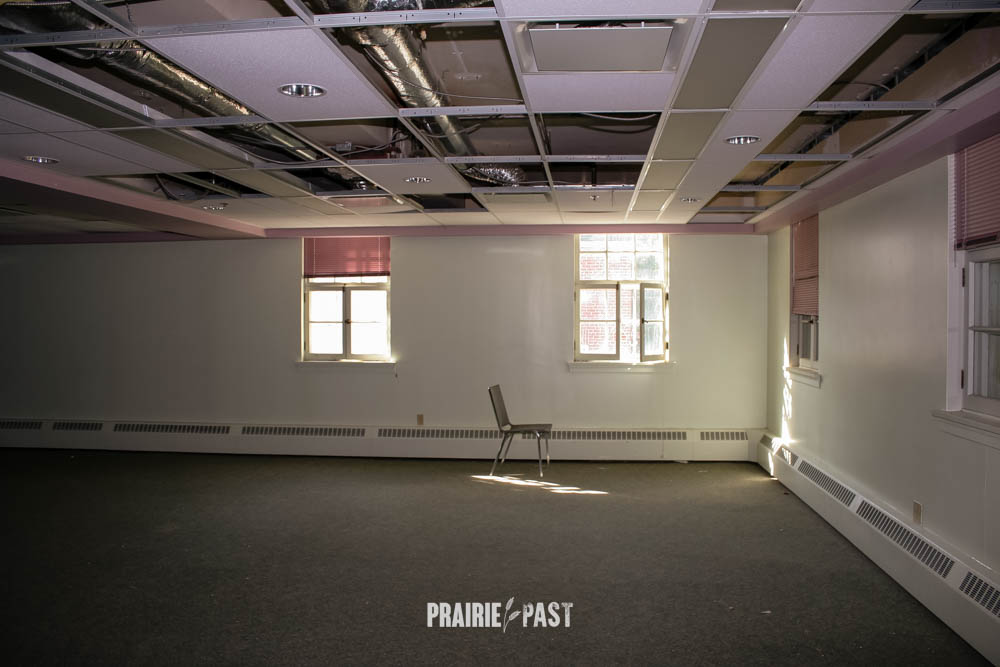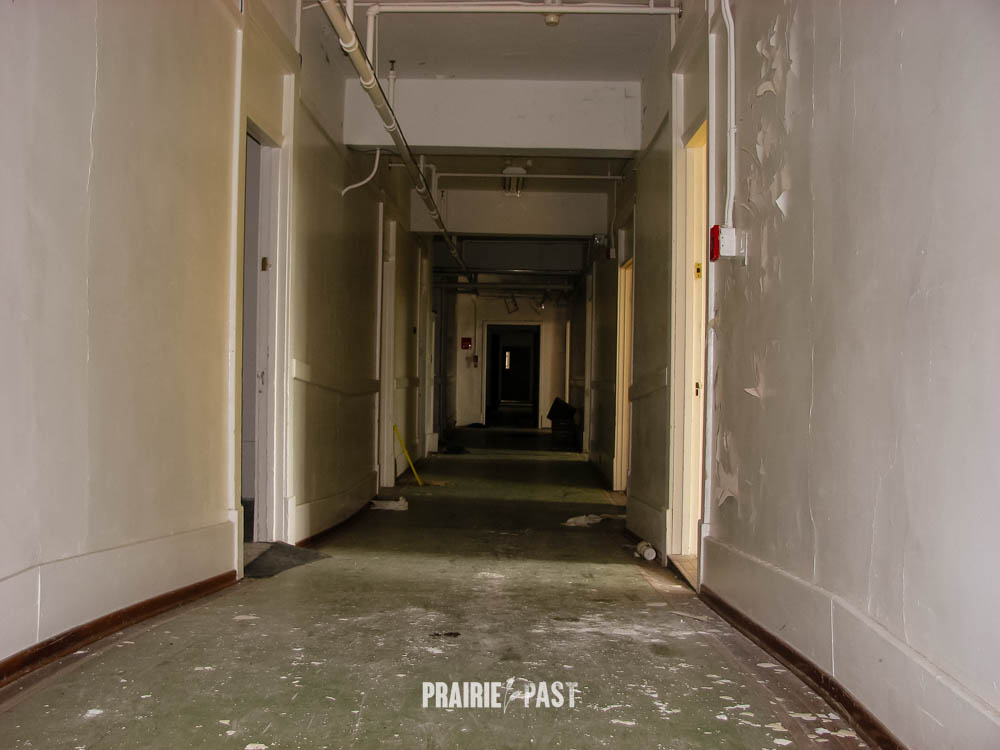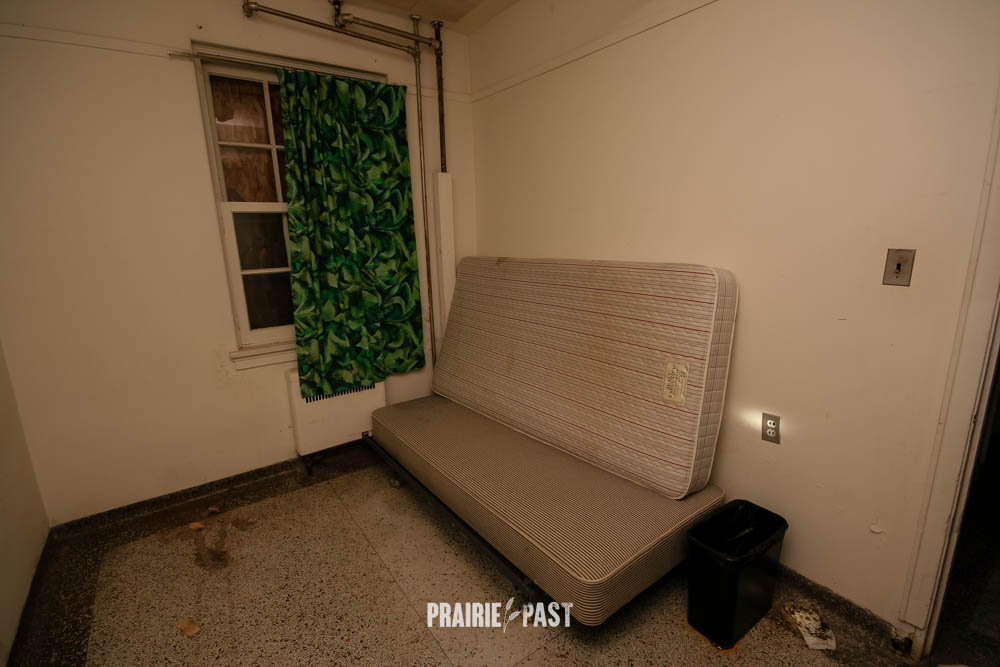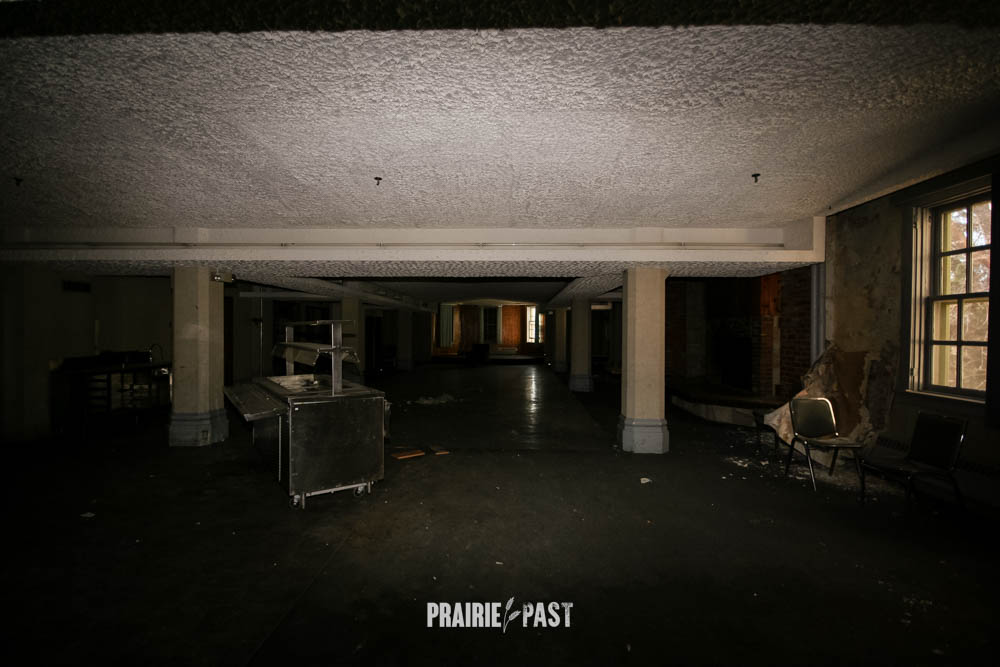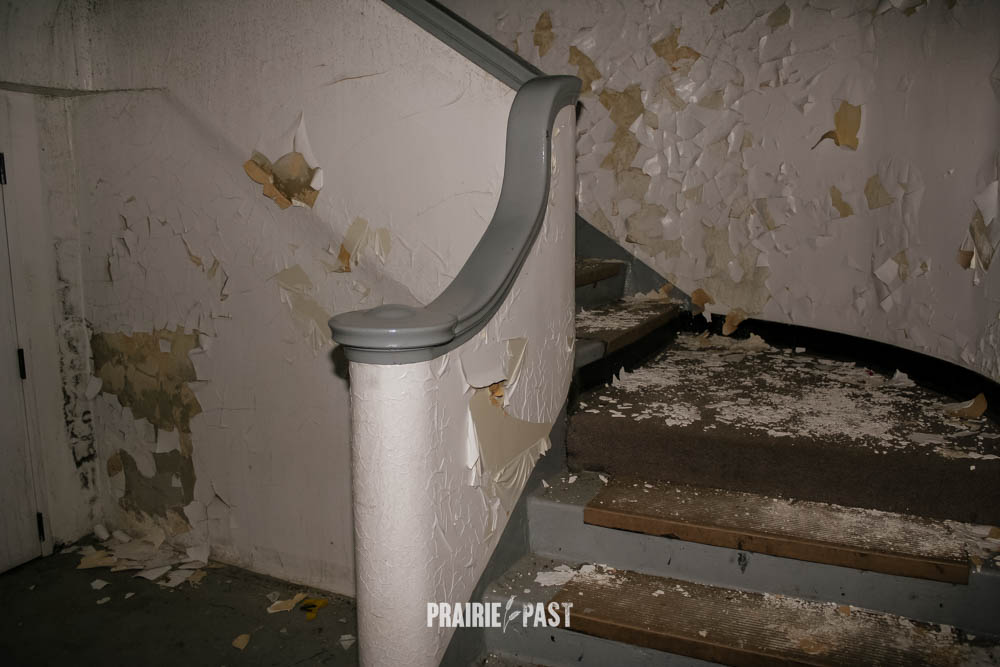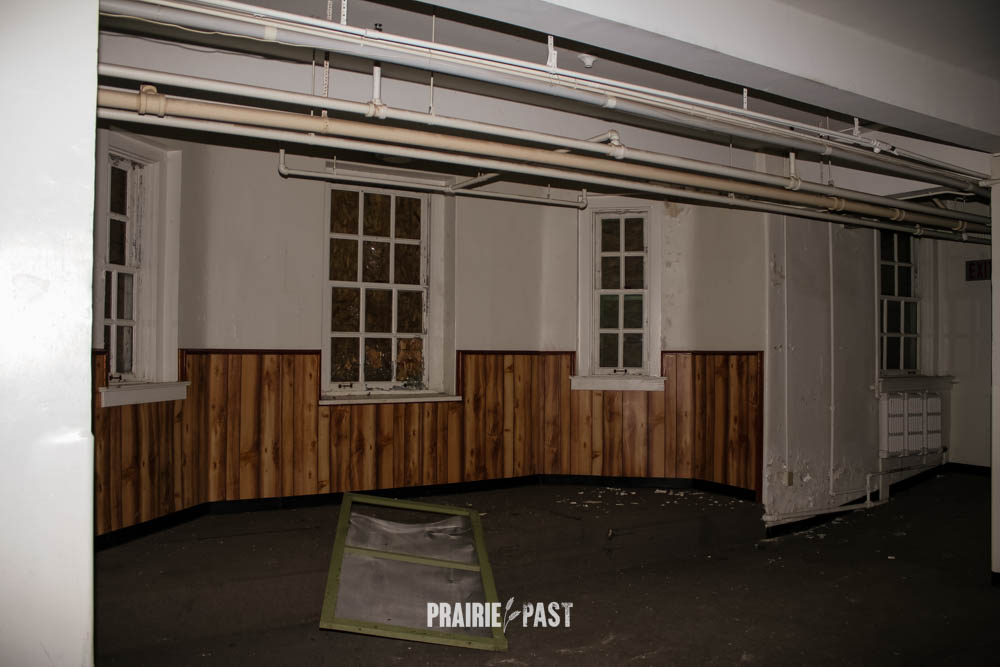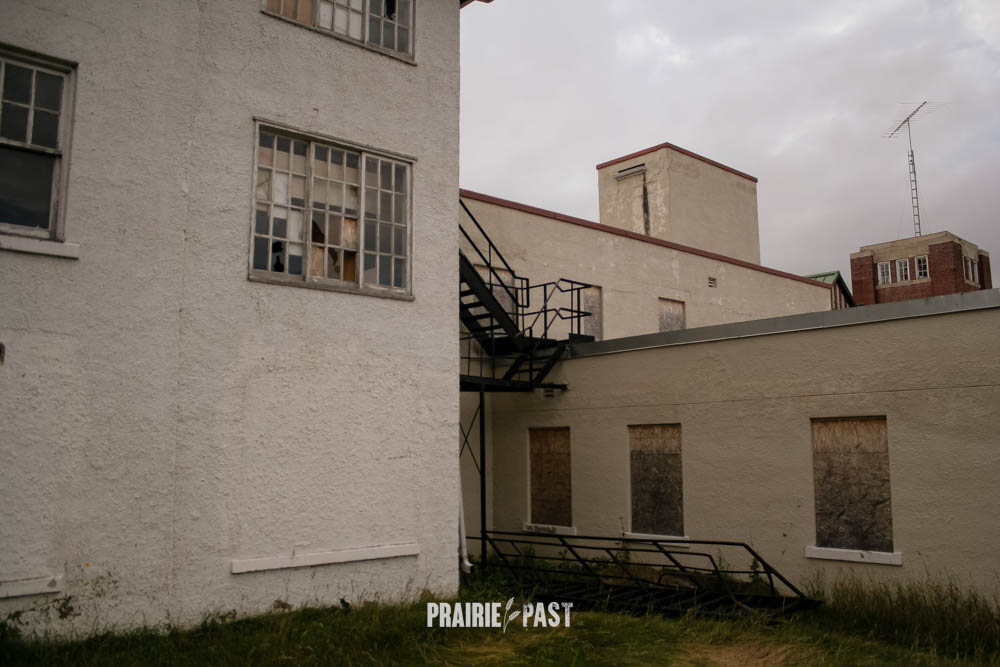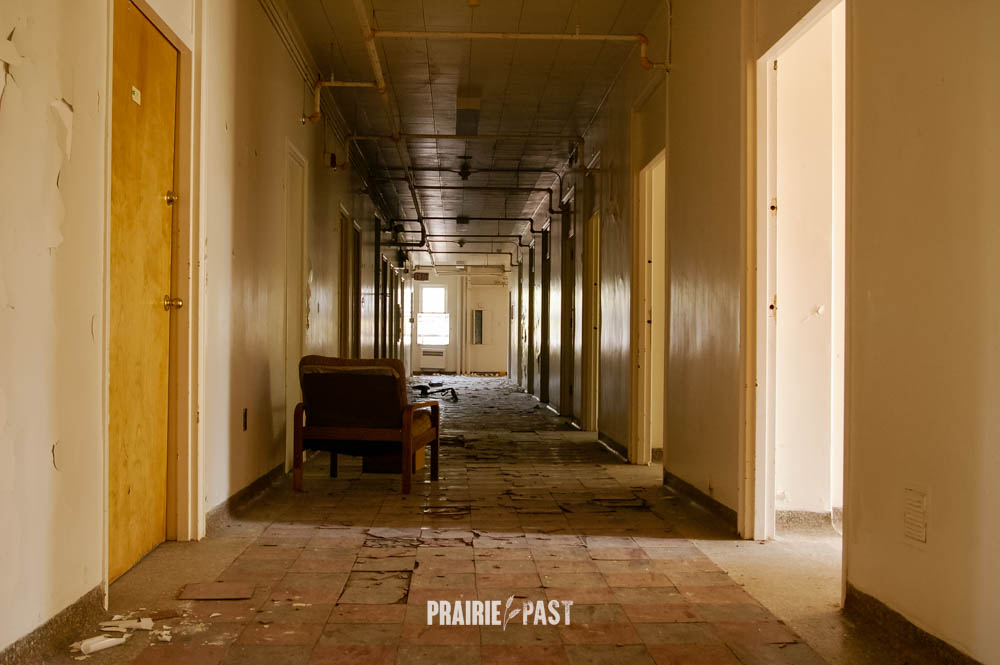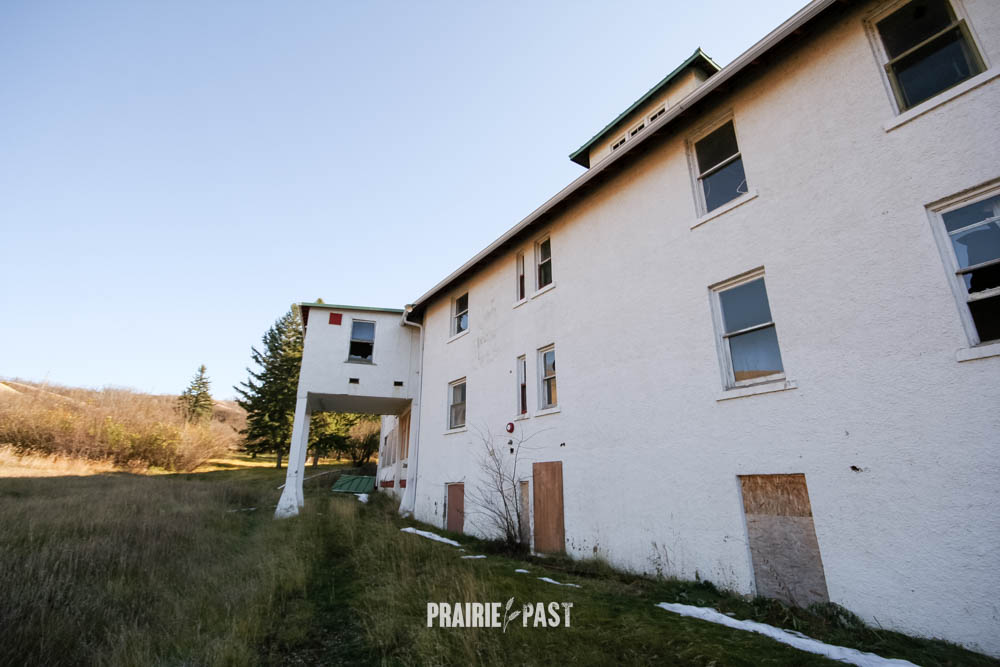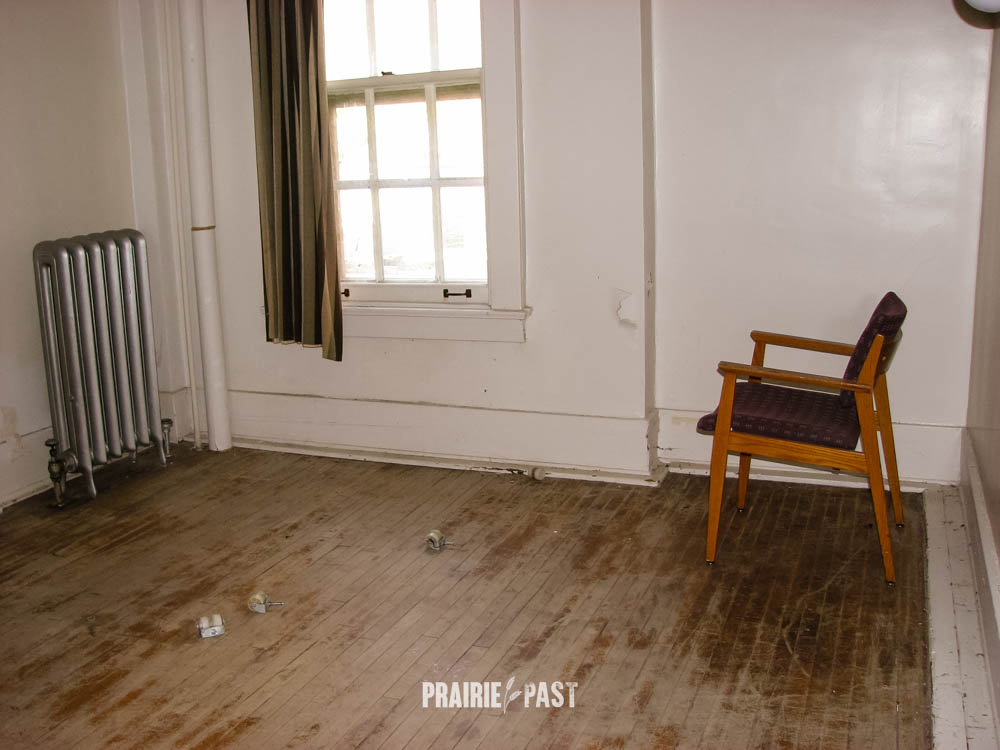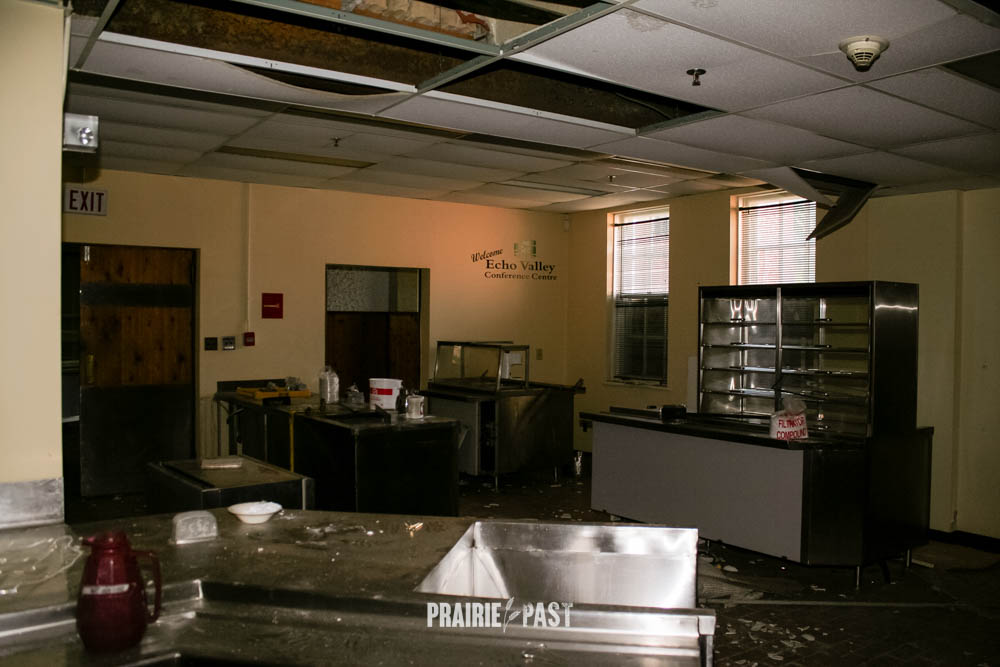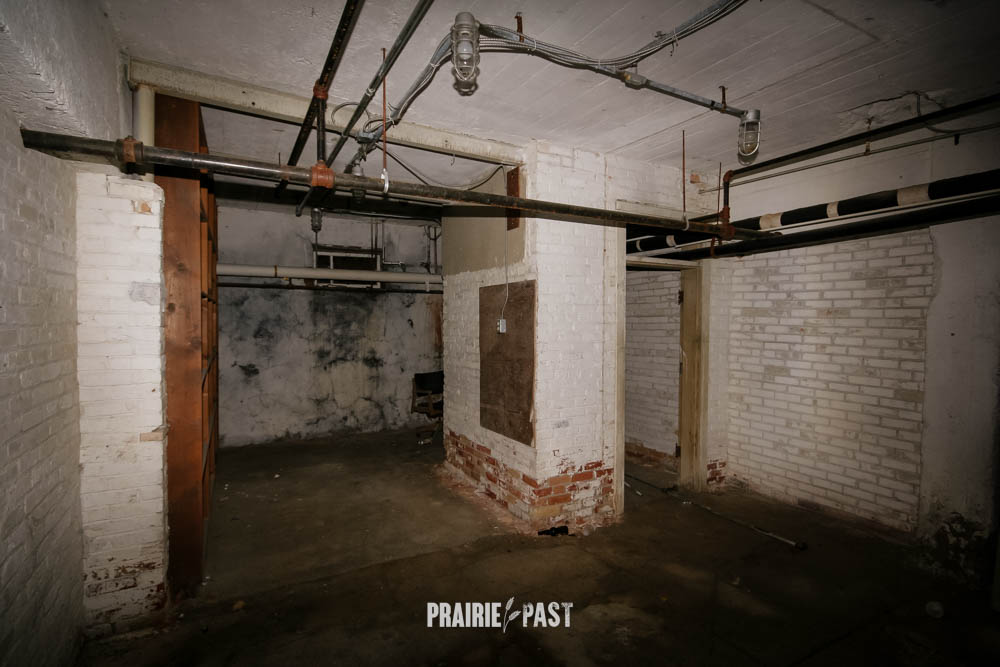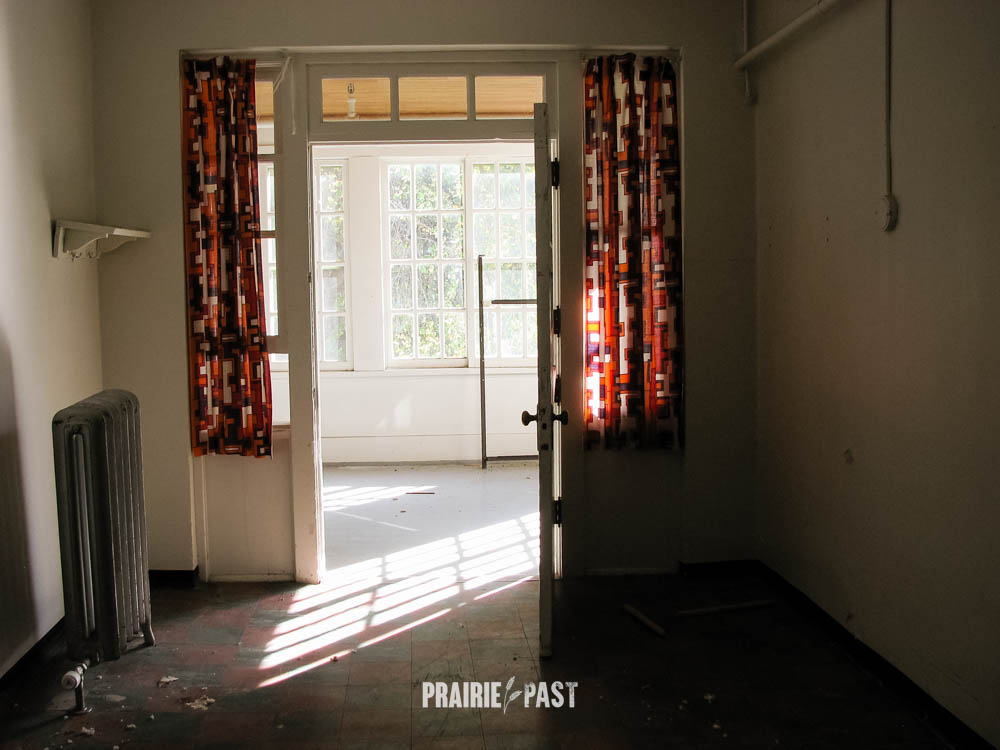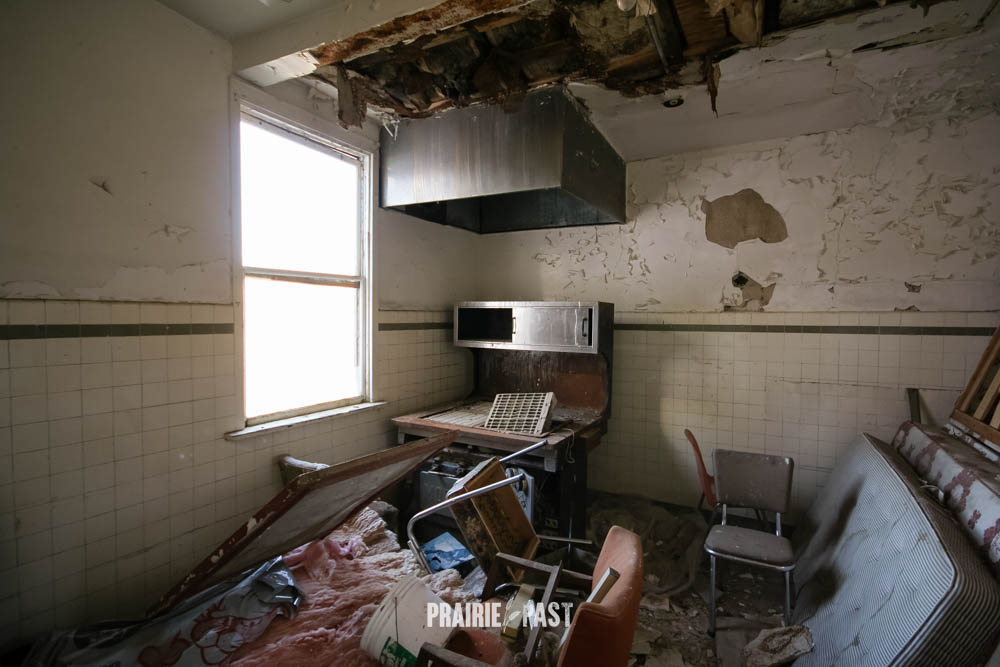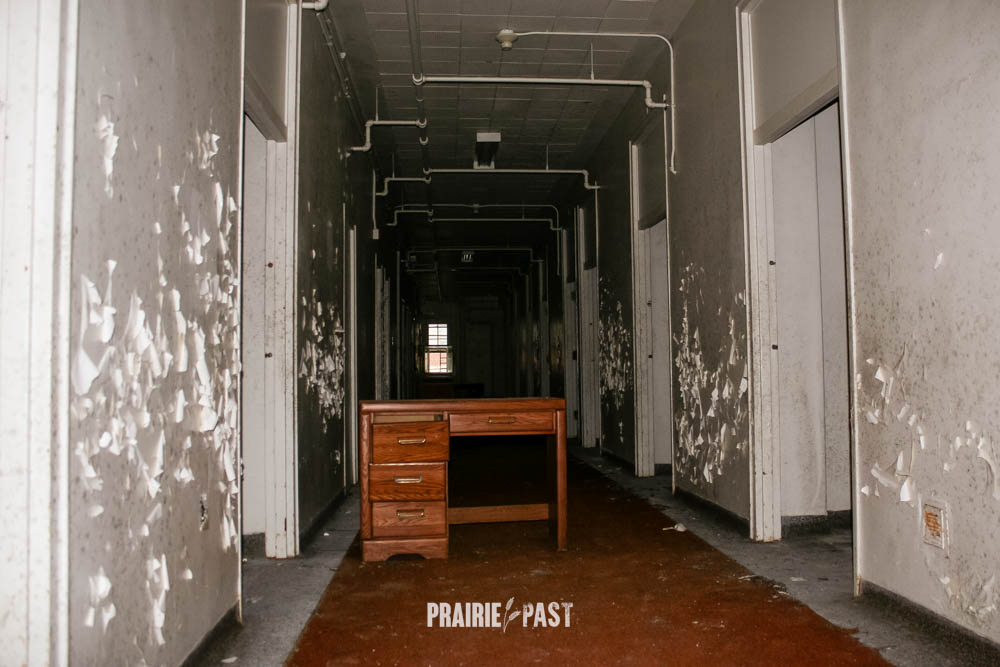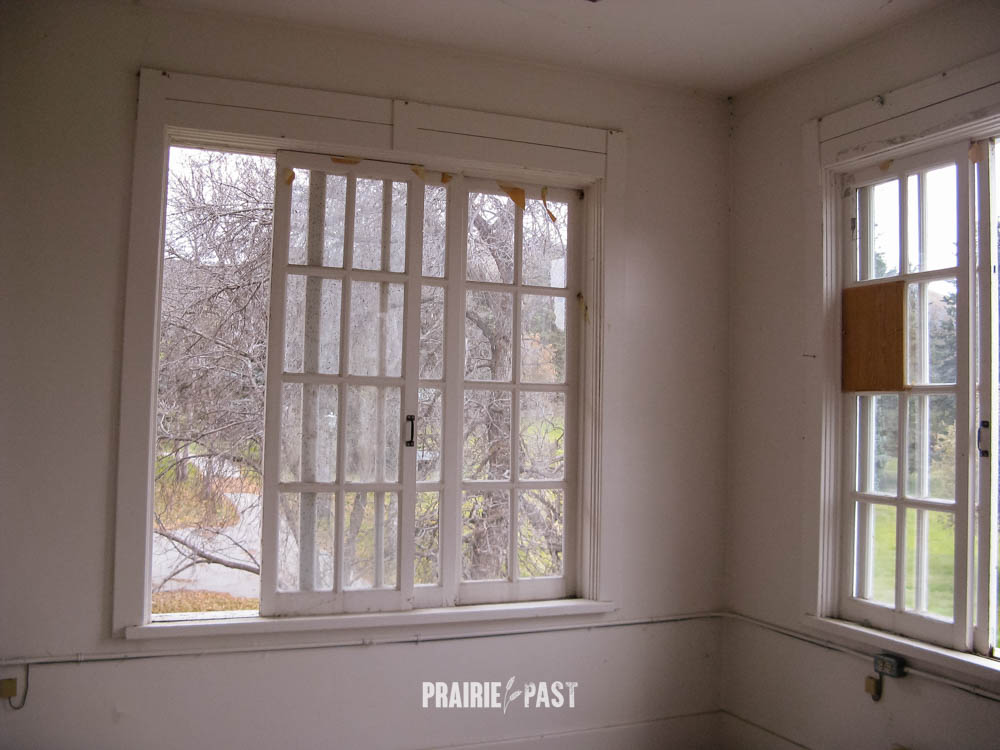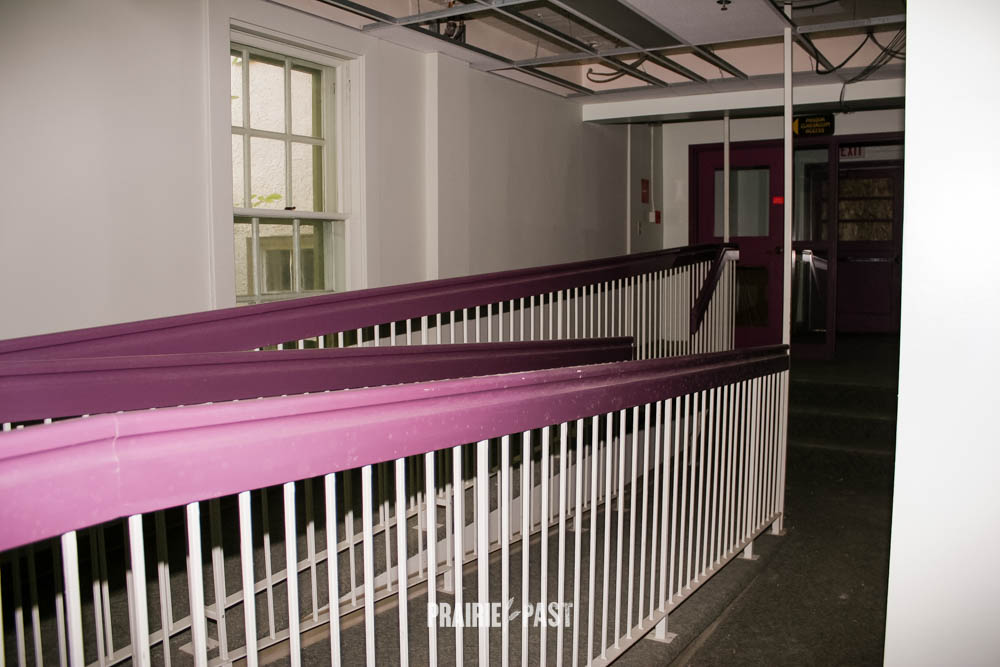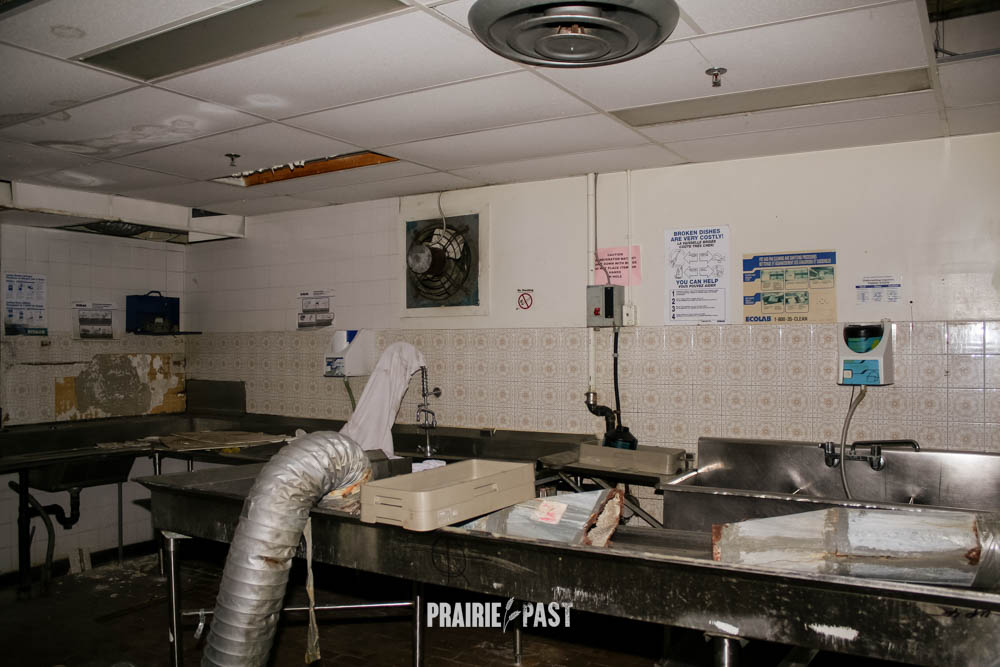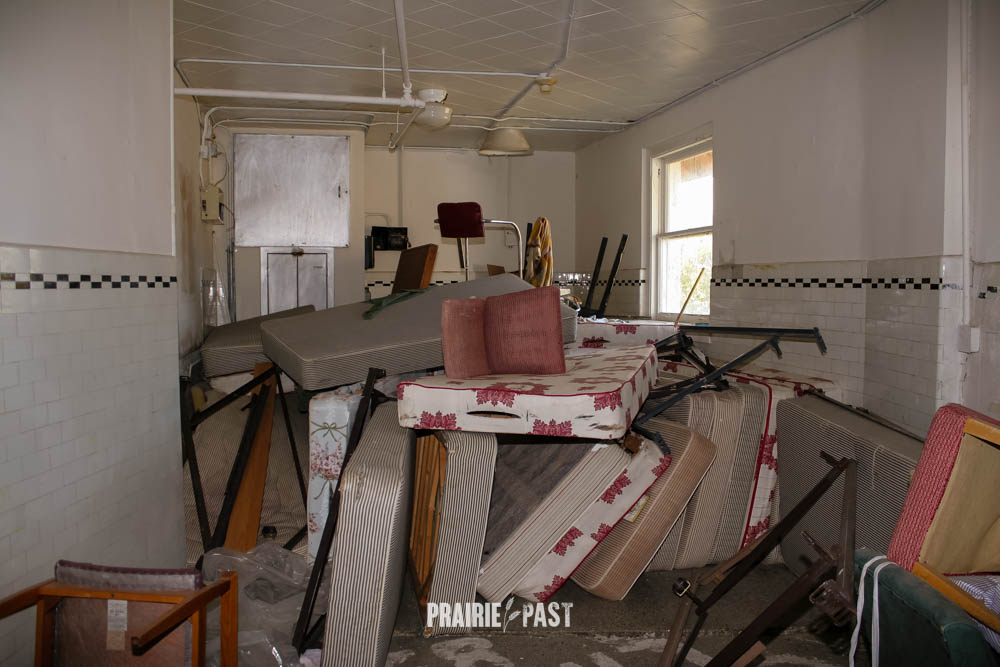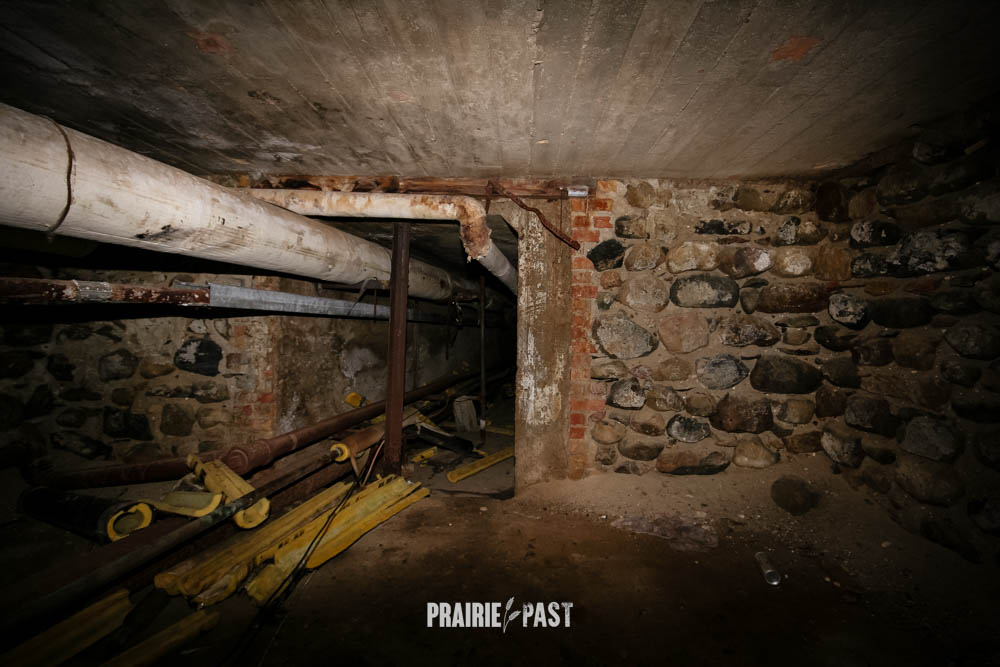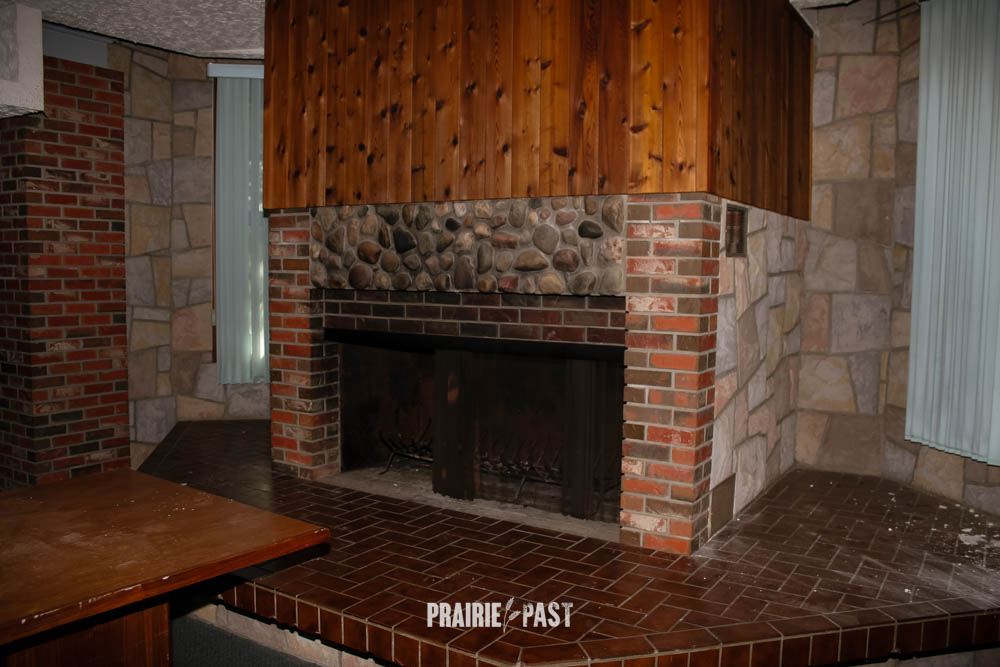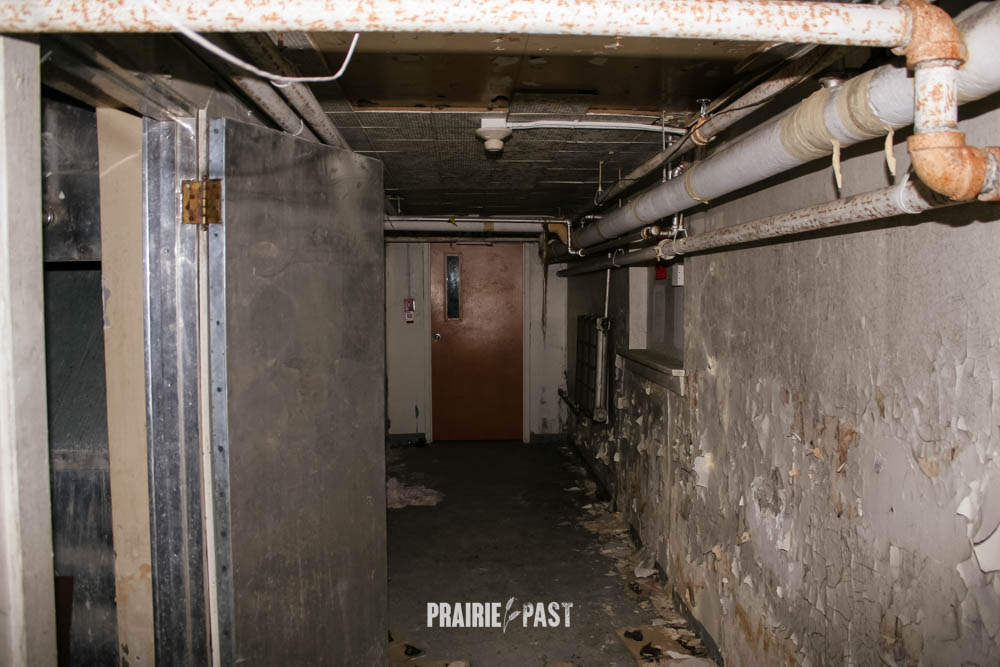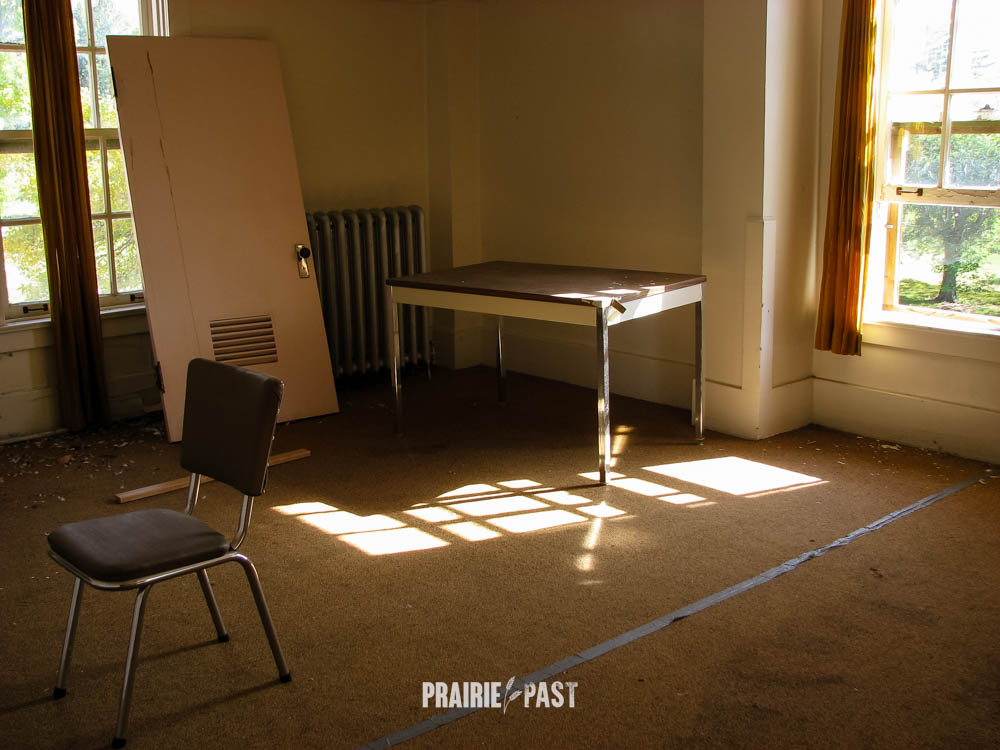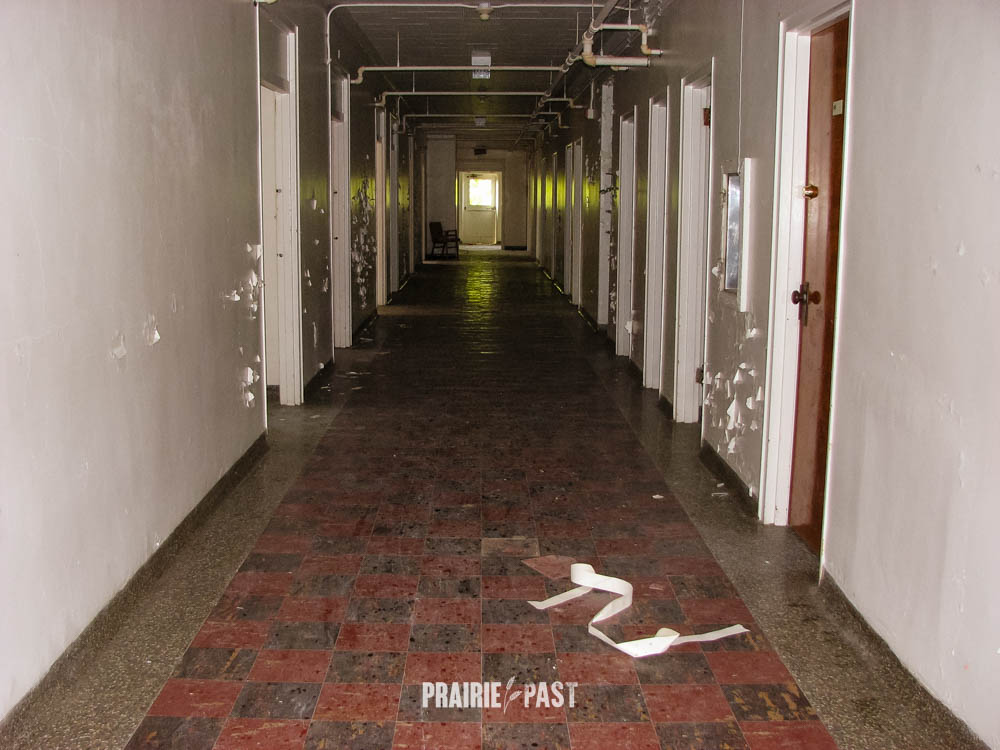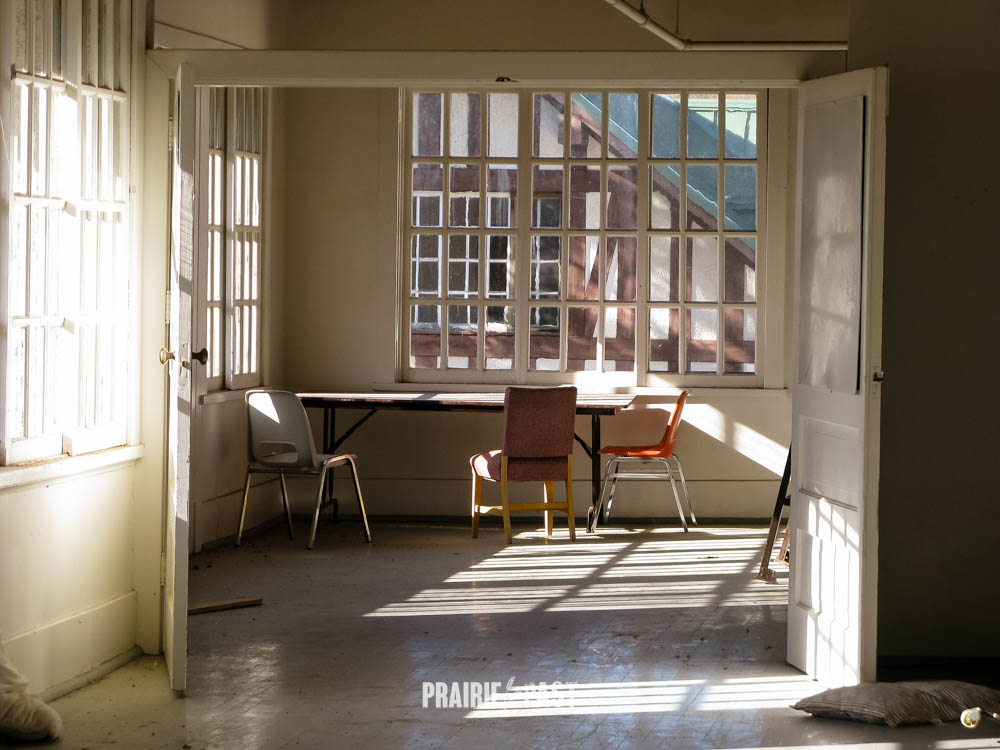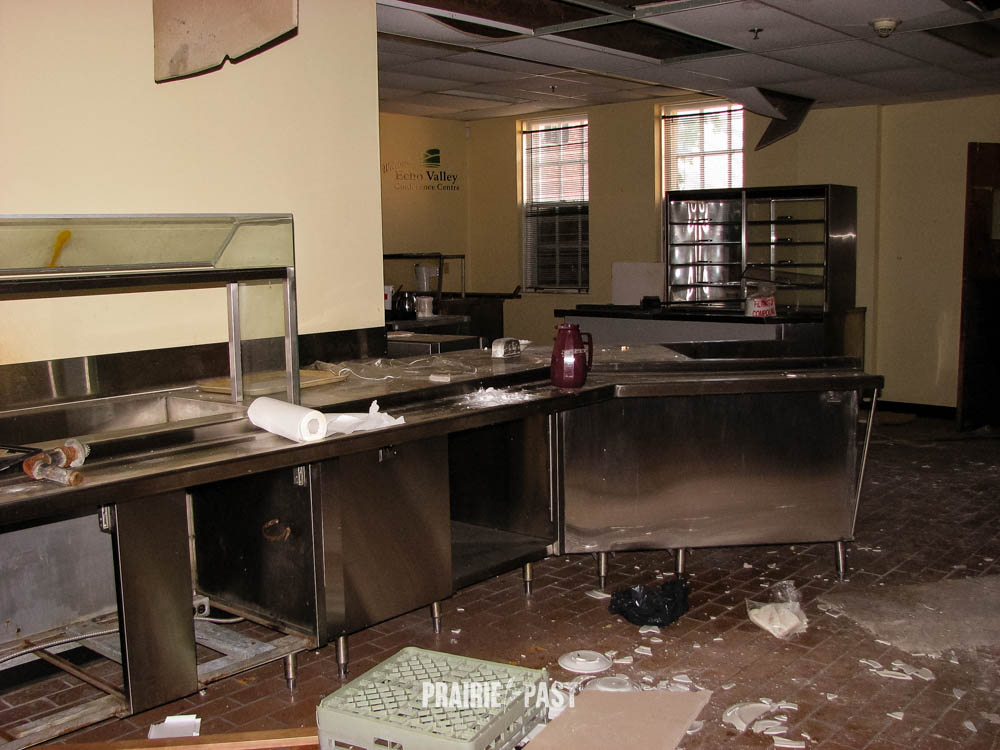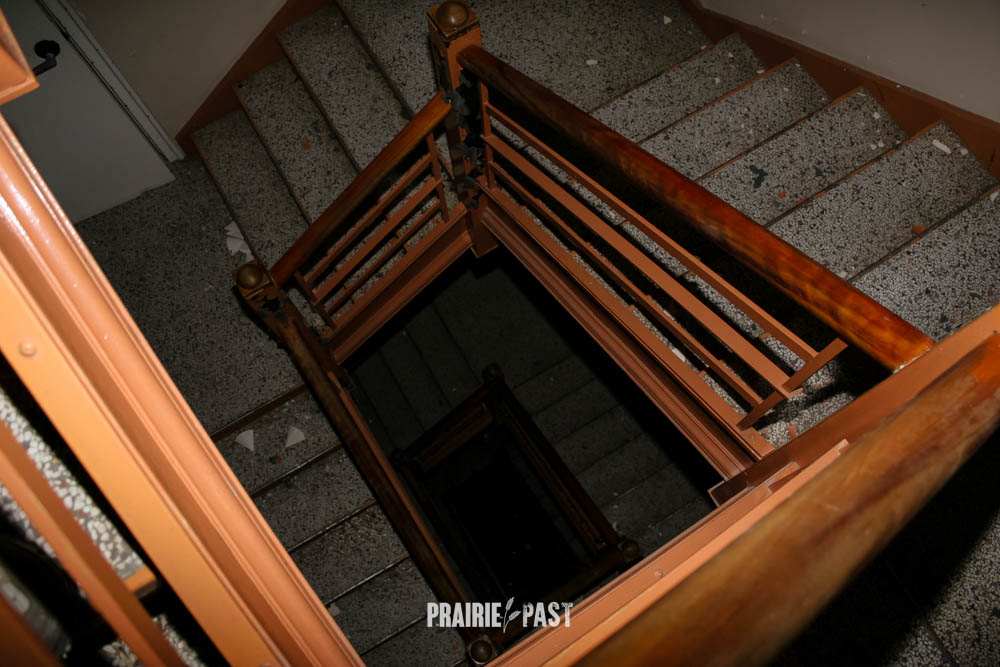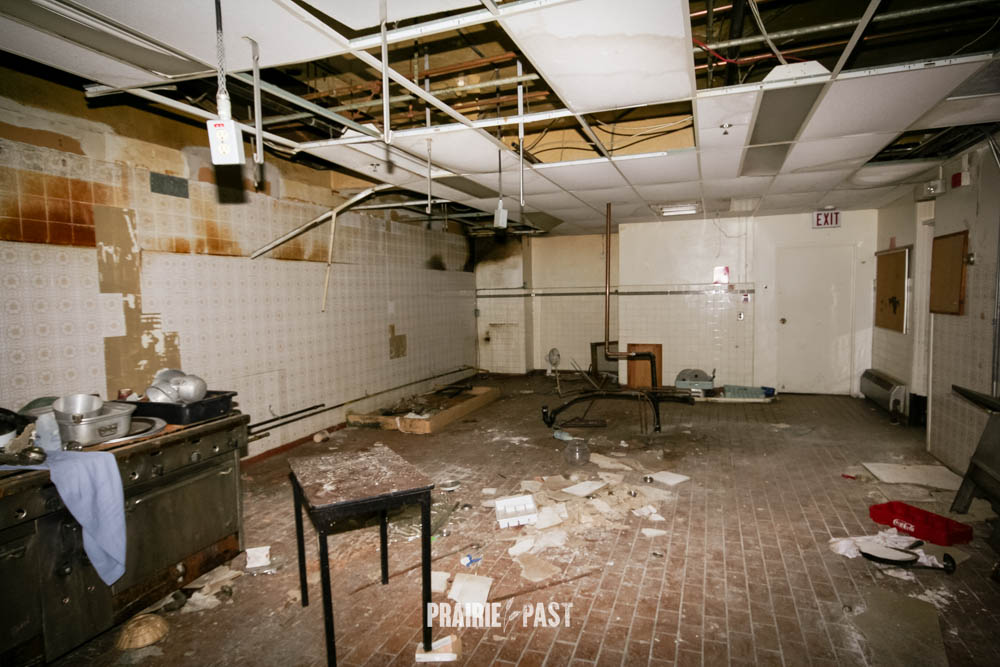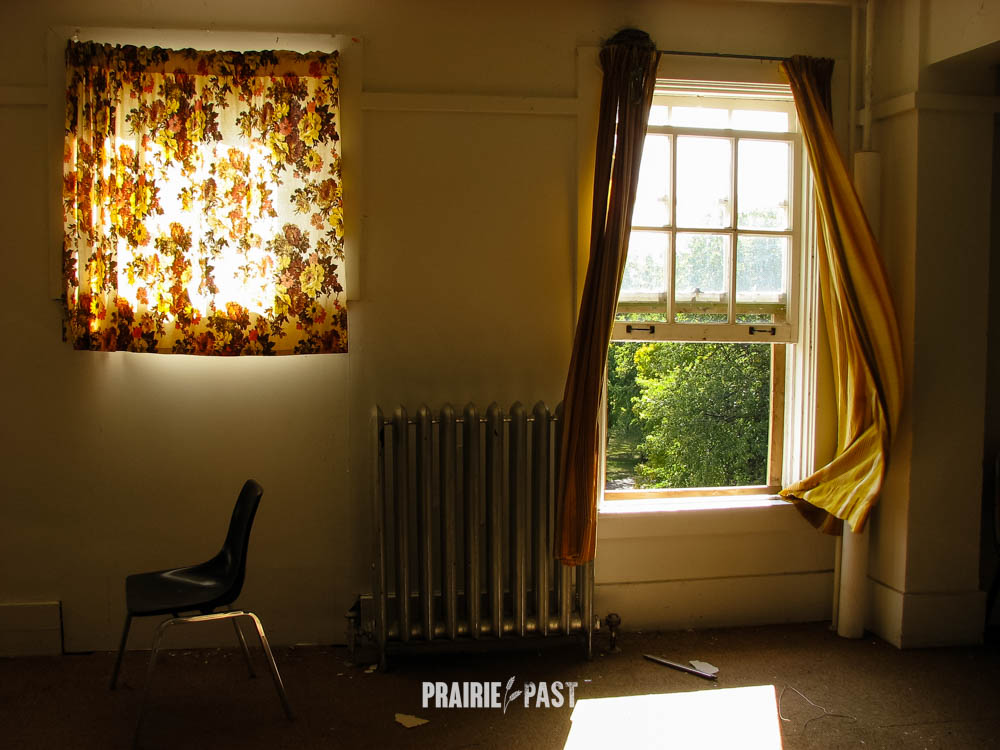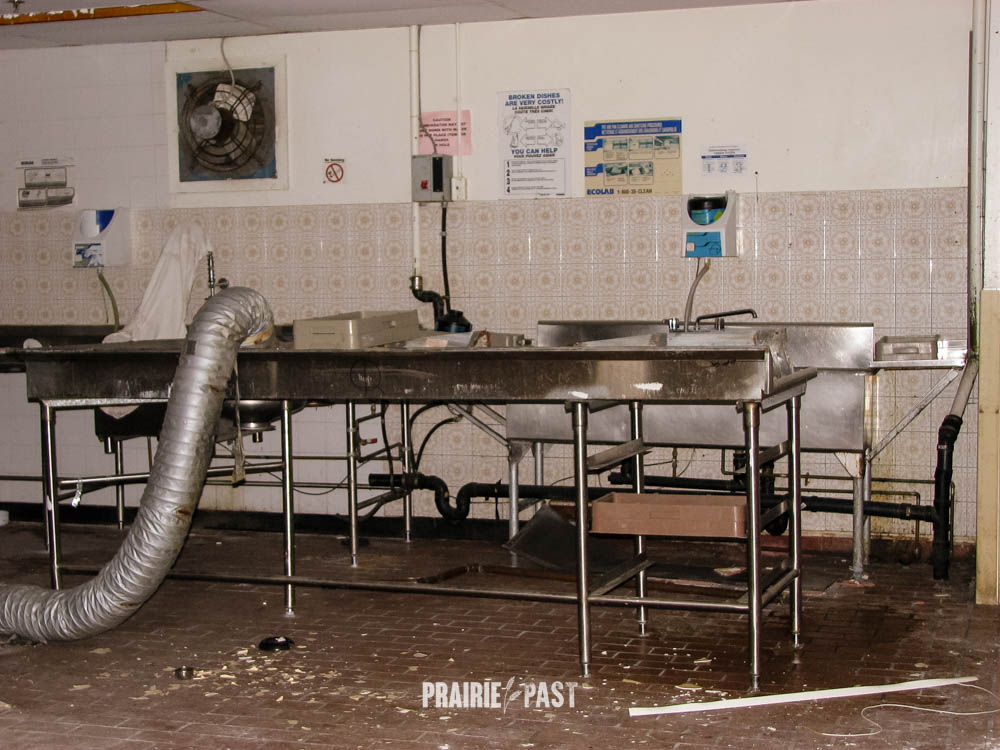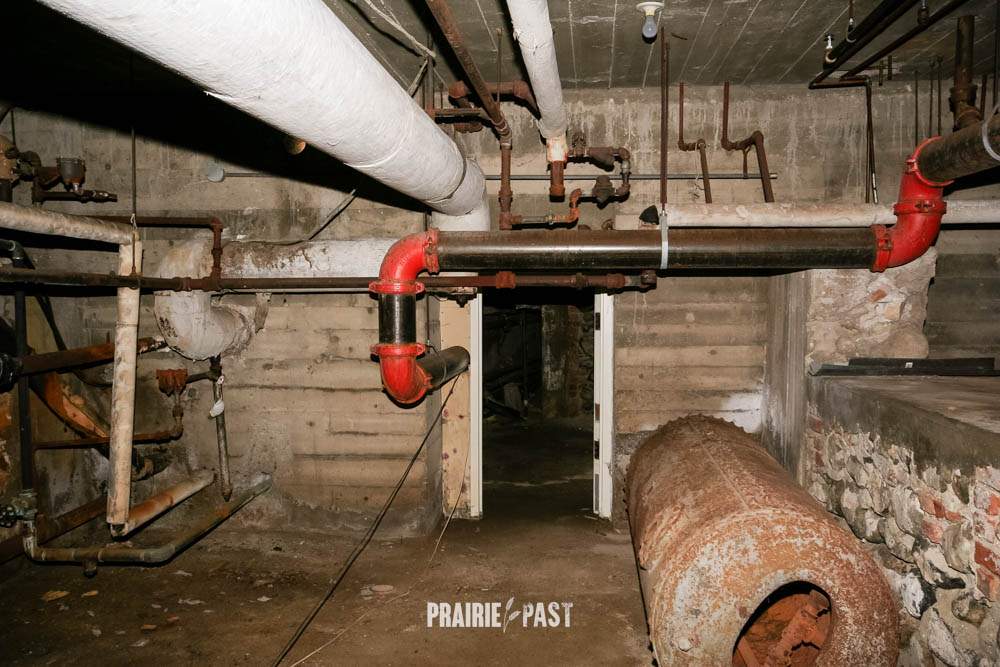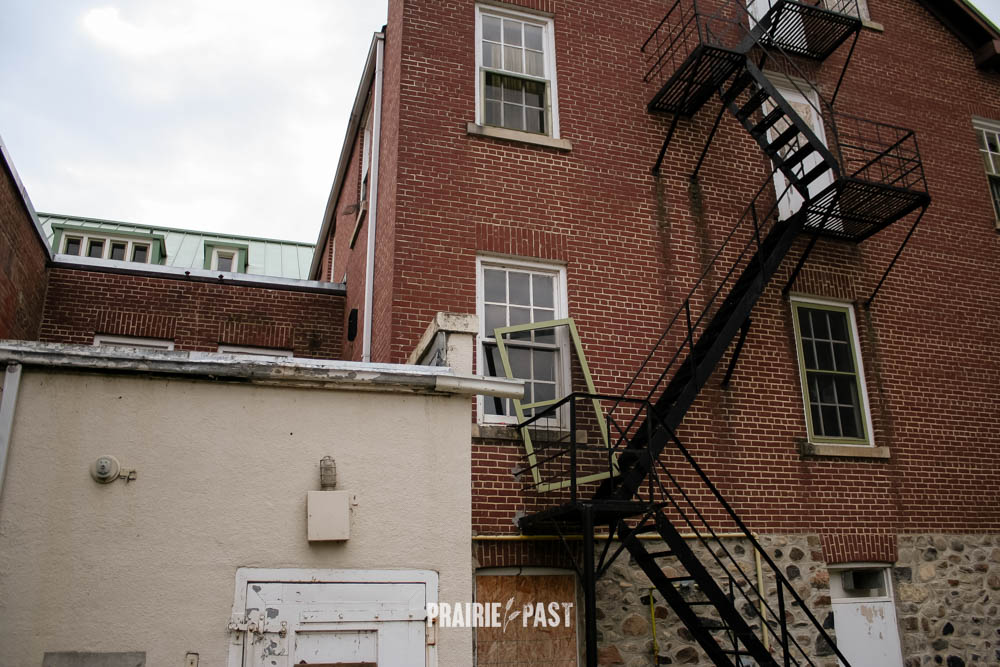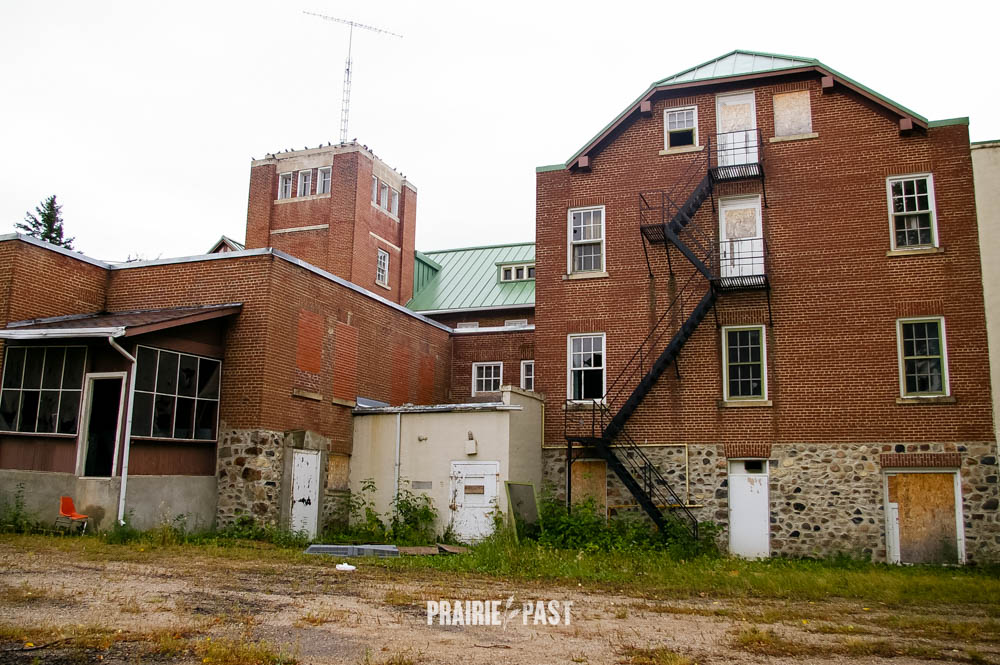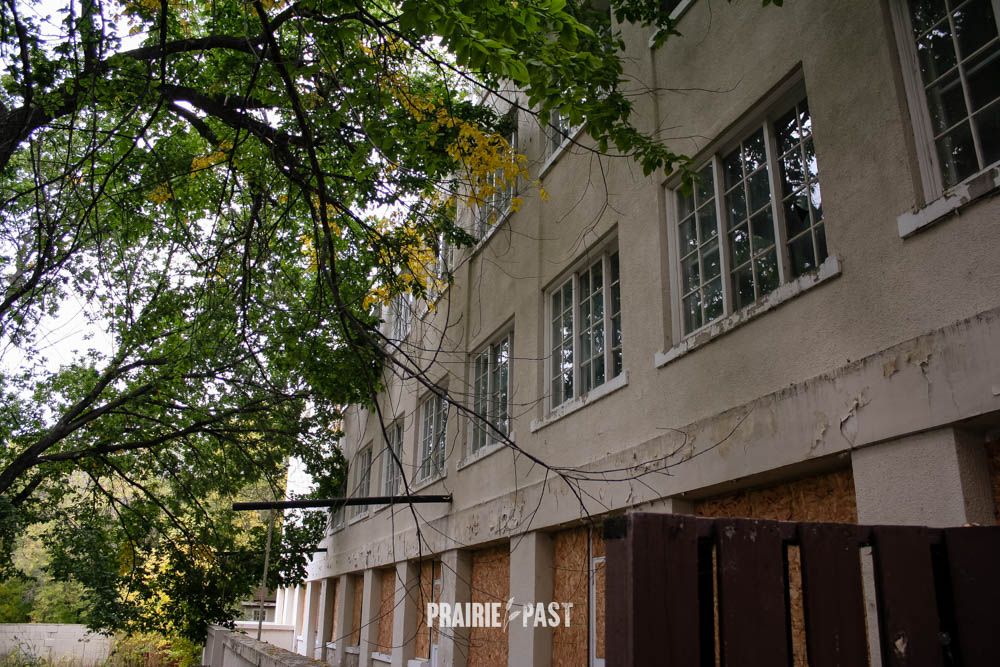Welcome to Fort San Sanatorium, an abandoned tuberculosis hospital in Saskatchewan. We explored this entire location including the outbuildings and doctors' house before it was demolished.
This is part one of three. We also explore the other buildings on site HERE and the power plant including the tunnels HERE.
Fort San History
Tuberculosis is an infectious disease that was a huge problem in the late 19th and early 20th centuries. It is spread through the air via coughing, sneezing, spitting, etc. With societies becoming more urban and living in larger groups it was spreading quickly through populated areas. There was no cure and even with treatment the survival rate was only about 50%.
In Saskatchewan, the Anti-Tuberculosis League was formed and began plans for Sanatoriums in the province. The main plan was to remove the ill from the major centers, isolate them to help them heal, and prevent the disease from spreading further throughout the population. People were taken there against their will and the chances of them dying from the disease were very high.
Fort San is the oldest of the 3 tuberculosis Sanatoriums. The other two were in Saskatoon and Prince Albert and both were demolished several years ago. Construction began on The Fort Qu’Appelle Sanatorium in 1913 and it was officially opened in 1917. In its early years, it was mostly self-sufficient. It generated its own power and had livestock and gardens for food production, about the only thing that had to be shipped there was coal. The buildings were interconnected with steam tunnels to distribute steam and power from the power plant.
In 1946 the antibiotic Streptomycin was invented and could cure the vast majority of cases. Sanatoriums like the San started to become obsolete and many were closed. The disease was almost eliminated when drug-resistant strains started showing up in the 1980s and TB continues to be an issue to this day.
The San continued to operate as a healthcare facility until 1972. Part of the facility was already closed and was being used as the Saskatchewan Summer School of the Arts which started in 1967. The San continued as a school until that closed in 1991 due to lack of funding. In 1993 it became the Echo Valley Conference Centre which consisted of accommodations for groups and many facilities for meetings and gatherings. For the first time in many years, it was upgraded with new roofs on several of the main buildings. Several of the 50 buildings on the site were also demolished in the early 1990s as they weren’t required anymore and were expensive to maintain. It provided a cost-effective beautiful environment for people to have gatherings but unfortunately was not utilized enough to be profitable. The Conference Centre closed its doors in September 2004. Since then site has been sold to a private developer who has let the buildings deteriorate to the point where they may not even be salvageable. The vast majority of the site is cleared now and the little that remains isn’t even worth the risk to see anymore.
Read about our exploration journeys below (click the + to read more)
The facility still belonged to the provincial government in 2005 however a couple of explorers from Edmonton and I managed to see several of the buildings in September of that year even though the main buildings were locked up tight. While in one of the small houses, I noticed a hidden door in the floor with a kitchen range on top of it. I pushed the range out of the way and opened the cover on the floor. As soon as I opened it I could feel a cool breeze which is something you would never feel from a normal basement. I climbed down an old ladder into a small basement and on the one wall was a small opening that led into the steam tunnels. Excited we headed down the steam tunnels towards the main buildings several hundred yards away. We reached an intersection and we headed left which went to Mission Lodge. We slowly worked our way into the basement – I could see a light on and continued to cautiously move forward until I saw the red light of a motion detector followed immediately by a siren – we had triggered the alarm system. We ran back to where we had entered along the way I smashed my head on a pipe in the cramped tunnel so hard that I was bleeding however we made it off the property and left the area after quickly closing our entrance and sliding the range back over the door. I returned the following week with a friend of mine and found the small house with the tunnel access boarded up tight so at that point we knew someone was alerted to our entry.
Over the following couple of years I observed from a distance but never made an approach till September 2008 when Alicia and I returned. After recently conquering the Weyburn Mental Hospital we were confident that we could finally access the San.
There was a lot of activity around the main buildings on our first visit. There was a group of workers demolishing one of the small outbuildings. We decided to take the long way around them and headed over to the same house that I knew had access to the tunnels. Along the way, we noted that the main buildings appeared to be secure. The house was very different from the last time I saw it, all the doors were open or gone and it was rather ransacked. There on the floor was the entrance that I used 3 years earlier. The ladder was gone which made it a little difficult to get into the basement but I found an old crate that worked as a crude ladder and we were in.
I had noticed the last time I was in the tunnel that it was full of asbestos and this time I had a respirator and recommended that Alicia and the others have them as well. This wasn’t the nice intact asbestos that isn’t much harm – this stuff was degraded and falling off the pipes and was impossible to not mess with so having a respirator was mandatory if you cared at all about your health. We figured at this point that we would be fairly safe as once we made it into the tunnels we could stay out of sight till it was time to leave. We worked our way over to the power plant. The power plant was quite modern and no longer had any generation equipment – just the boilers remained. Having just seen the amazing power plant at Weyburn we weren’t as impressed as we may have normally been. We then worked our way back to the main buildings through approx ¼ mile of back-breaking tunnels where we entered the same basement I had triggered the alarm 3 years previously however this time there was no alarm and all was quiet.
The main buildings at Fort San are a mix of areas that have been completely renovated since it was a hospital to areas that haven’t been changed at all. Most of the rooms are original and many of them still have the solariums on one side and the wide doors that would have made it possible to push the patient out into the solarium bed and all. This trip was probably our best and most thorough as there were no close calls and the building was in very good shape with virtually no vandalism. We spent several hours exploring and photographing the buildings before making a quiet retreat out the steam tunnels. On the way out we worked our way over to the doctor’s residence to see how time was treating it, as it has been abandoned for many years.
We made a subsequent visit with 4 of us in attendance. The trip was also successful however on the way out we heard a truck approaching us and we ducked into a portion of the old power plant that was missing a section of wall and hid. There were several tense moments with our tourist explorers who could not be quiet and were trying to convince us we should just give up. We ultimately just let the driver of the truck drive a couple of surveying stakes into the ground and then left none the wiser of us standing only a few feet away from him. We made our way off the property. We didn’t make it back here till the following year.
That following year the place was a mess. We were there a few times in the late summer and early fall of 2009. The earlier trips required the use of the steam tunnels to access the main building however now there were large pieces of missing wall that you could just easily walk through to gain access to the buildings. The main buildings were mostly destroyed by vandals and many of the outbuildings were gone completely.
We returned again in the summer of 2011 and it was in even worse shape. It was becoming tough to see a place I loved so much in such terrible condition. Also with the increasing vandalism and exposure, I started hearing about people being charged with trespassing at the San. We decided at that point that the place wasn’t worth the risk of getting into trouble anymore.
In early 2012 the vast majority of what remained was also demolished. Leaving a couple of stripped-down shells of buildings. Nothing else remains.
We had one of the last standing Sanatoriums in the country, a beautifully preserved piece of our history that should have been saved for future generations to experience and enjoy. However our governments (Federal and Provincial) are so short-sighted when it comes to our heritage and how important it is to a society have decided to let it rot away, sold to the highest bidder to turn it into cottage land. Those beautiful buildings – gone, a gem for the citizens of Saskatchewan – gone, a living piece of our history – gone – it truly makes me sad to lose this piece of history.
I hope our efforts to document it help keep its memory alive for as long as possible.
